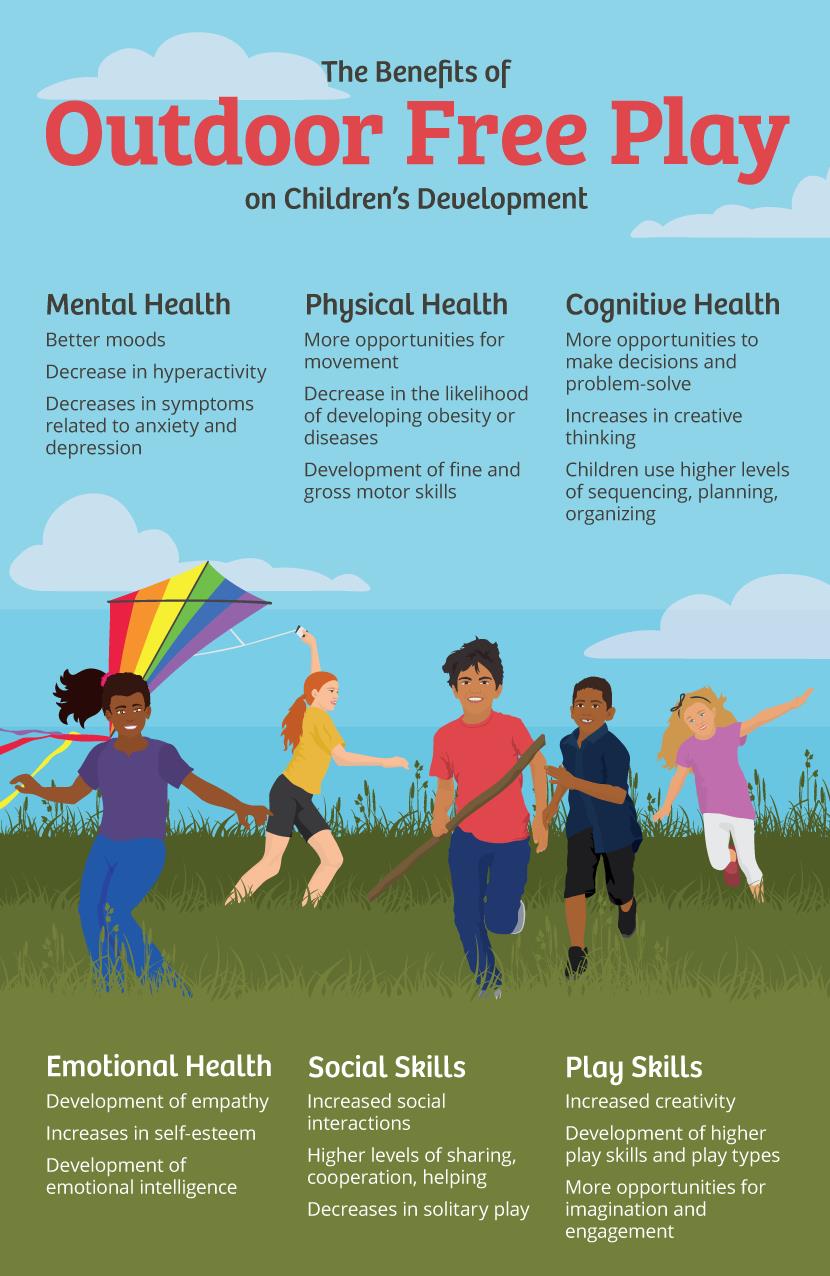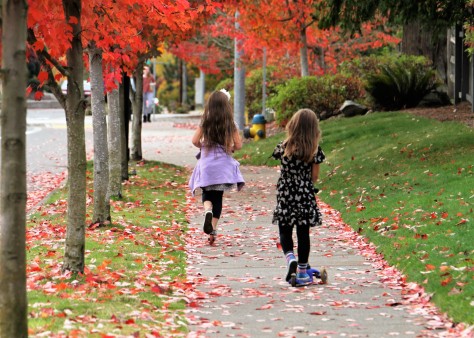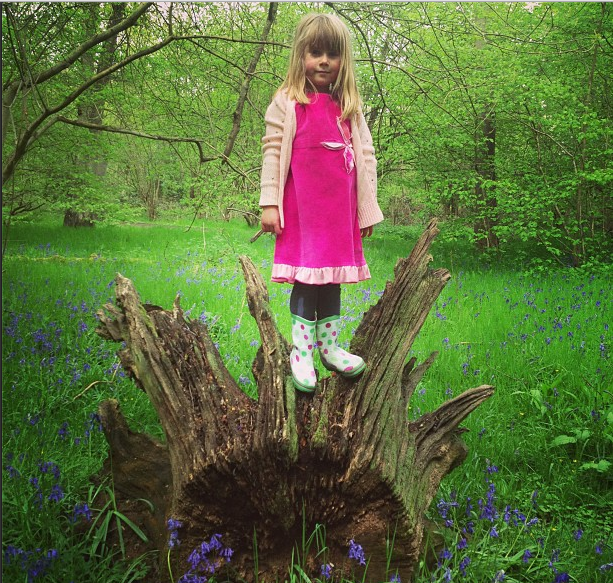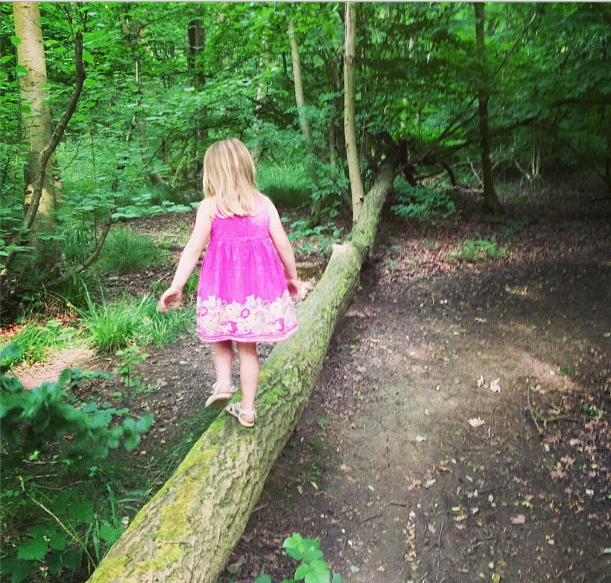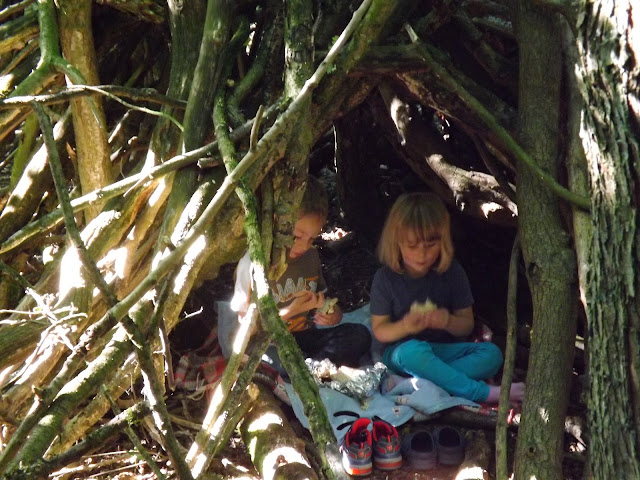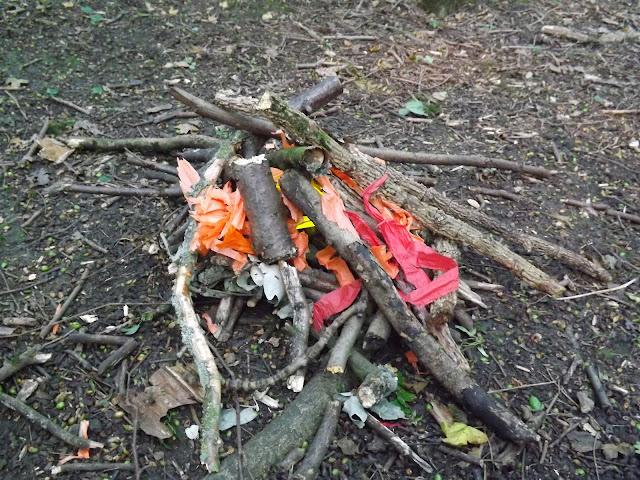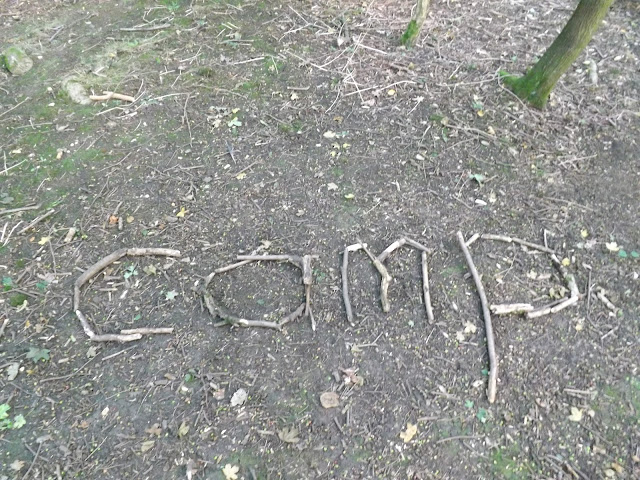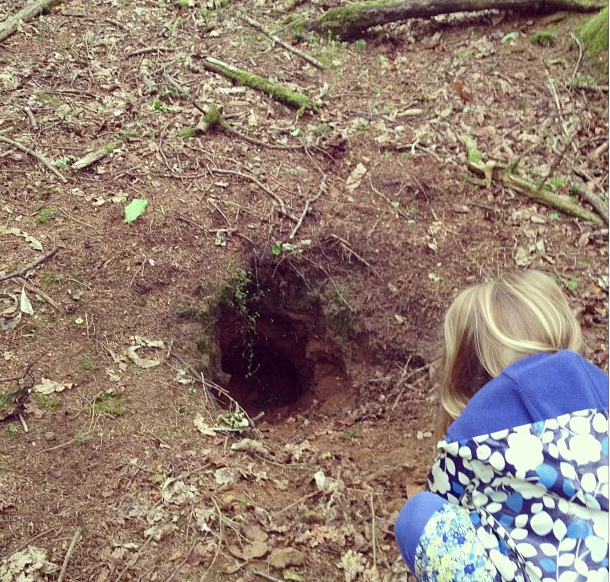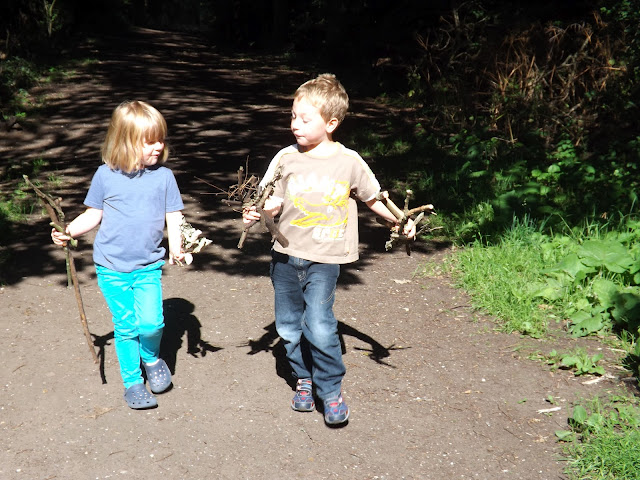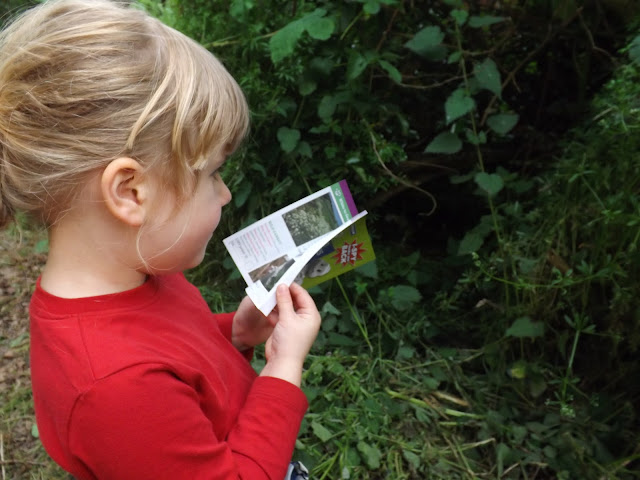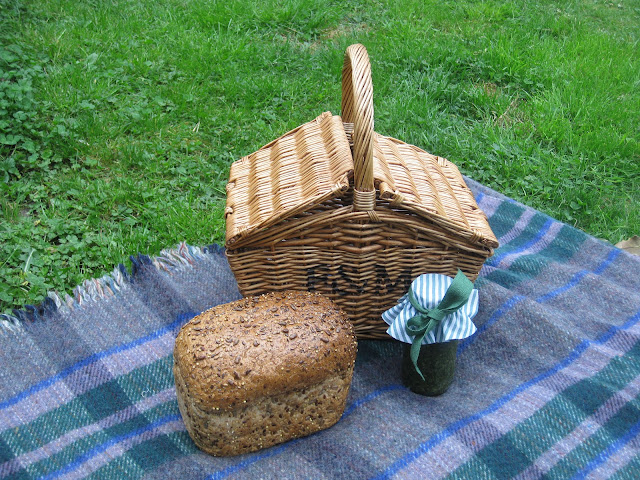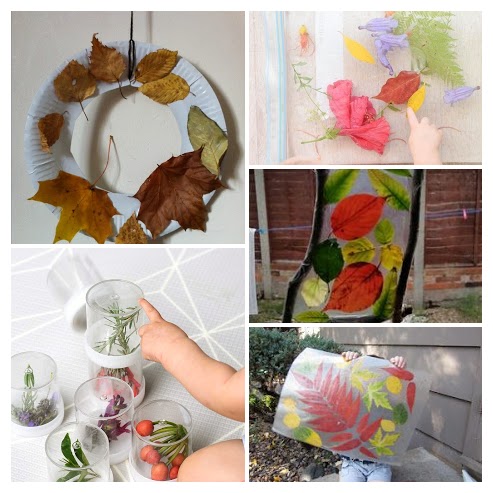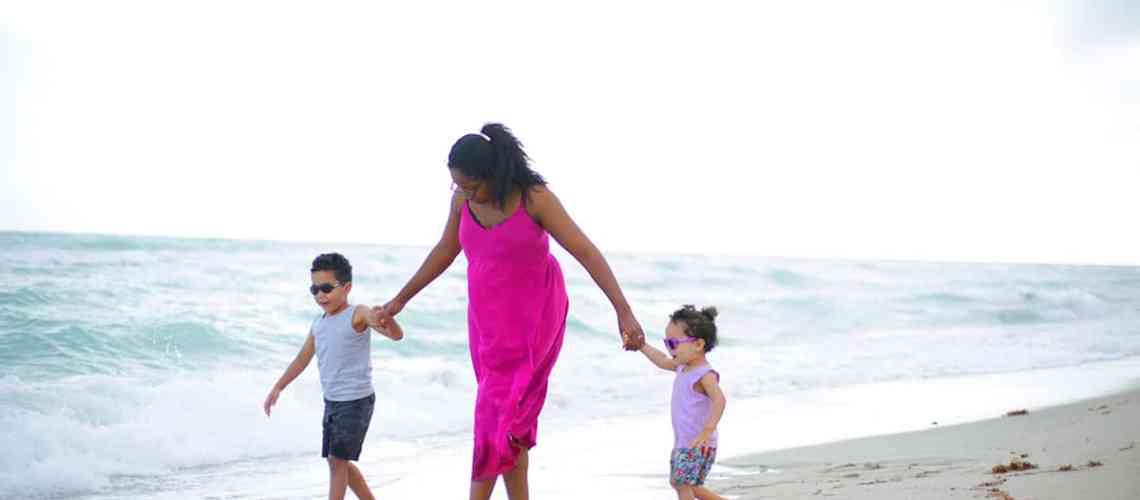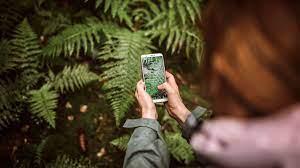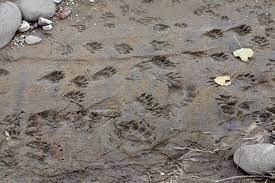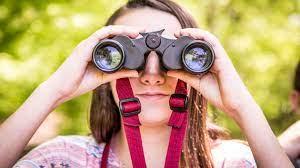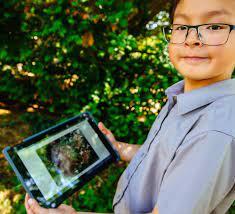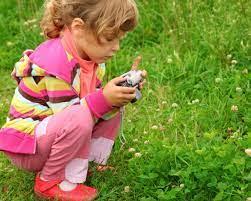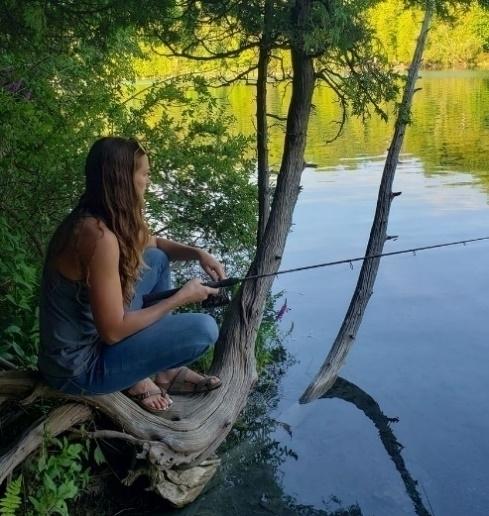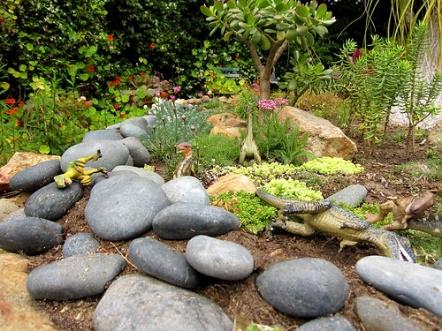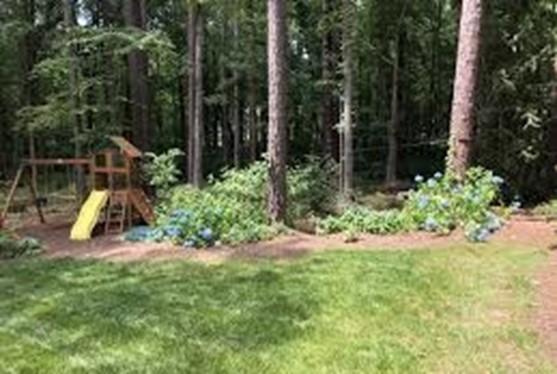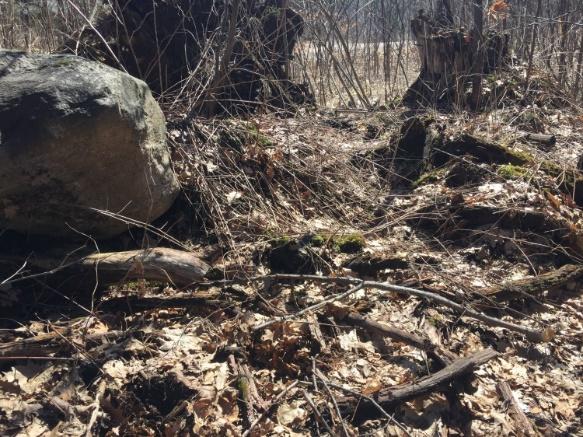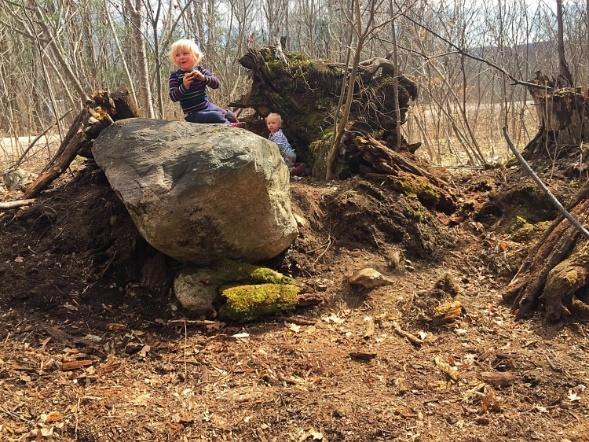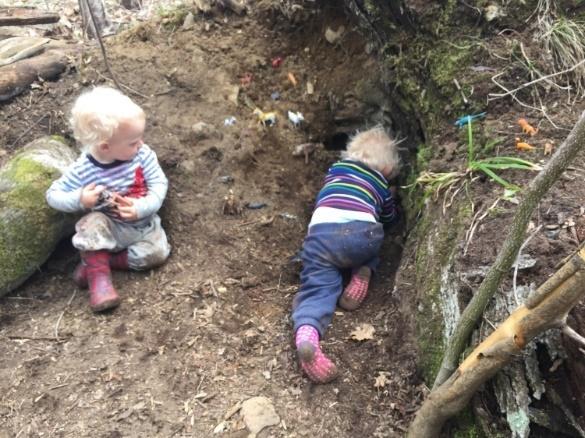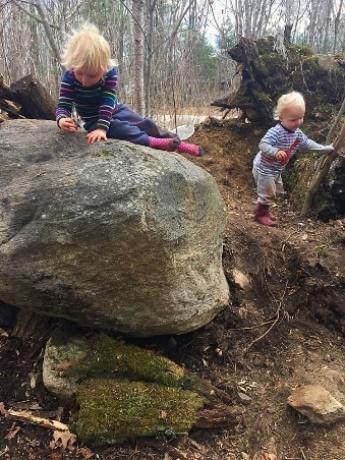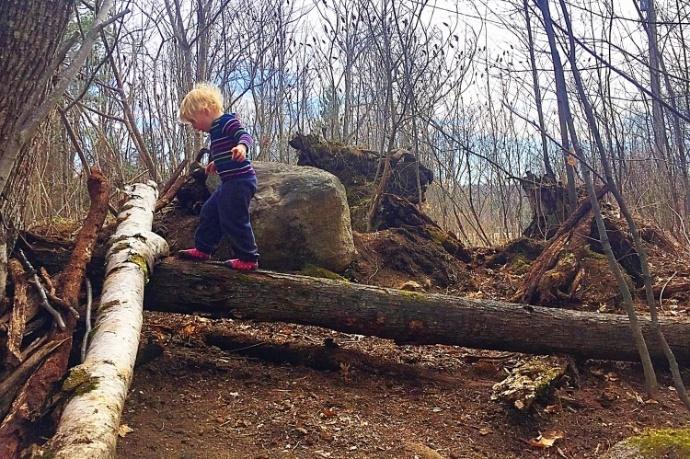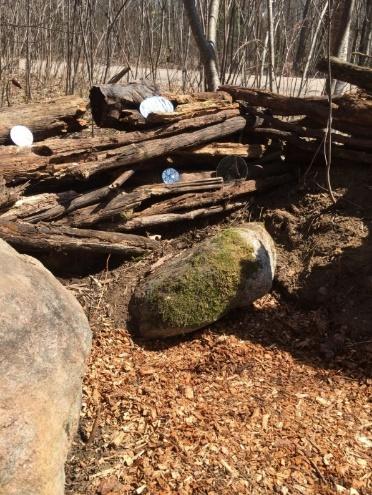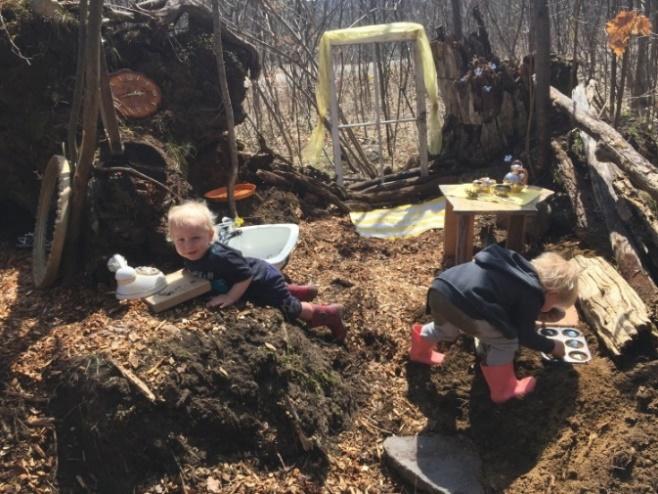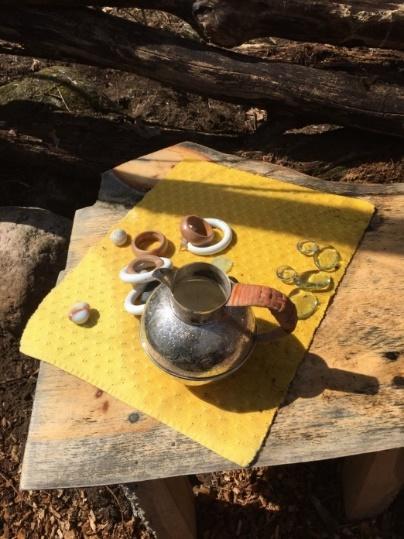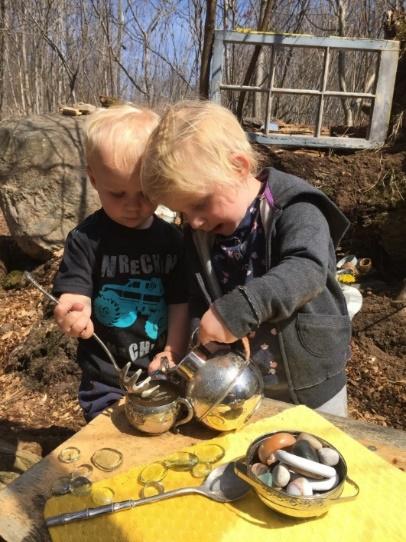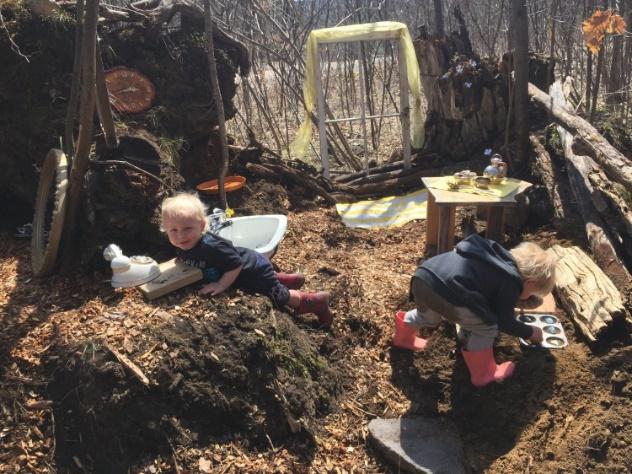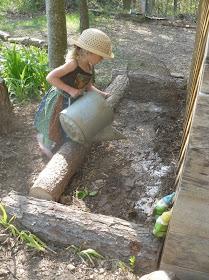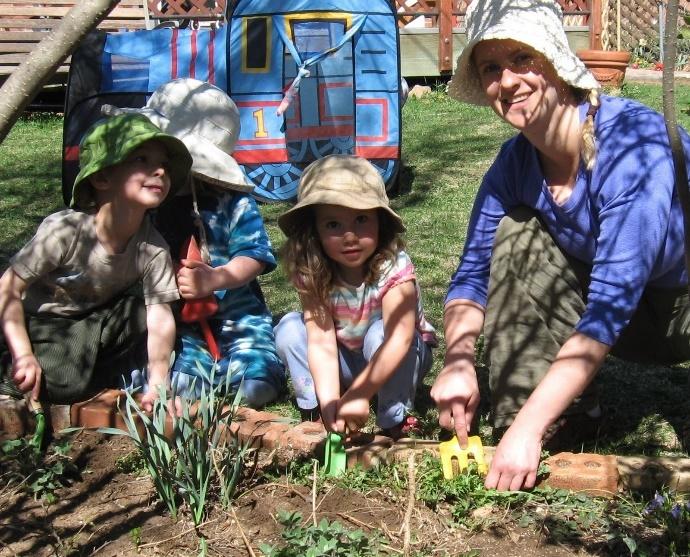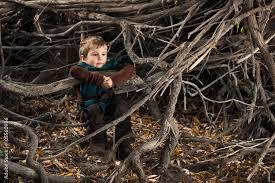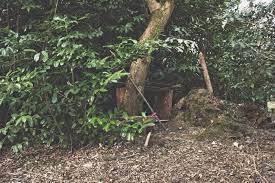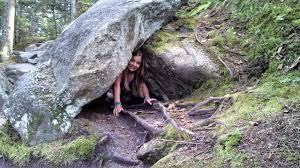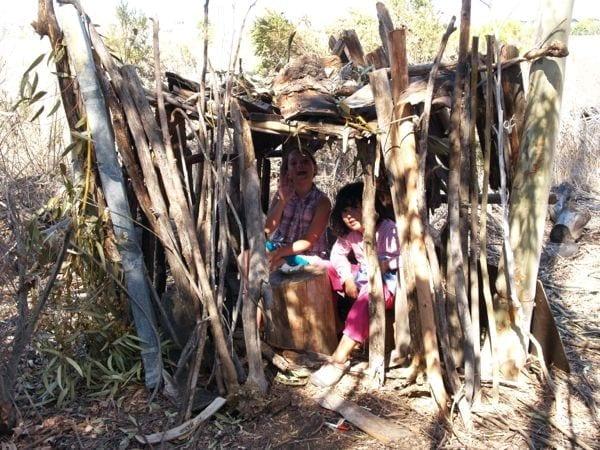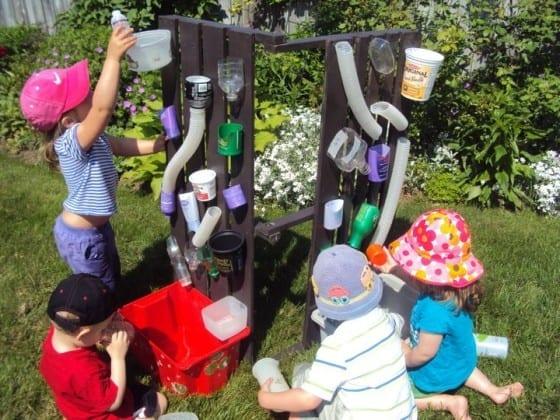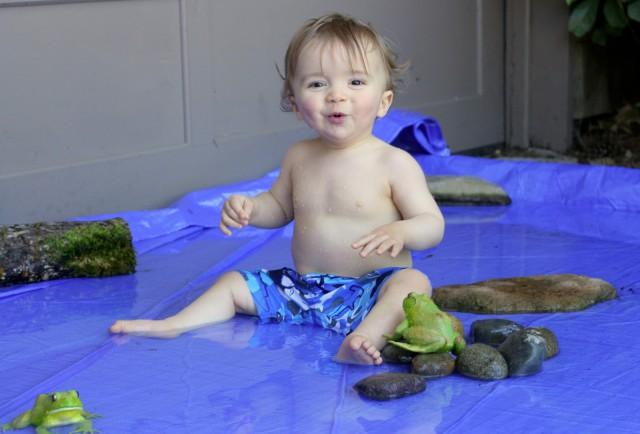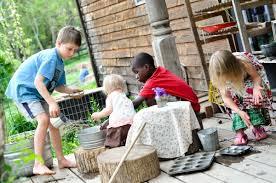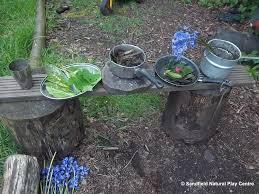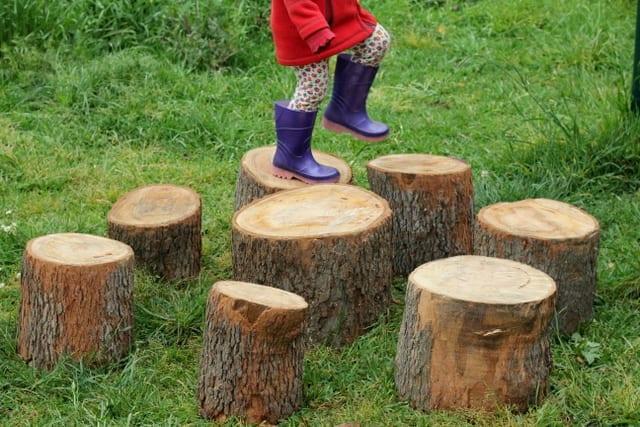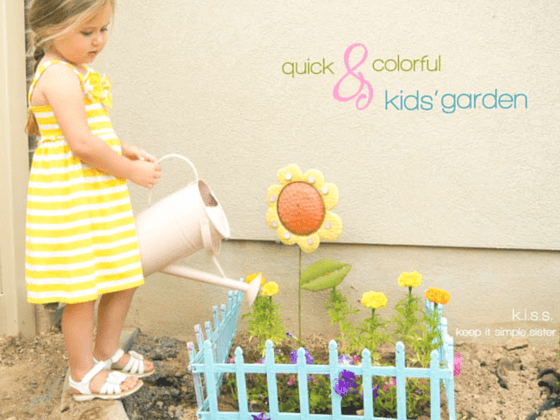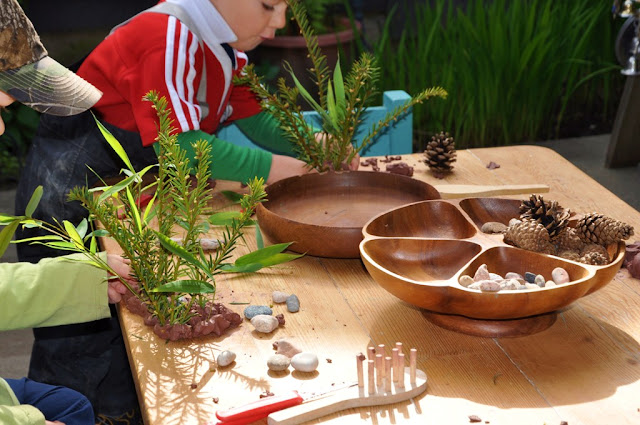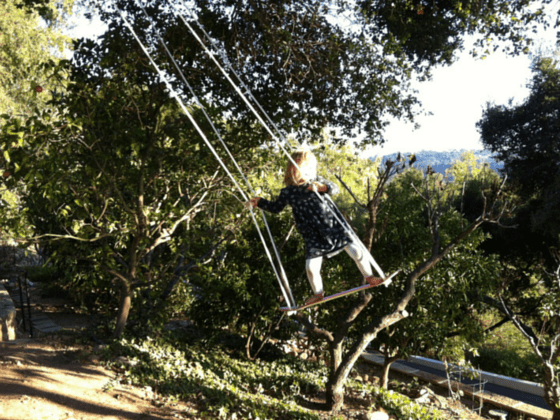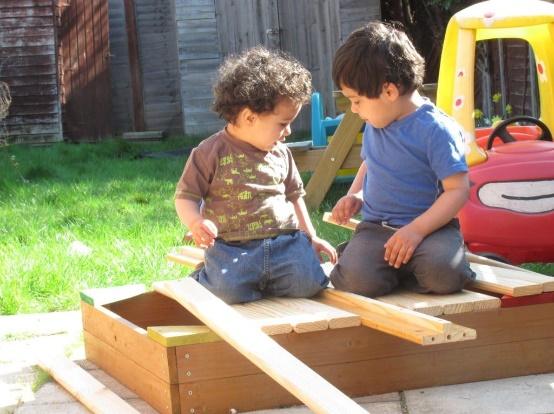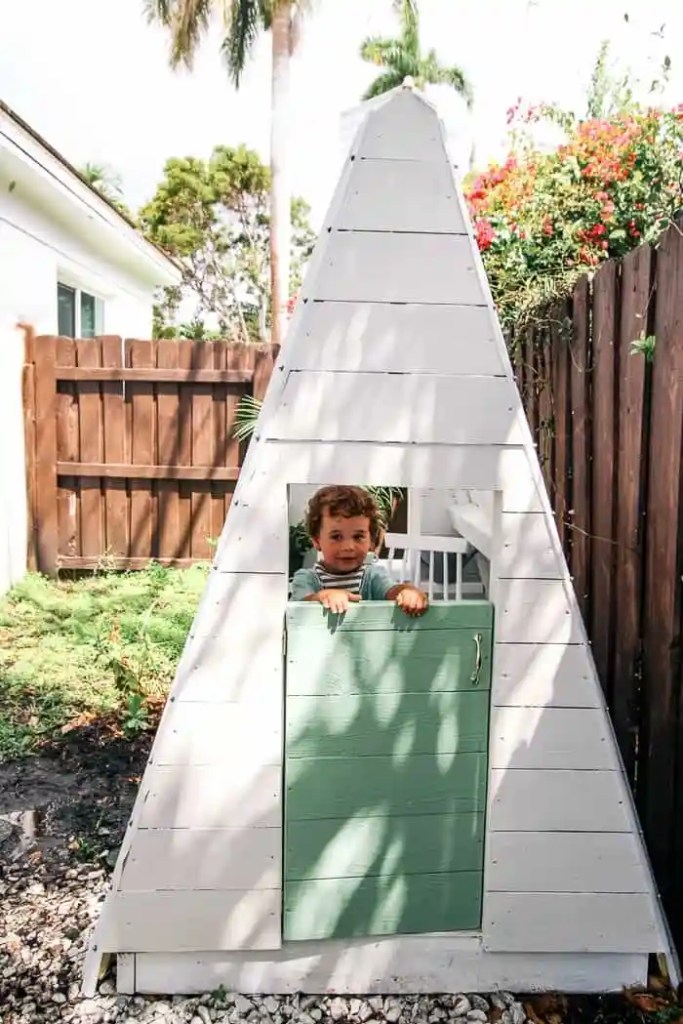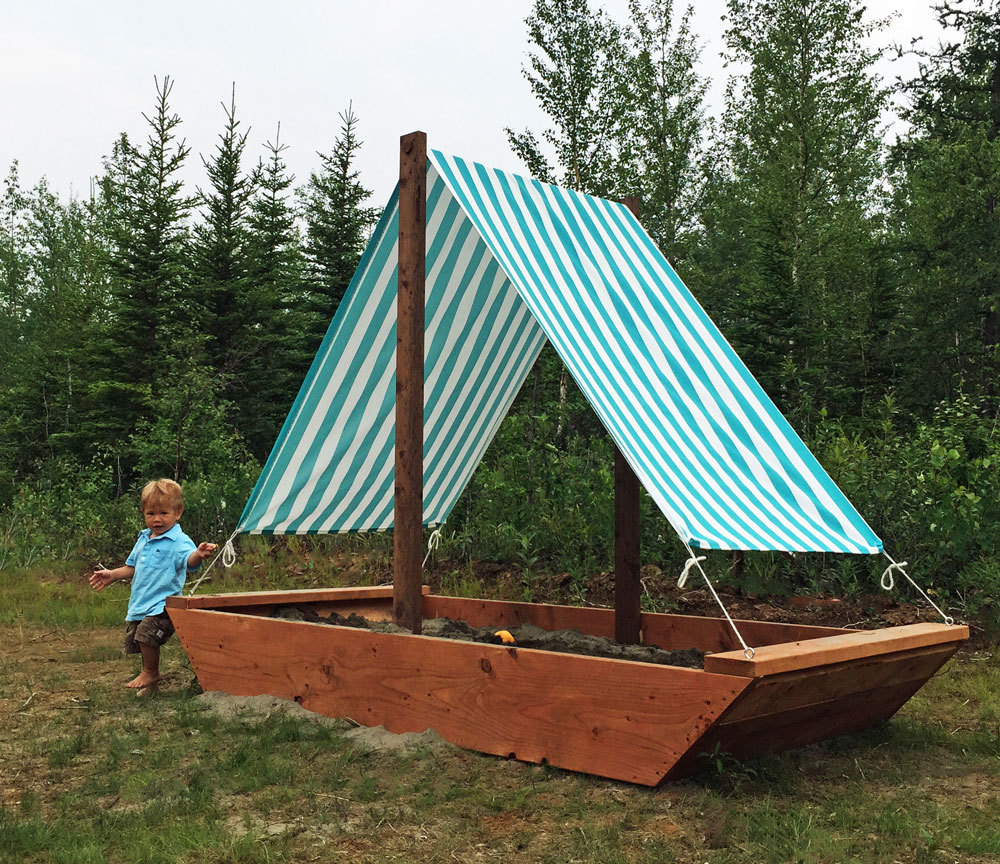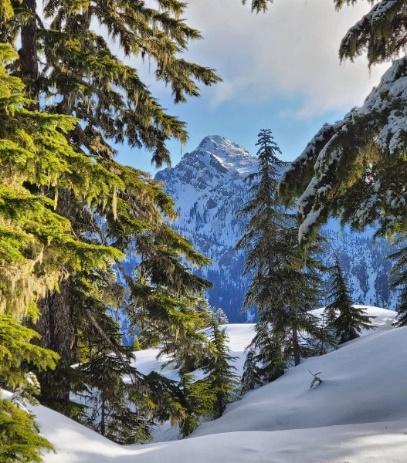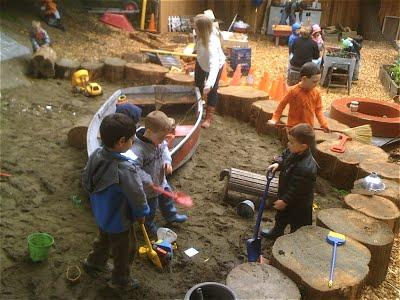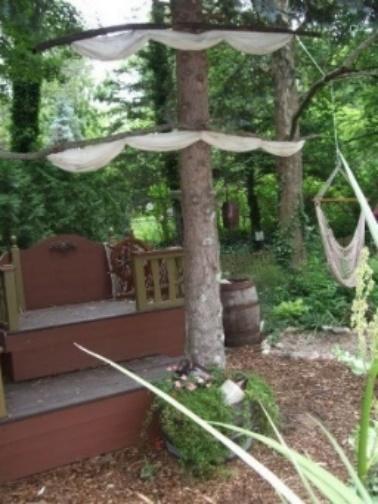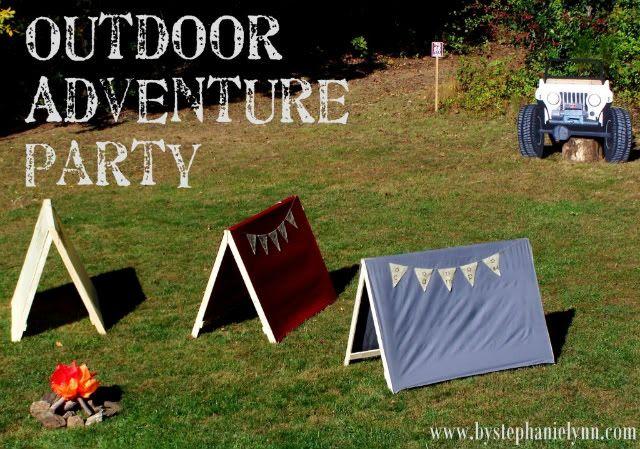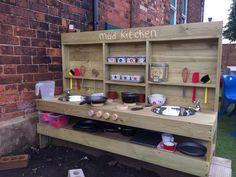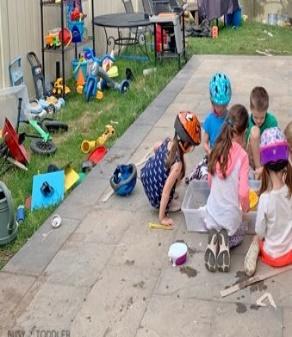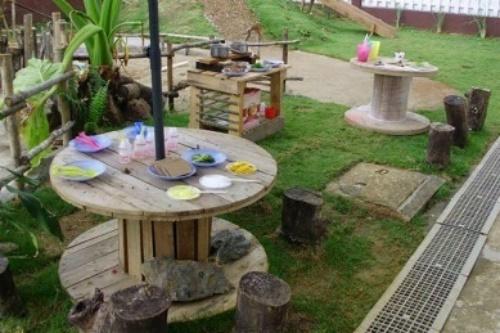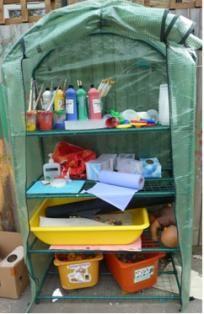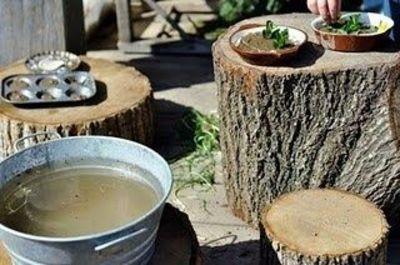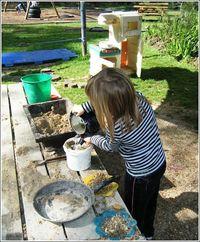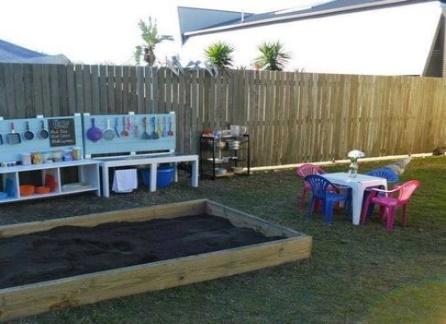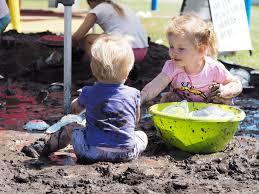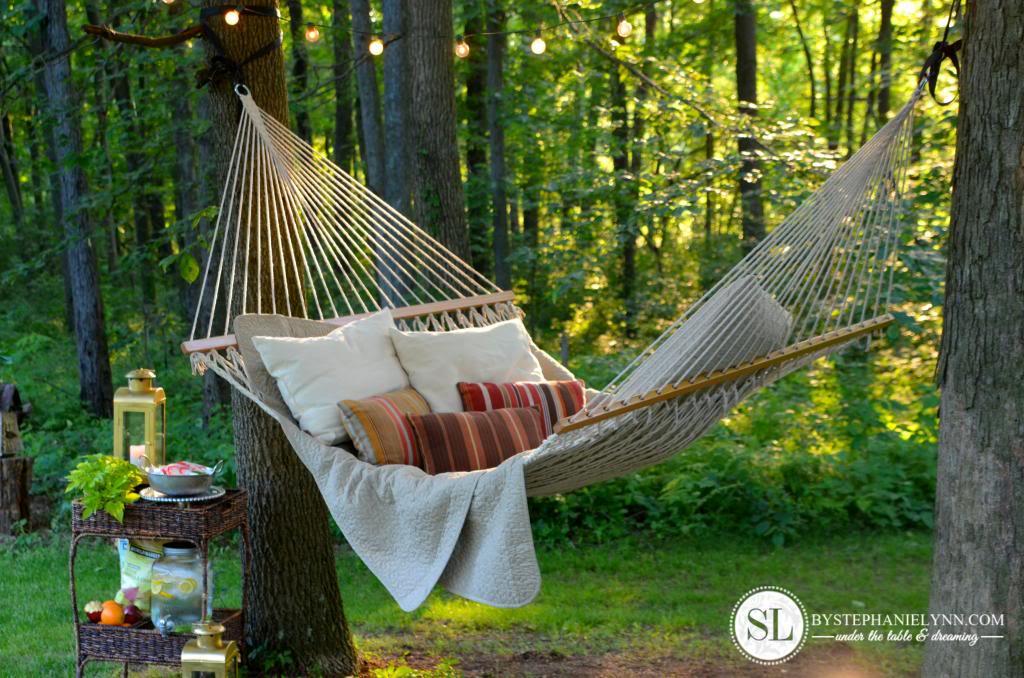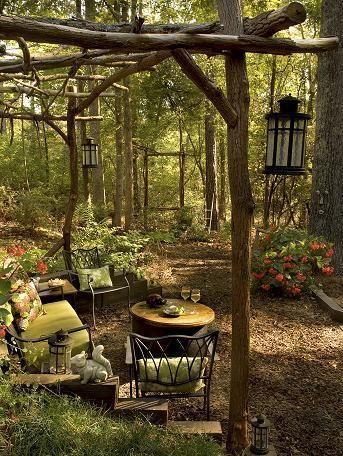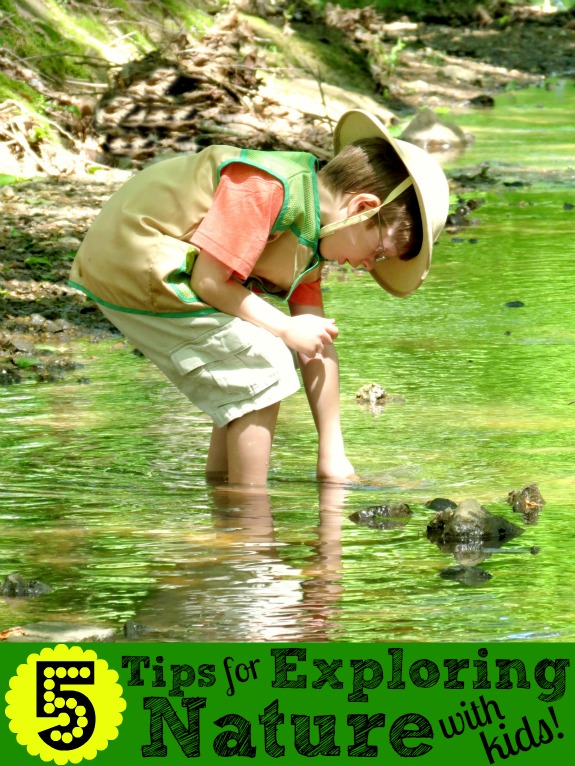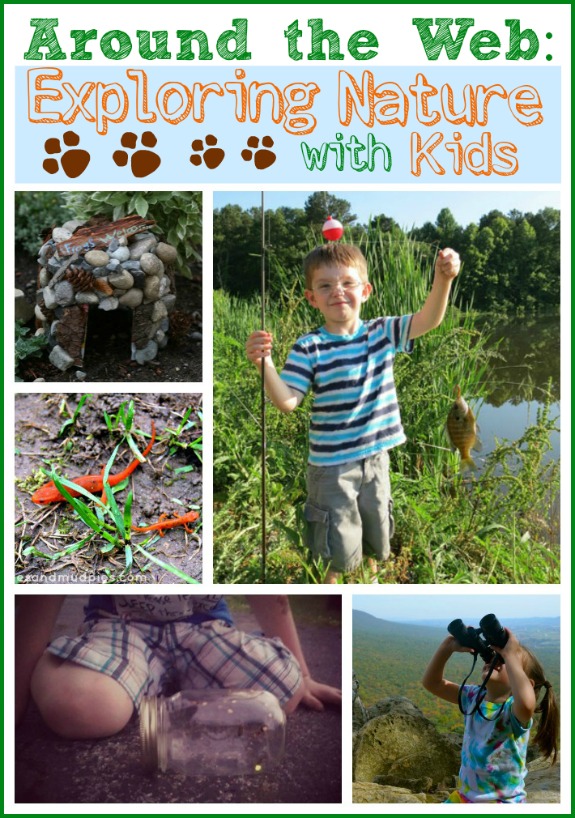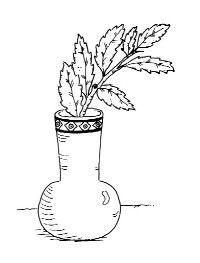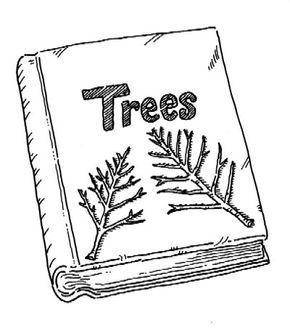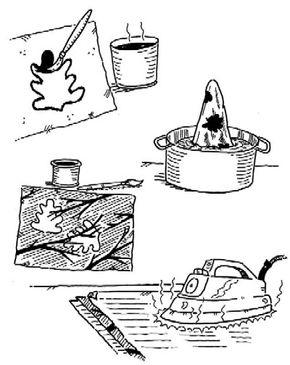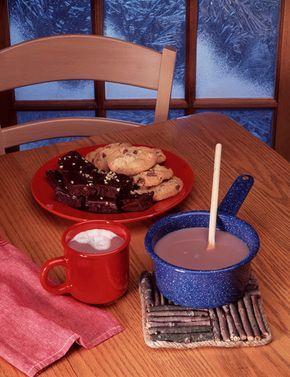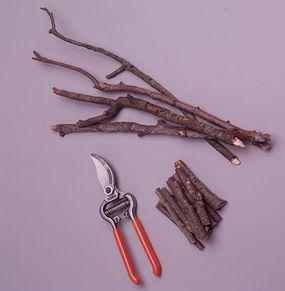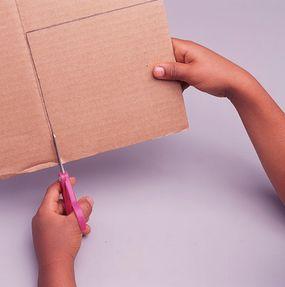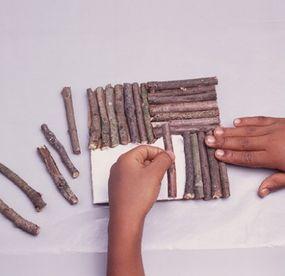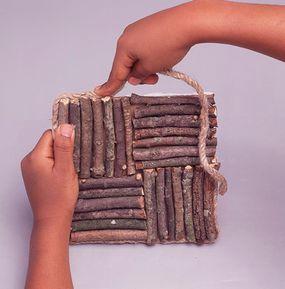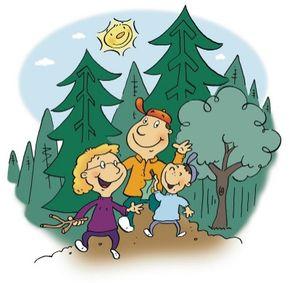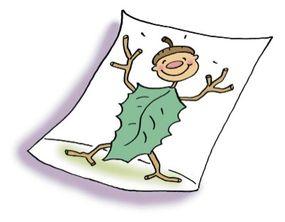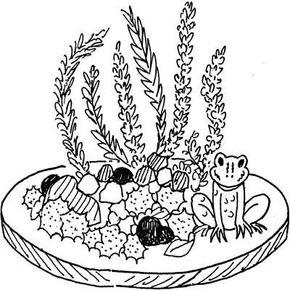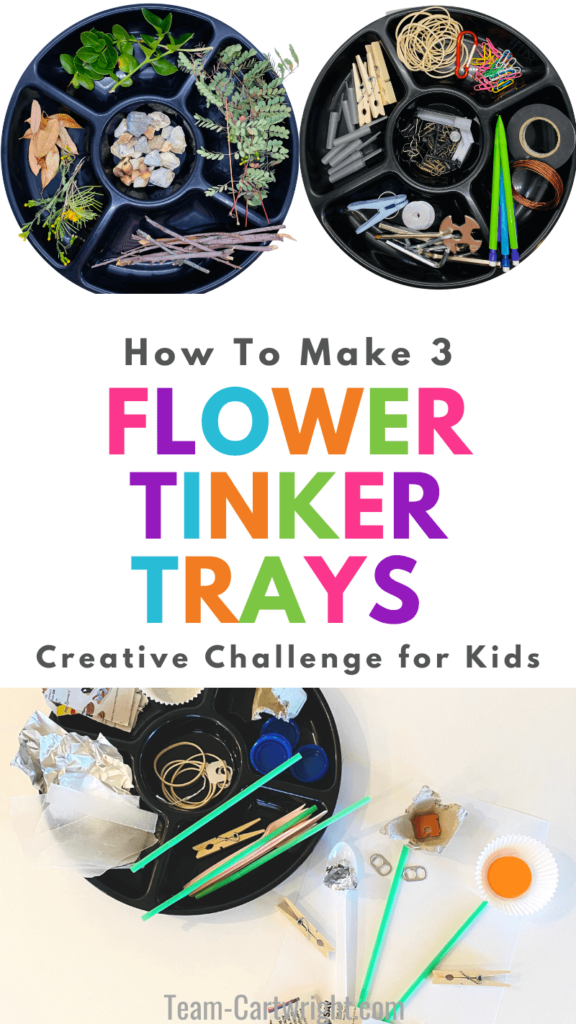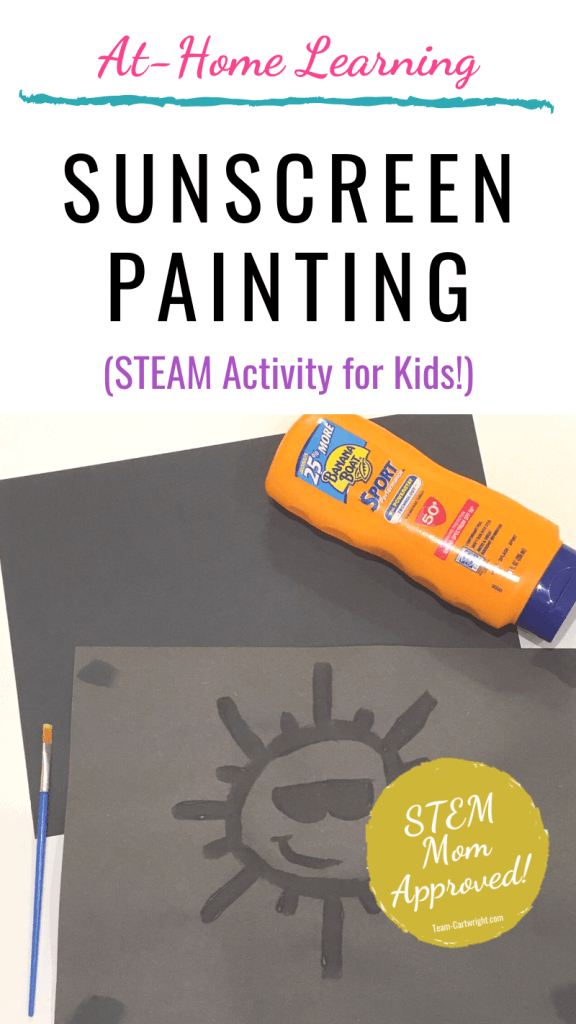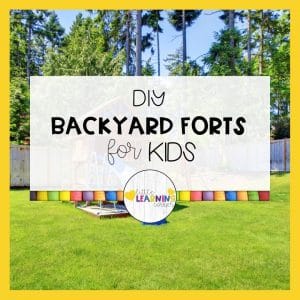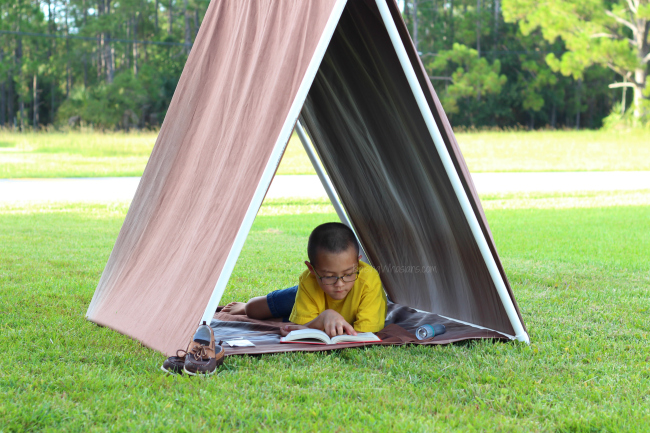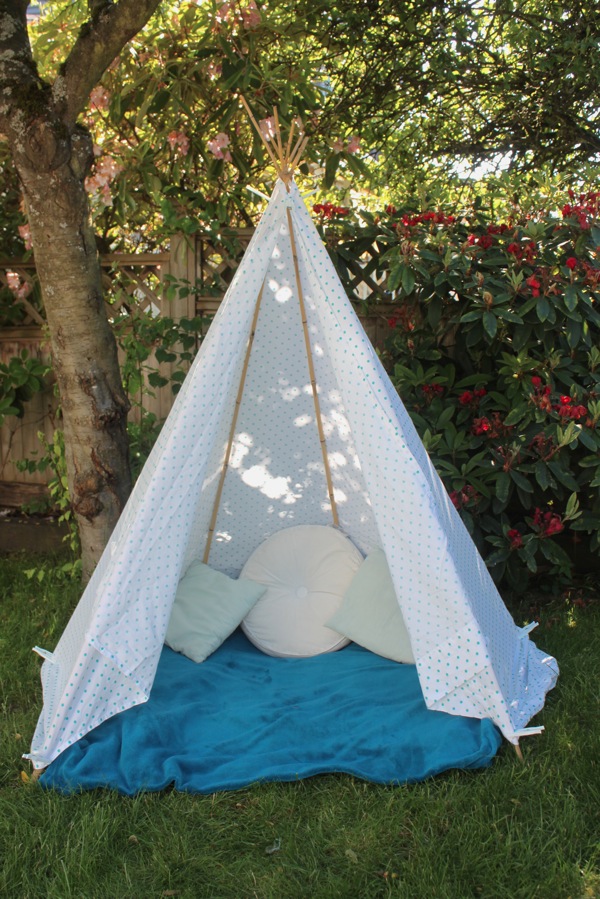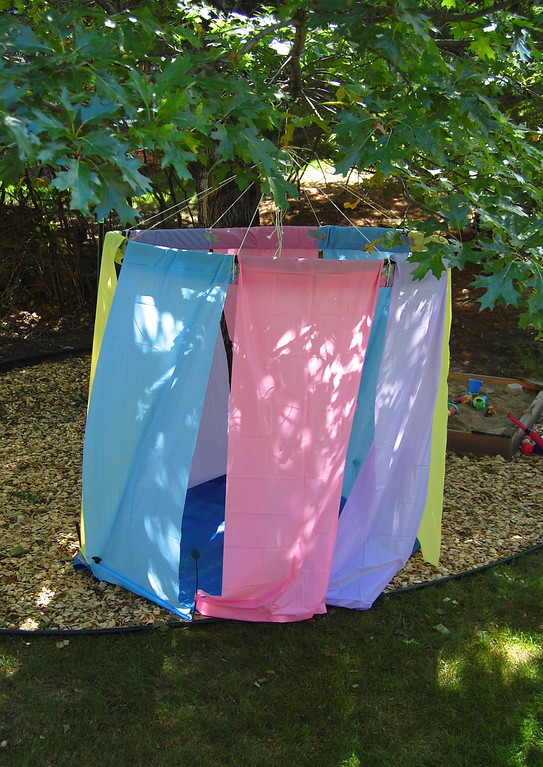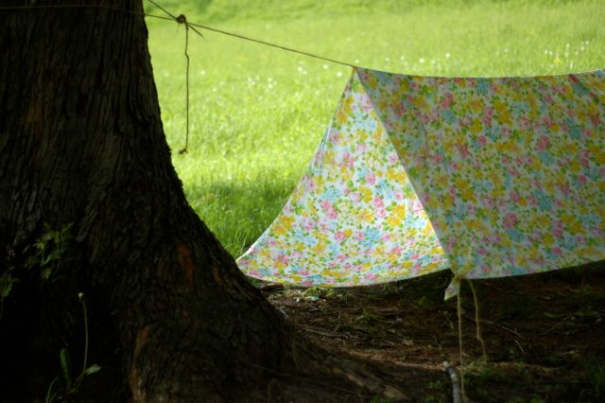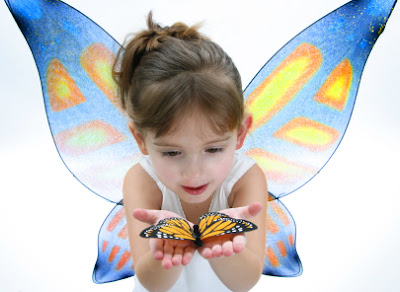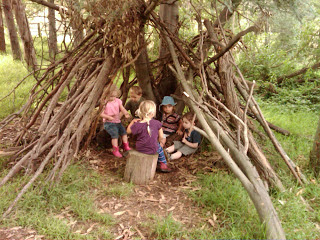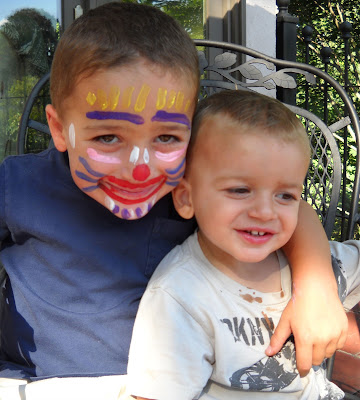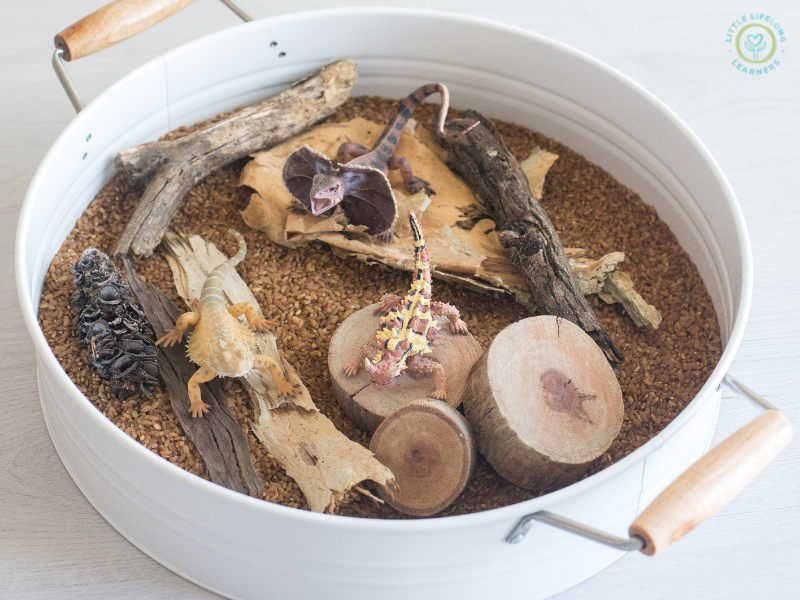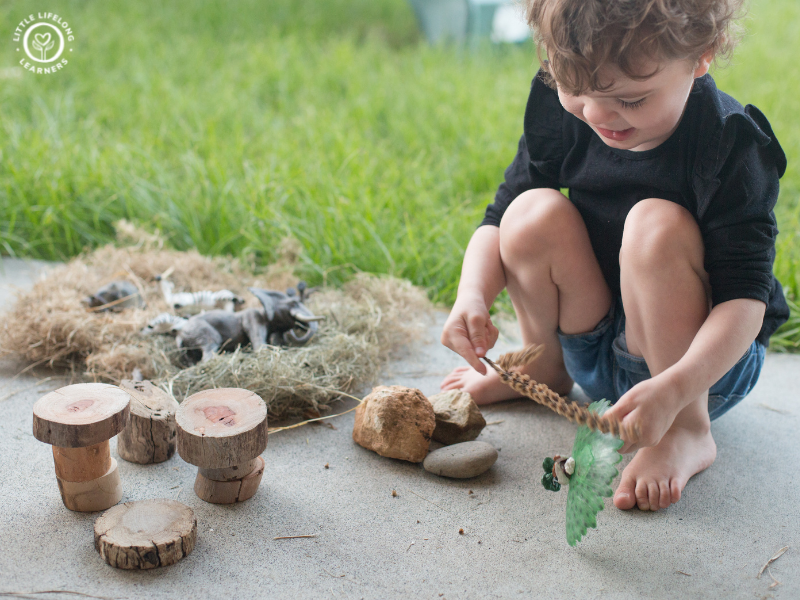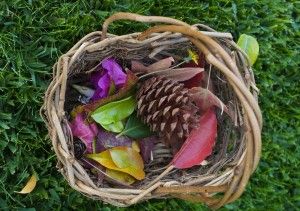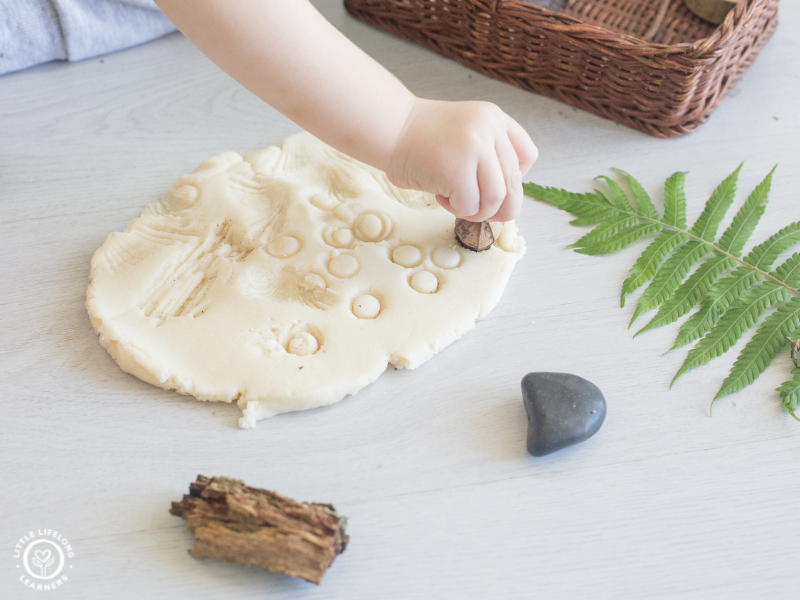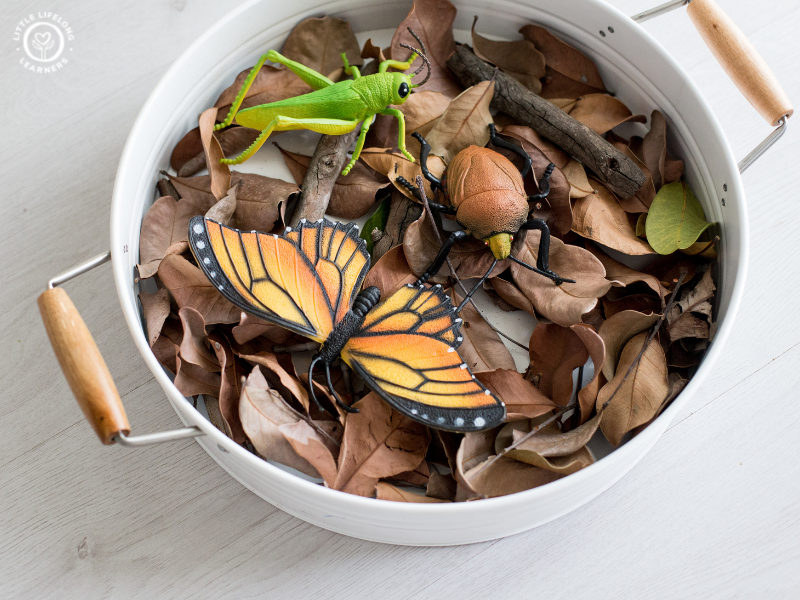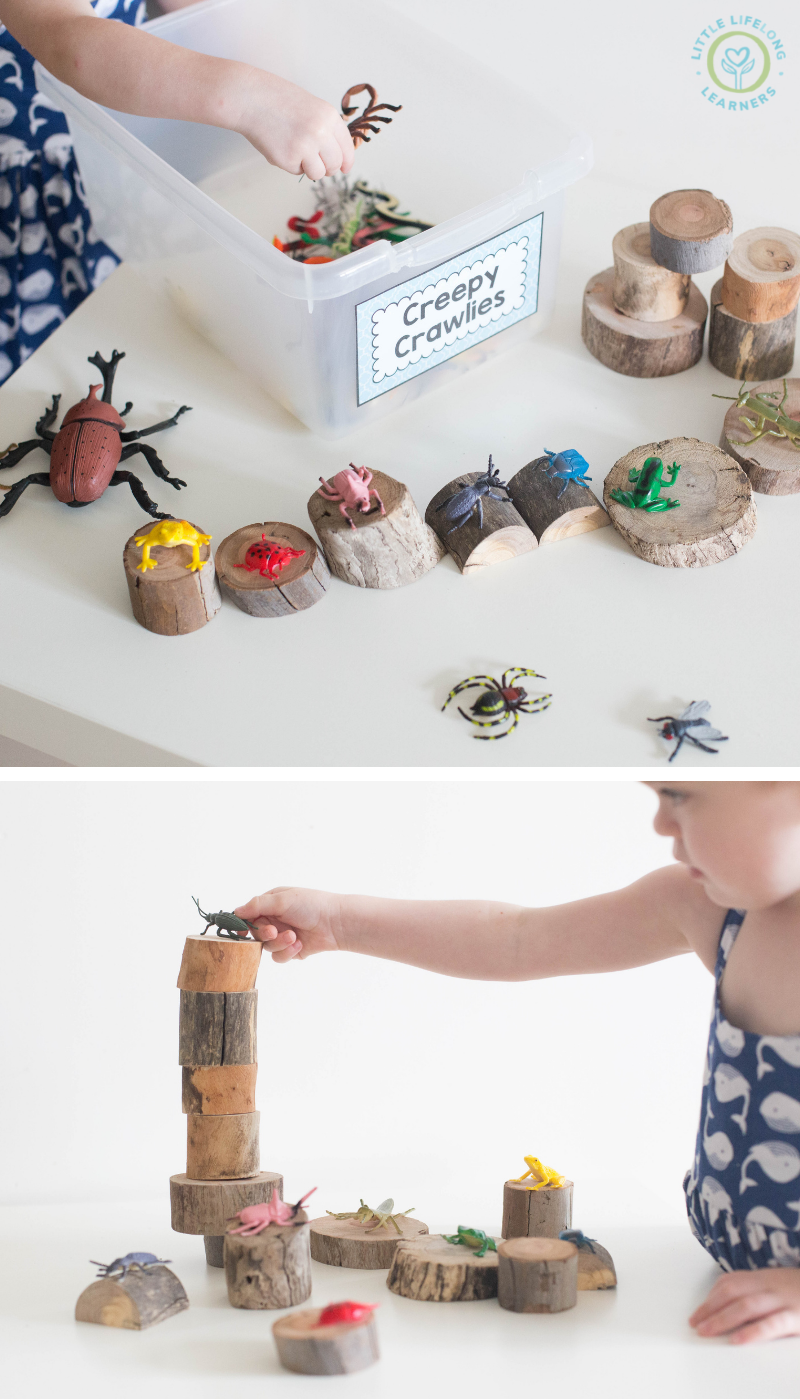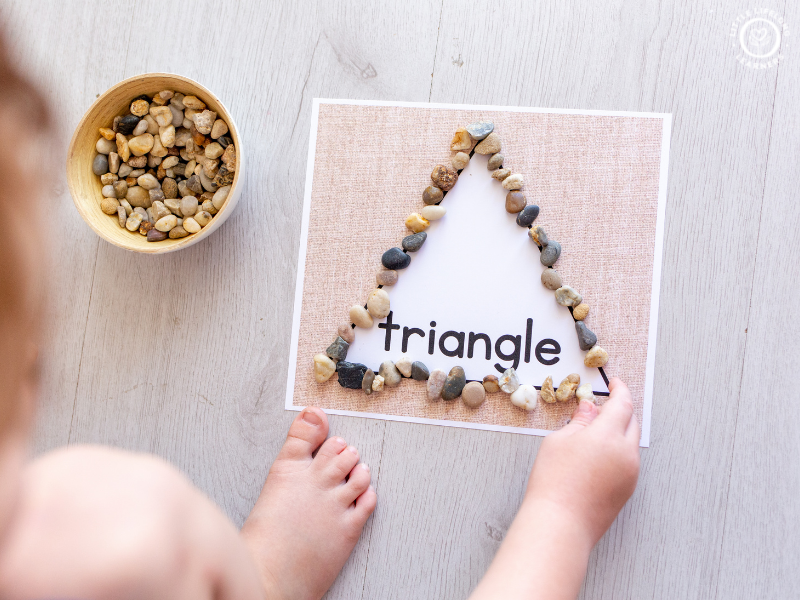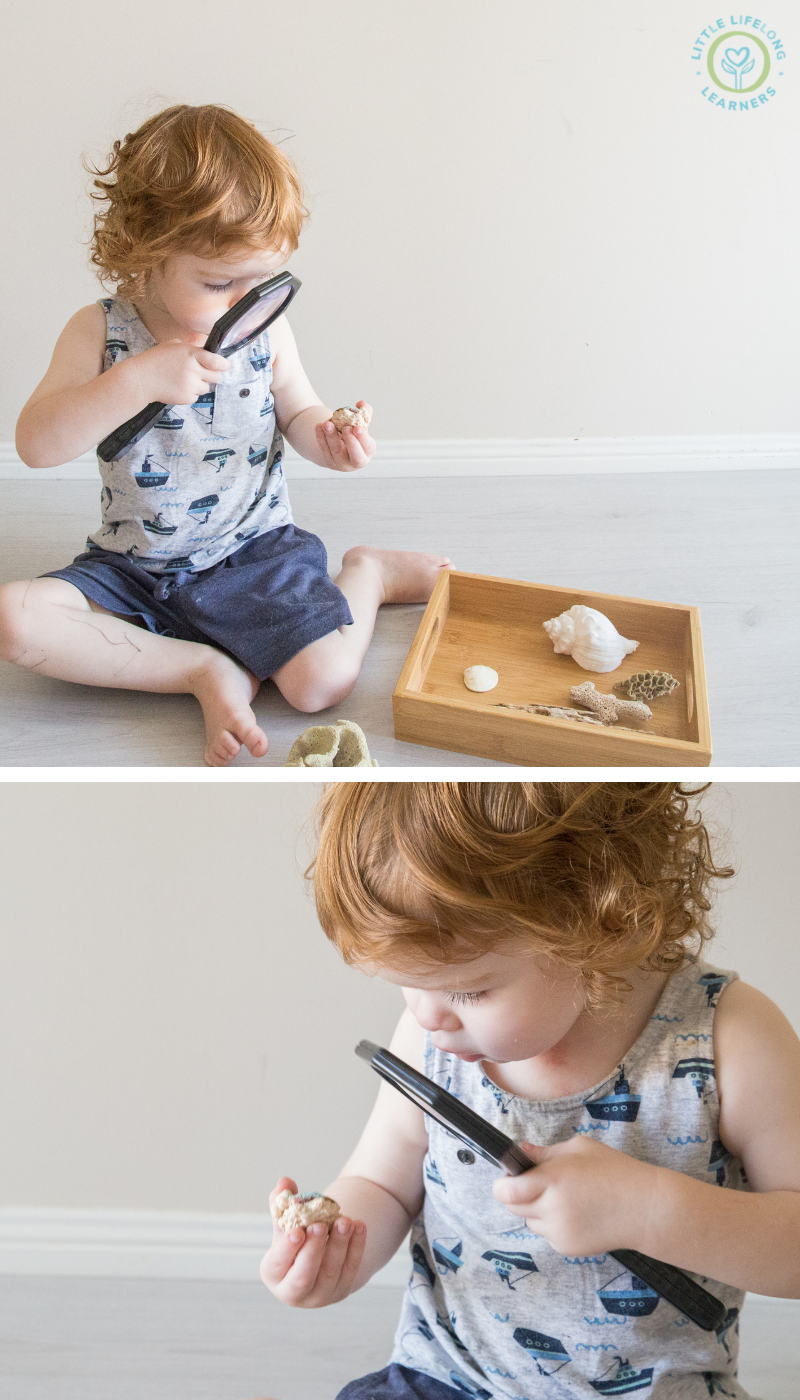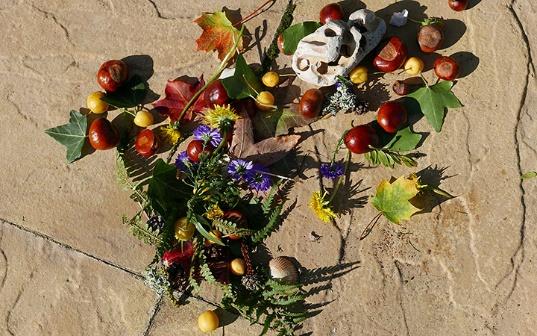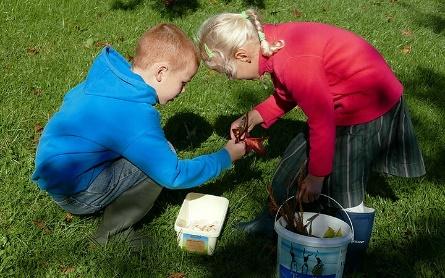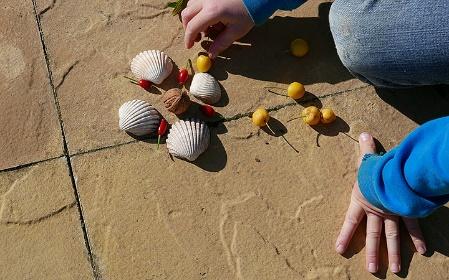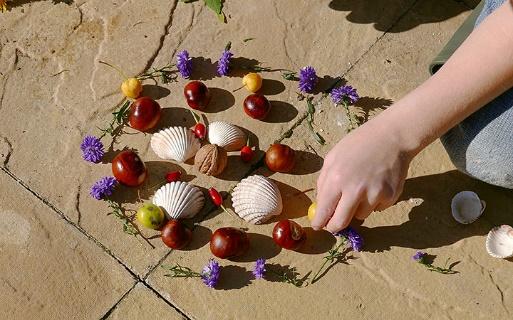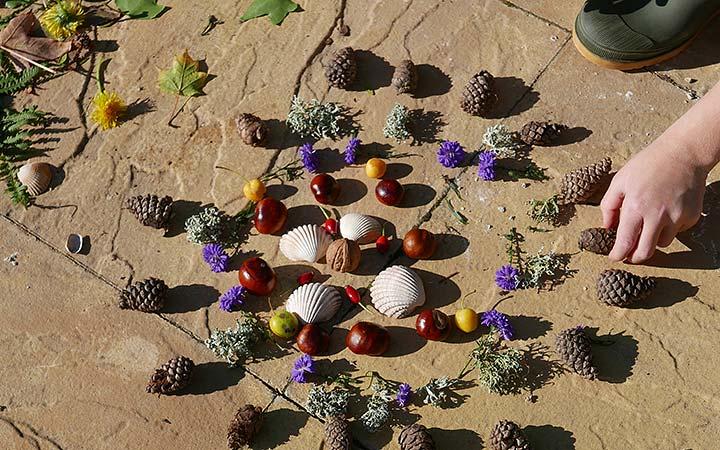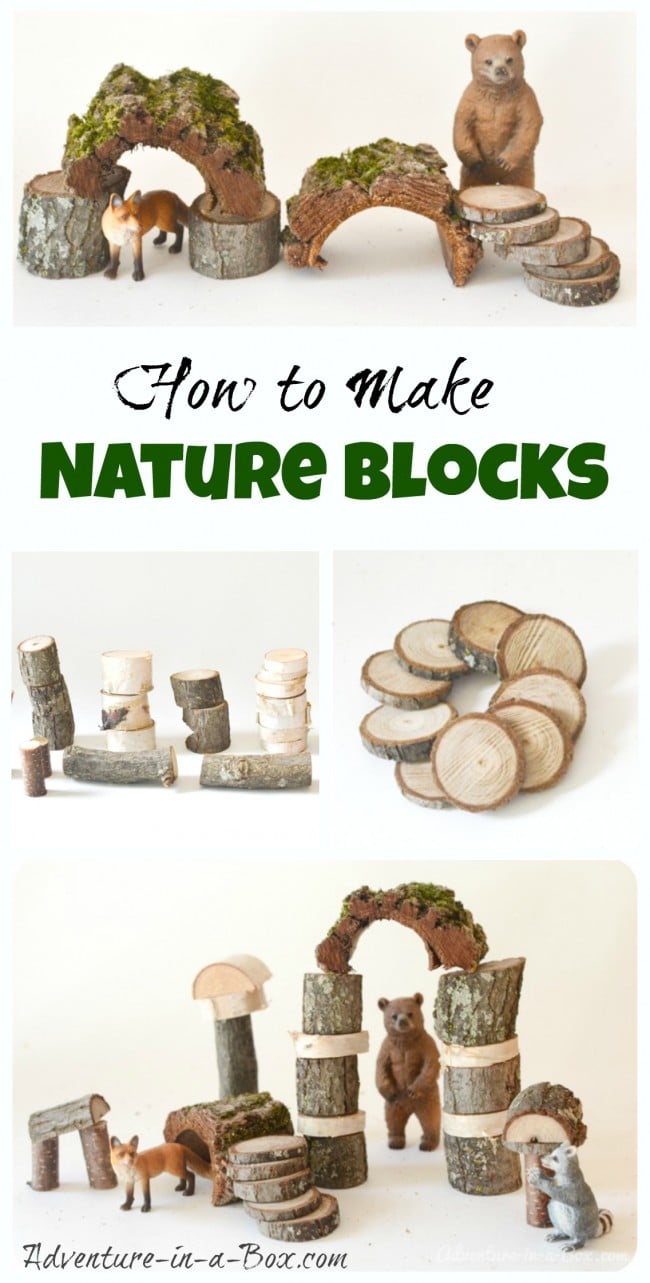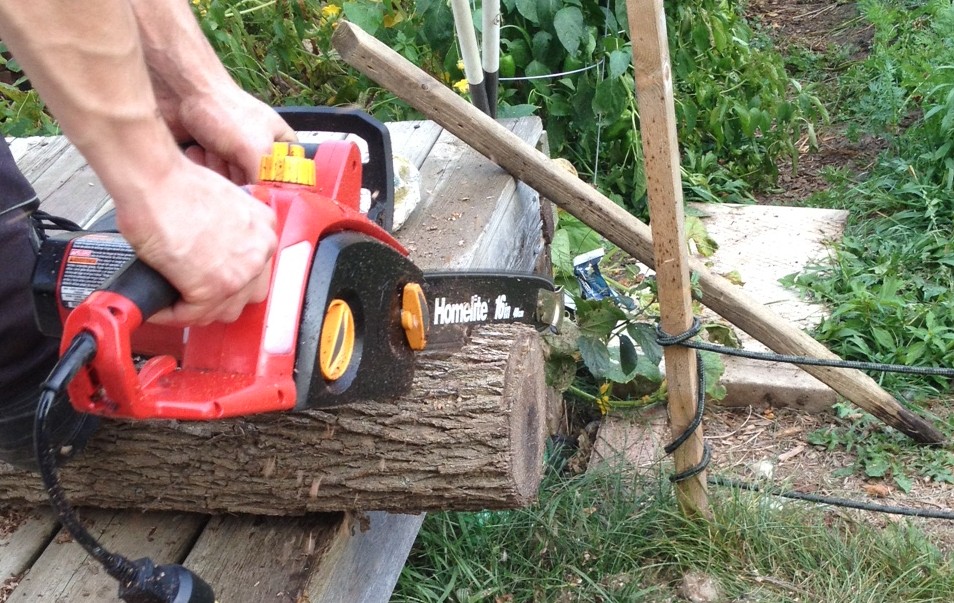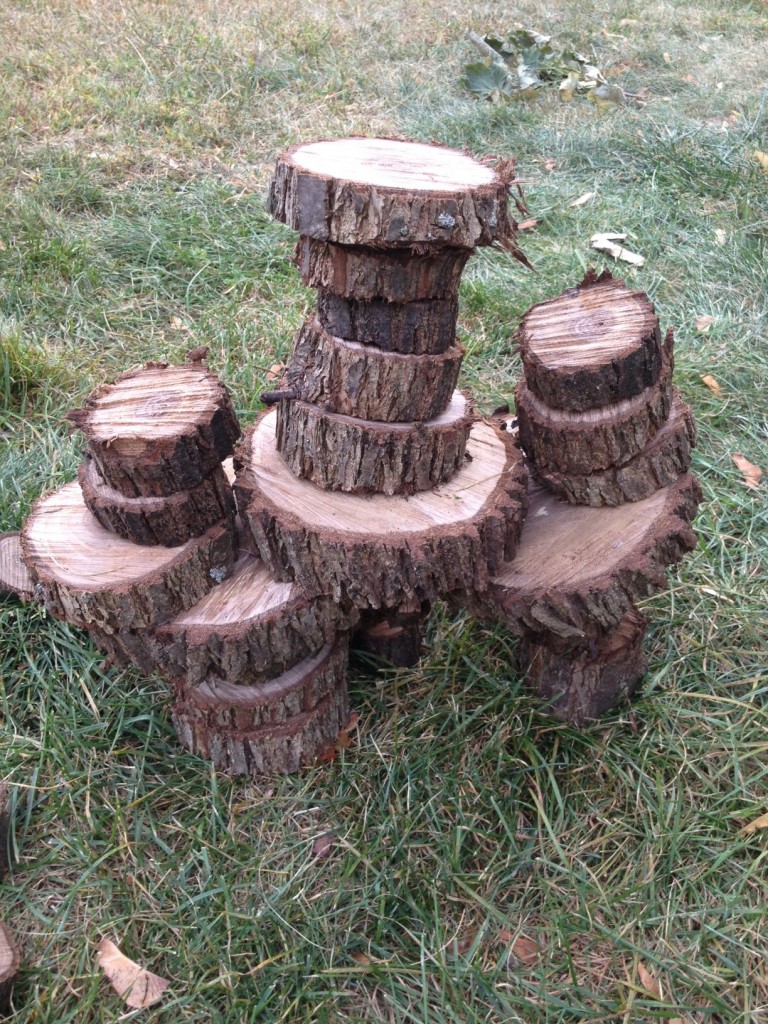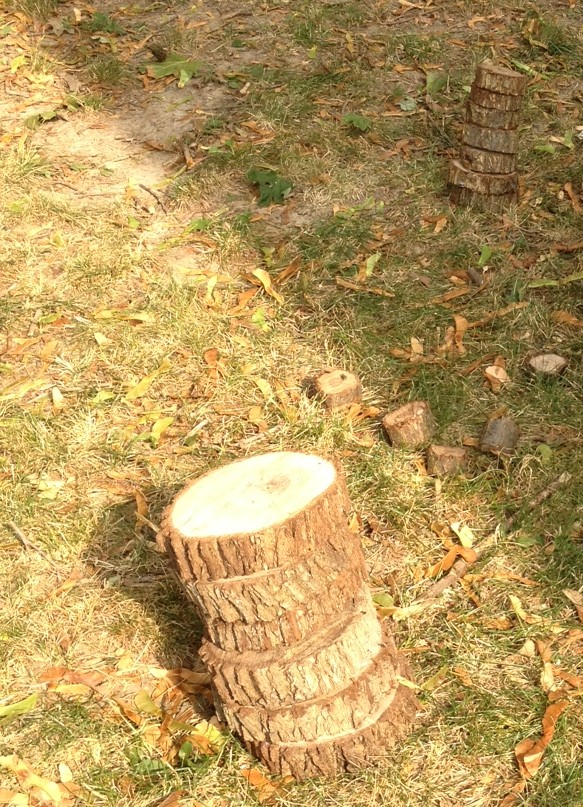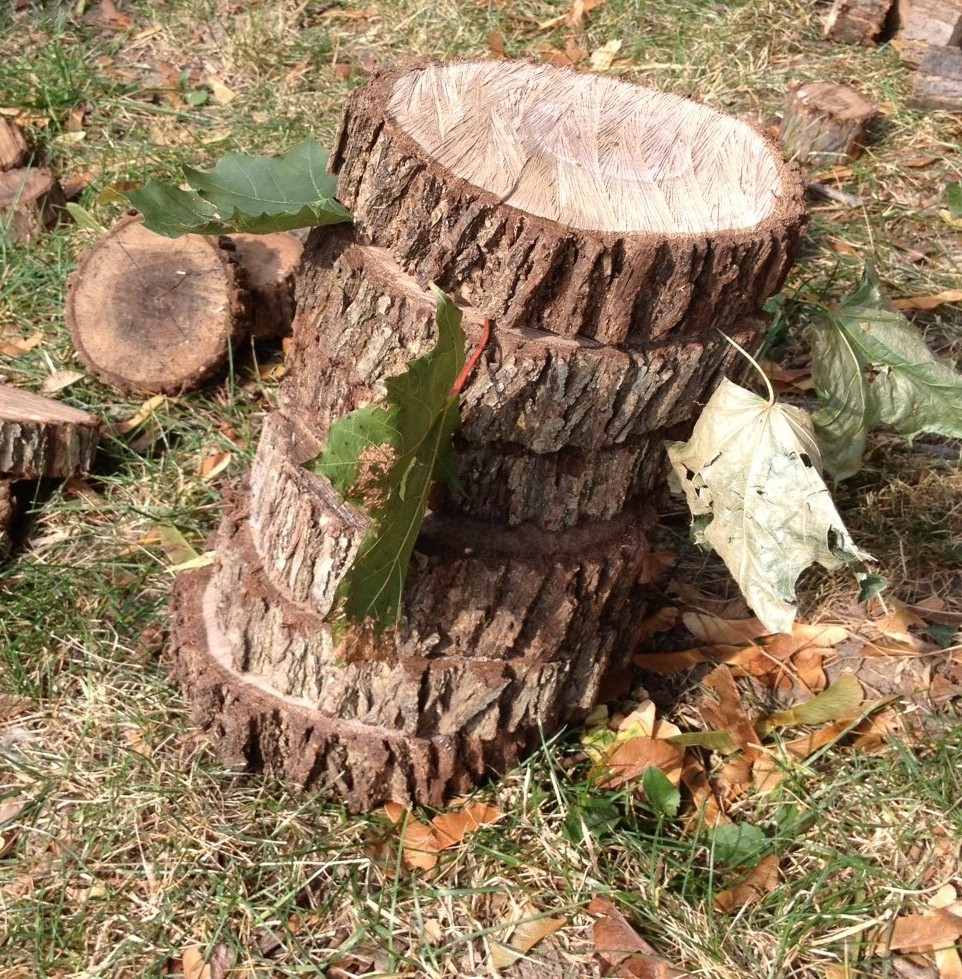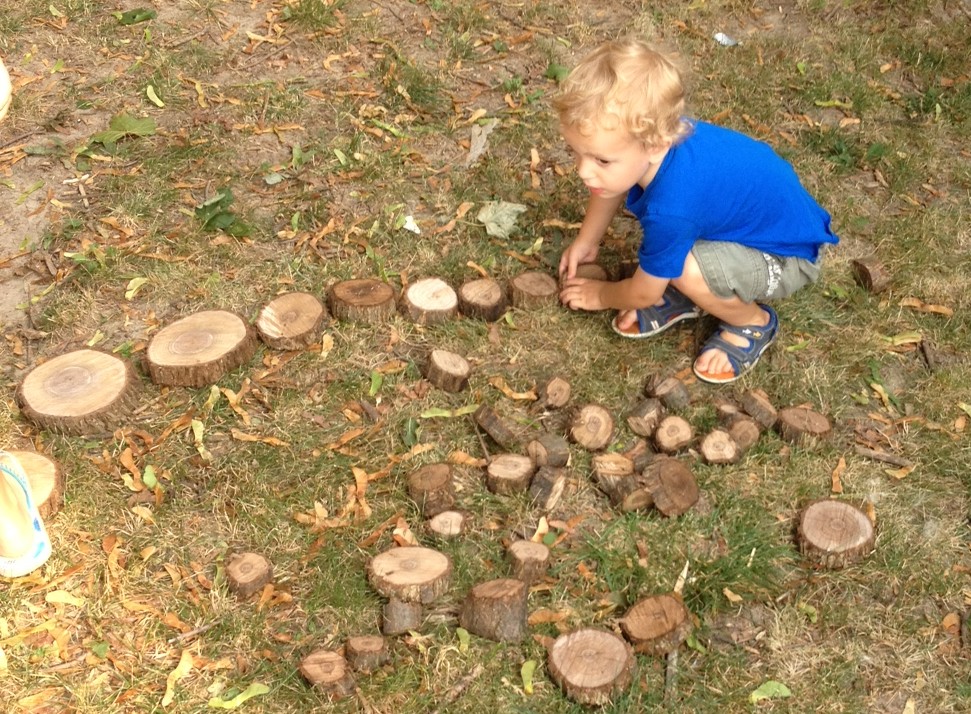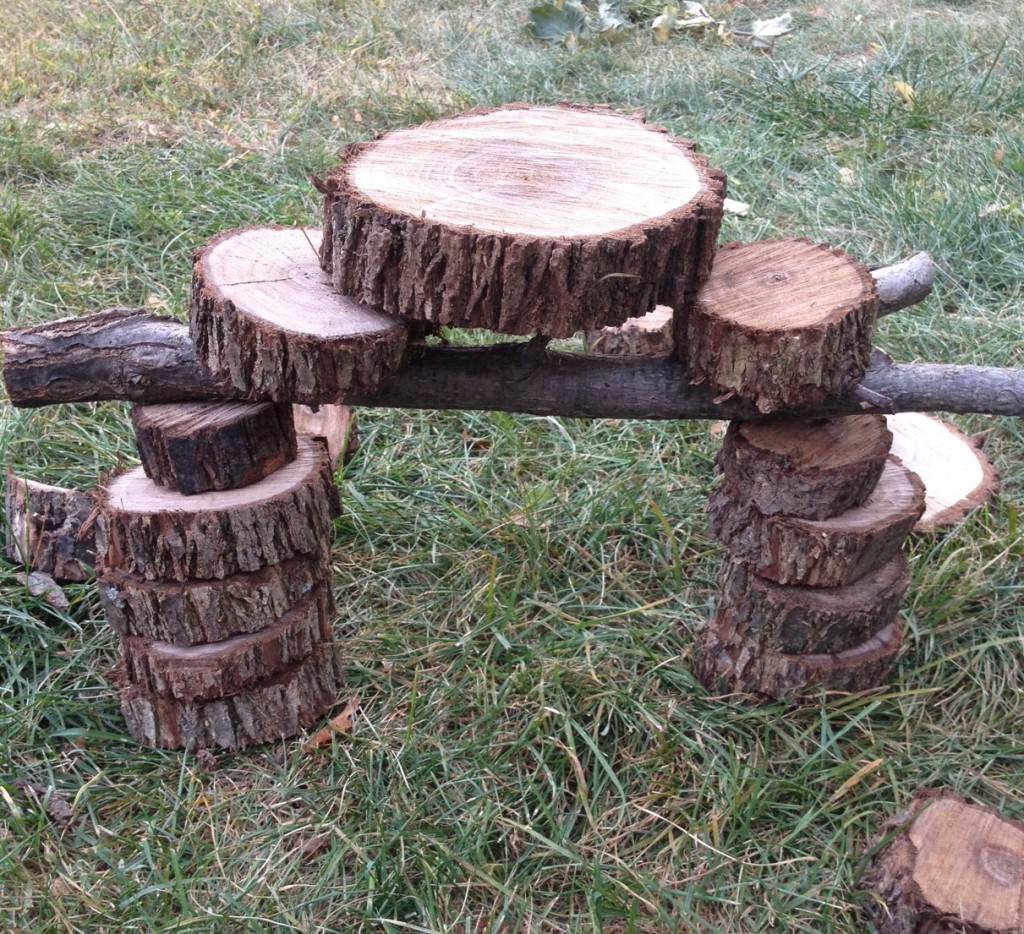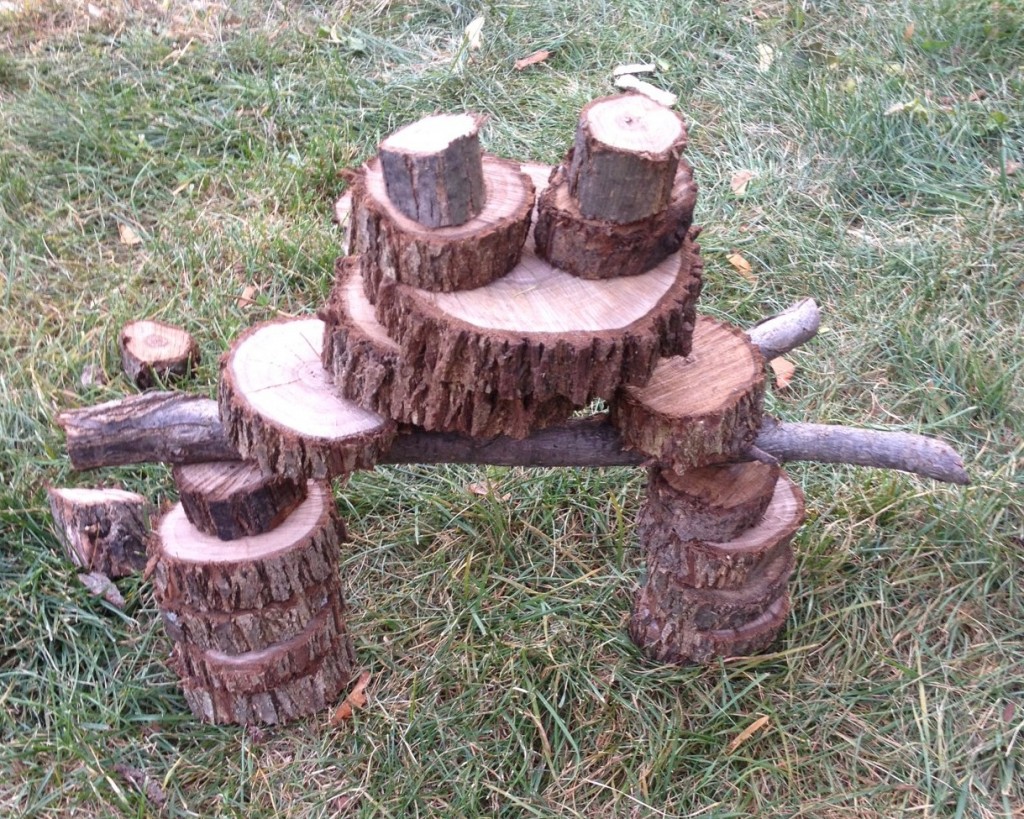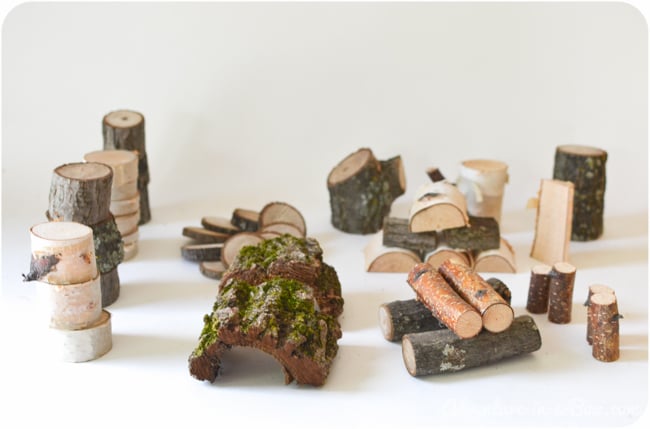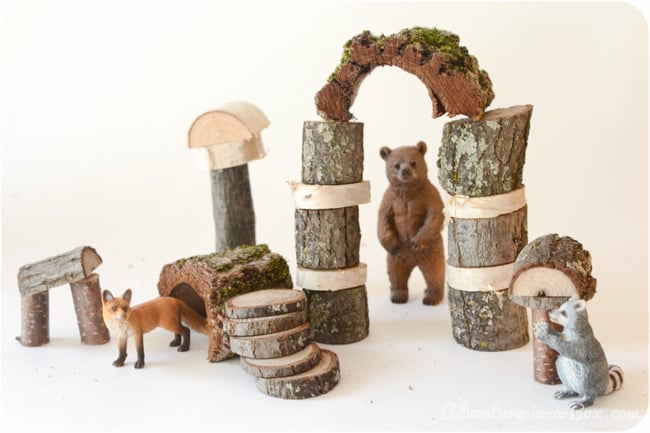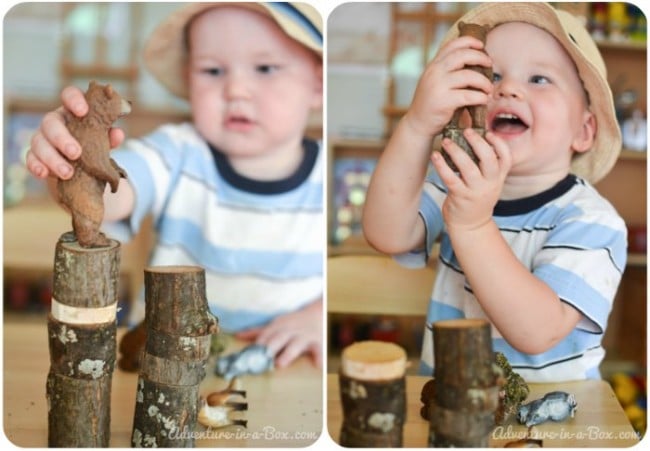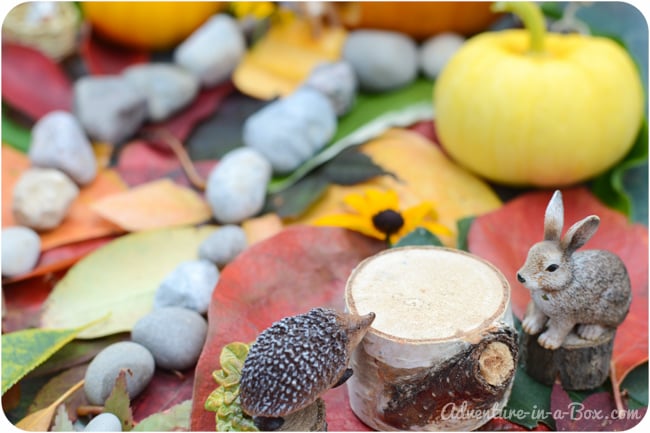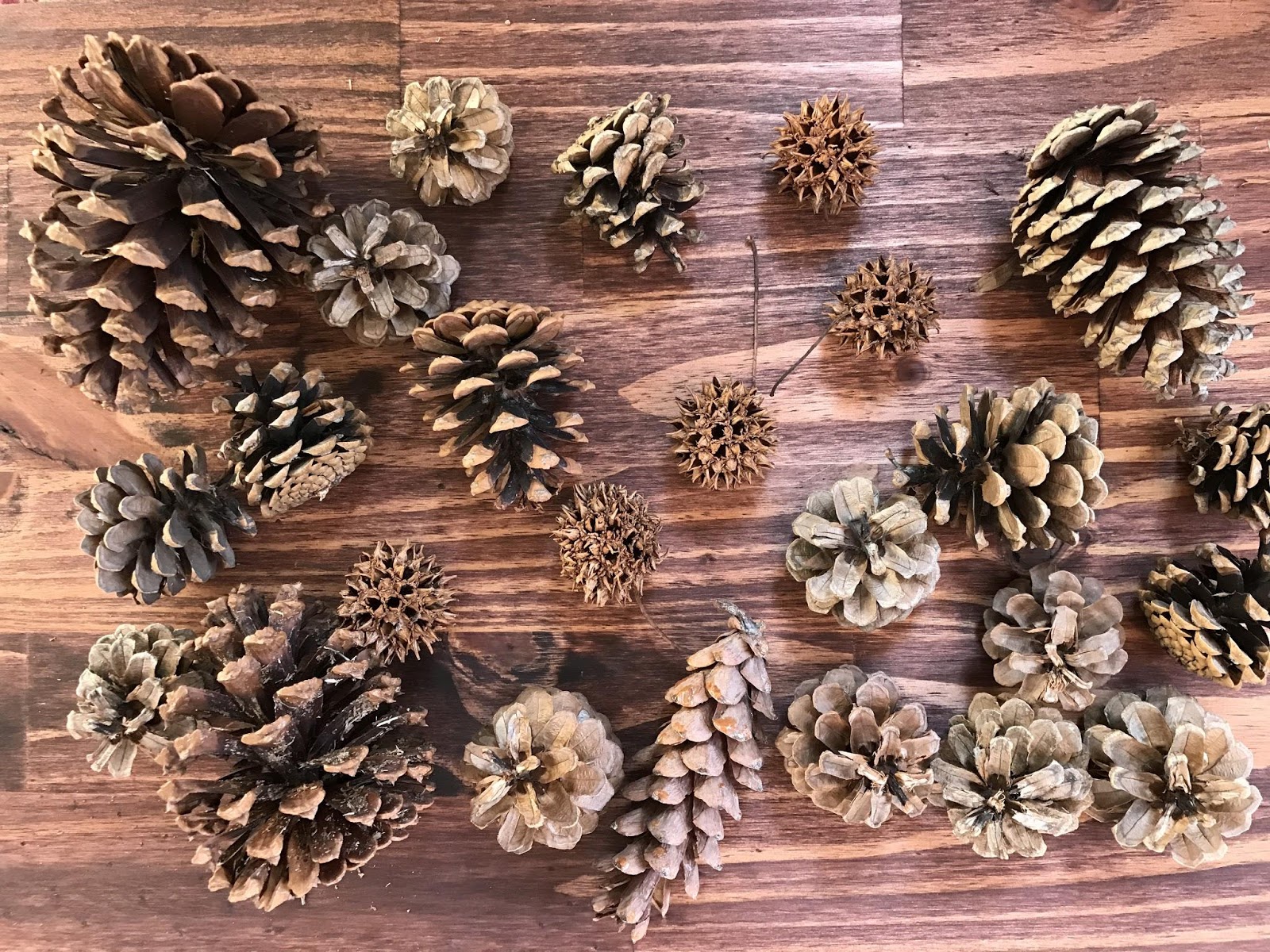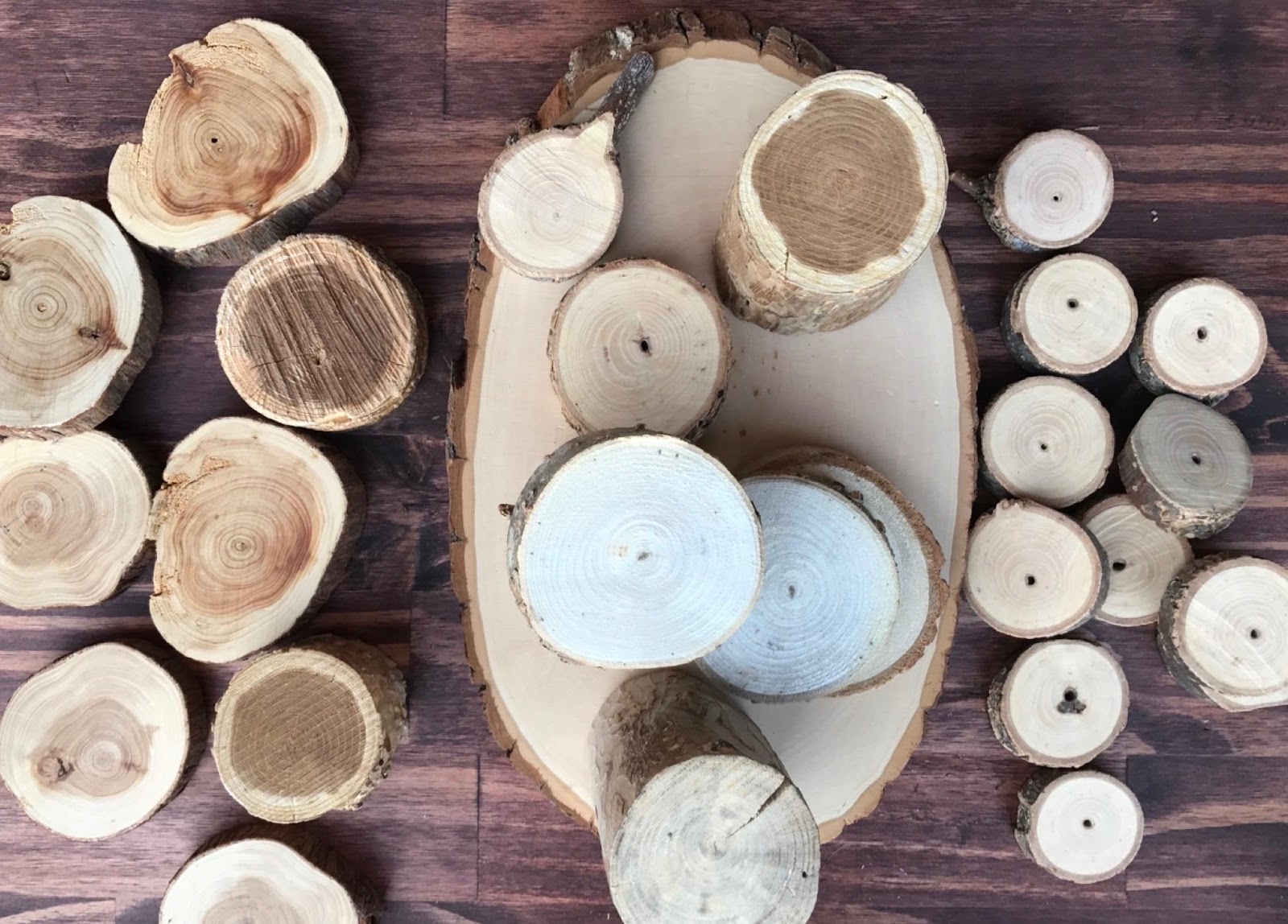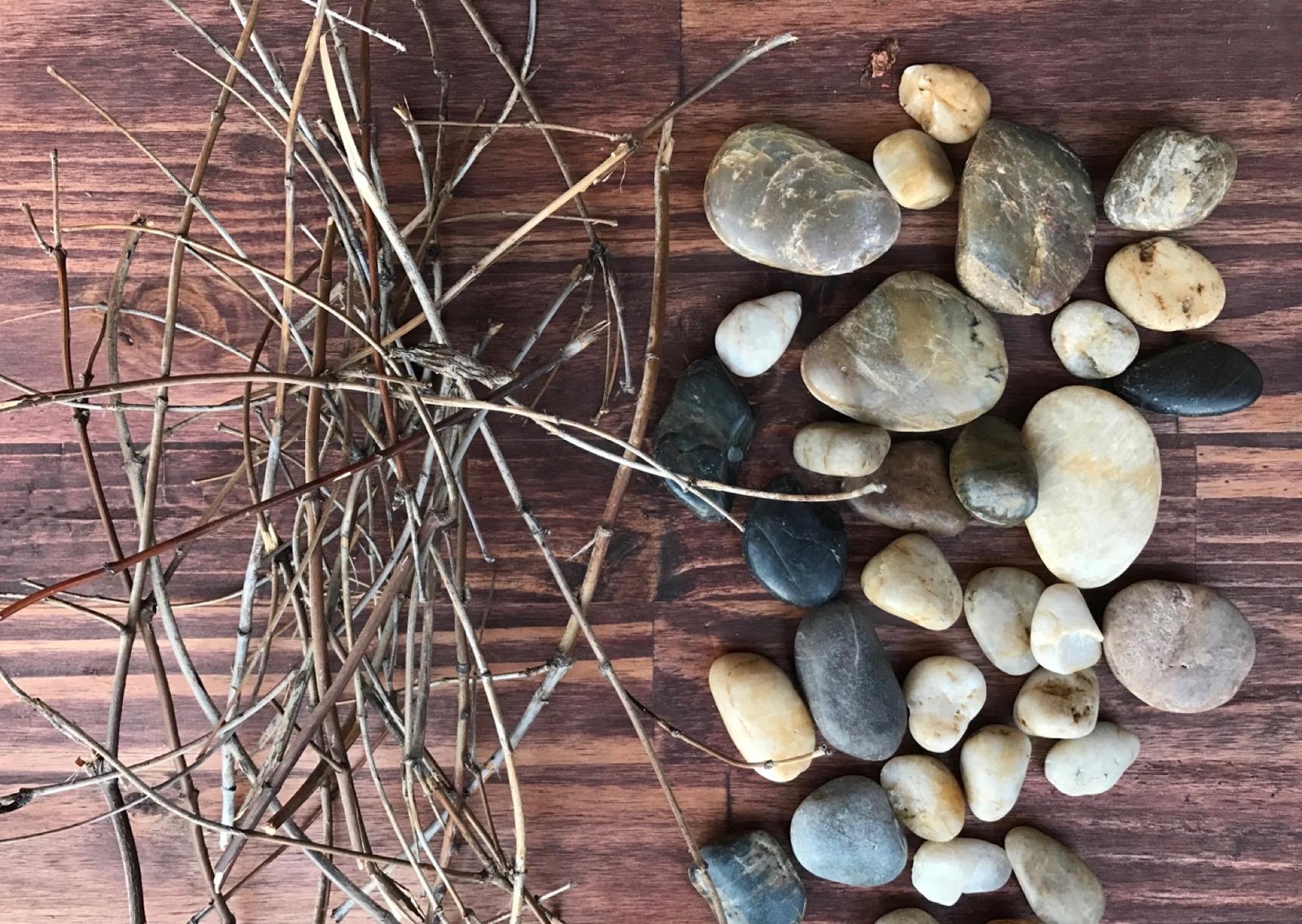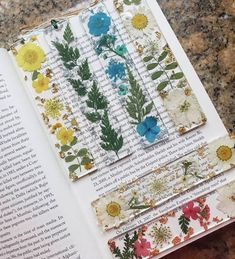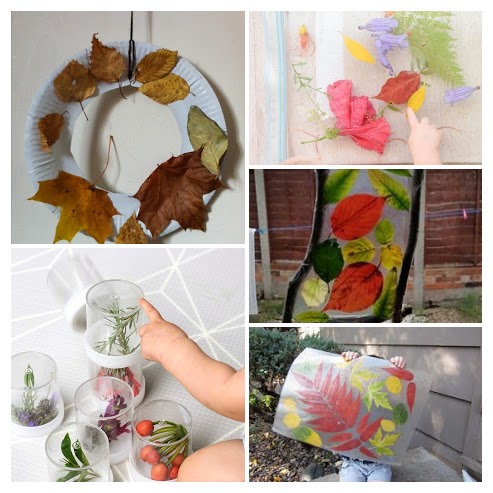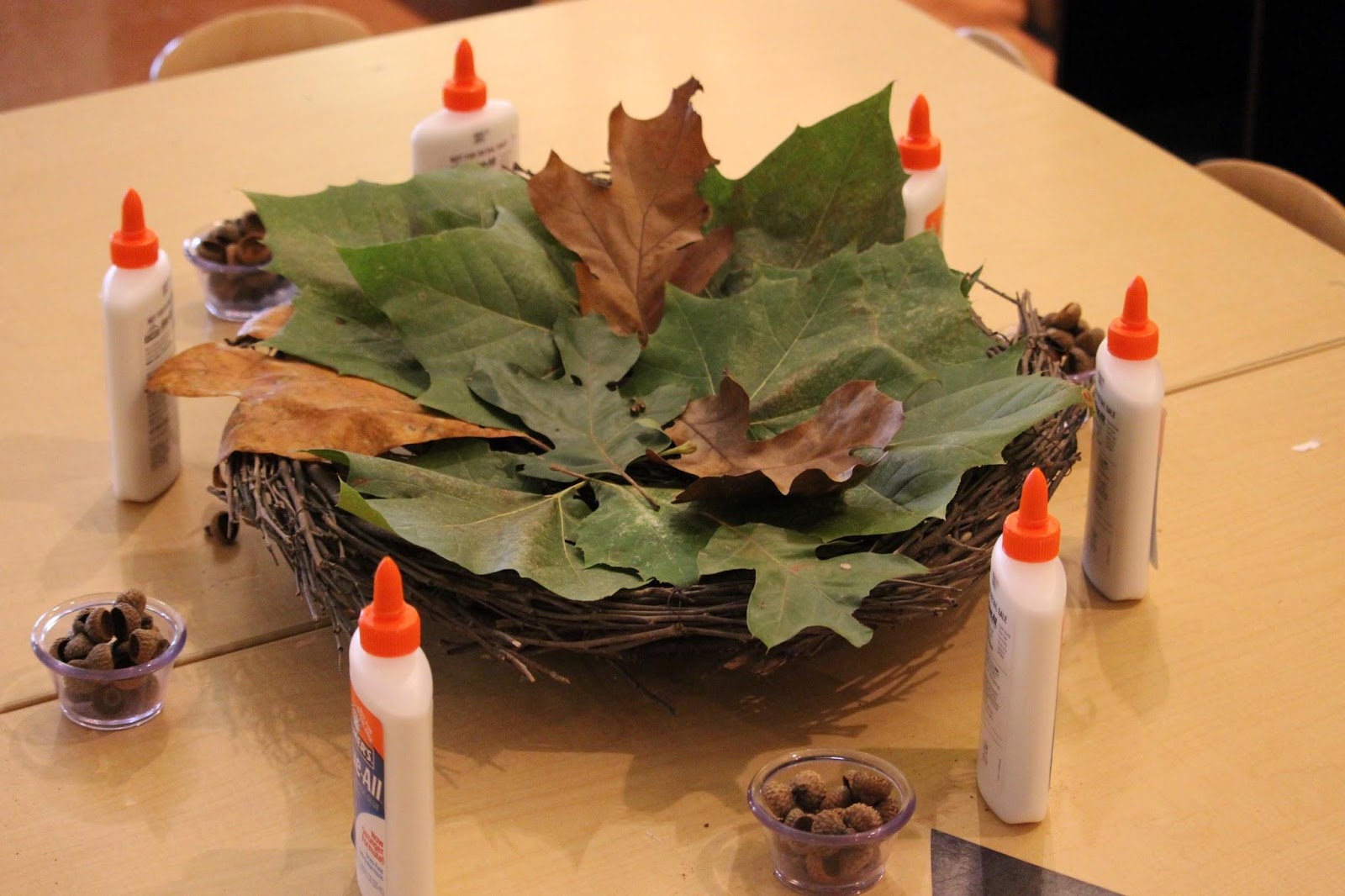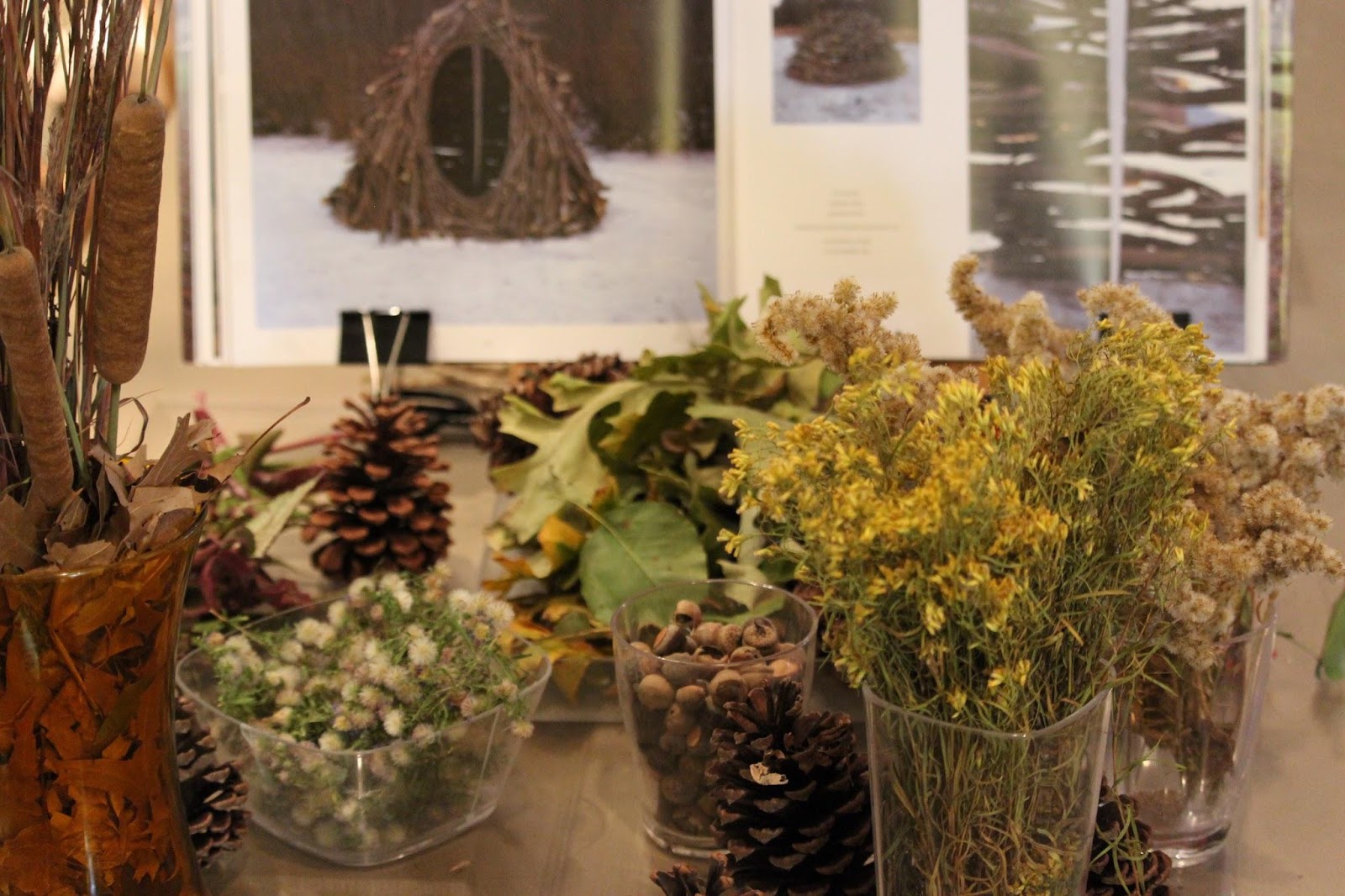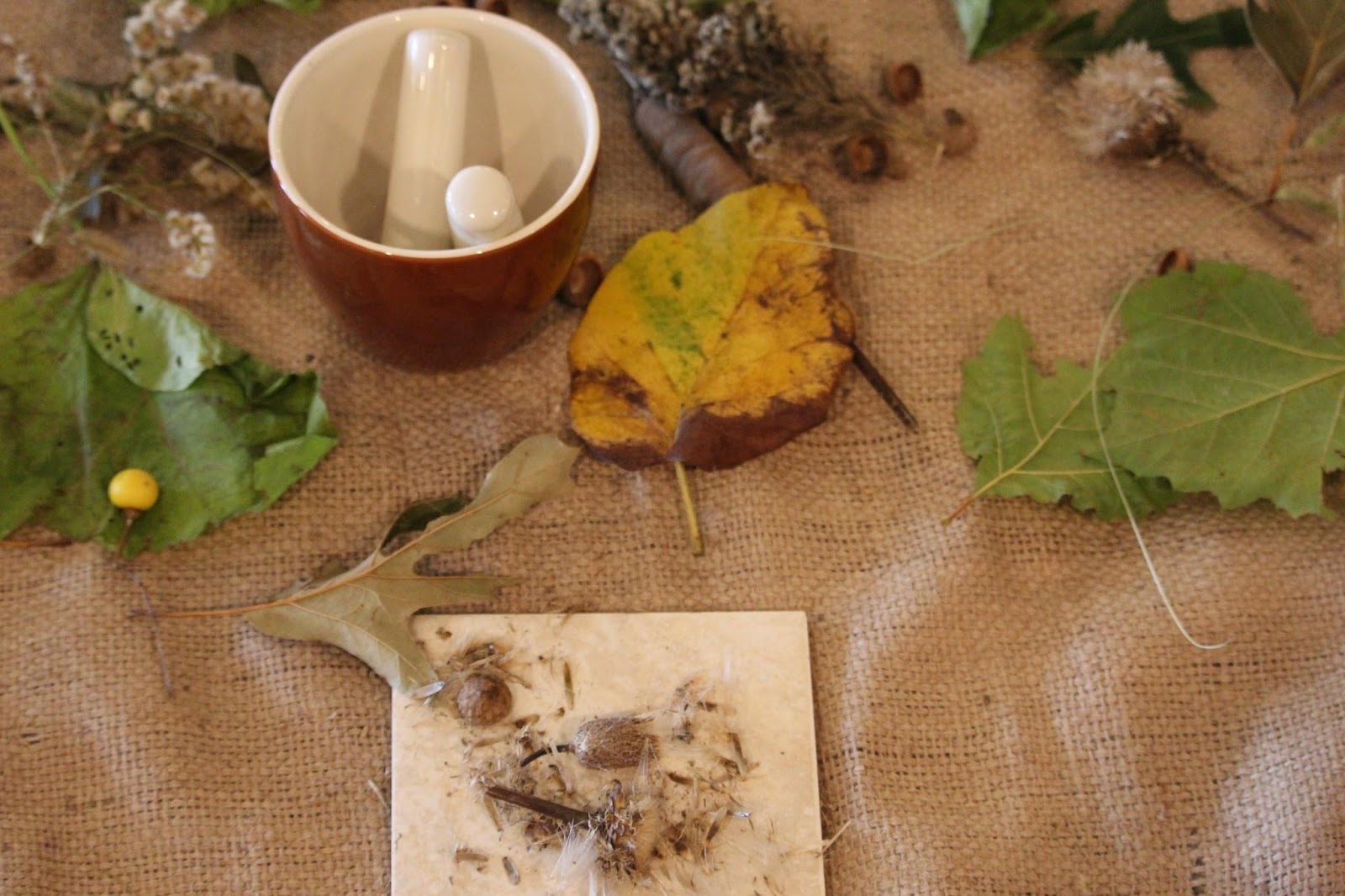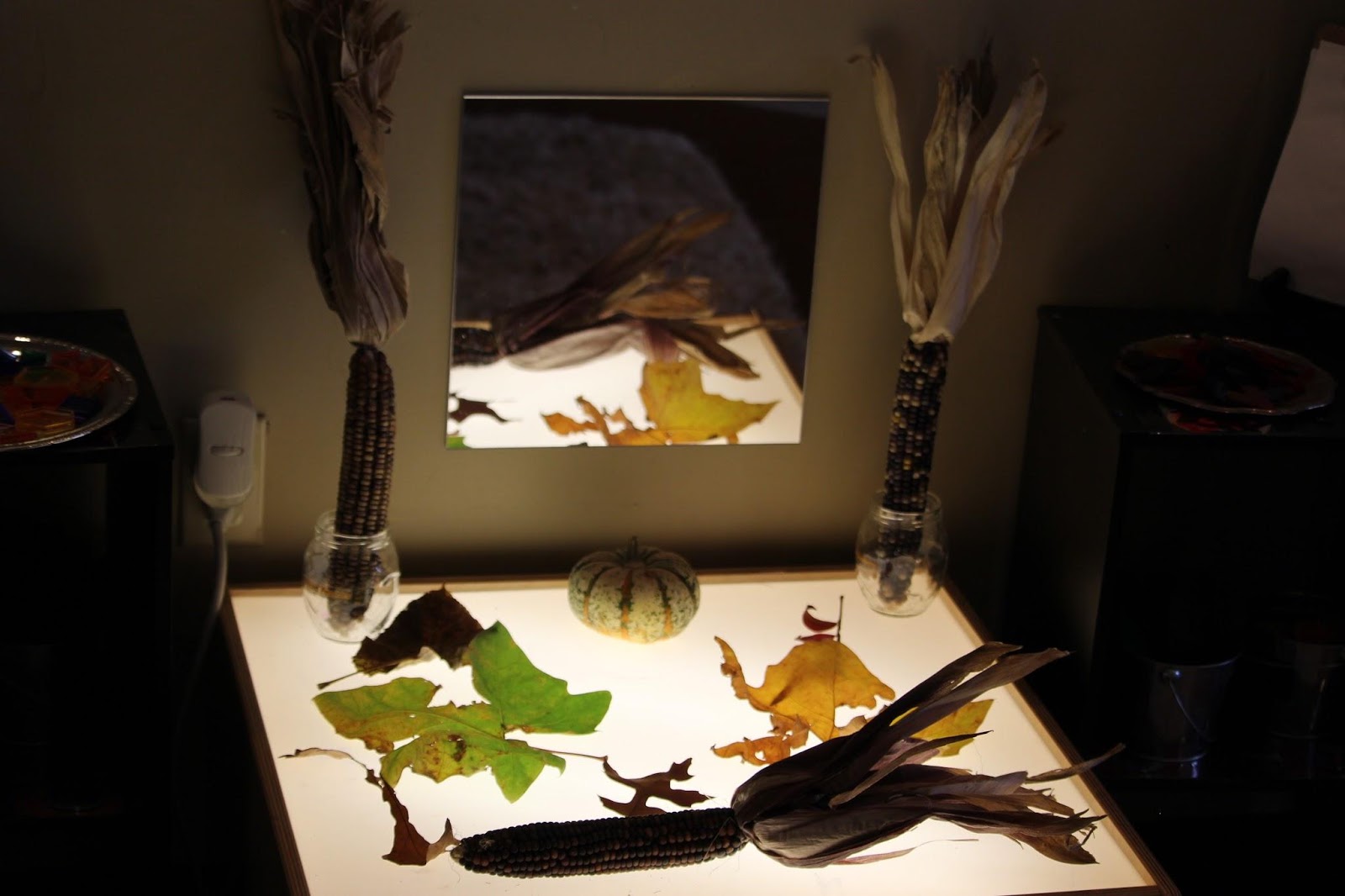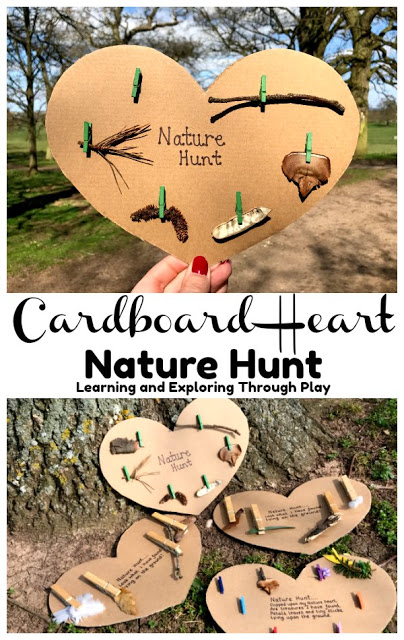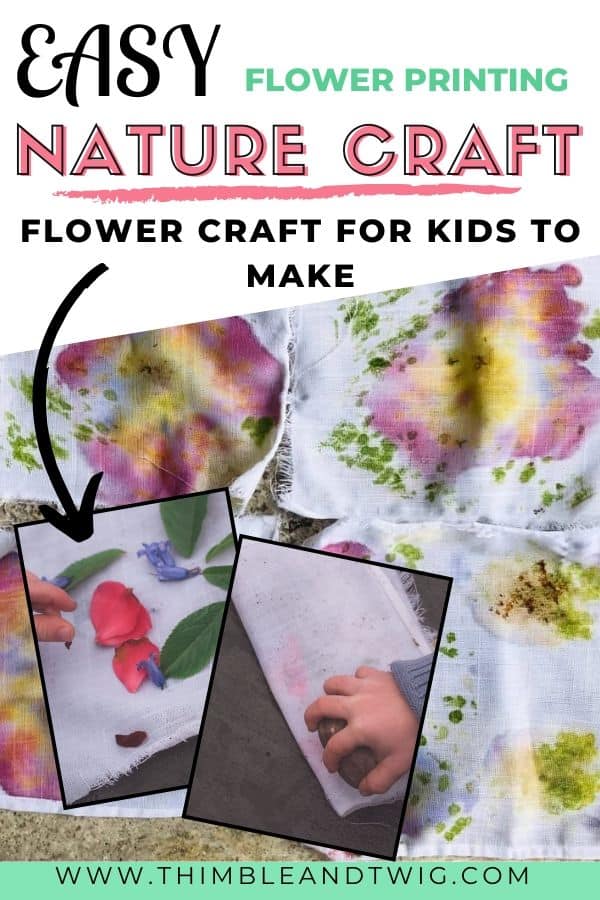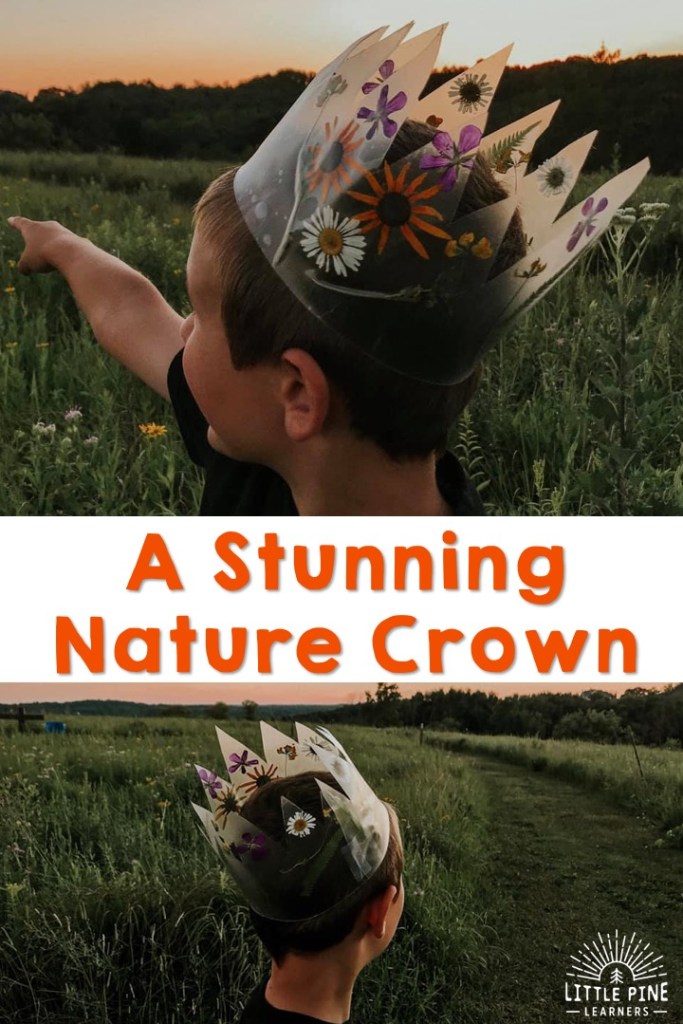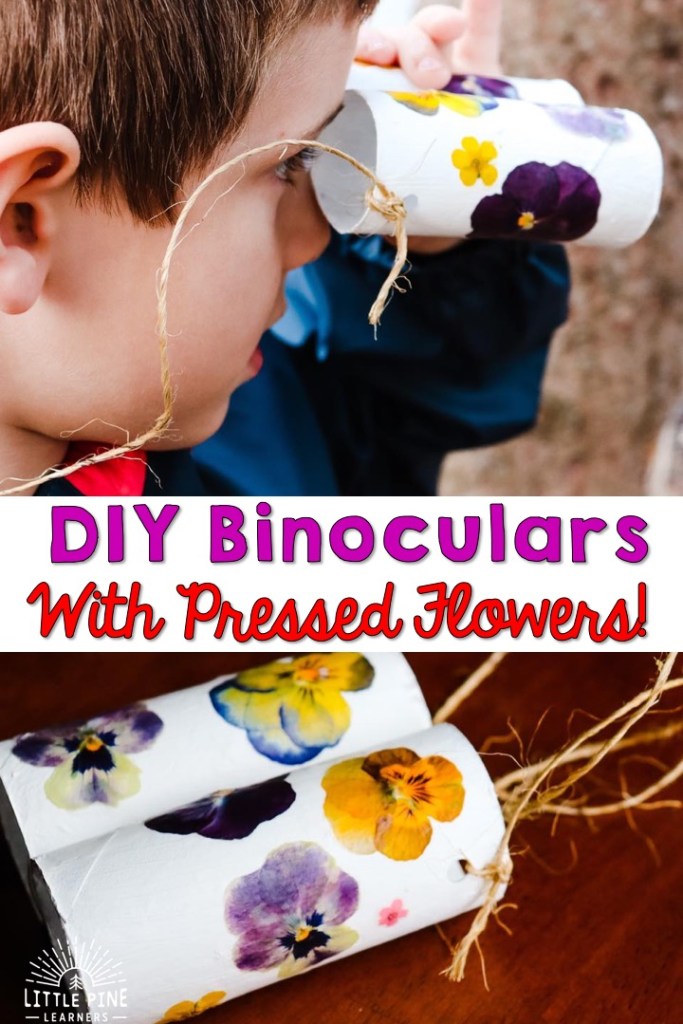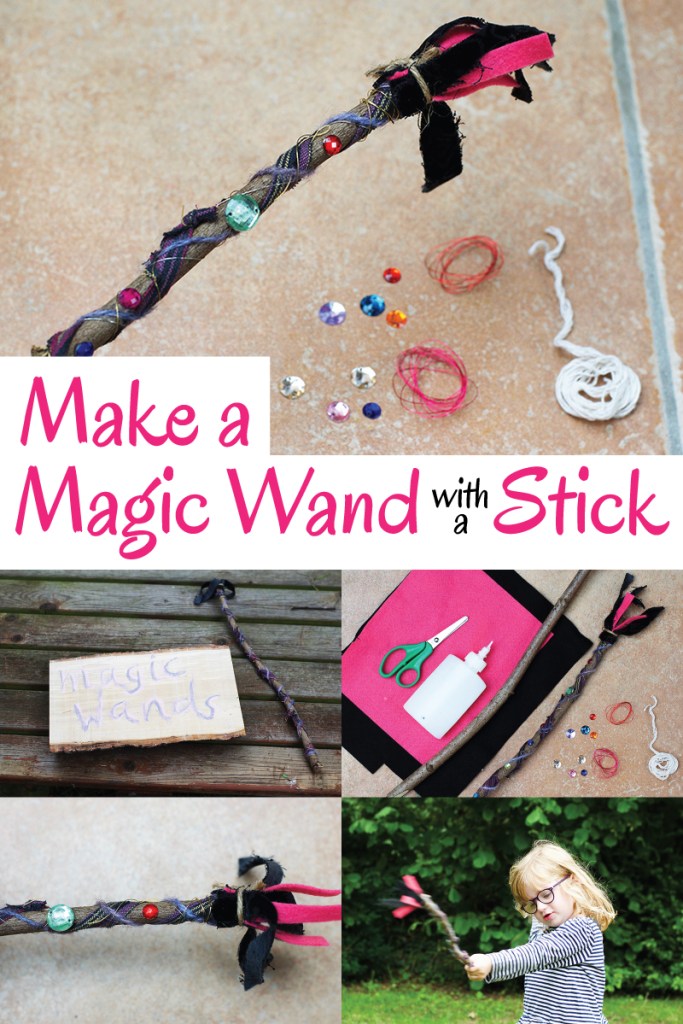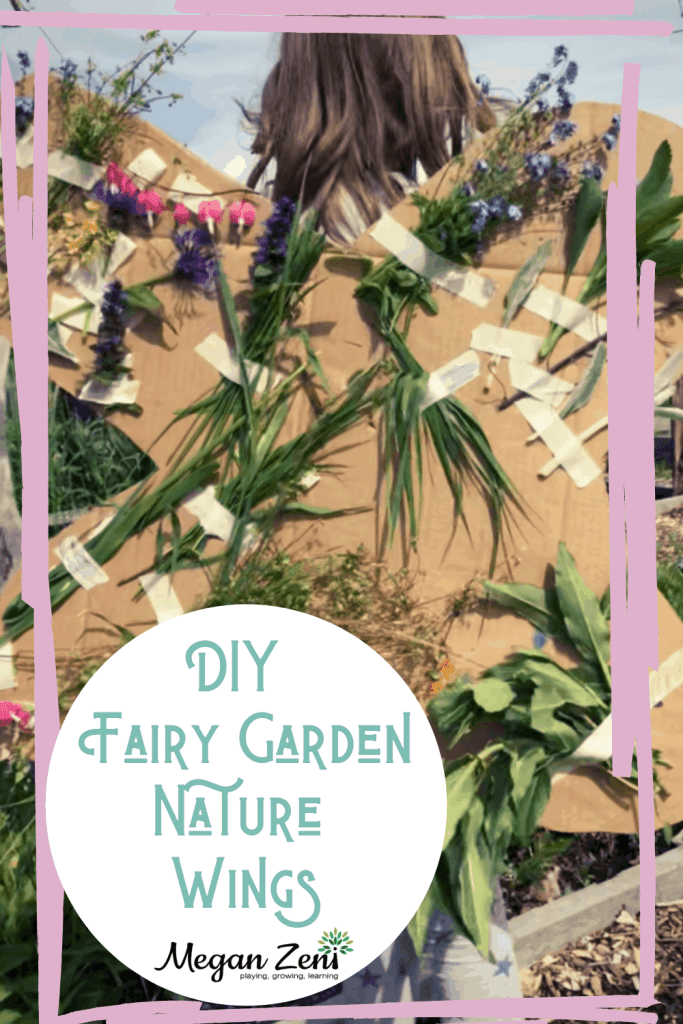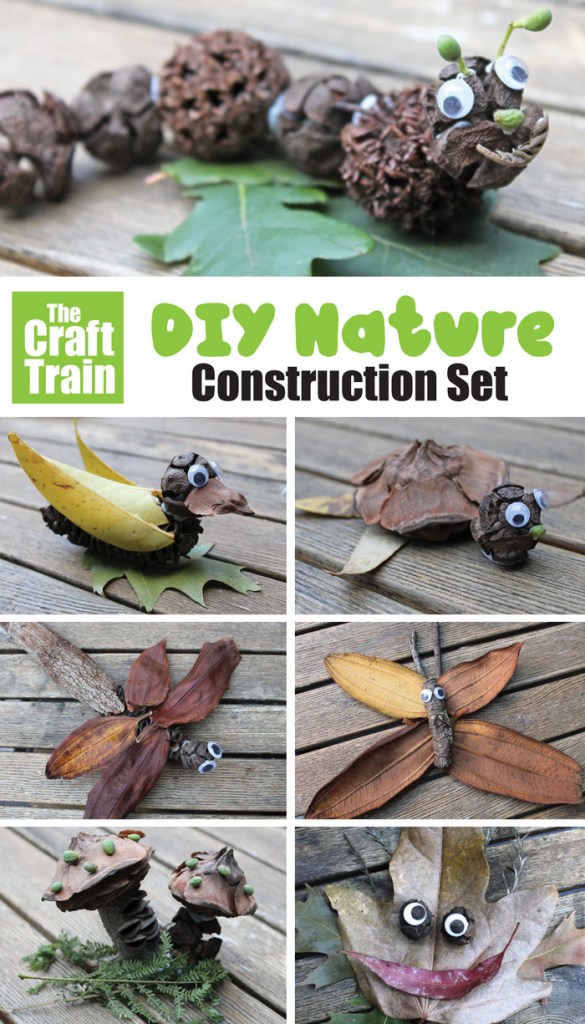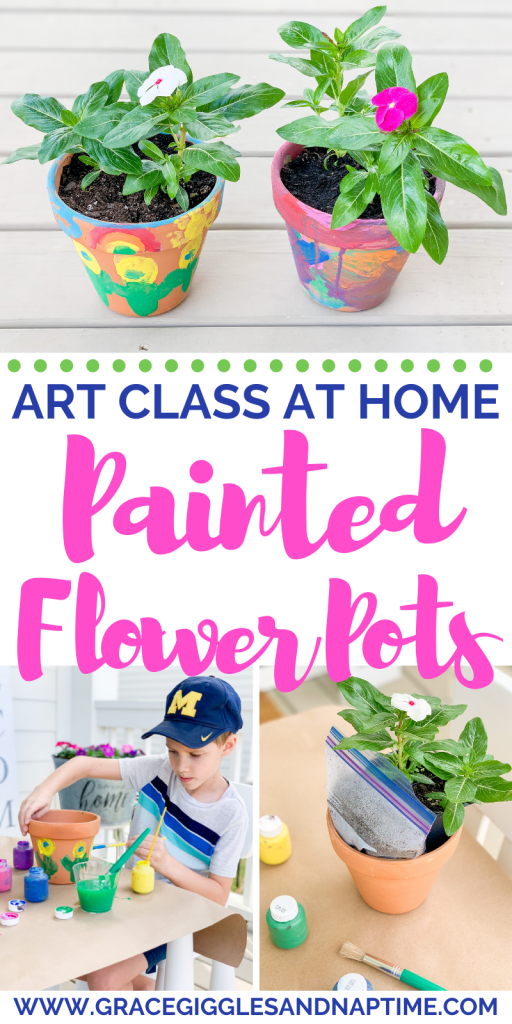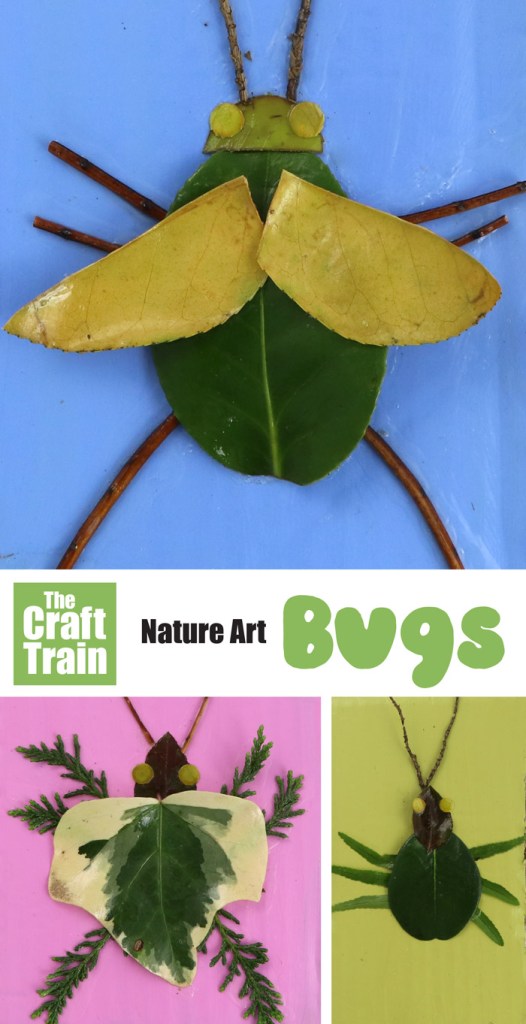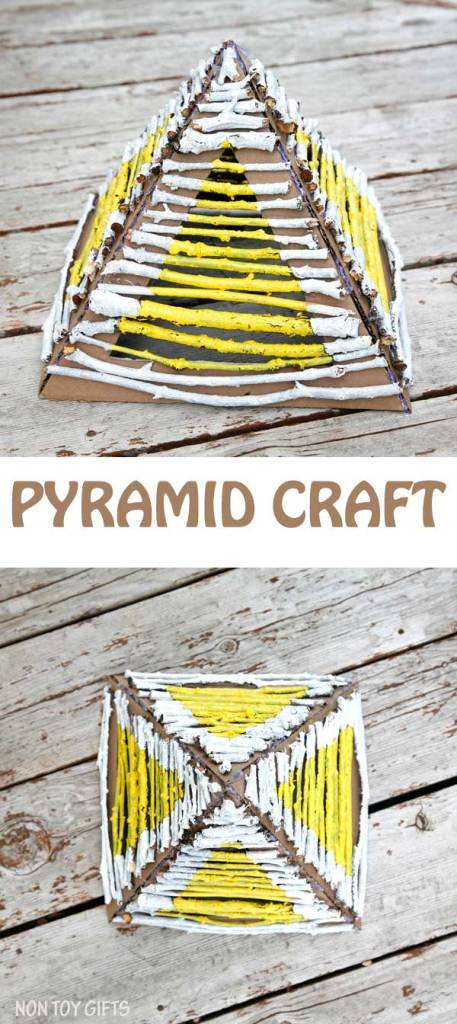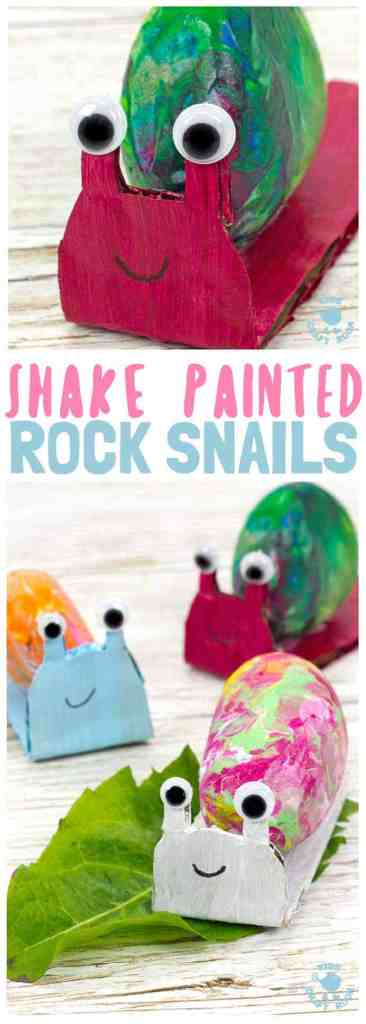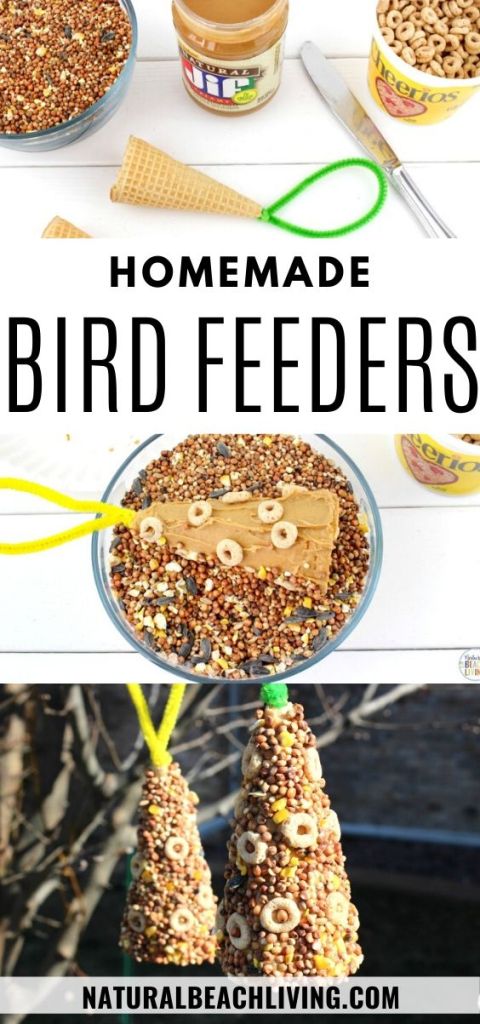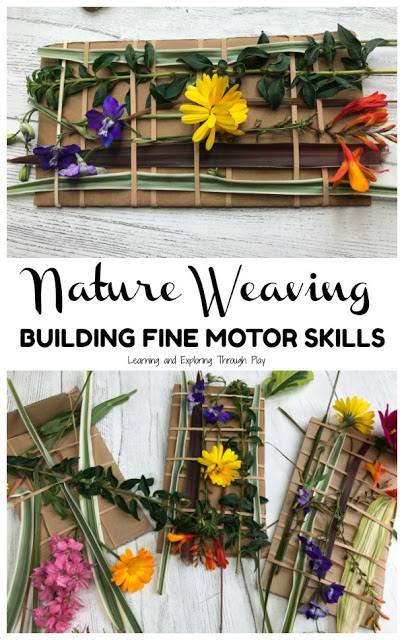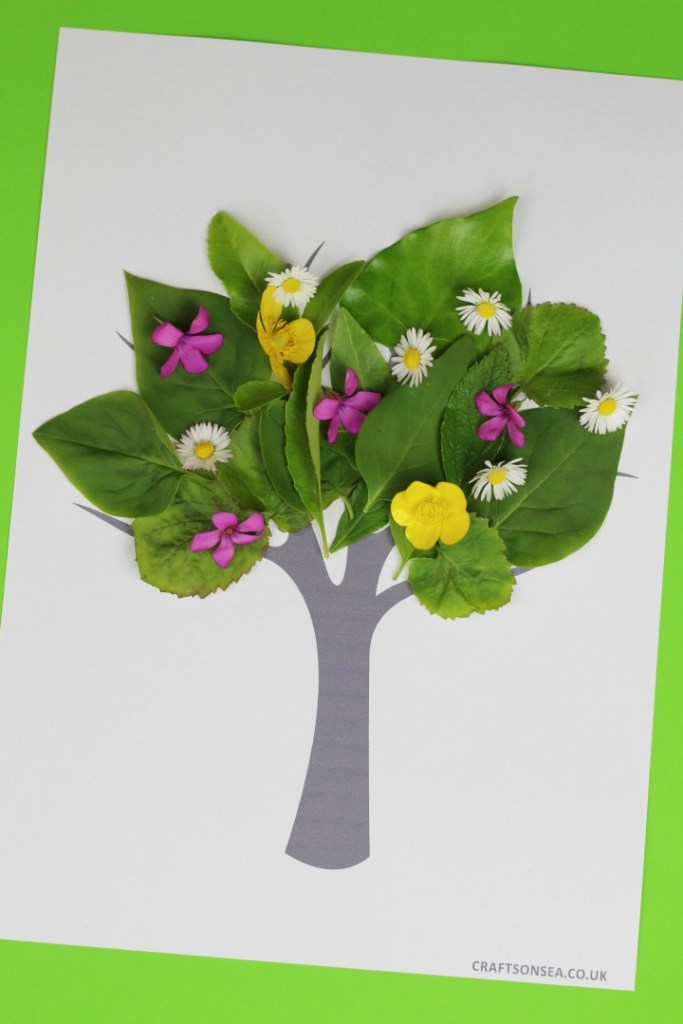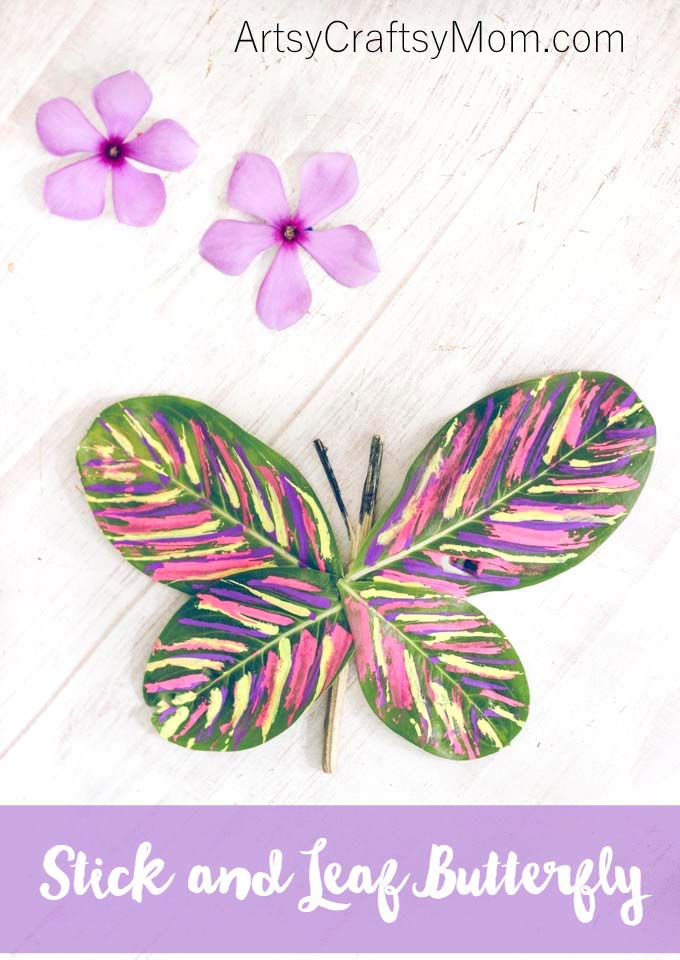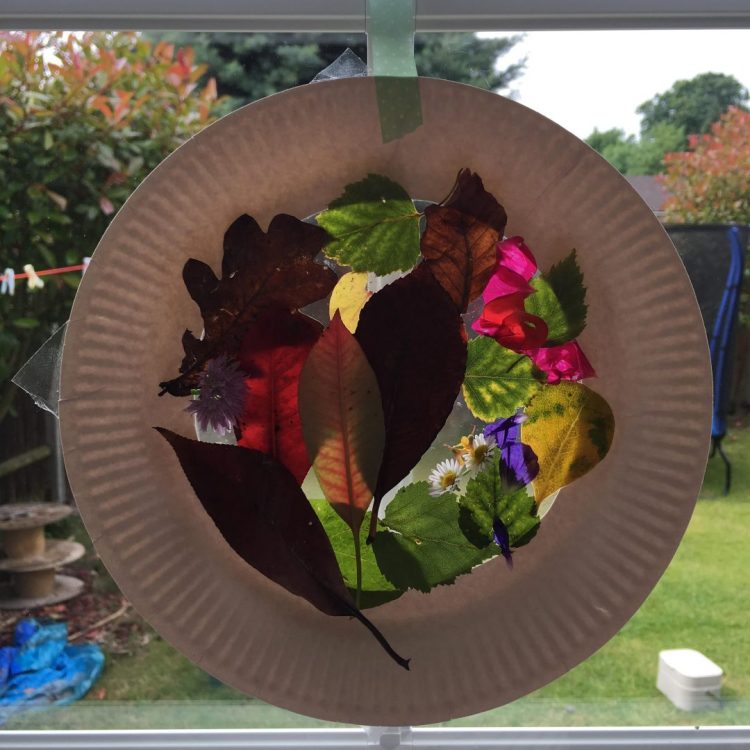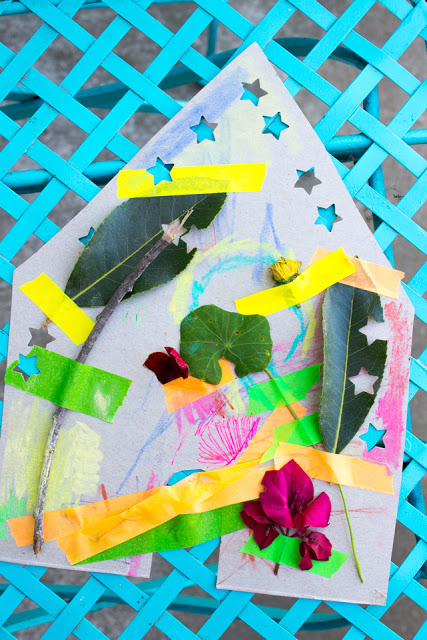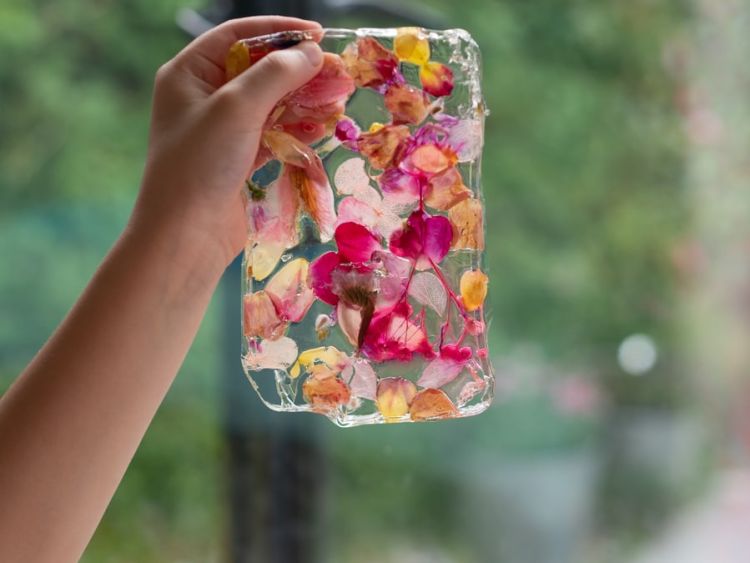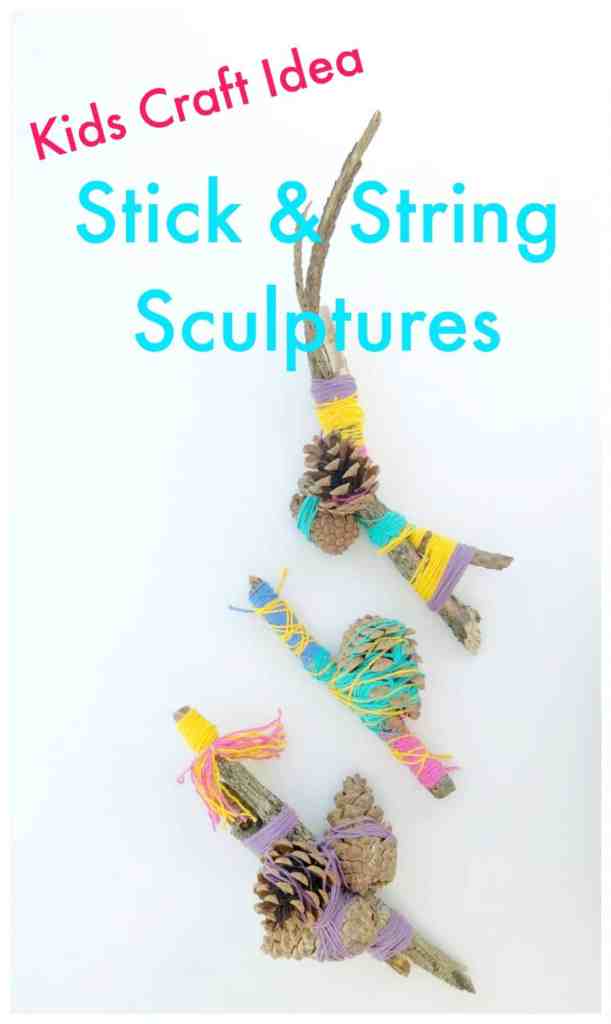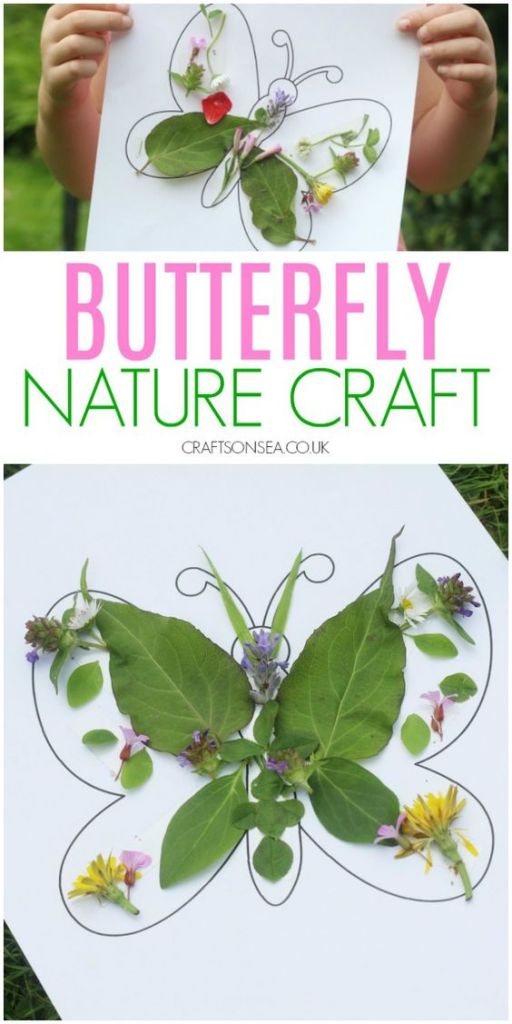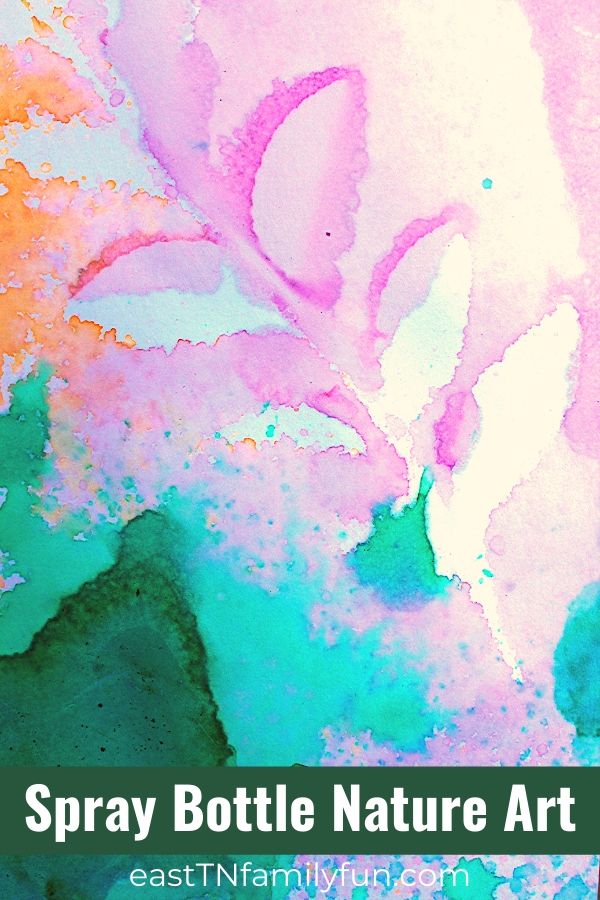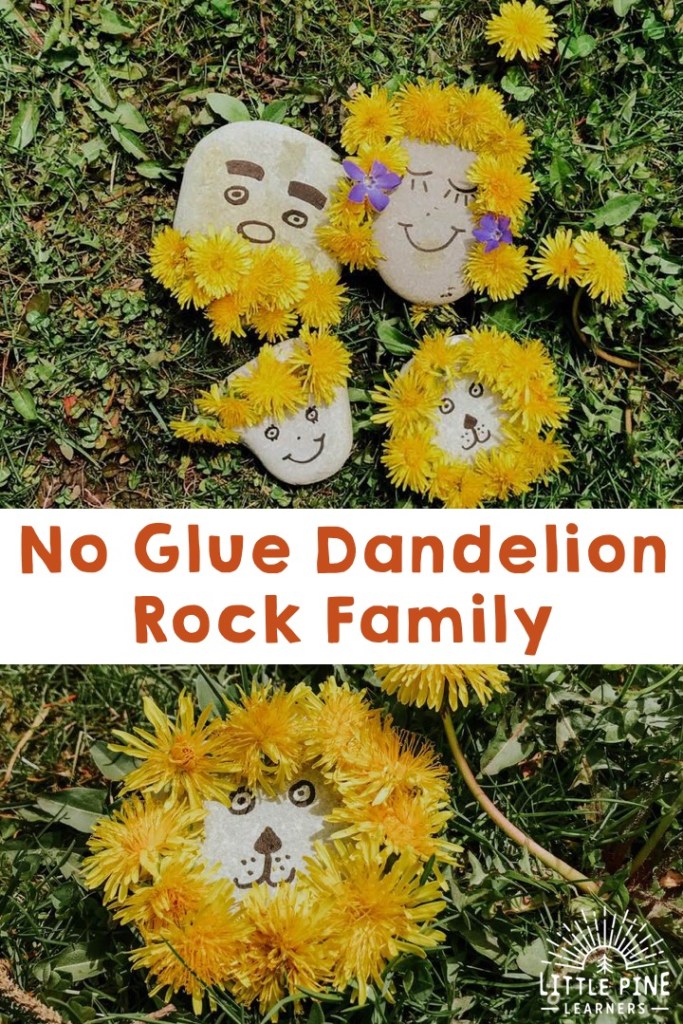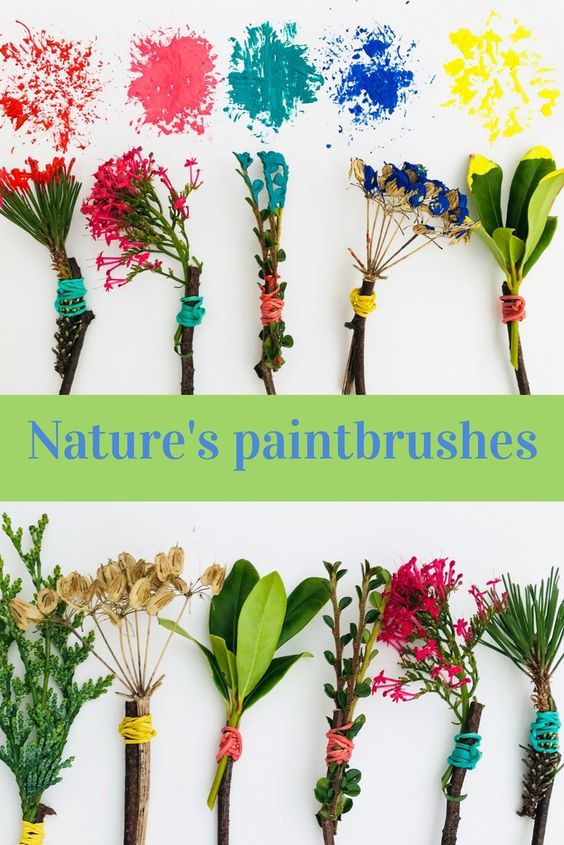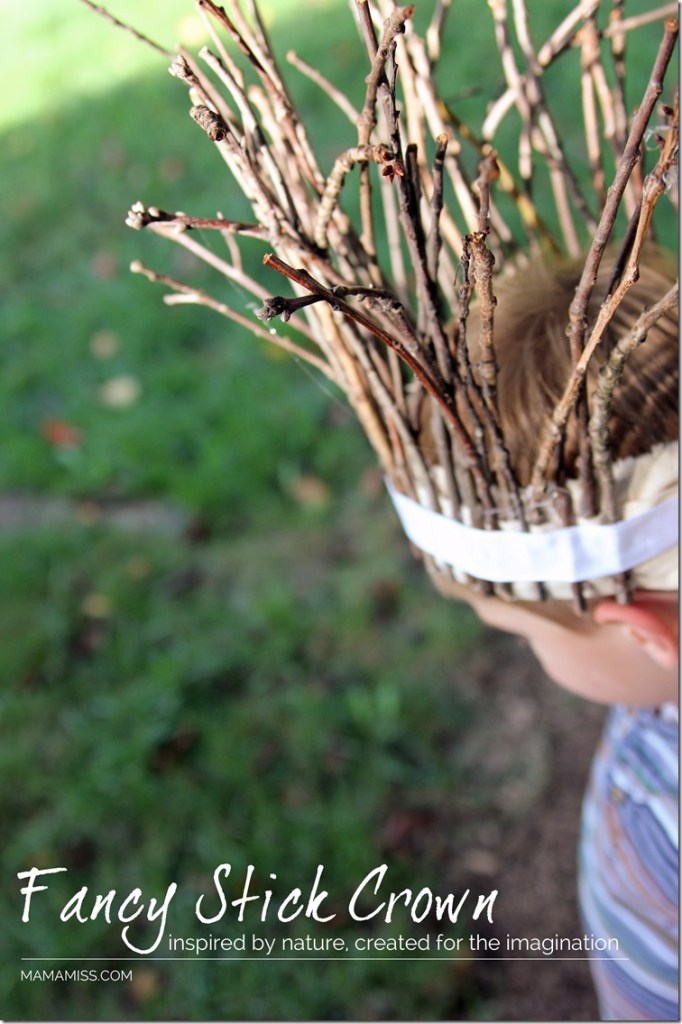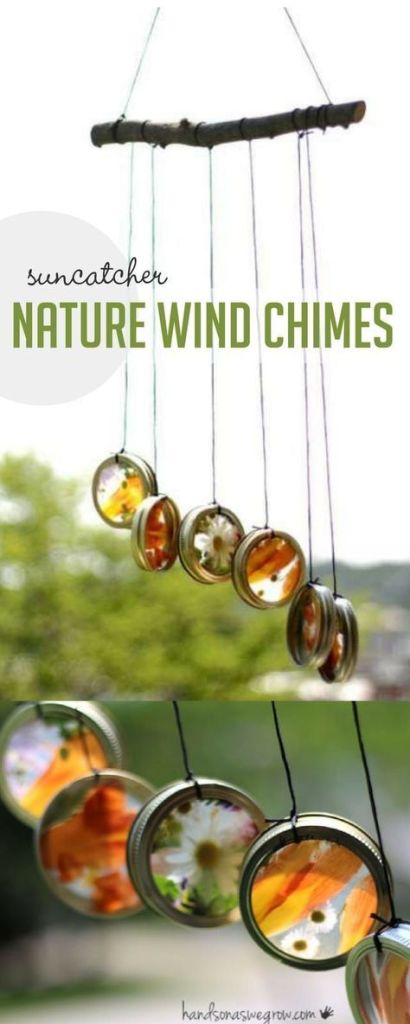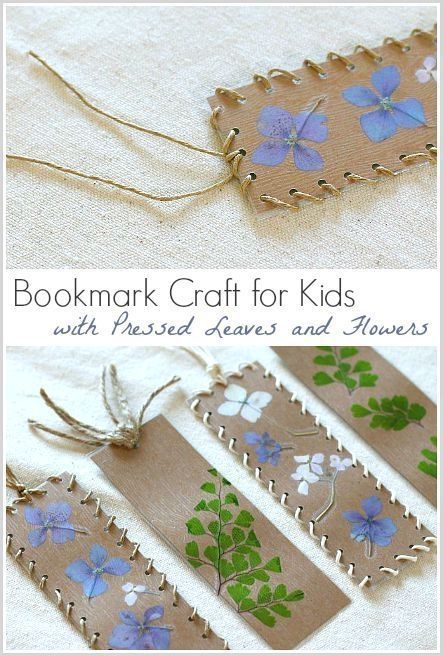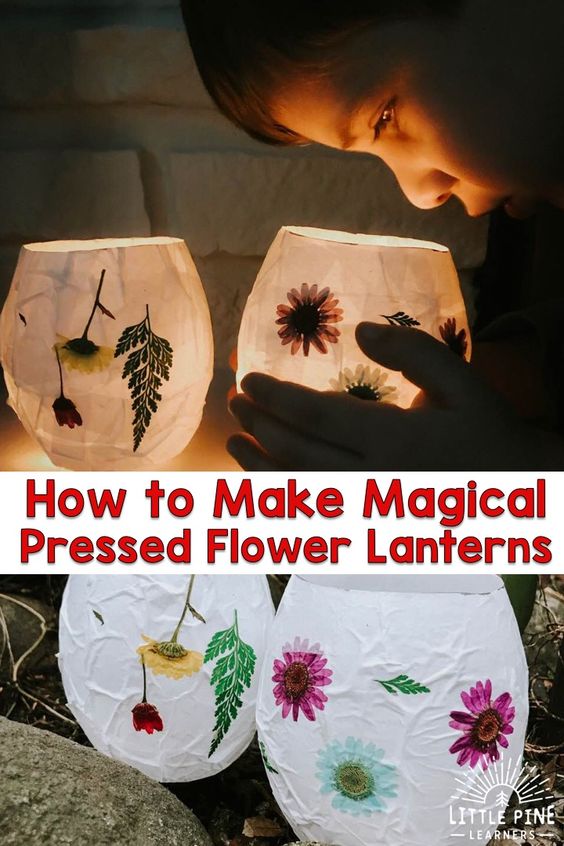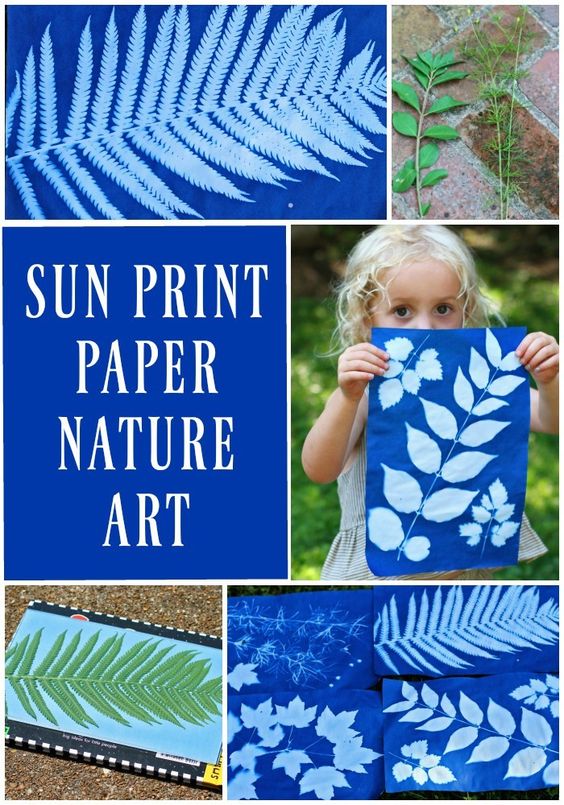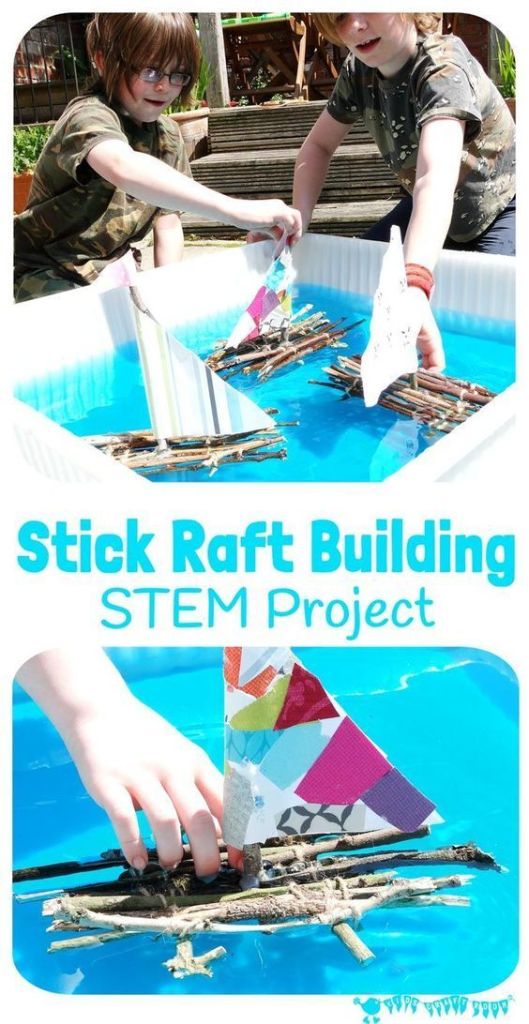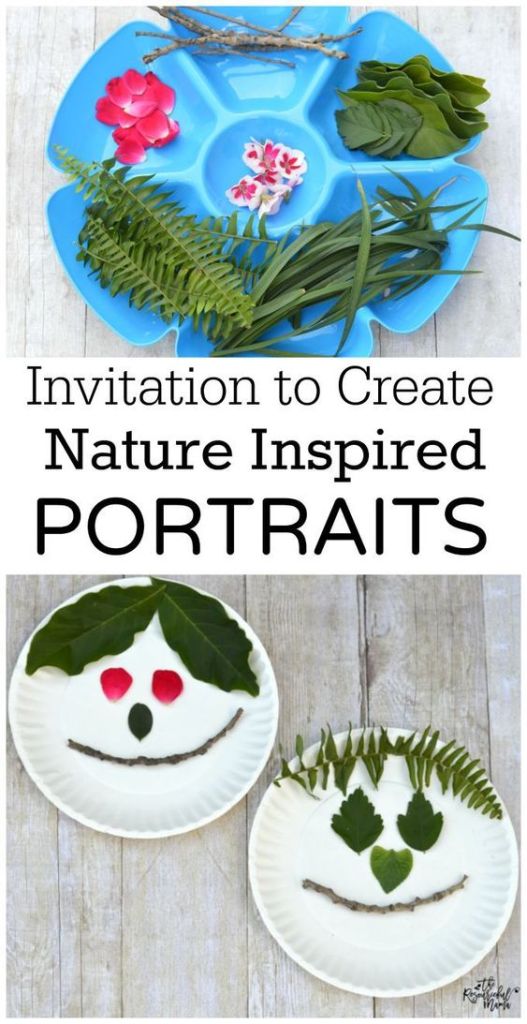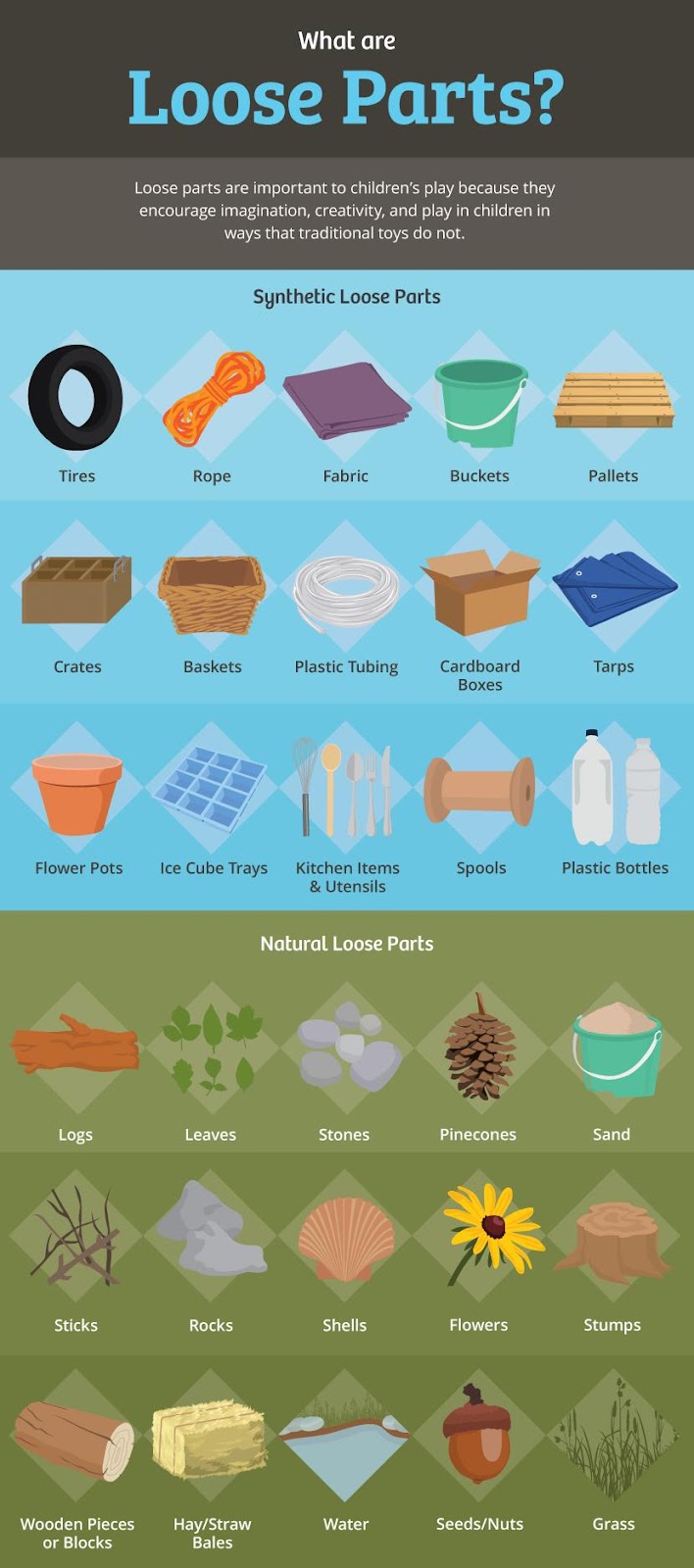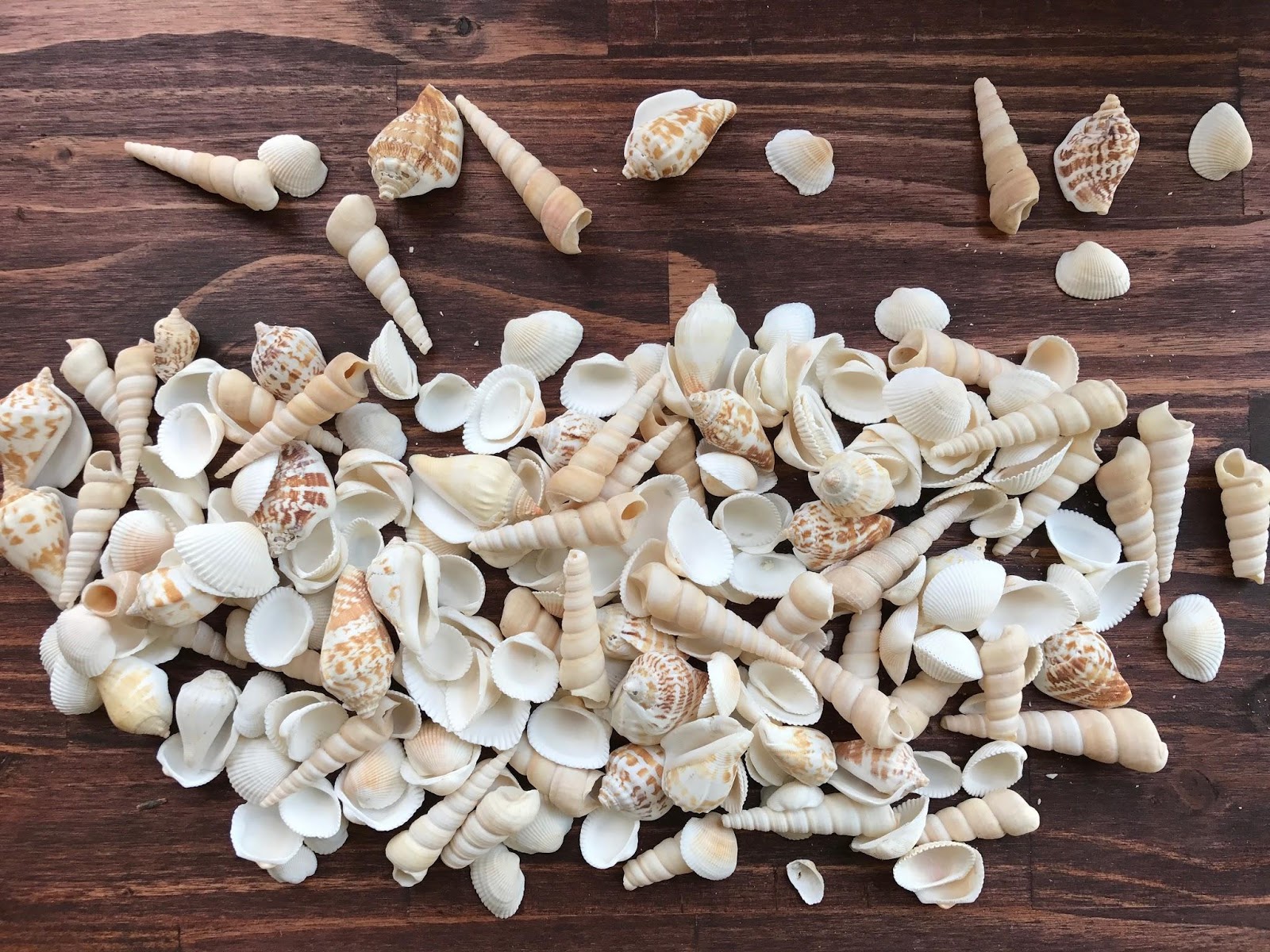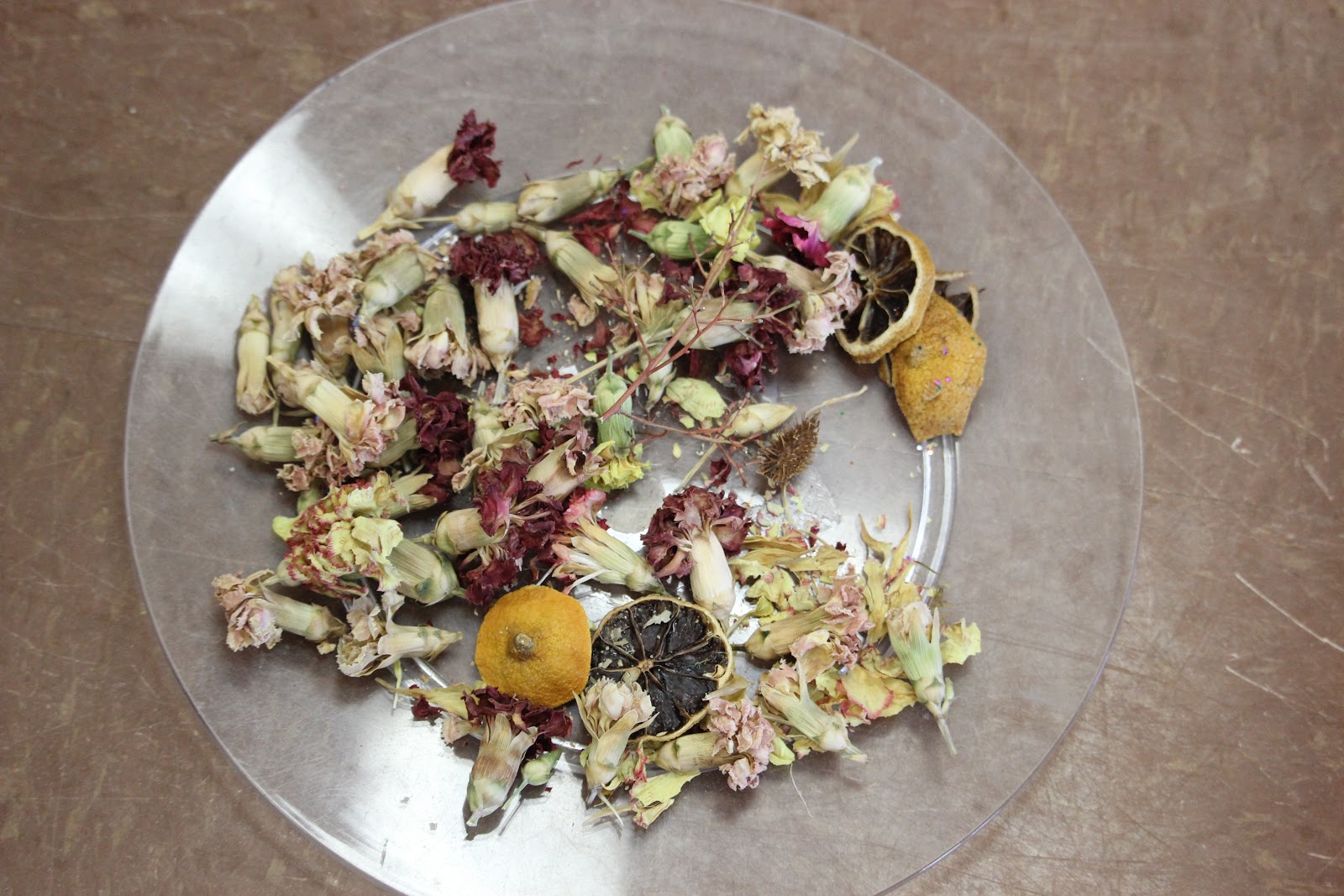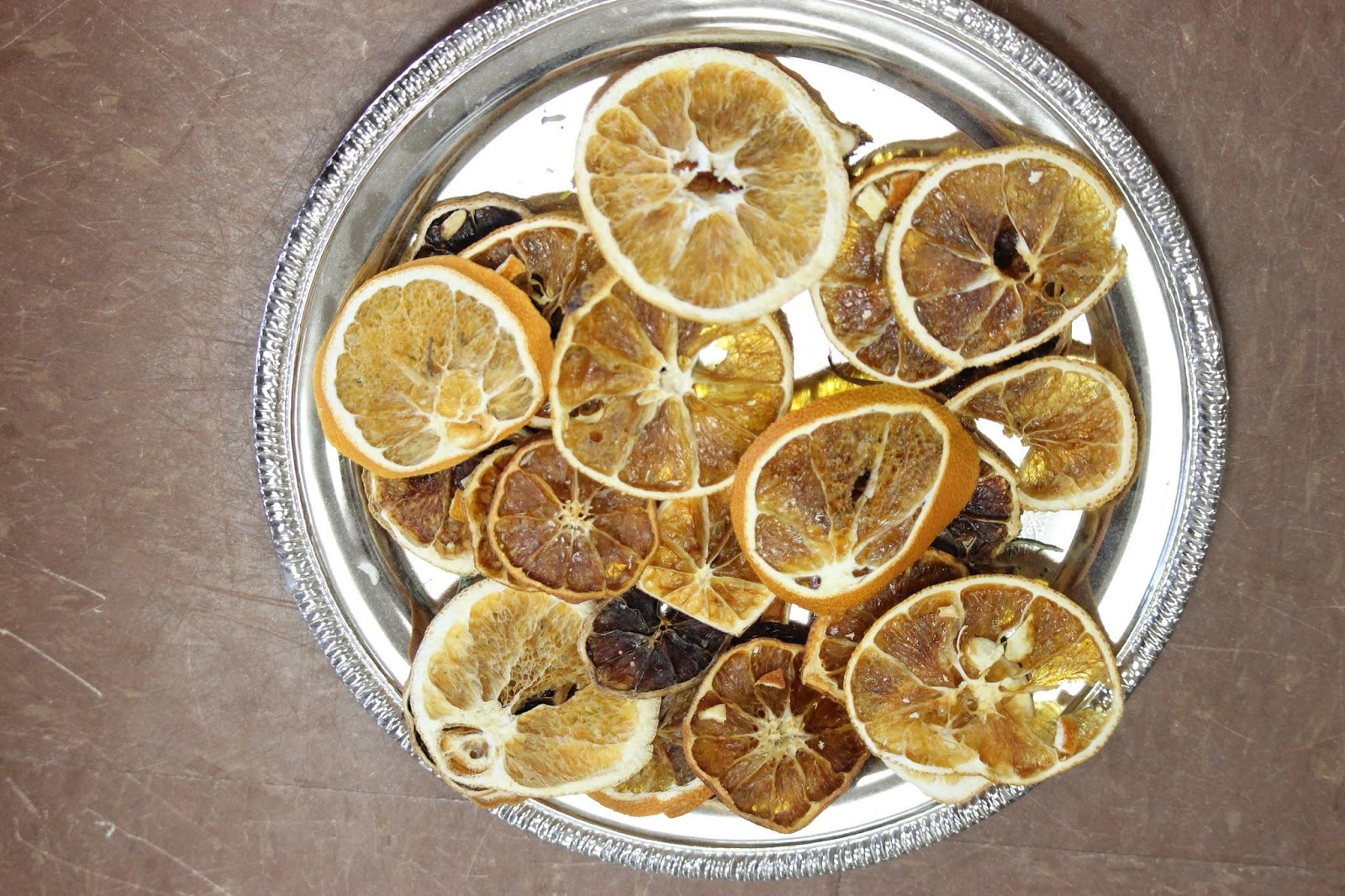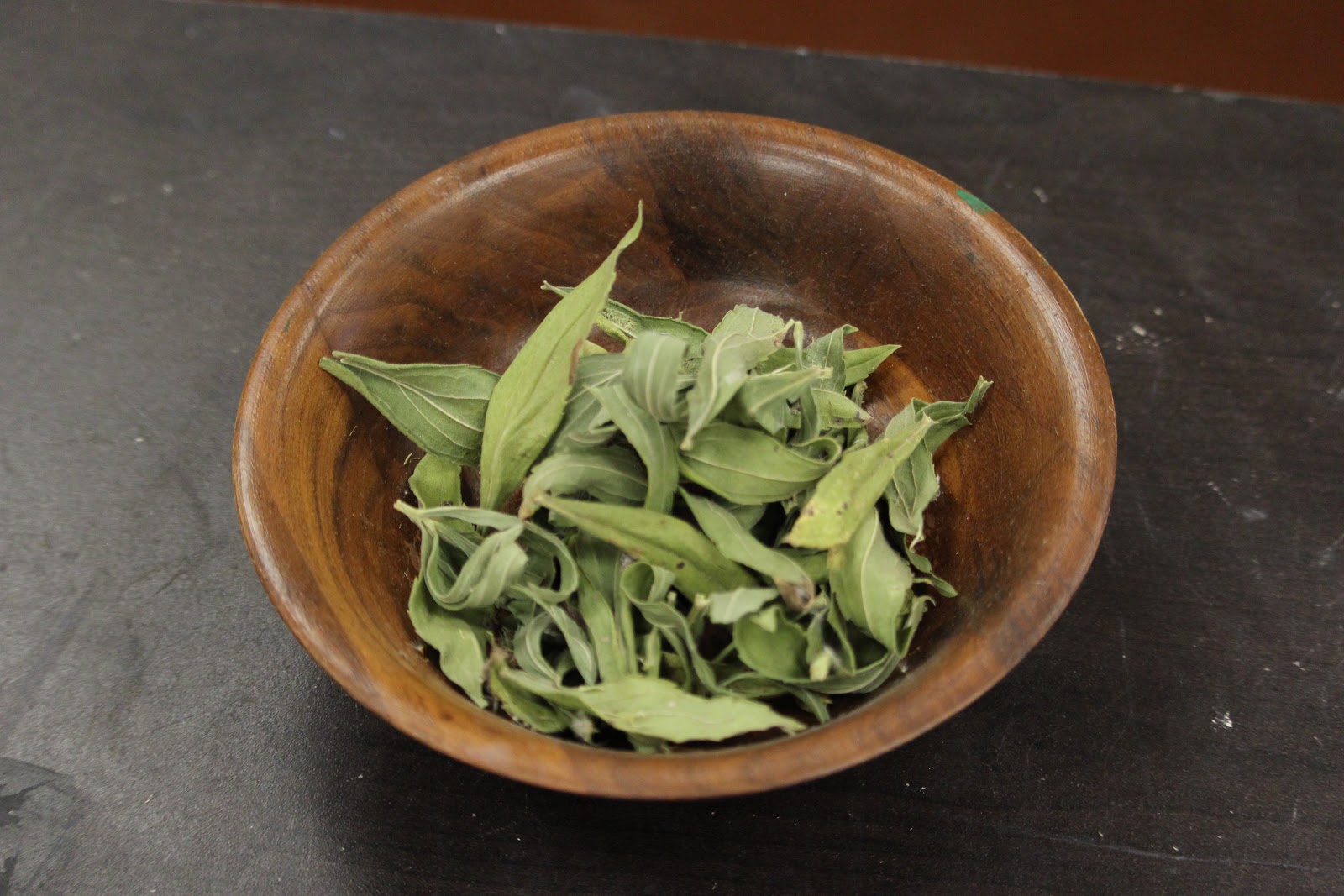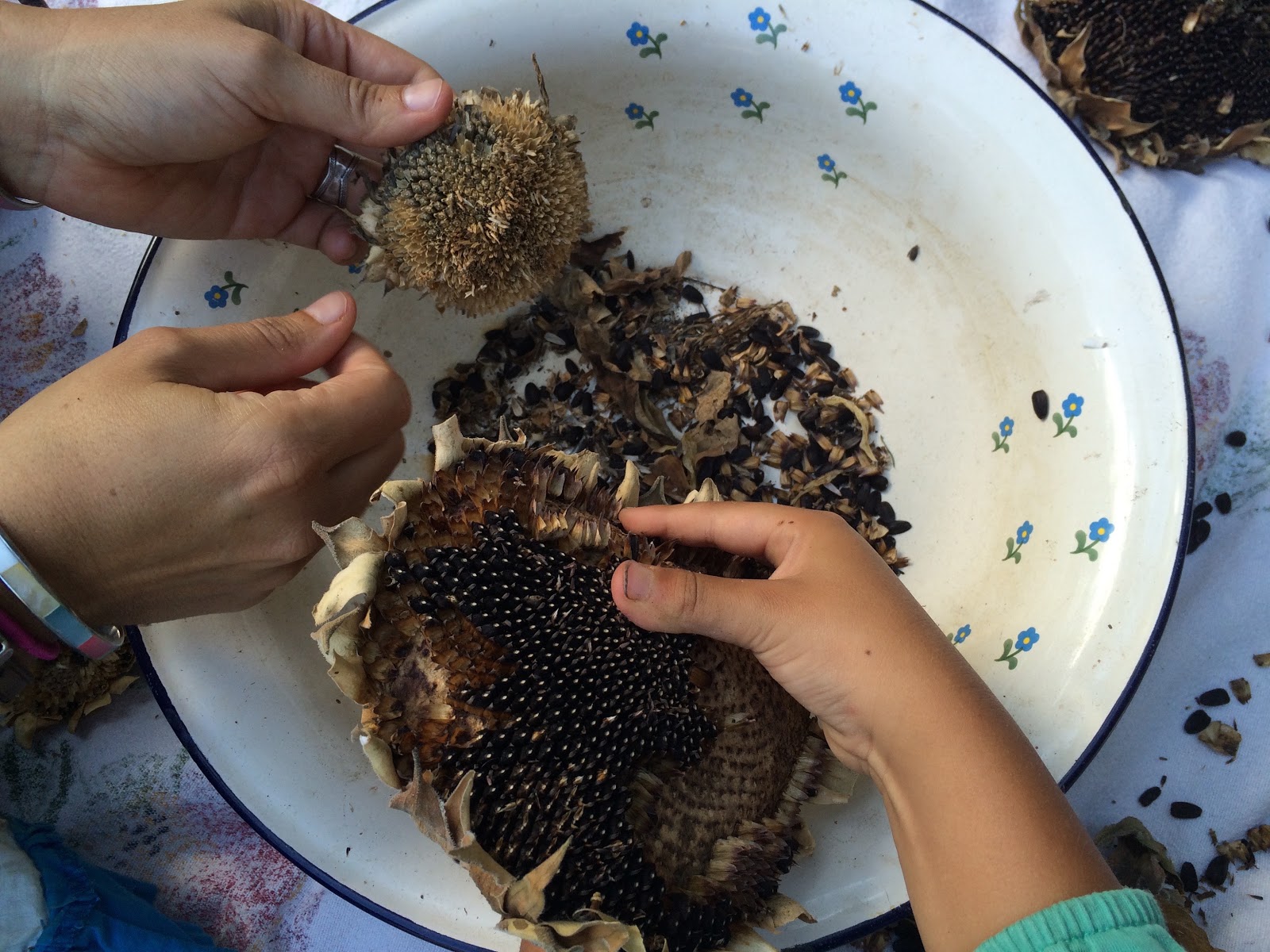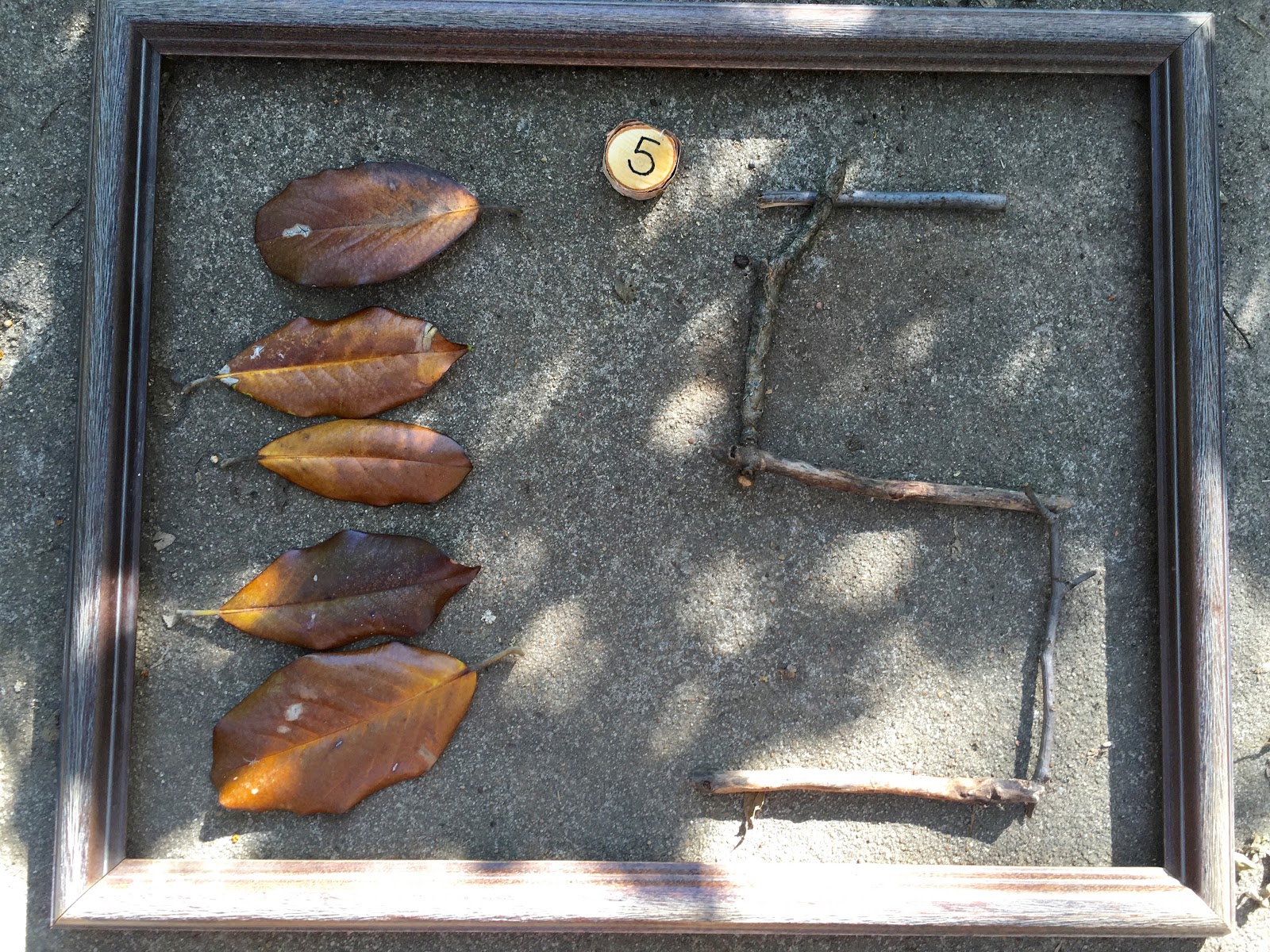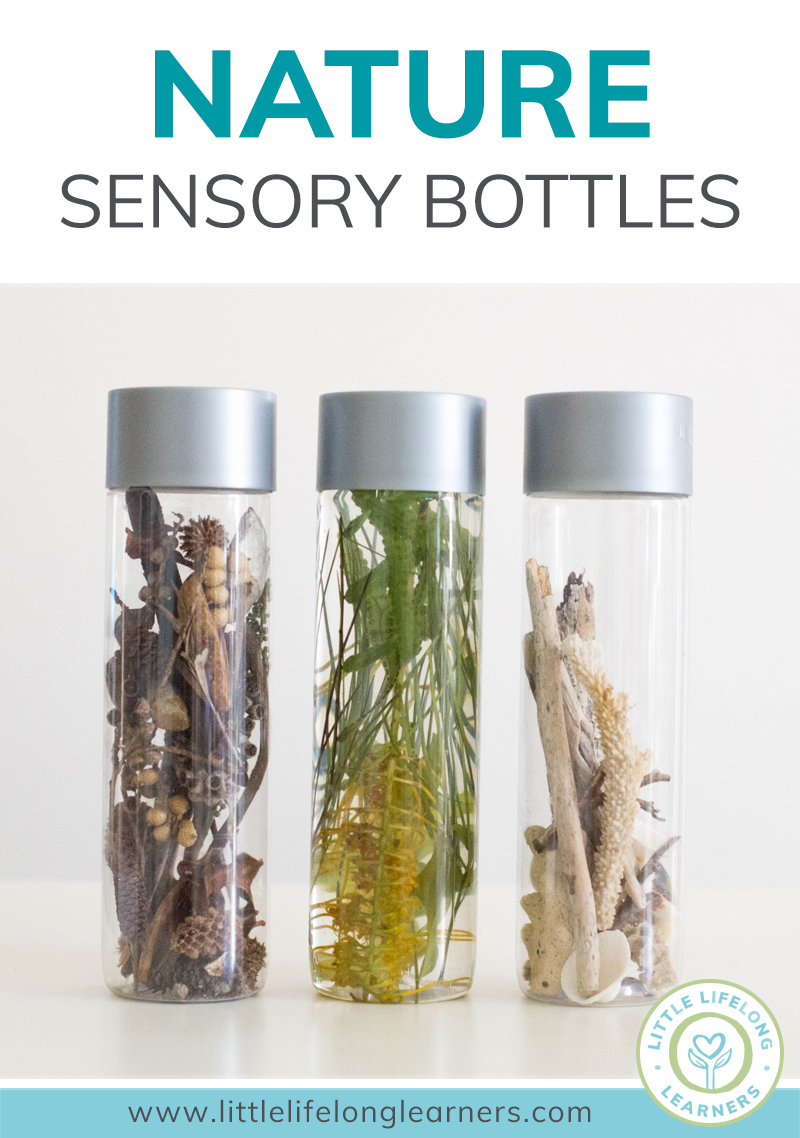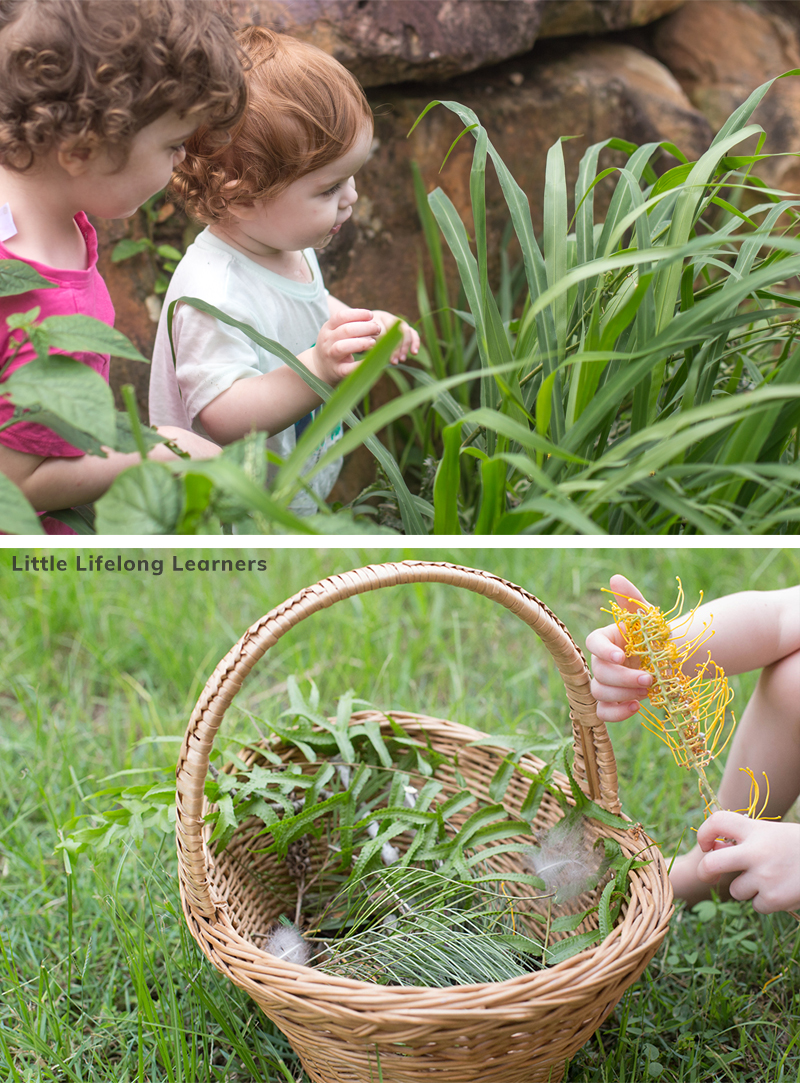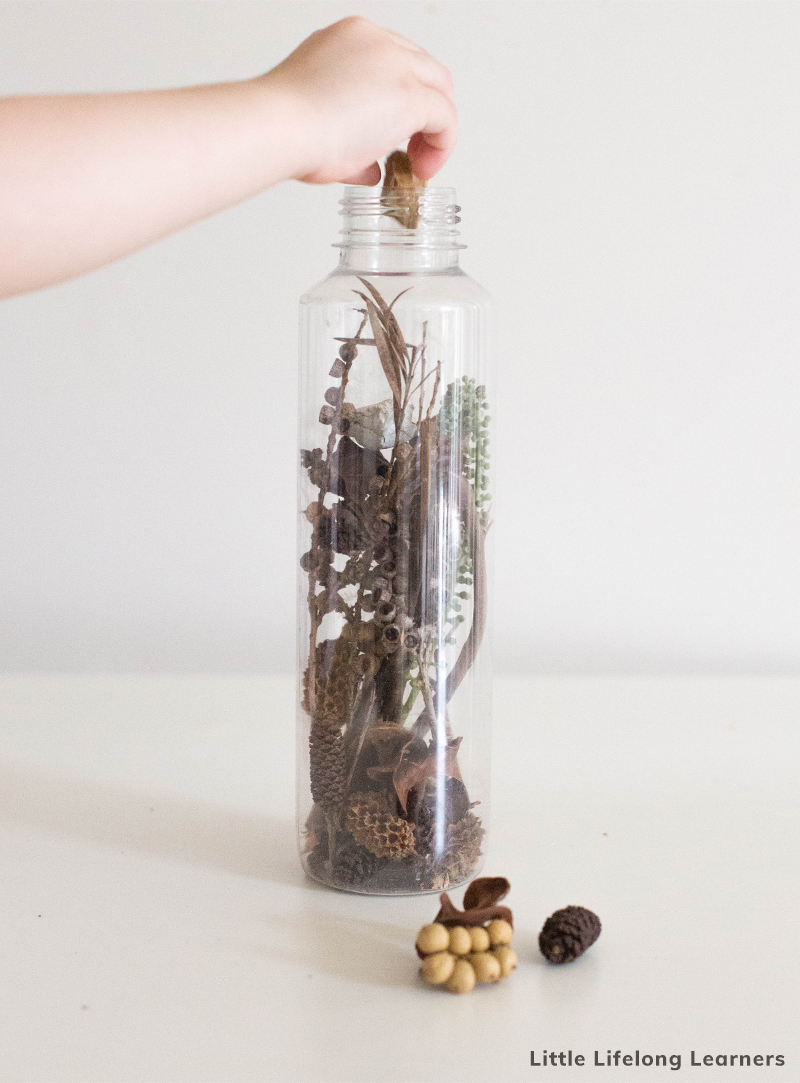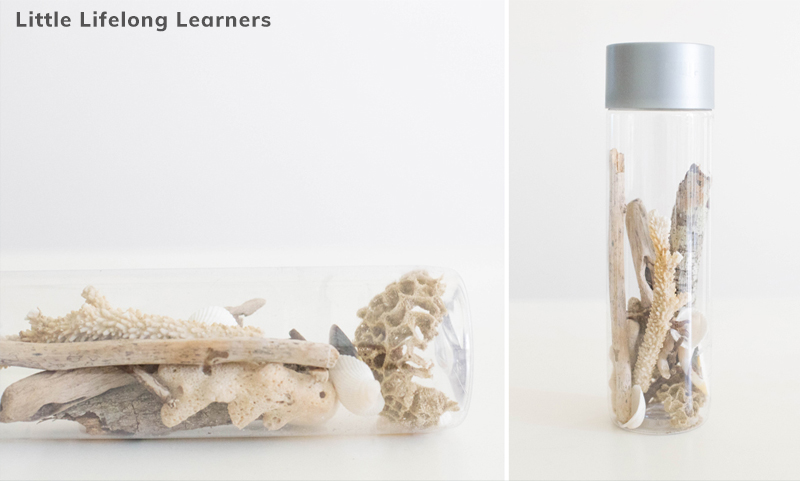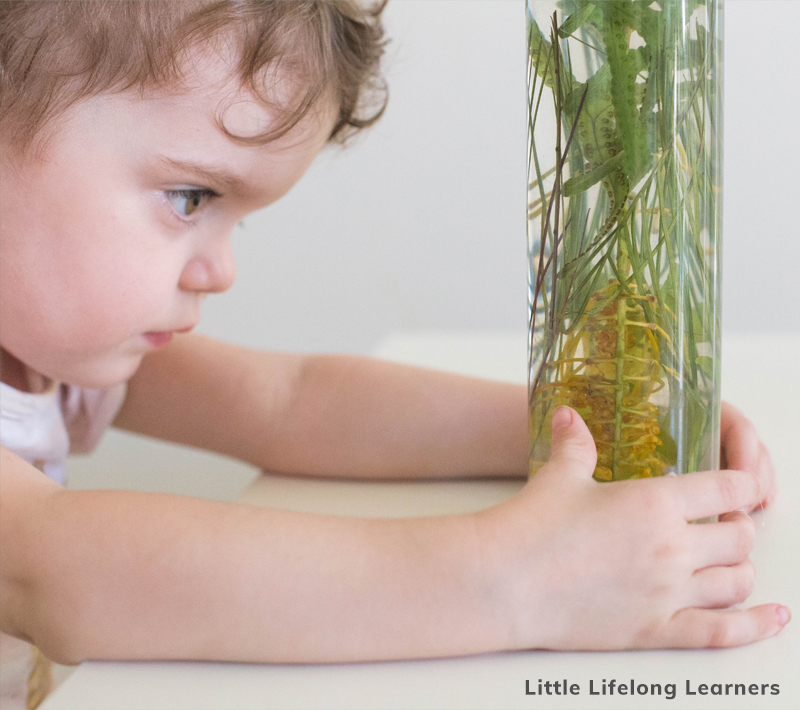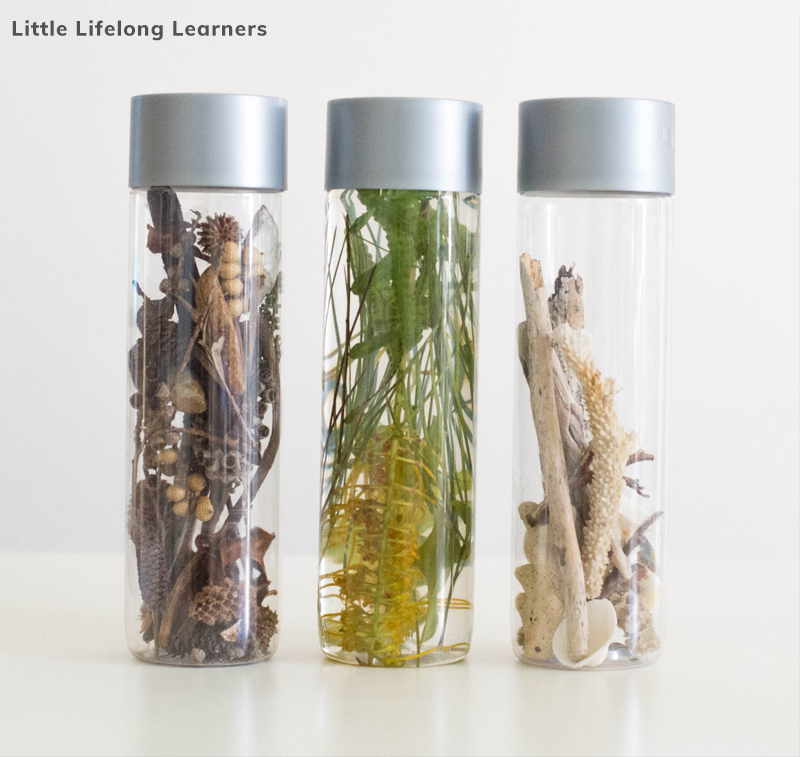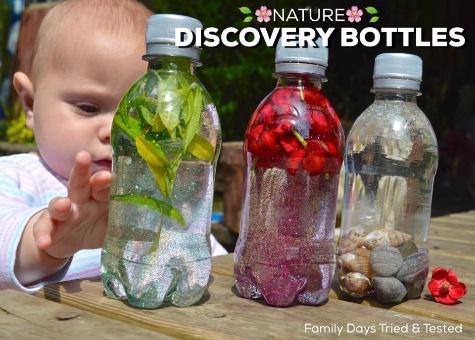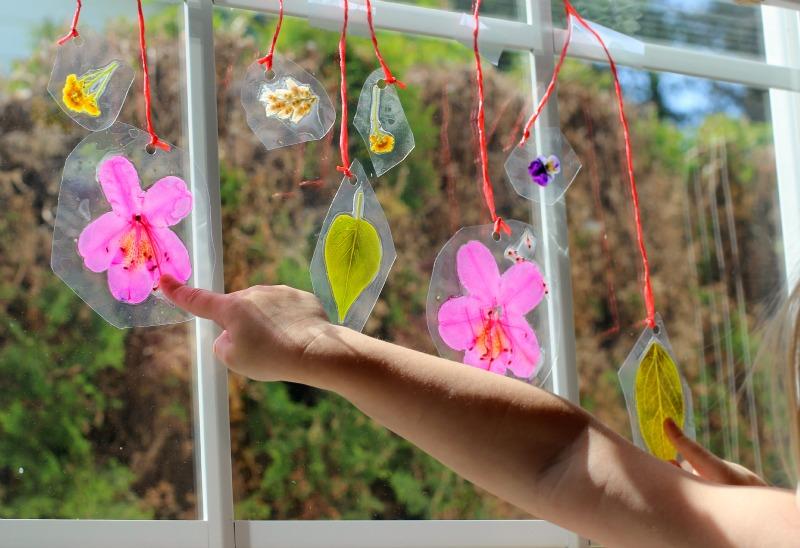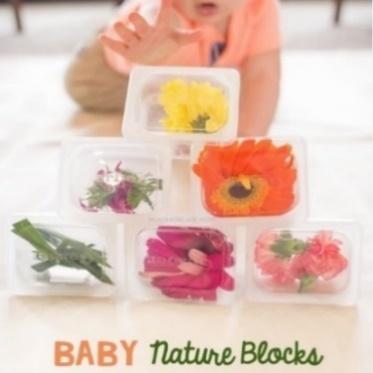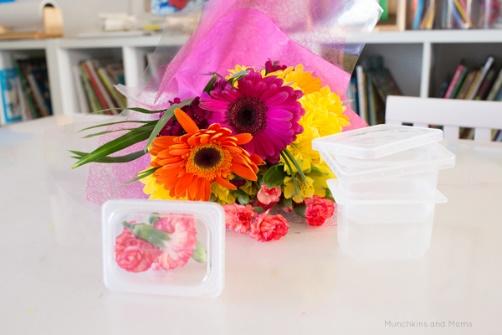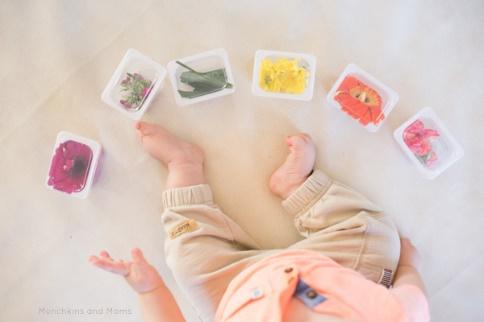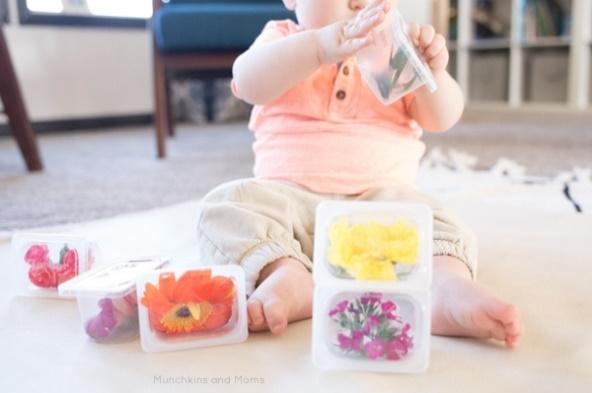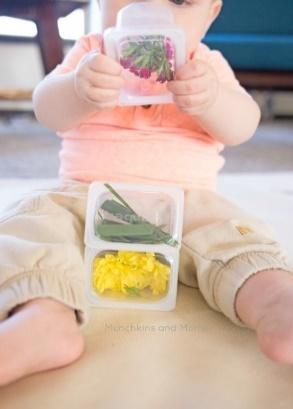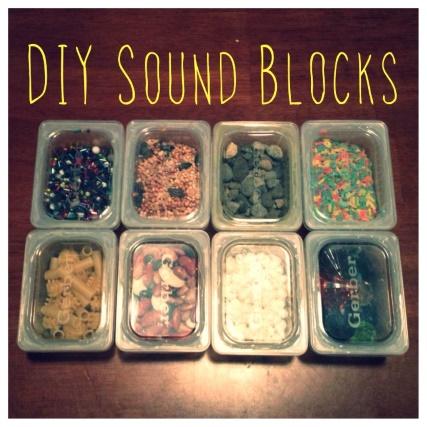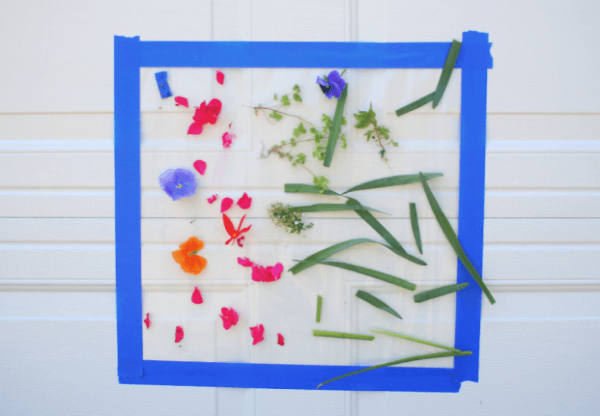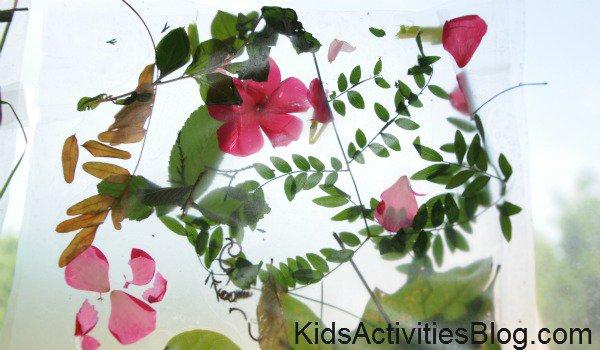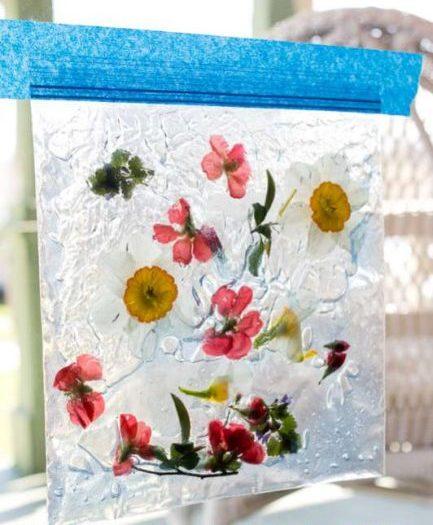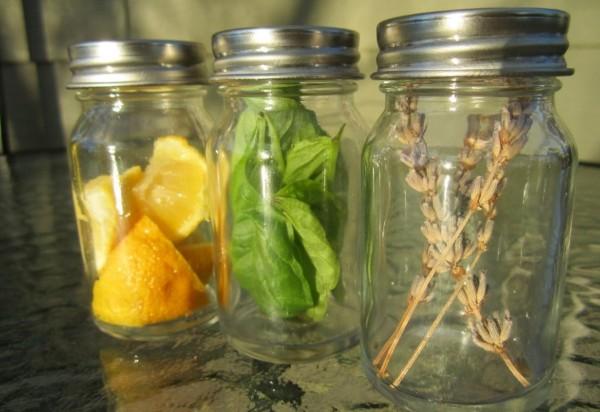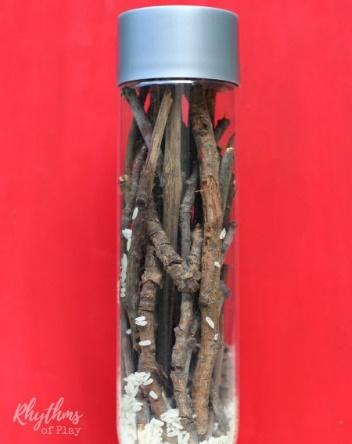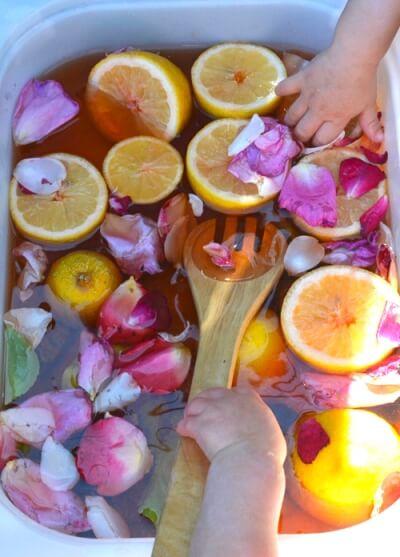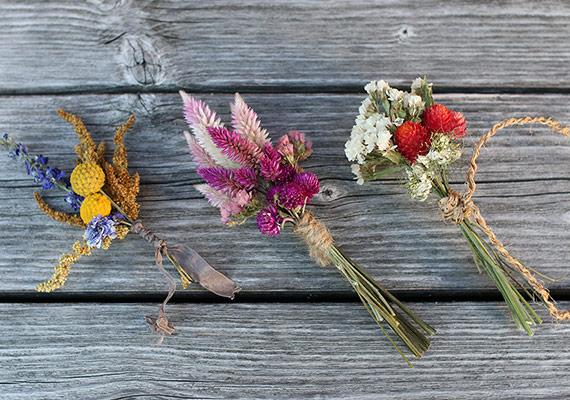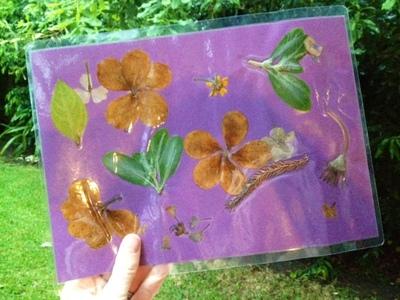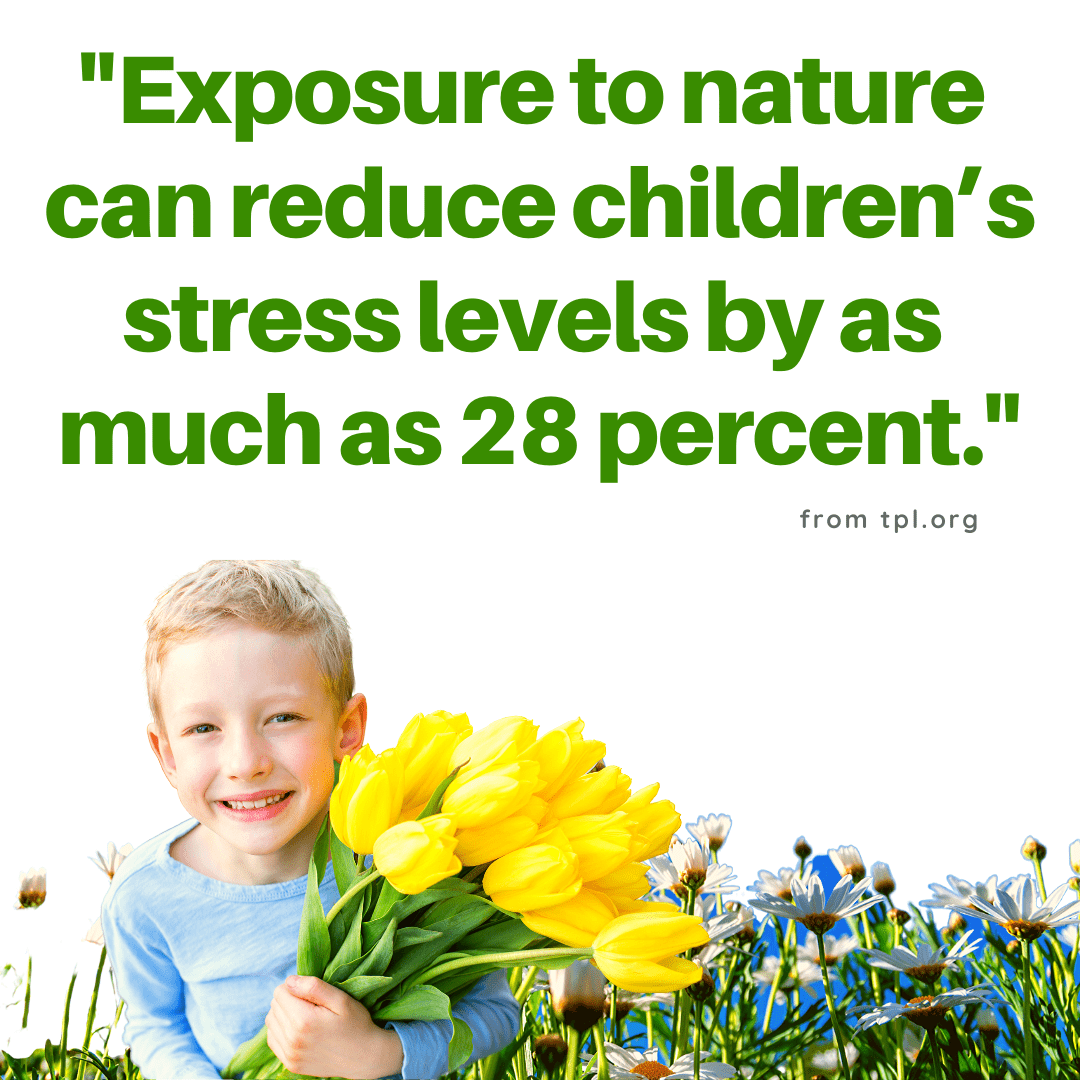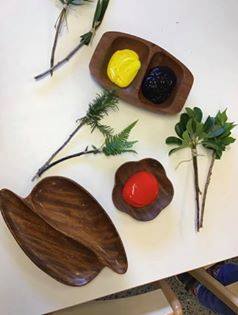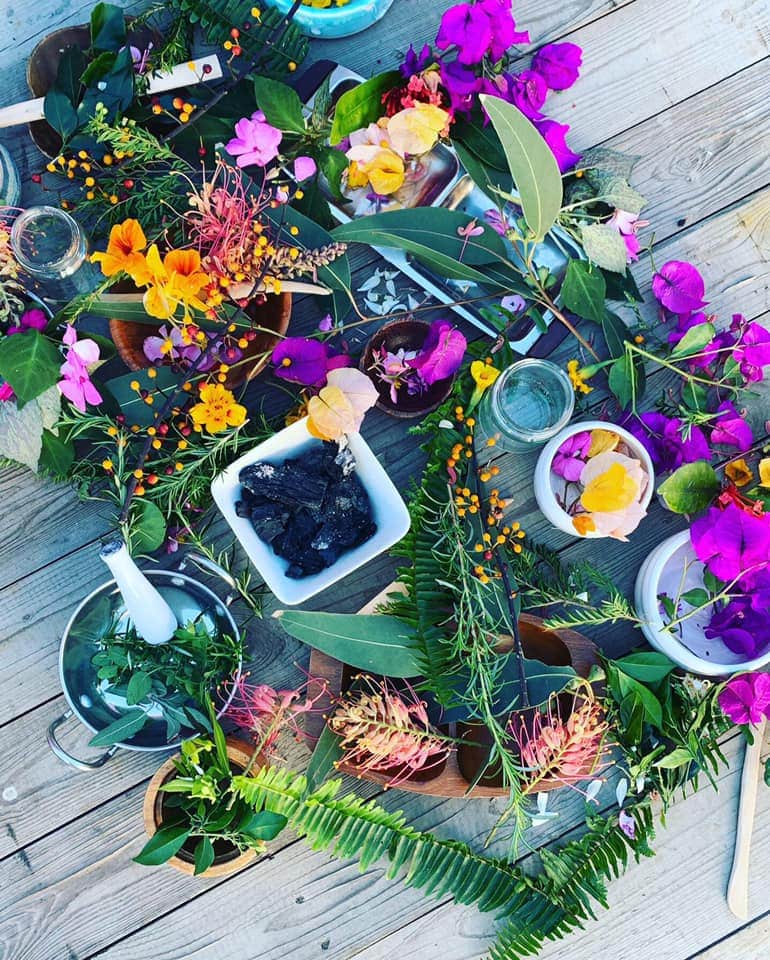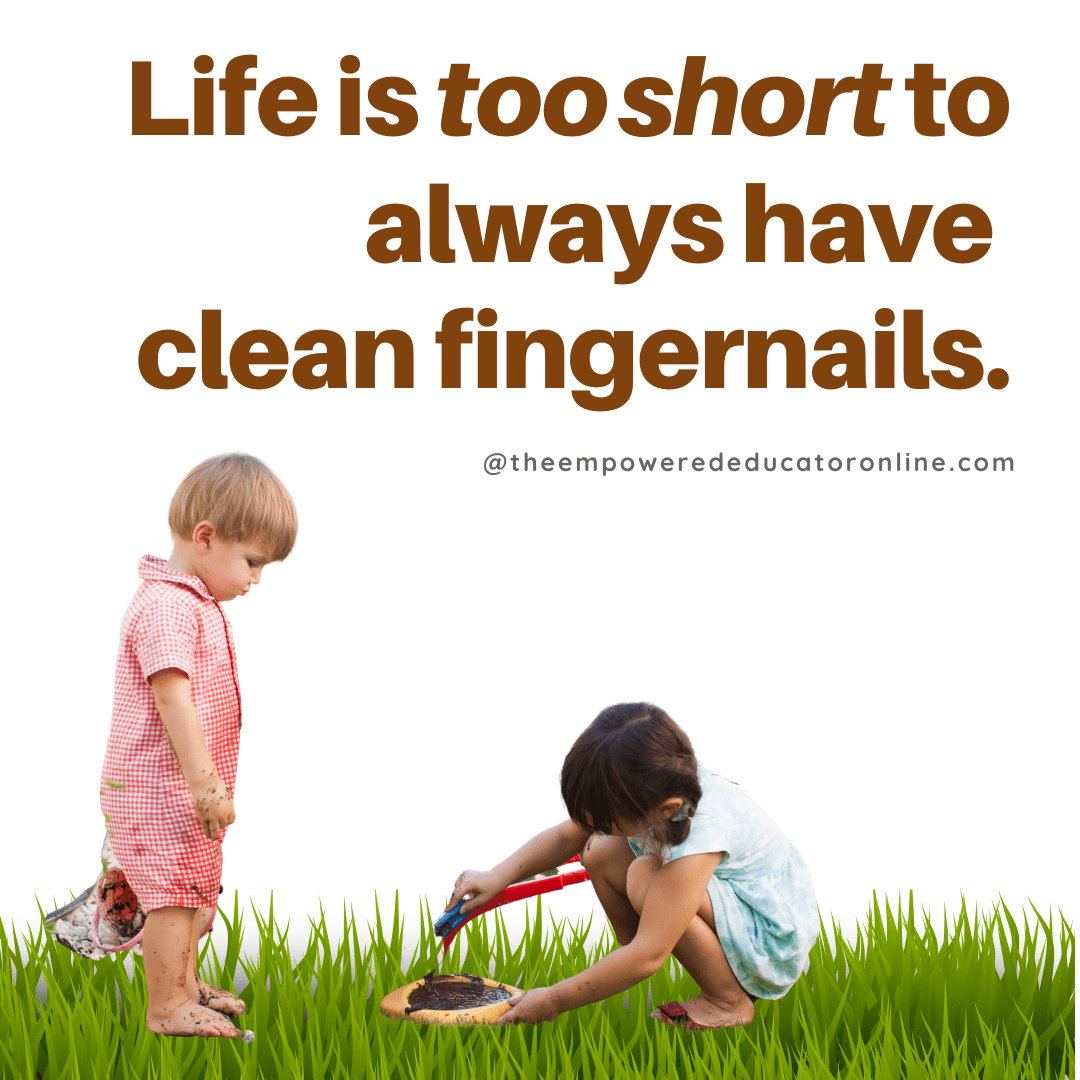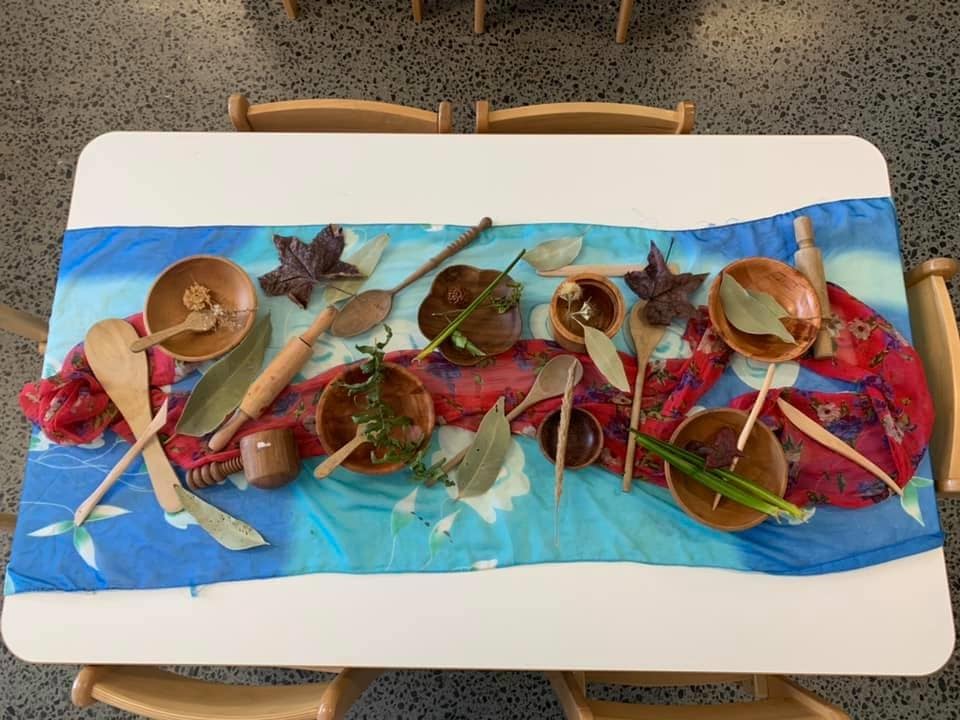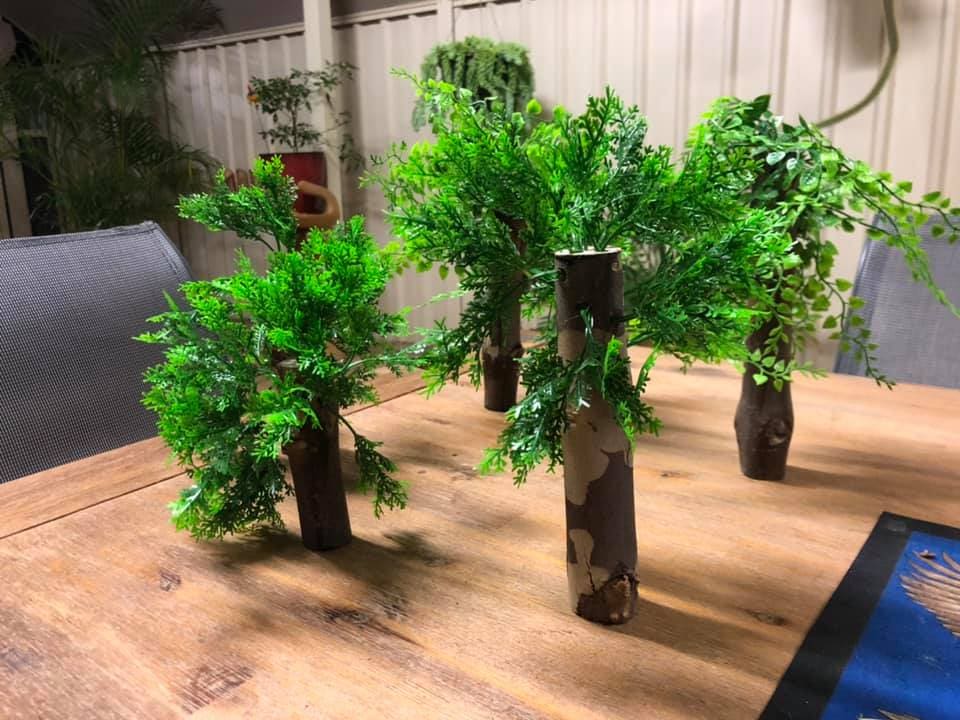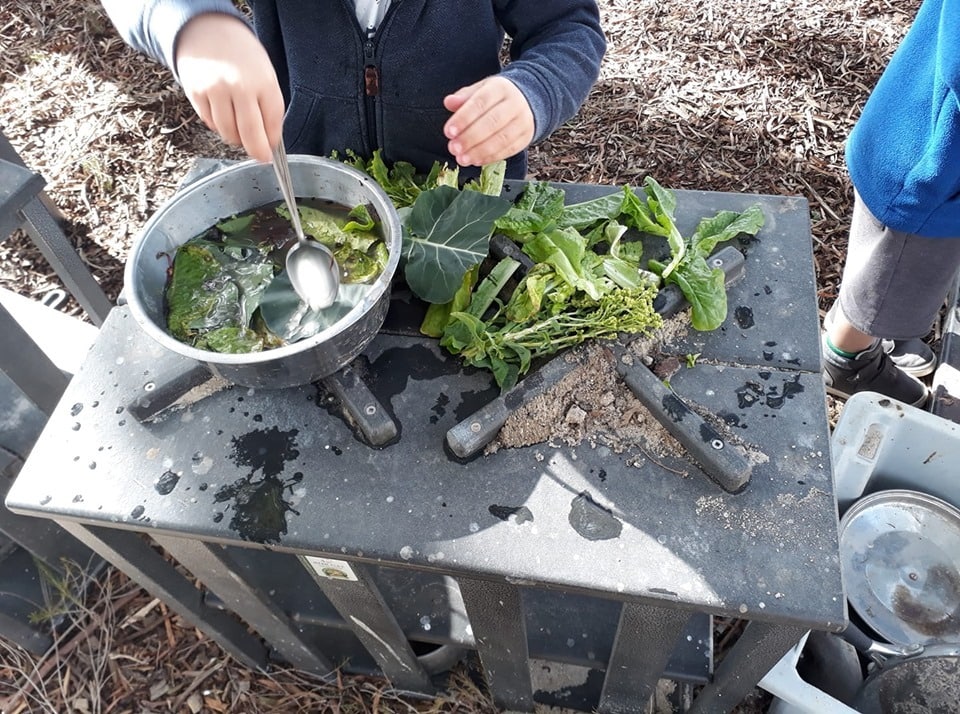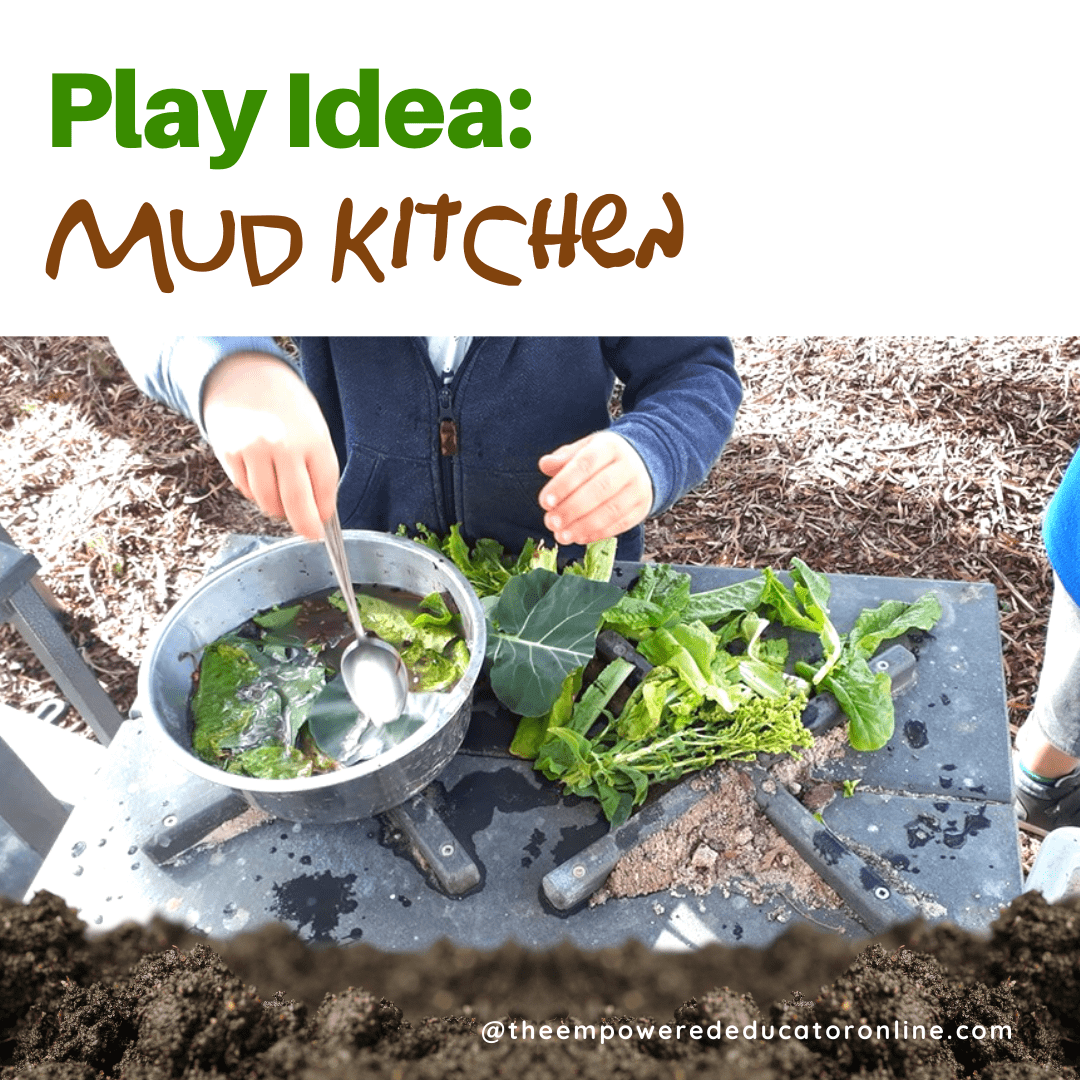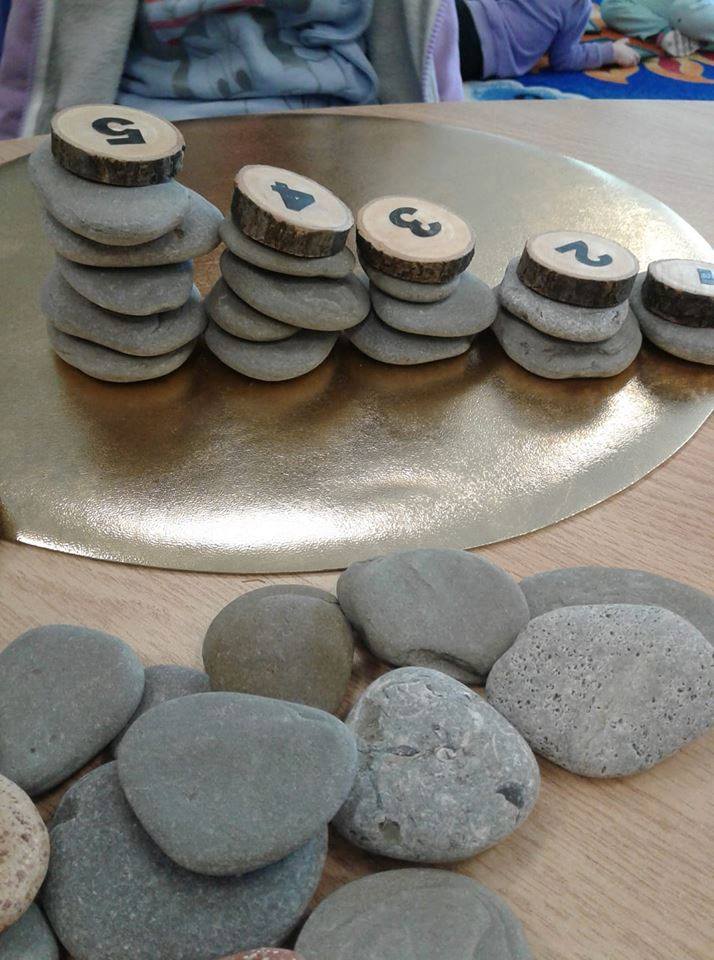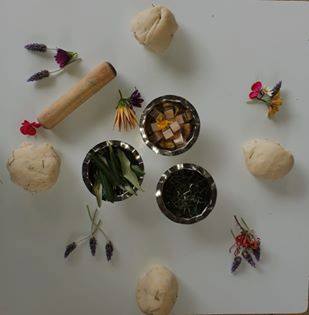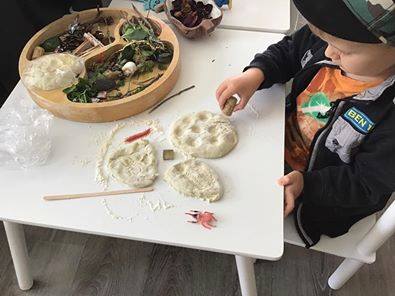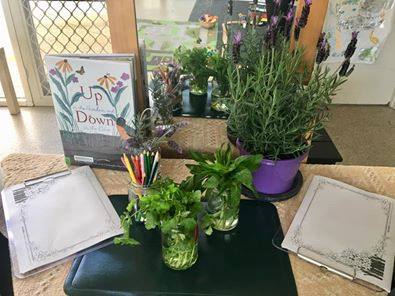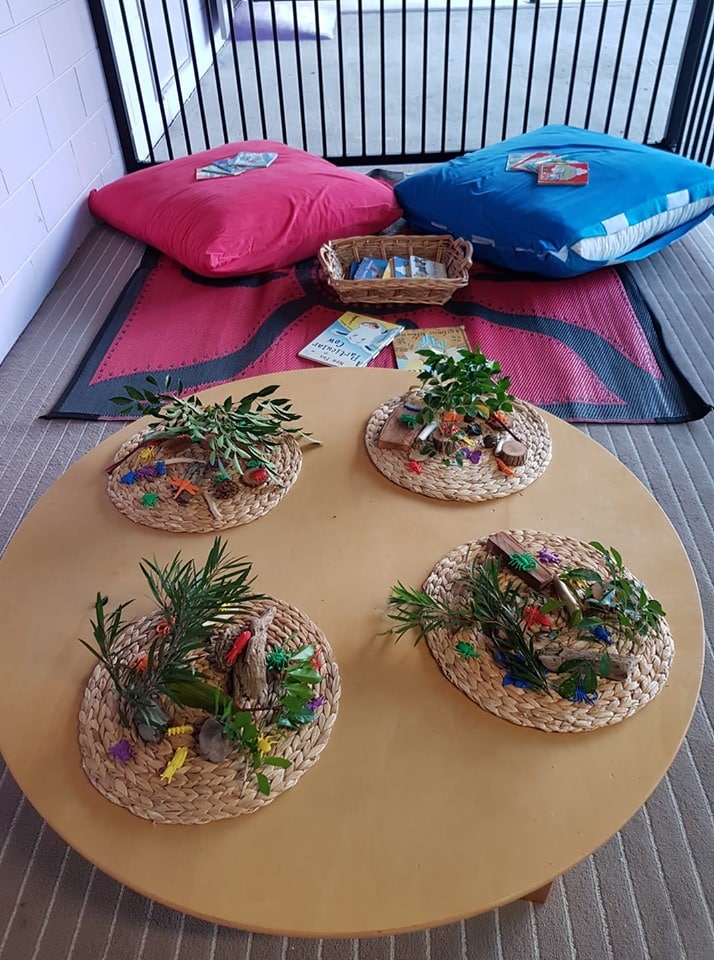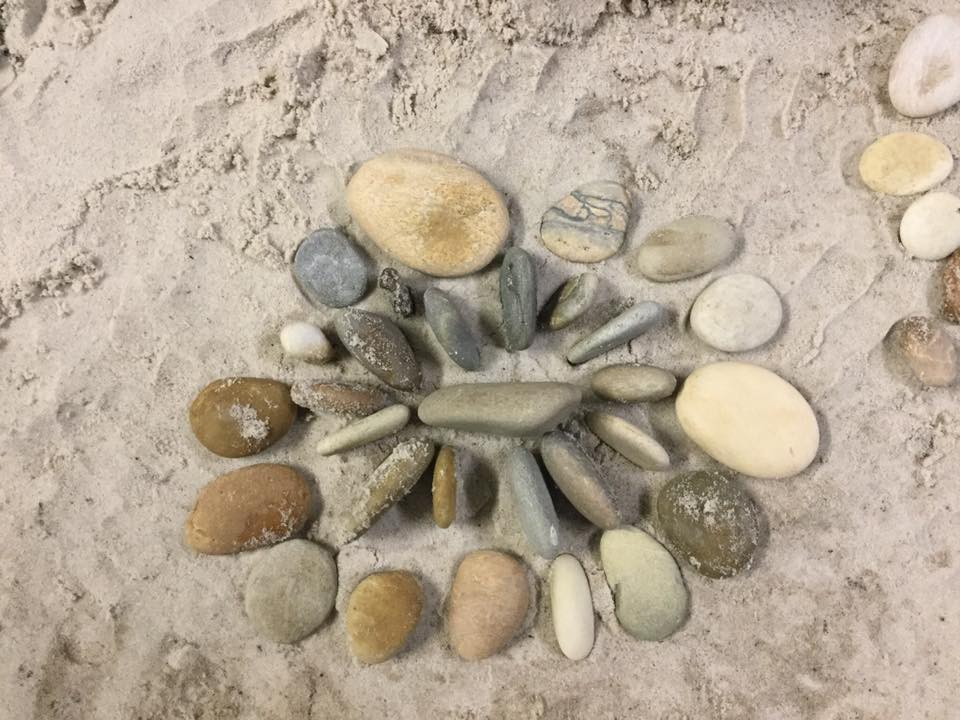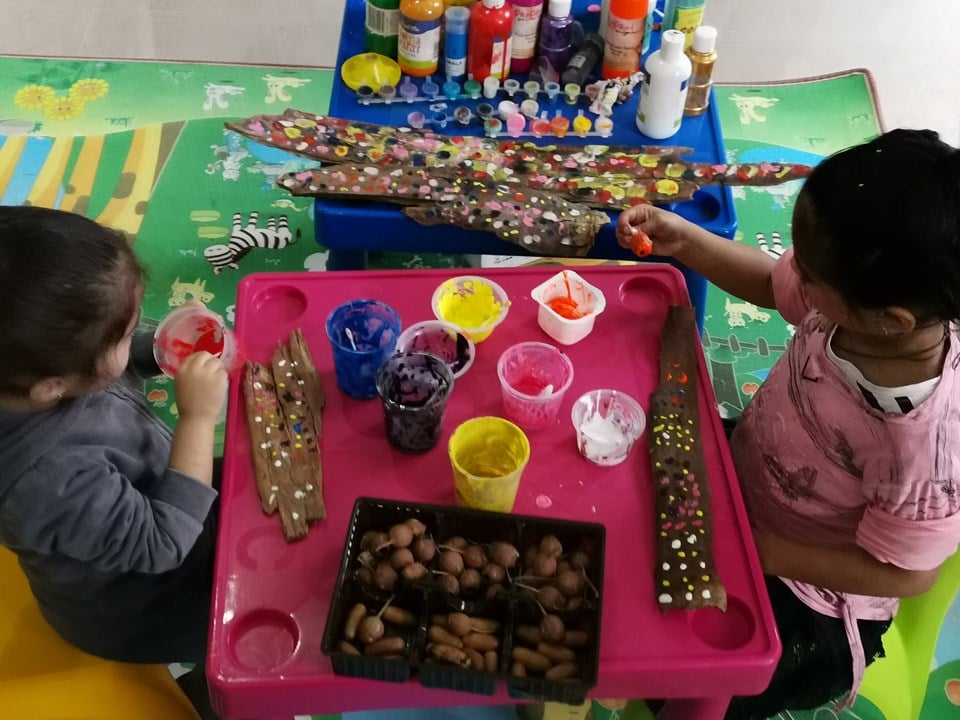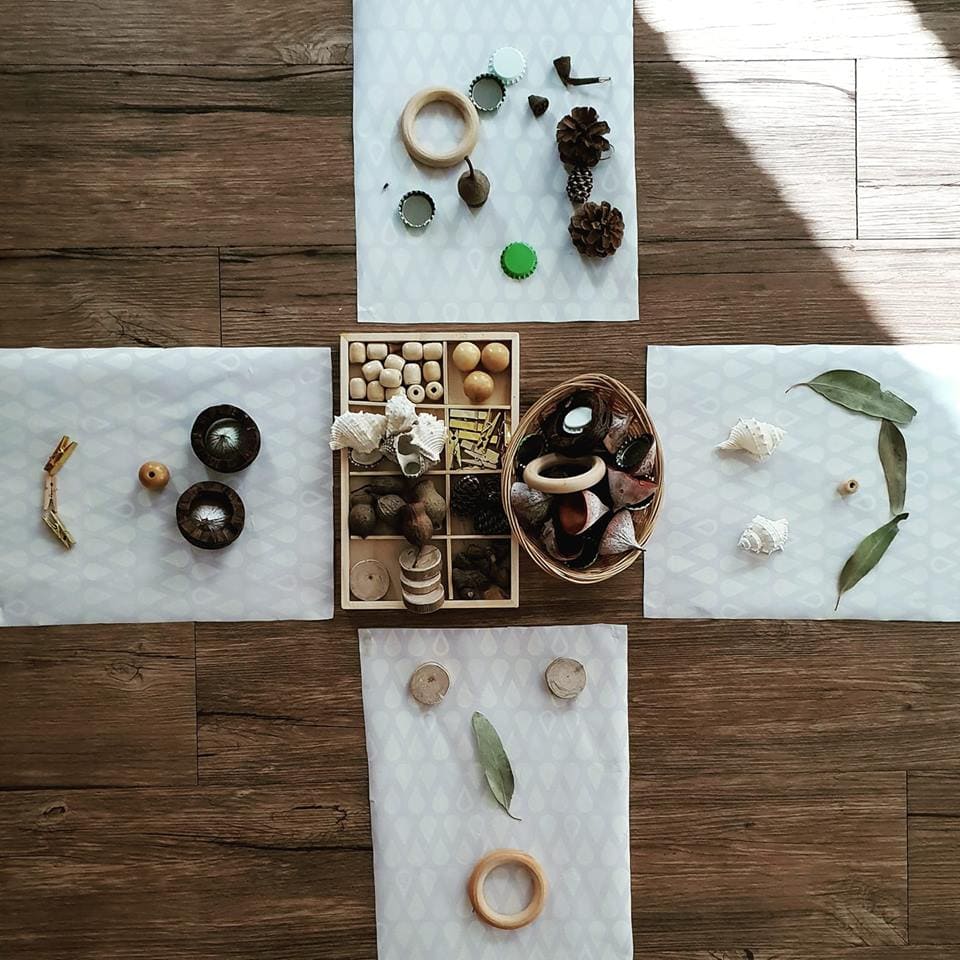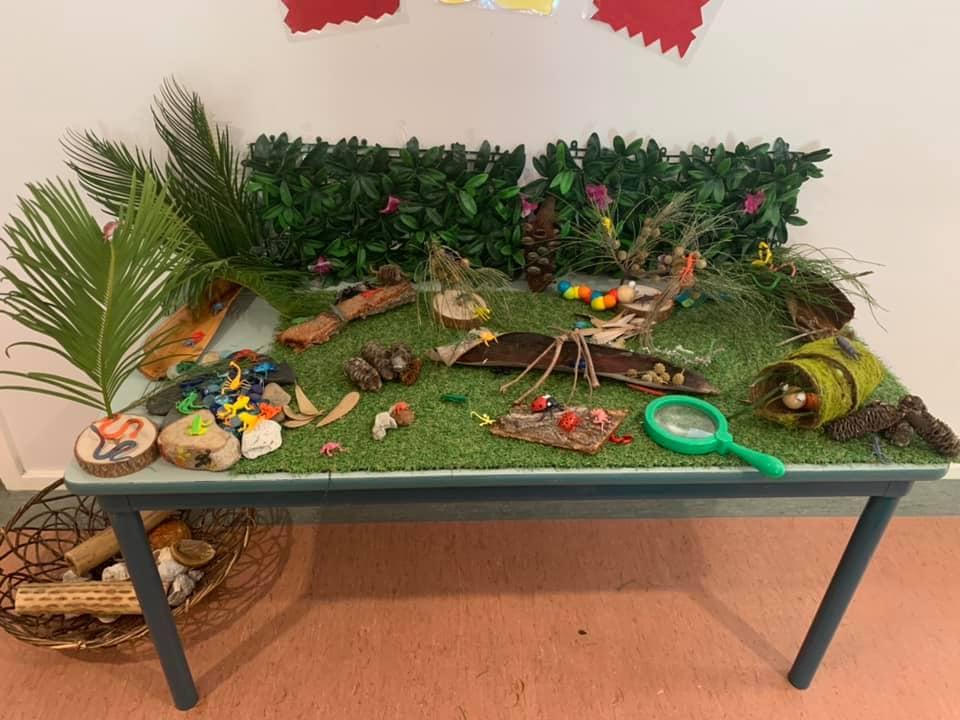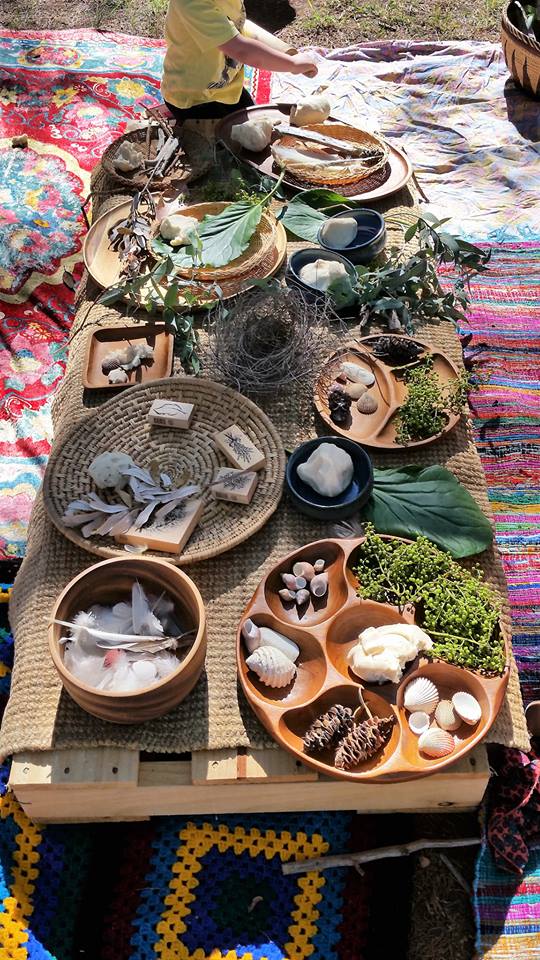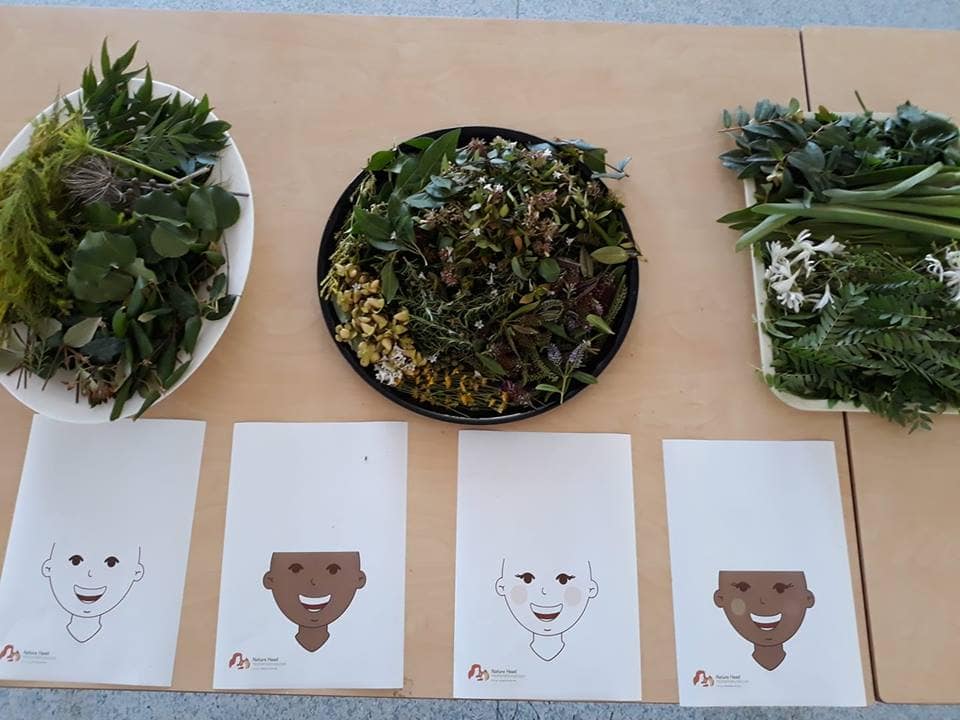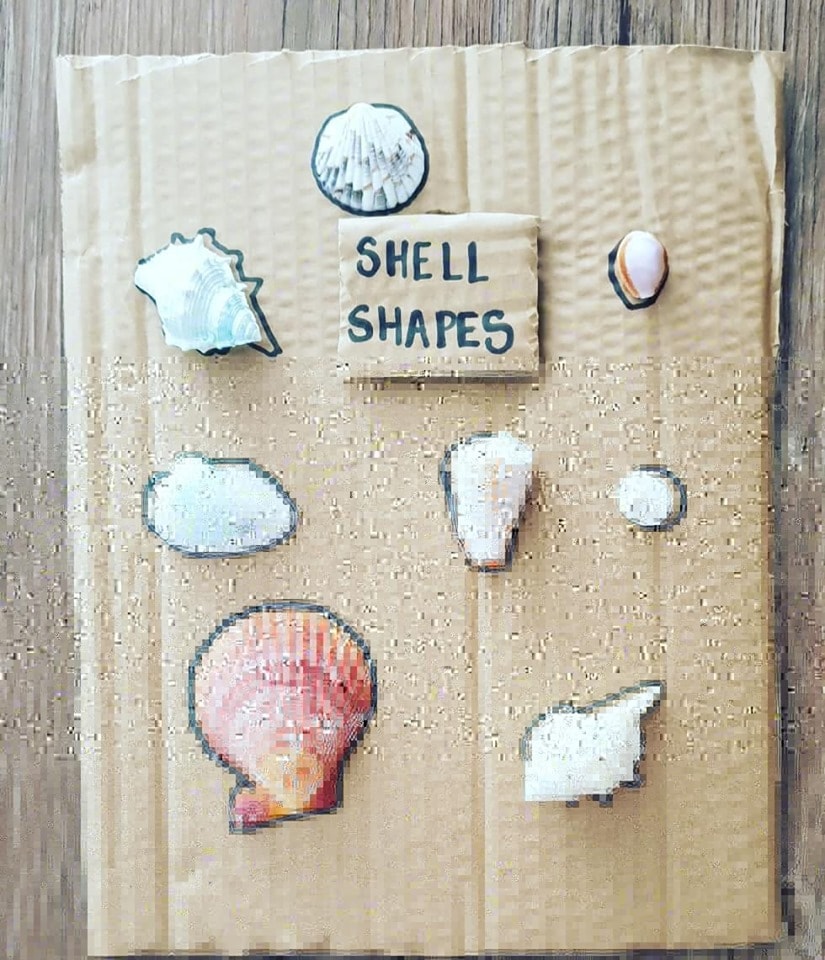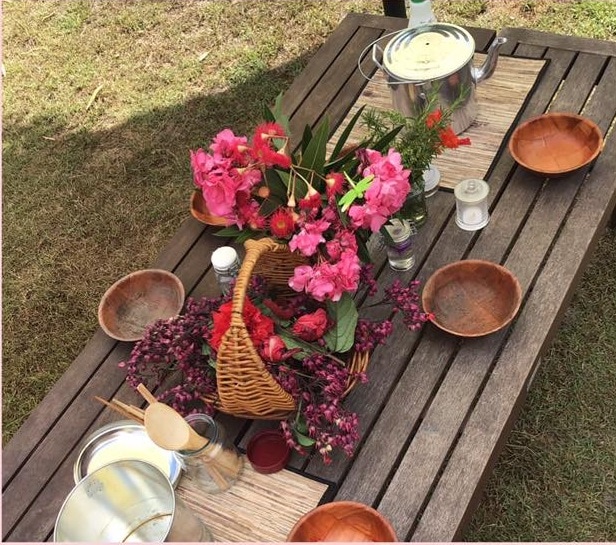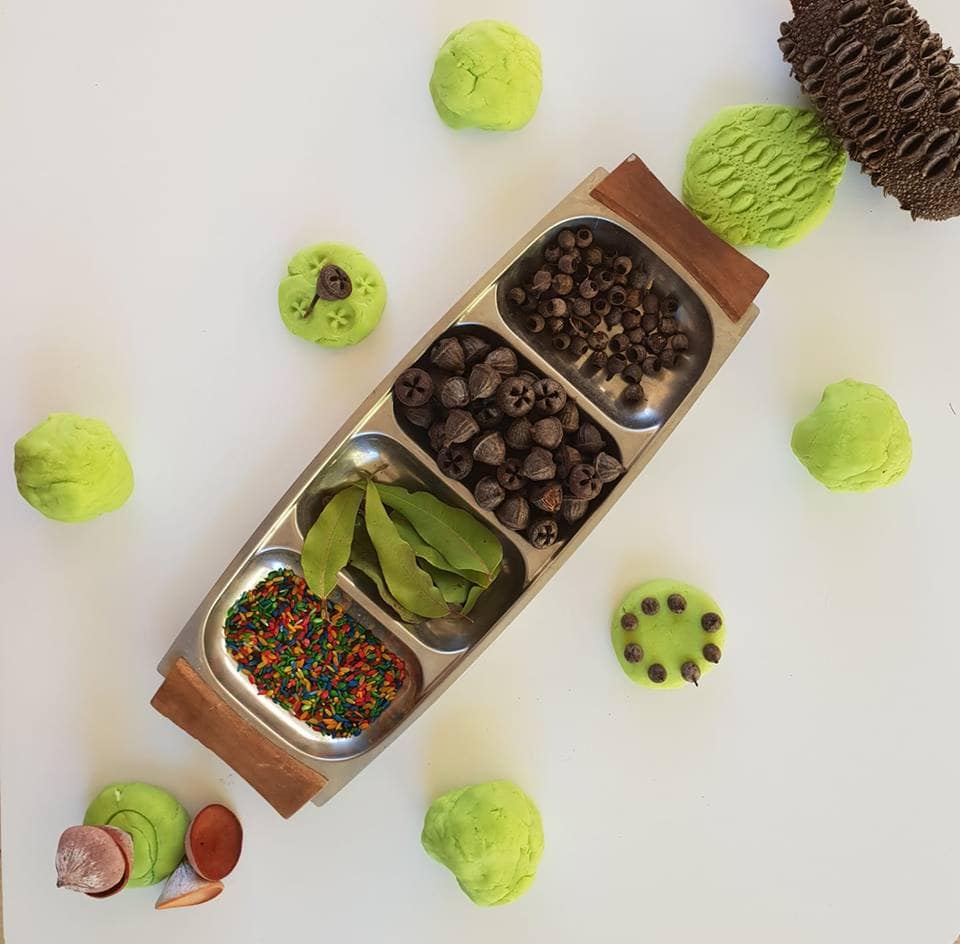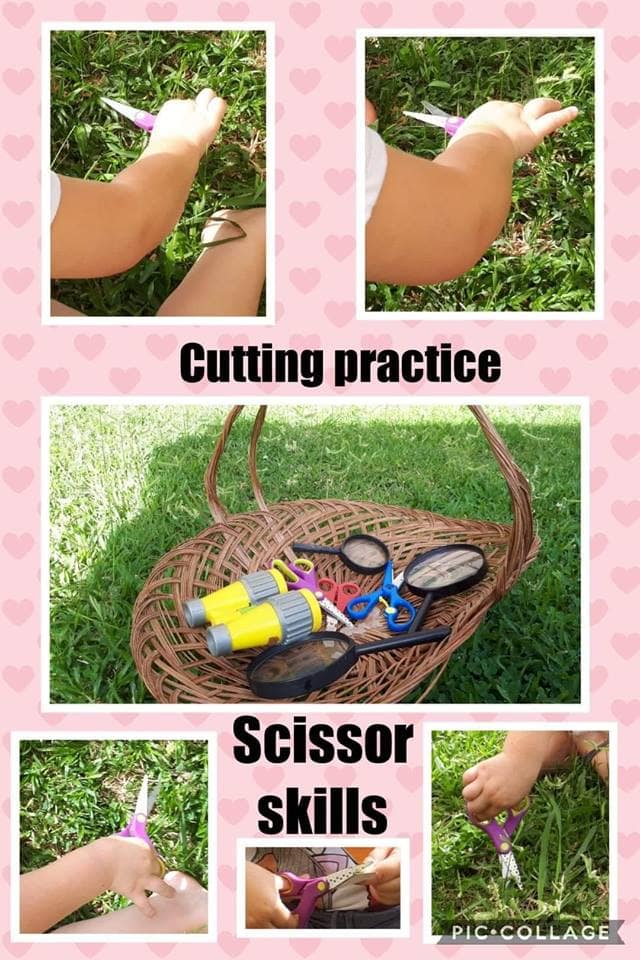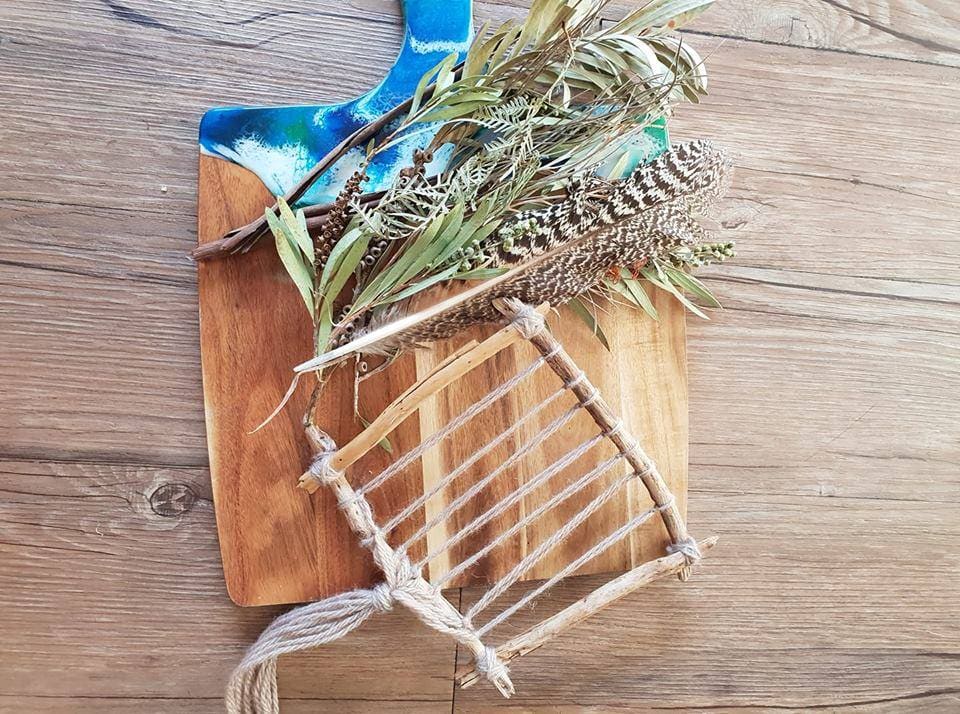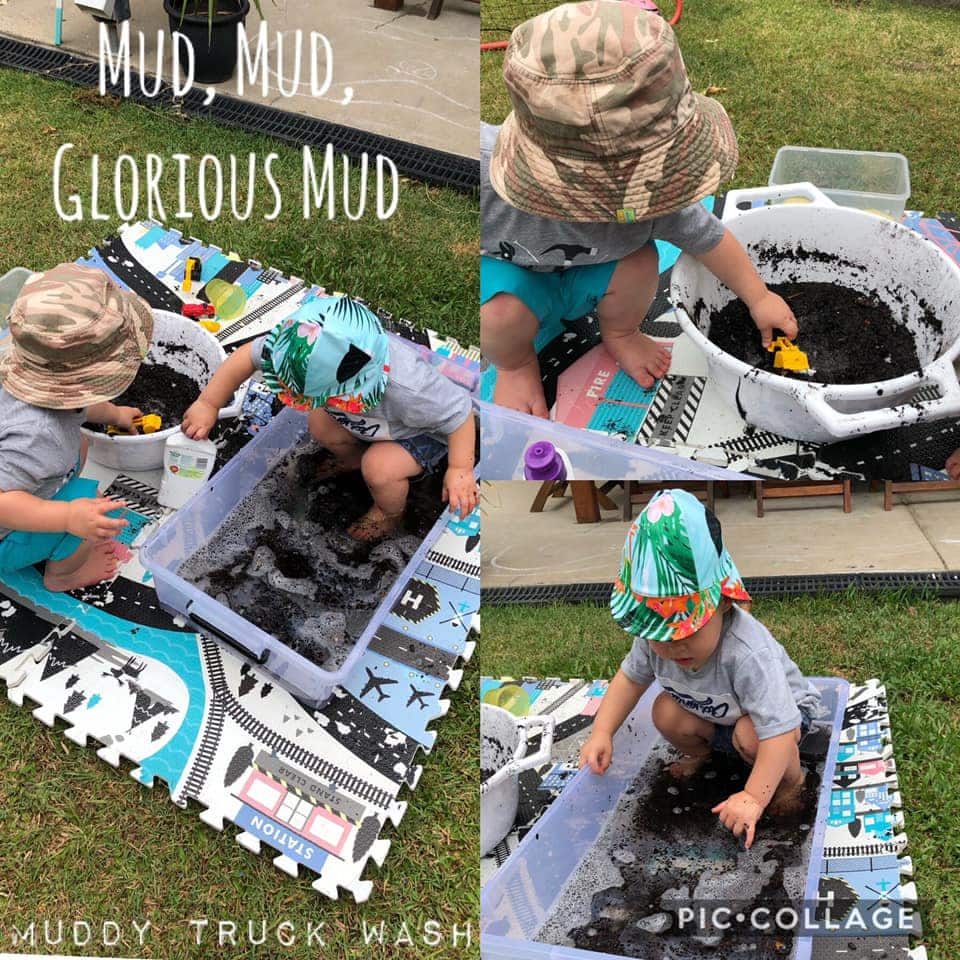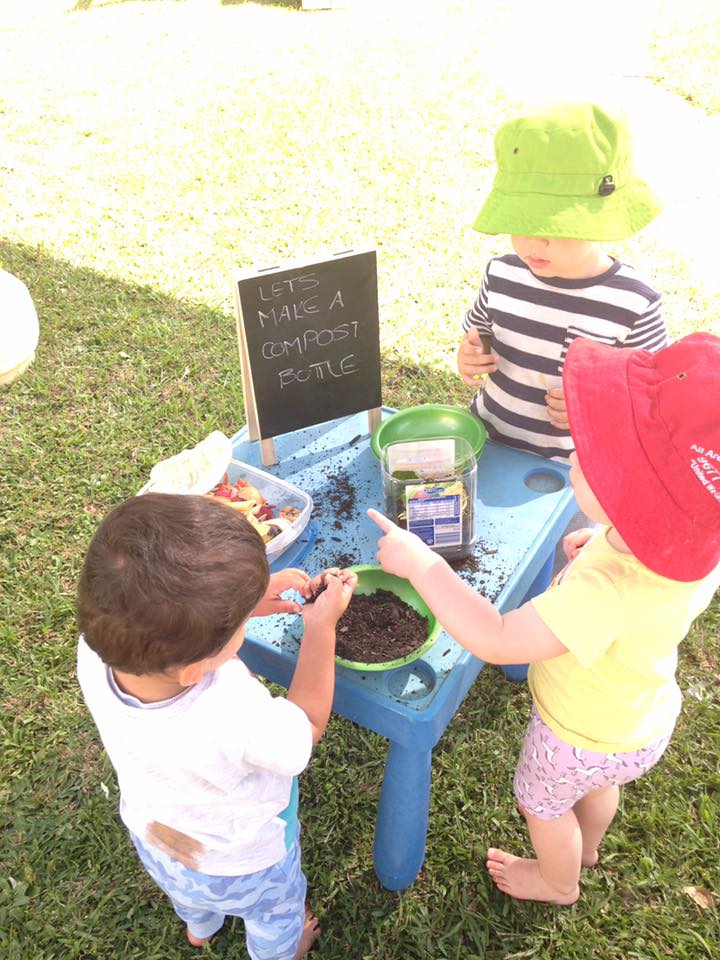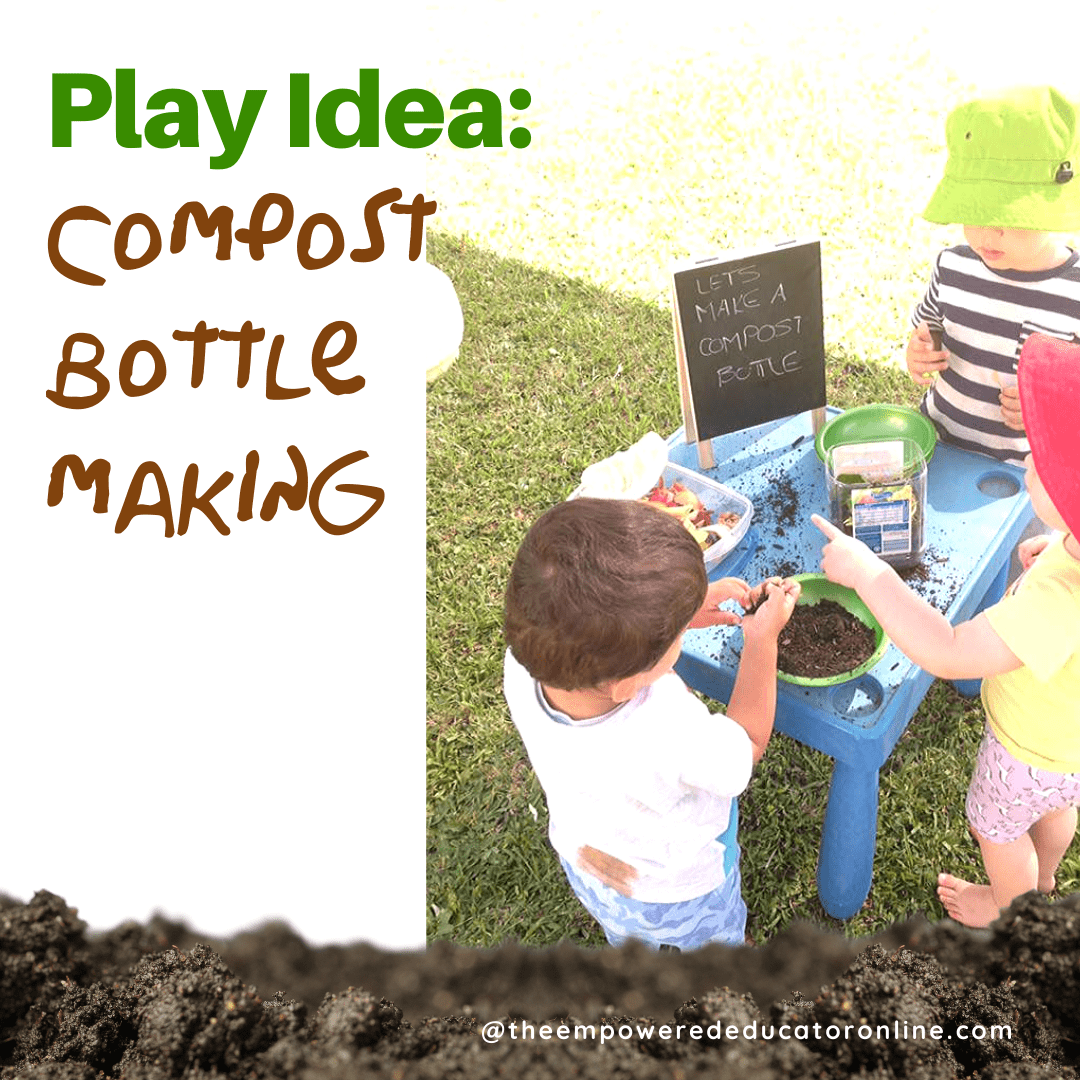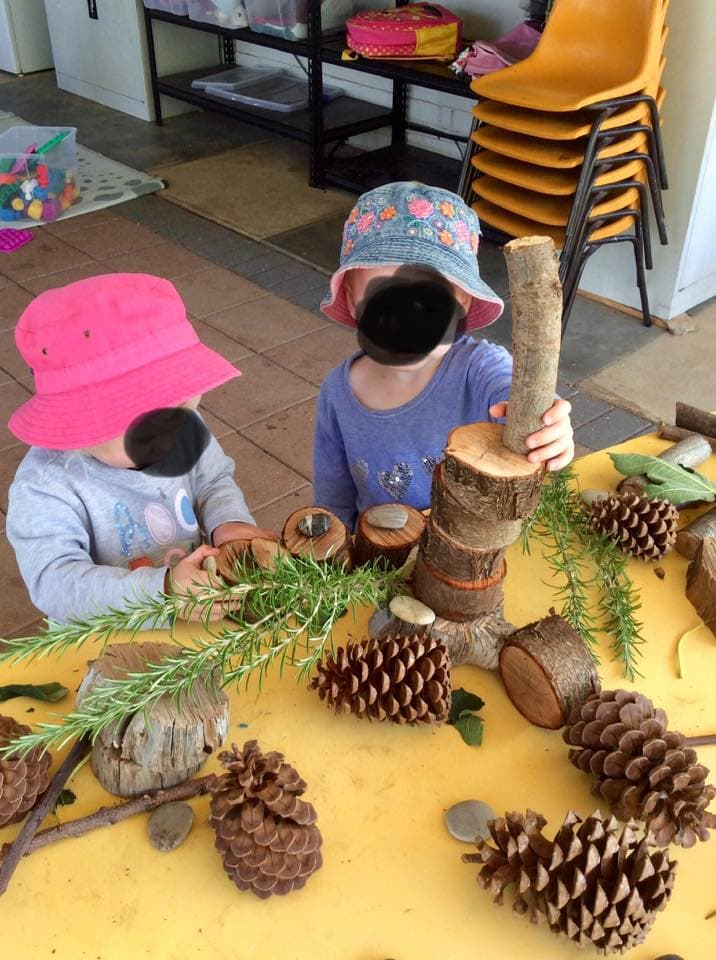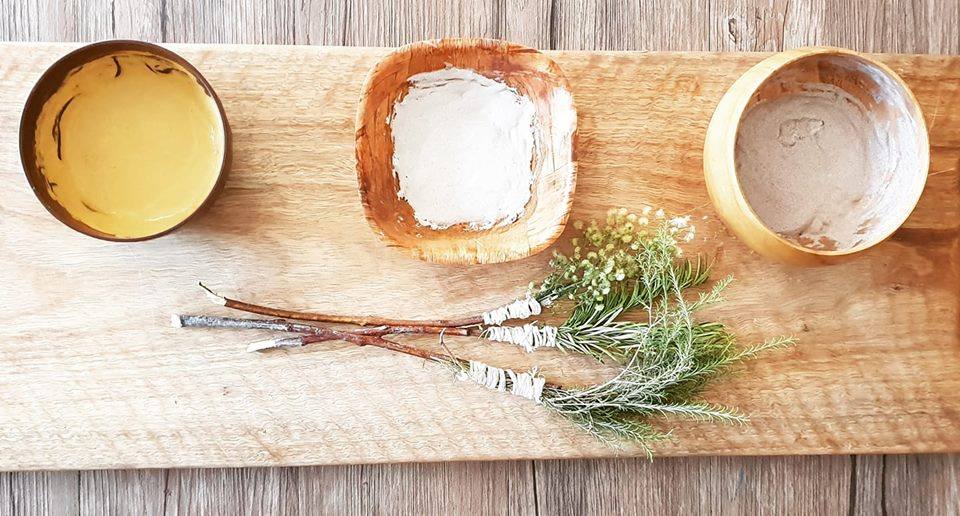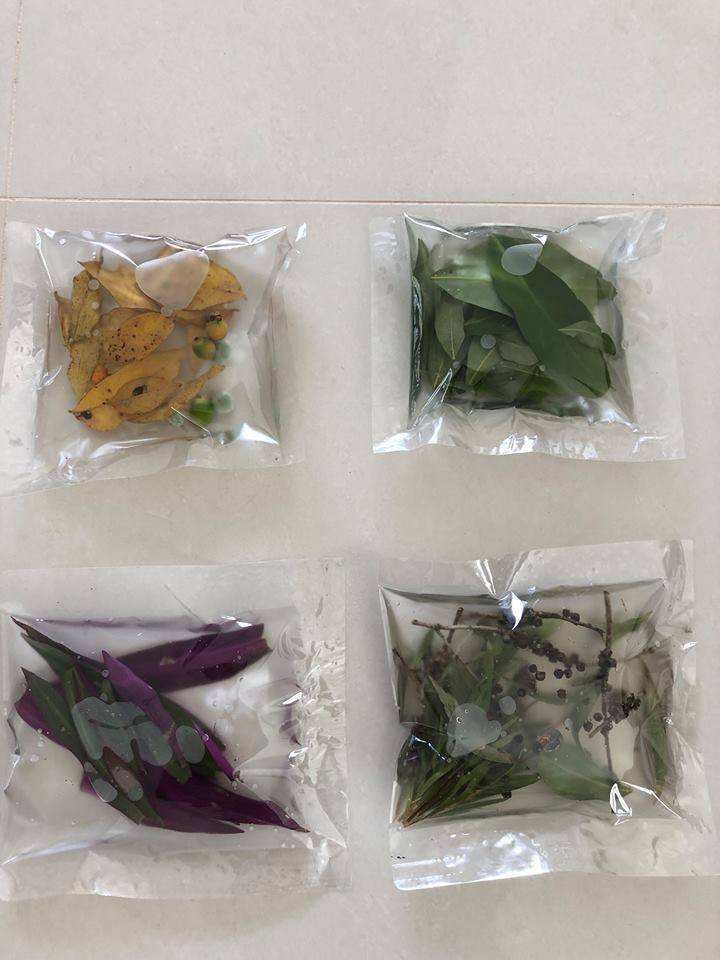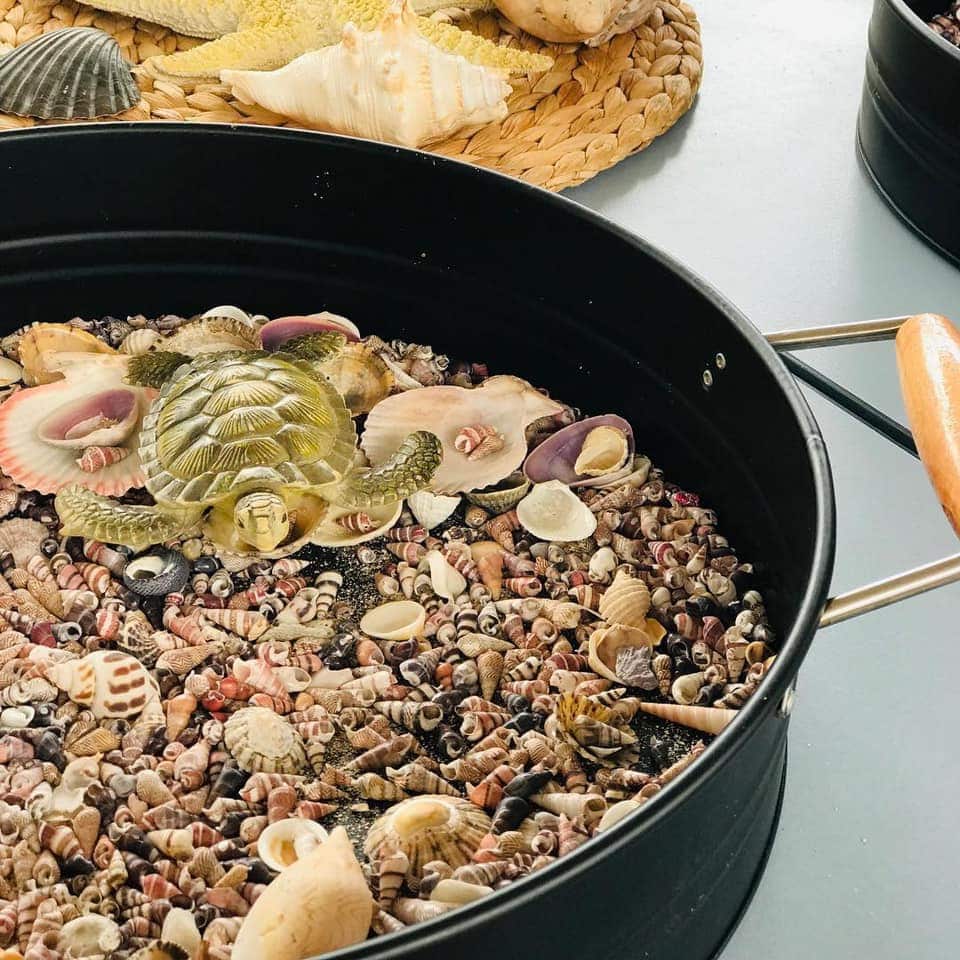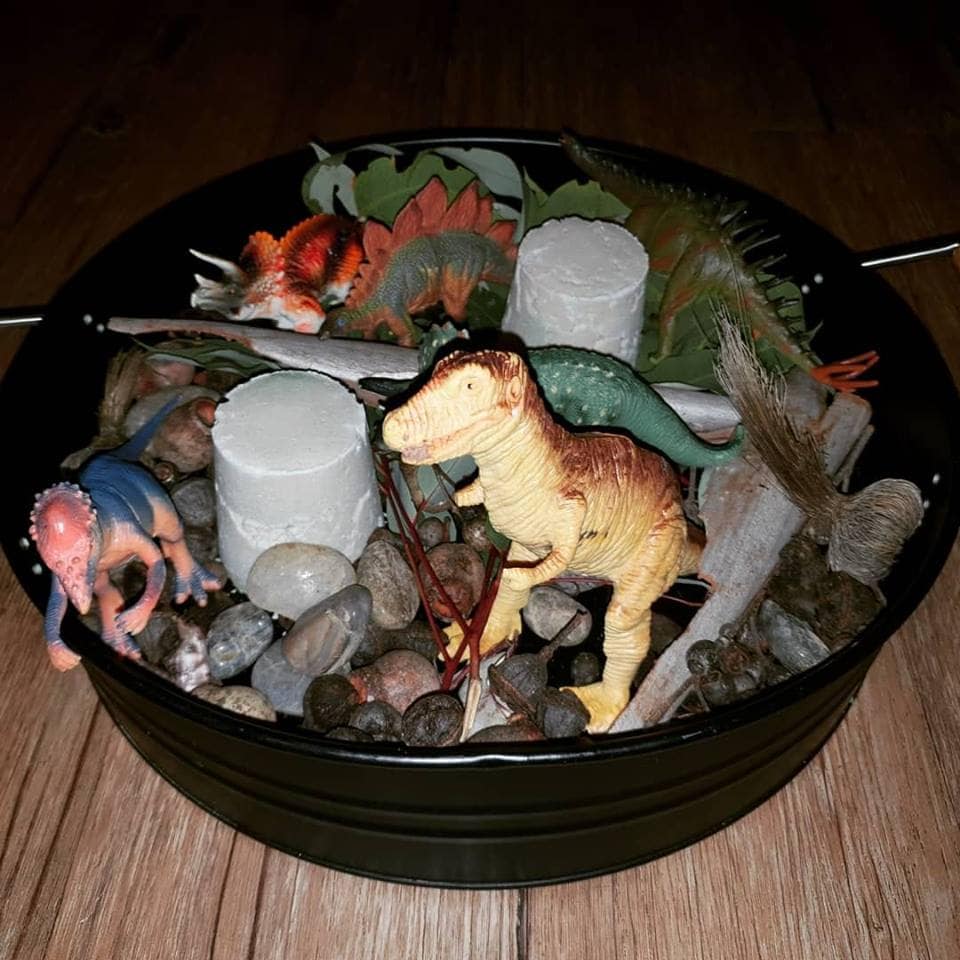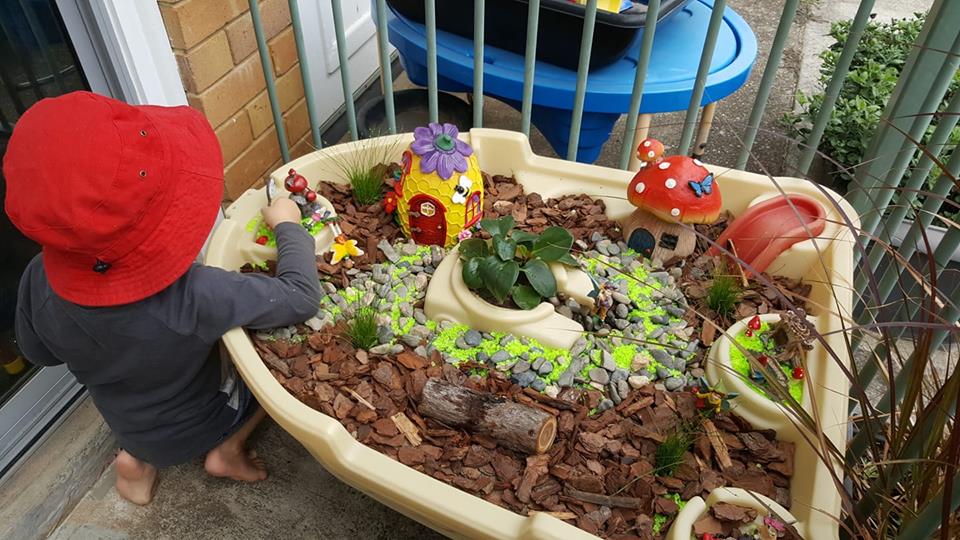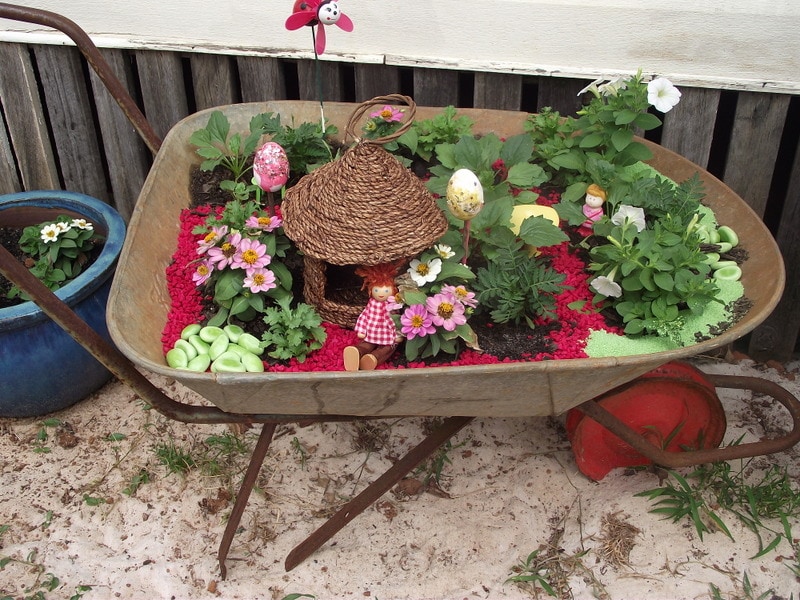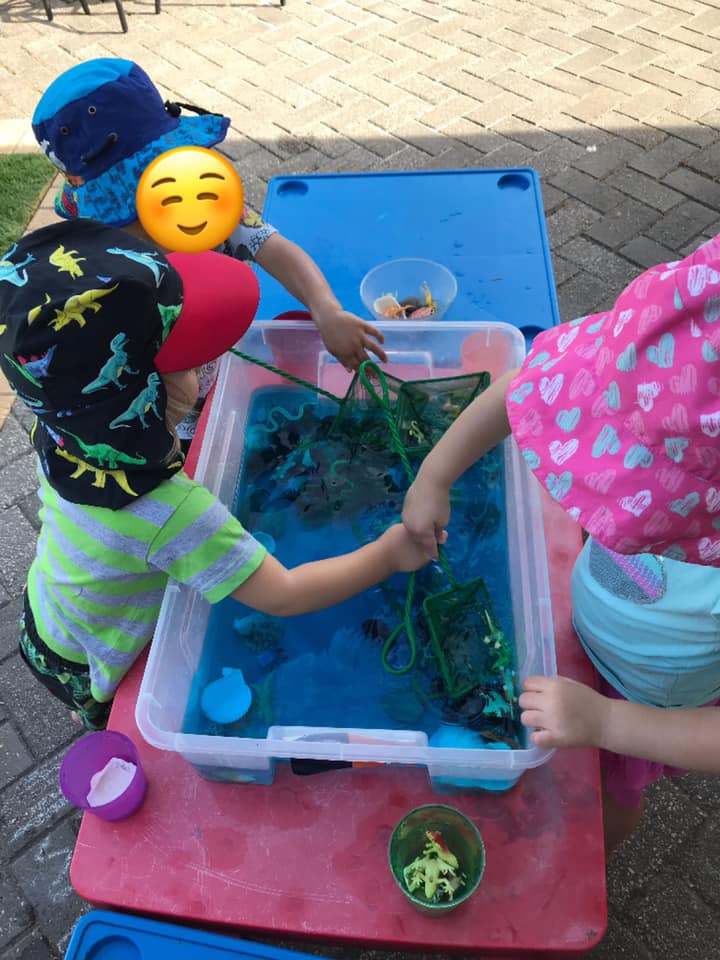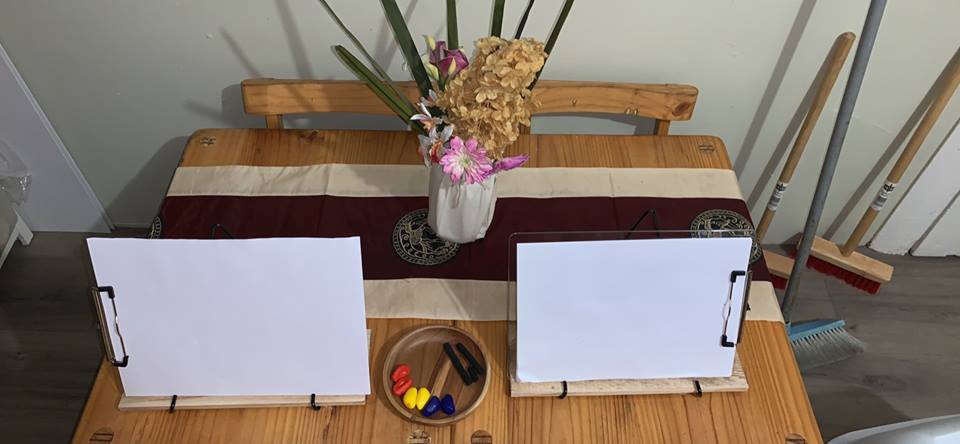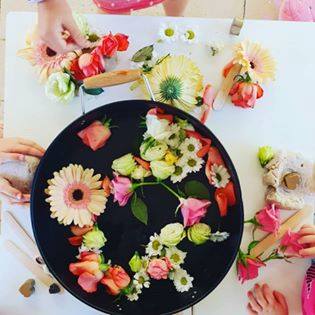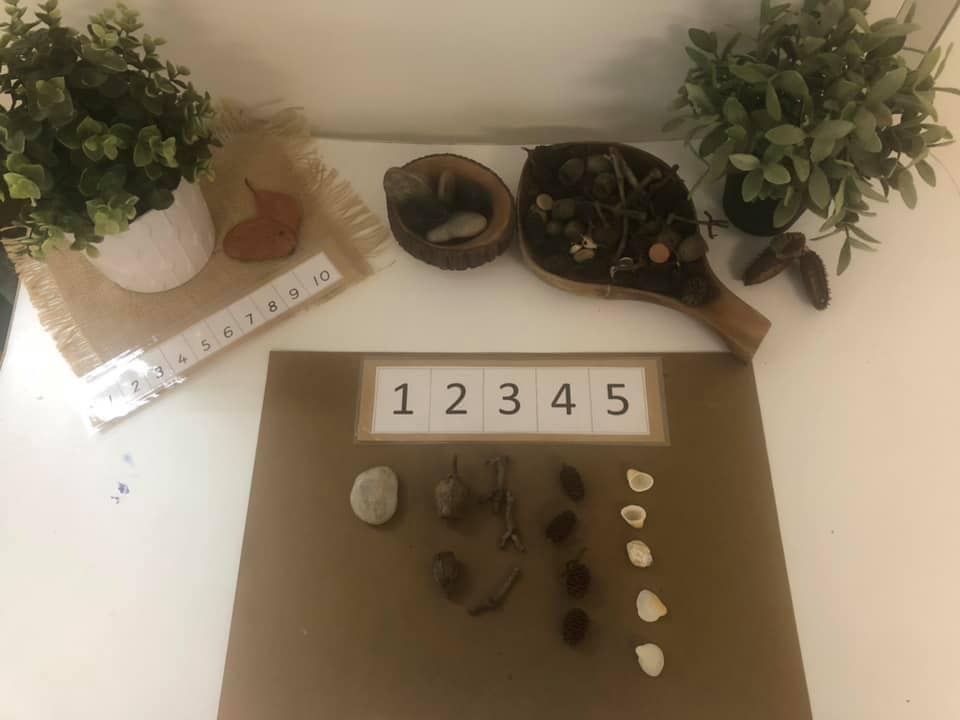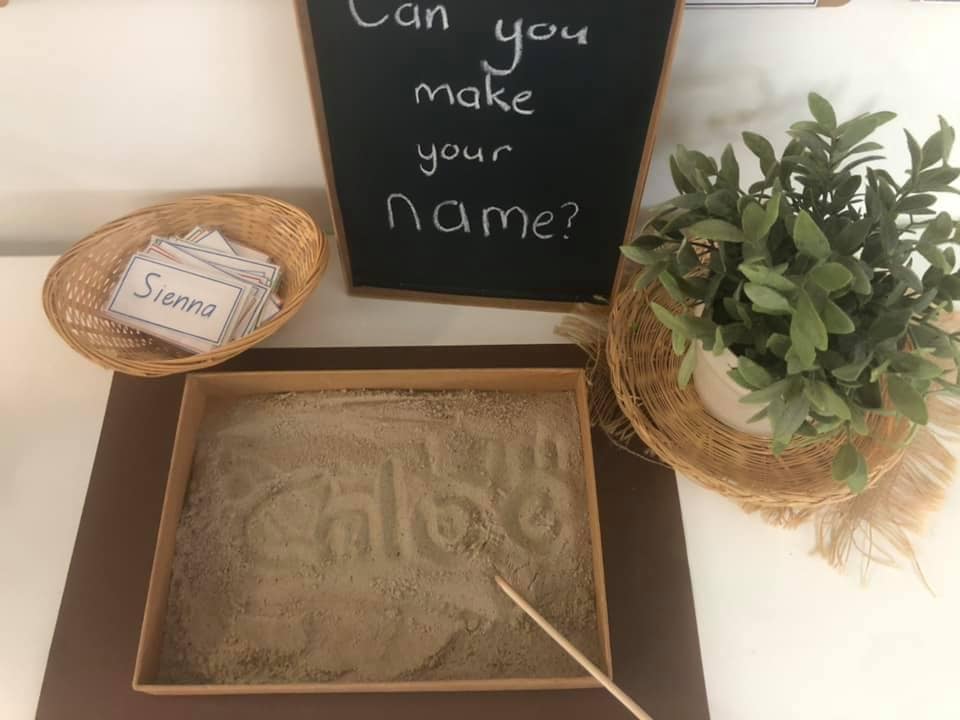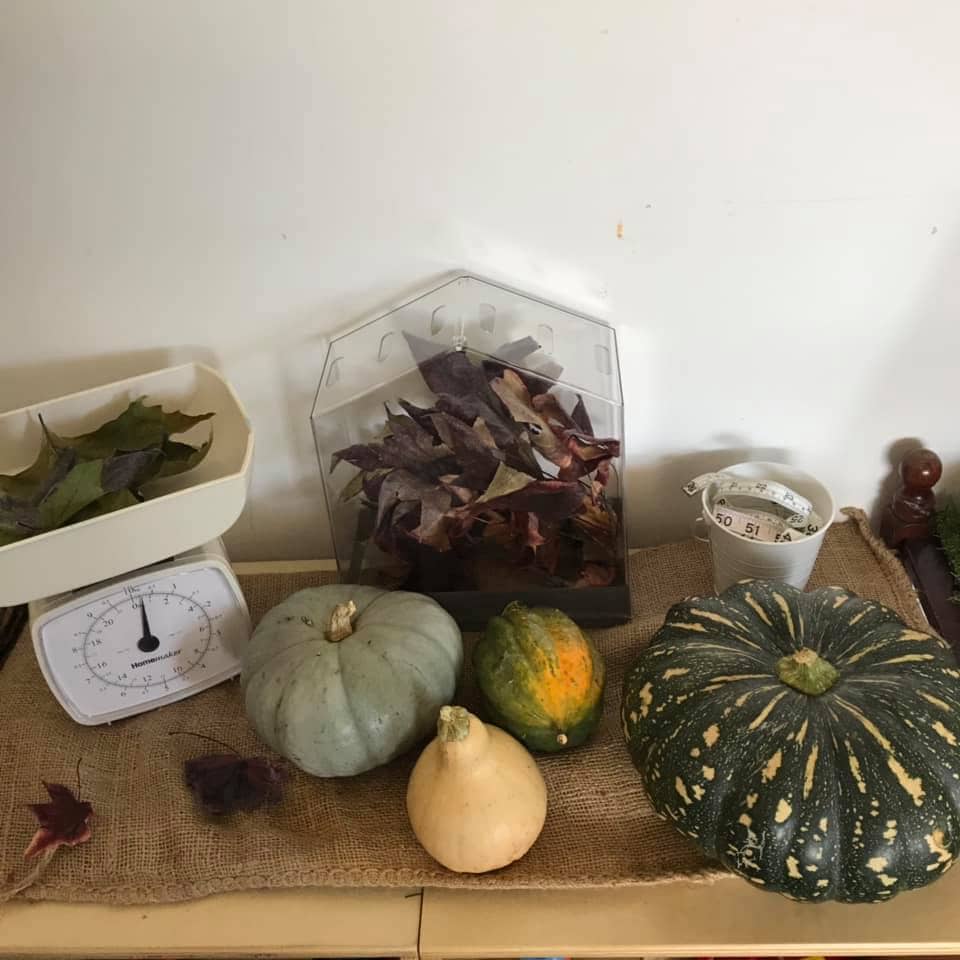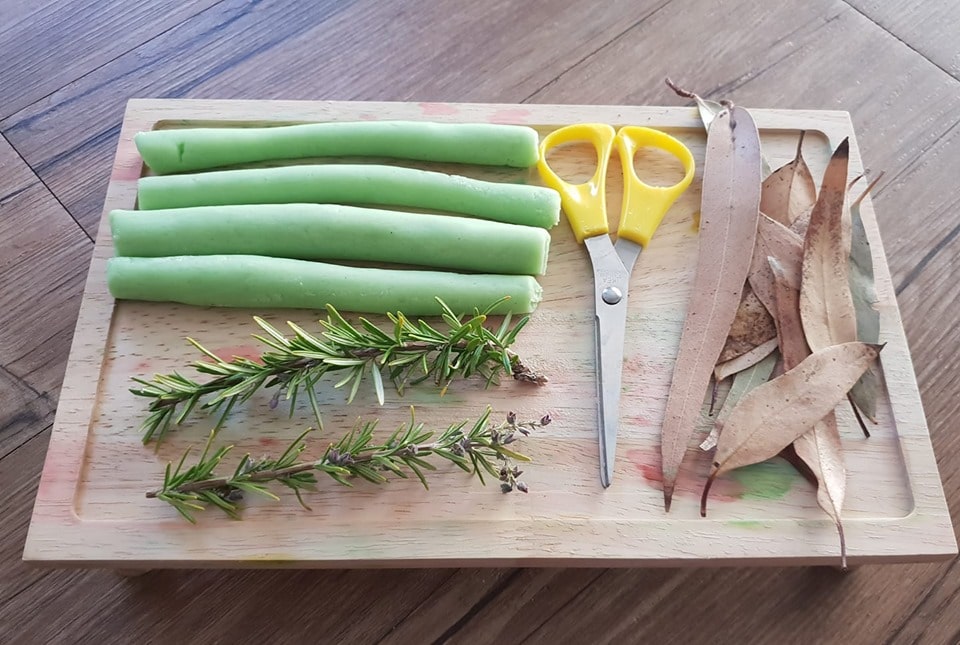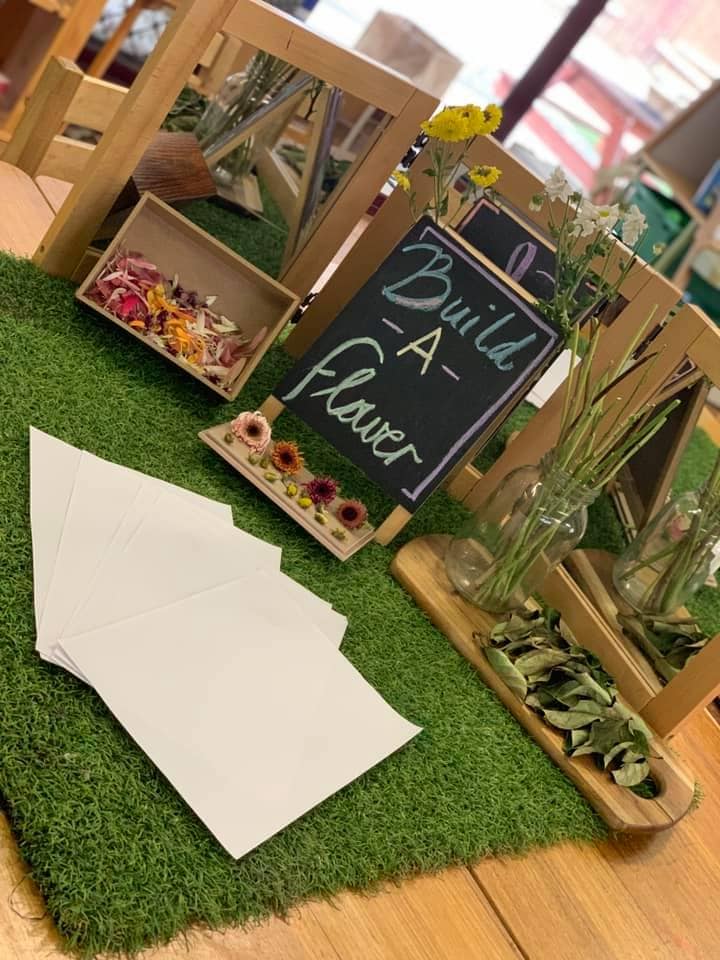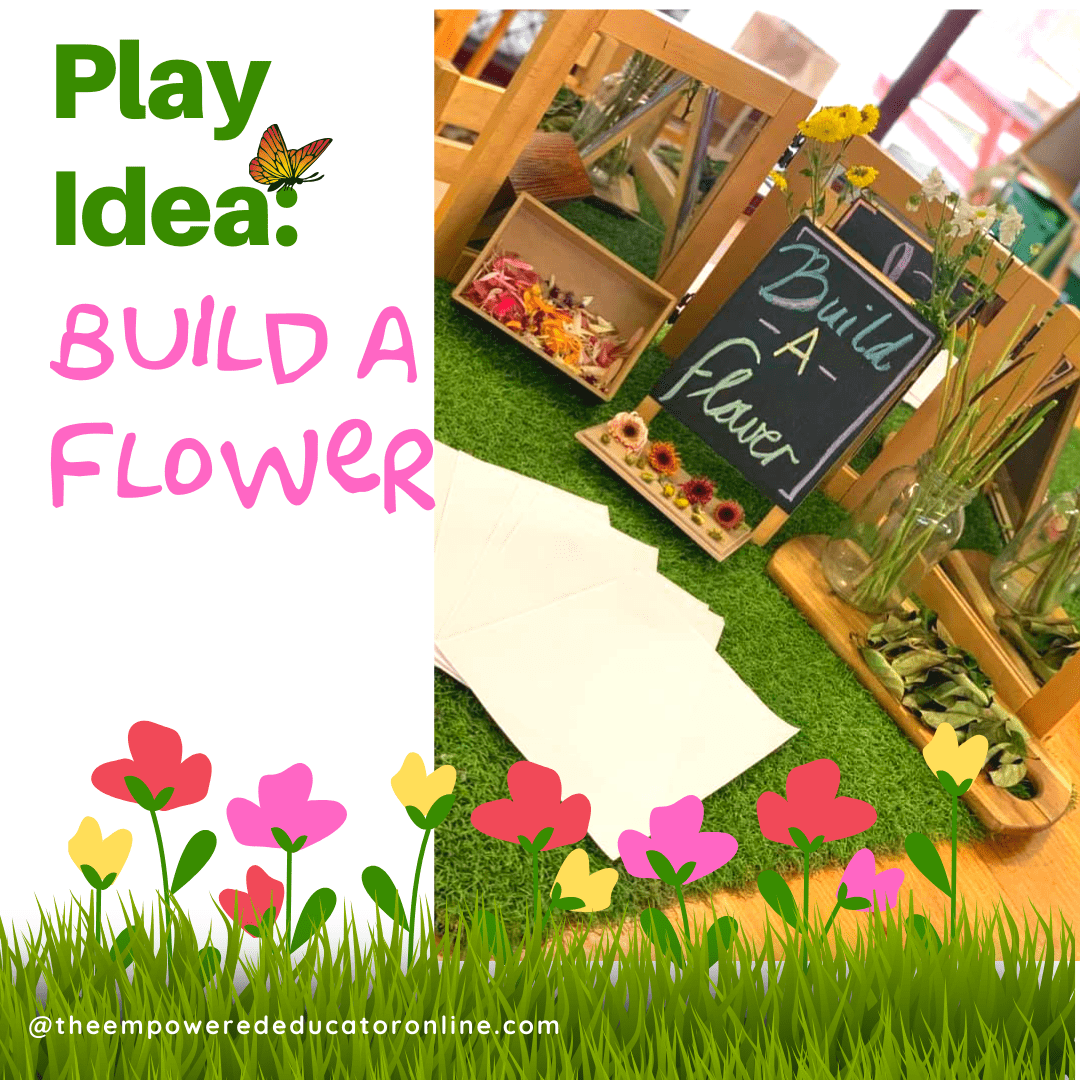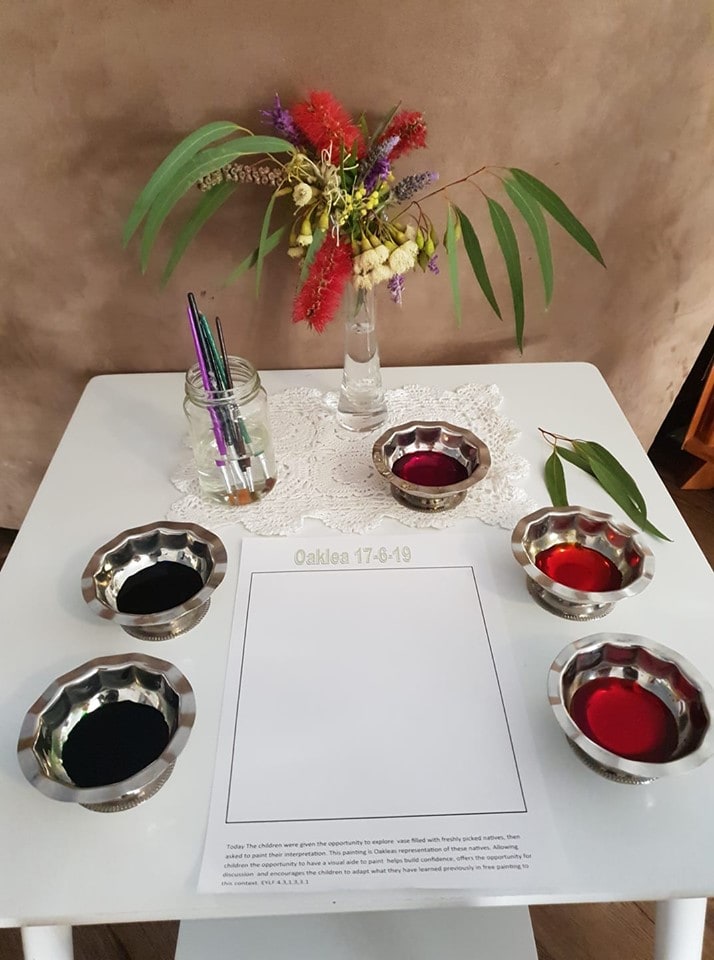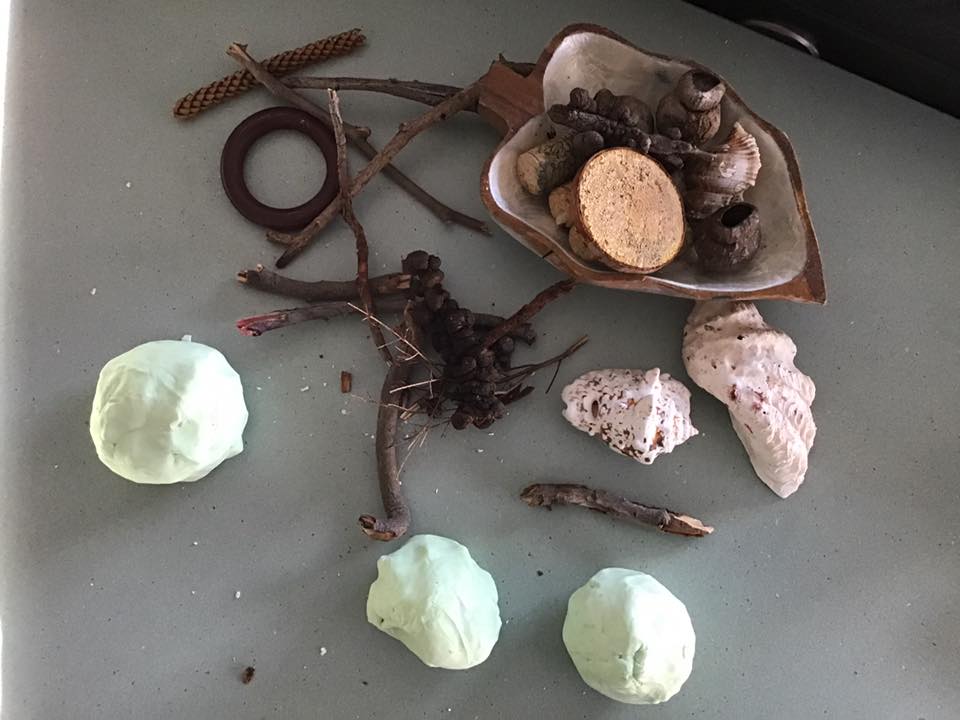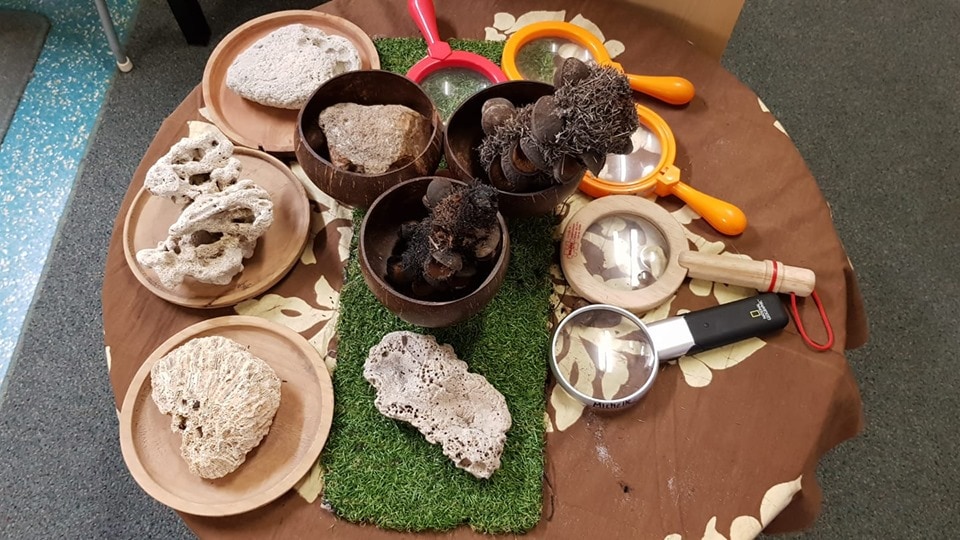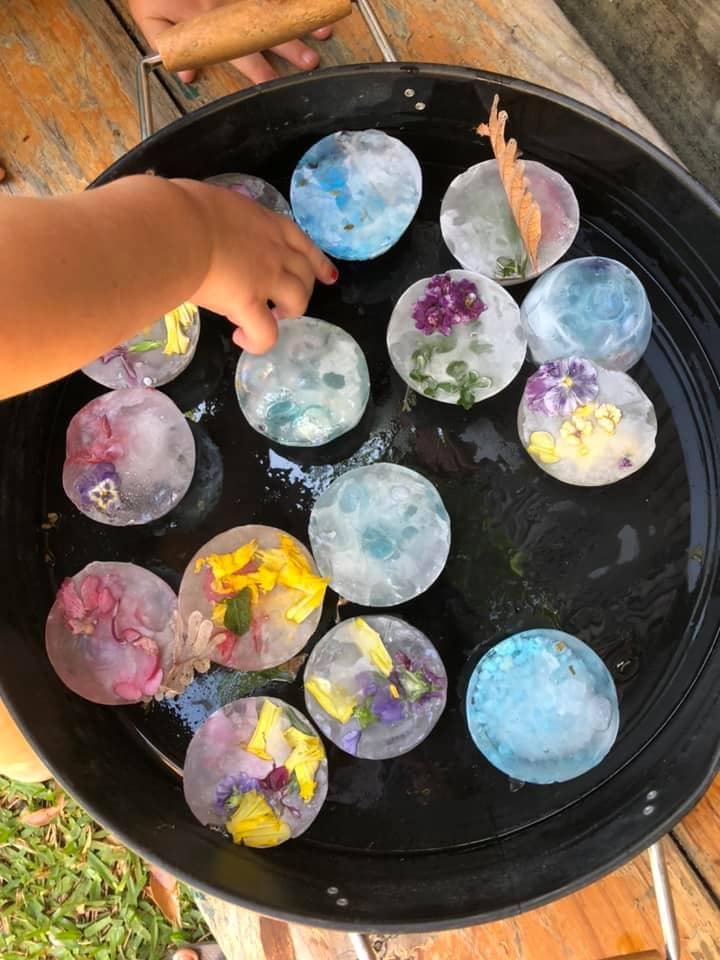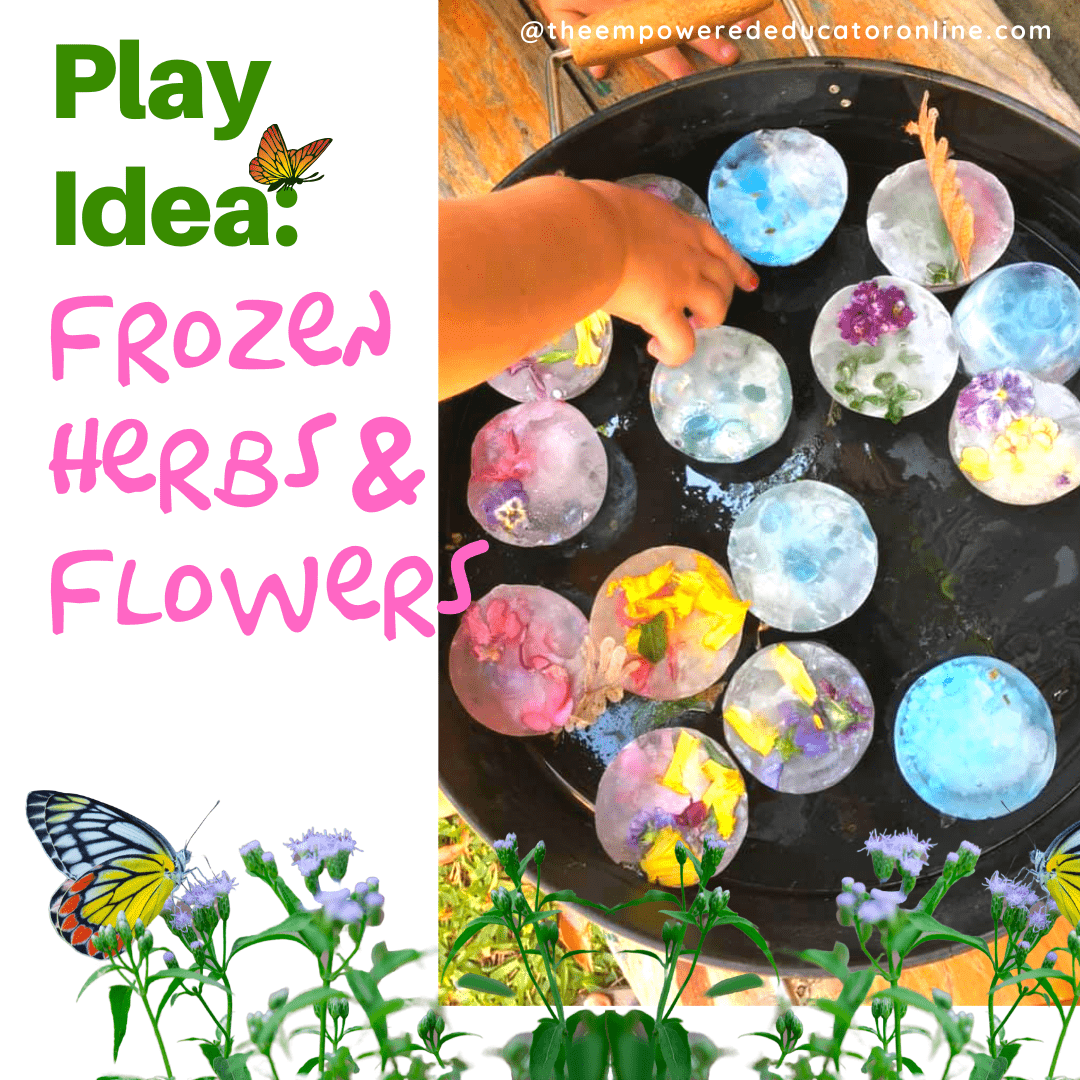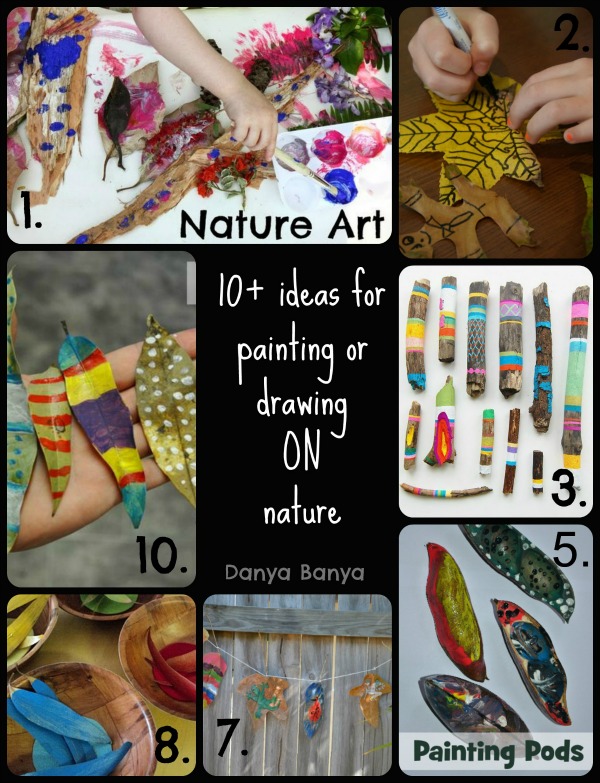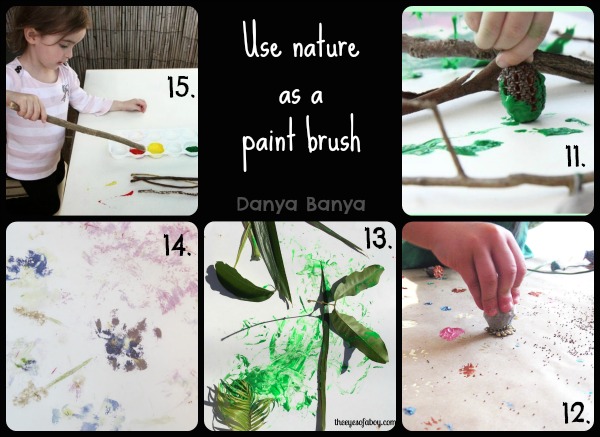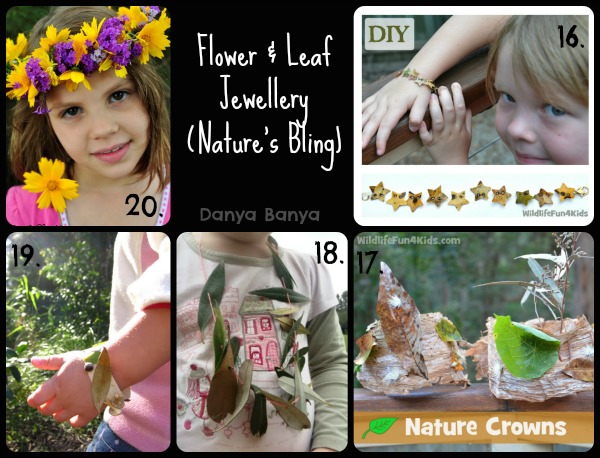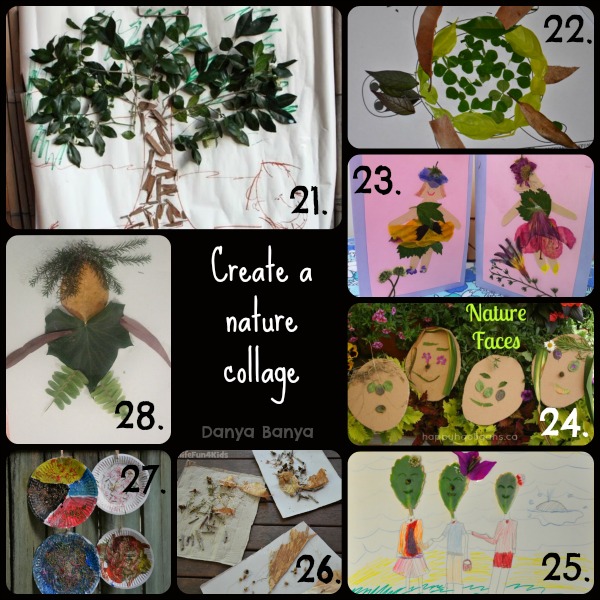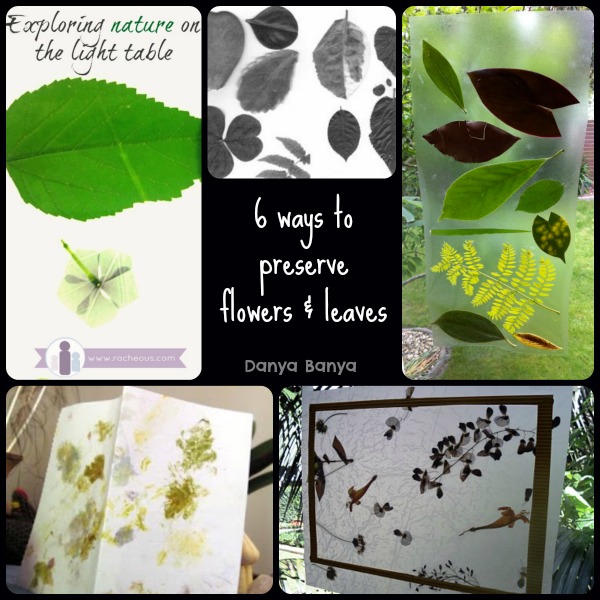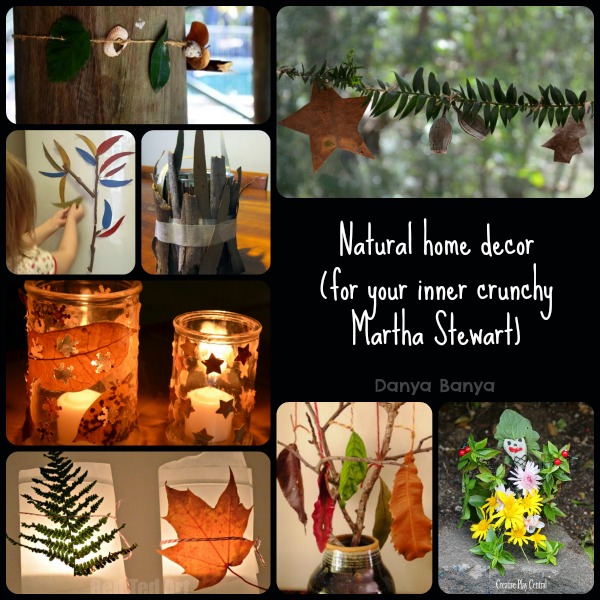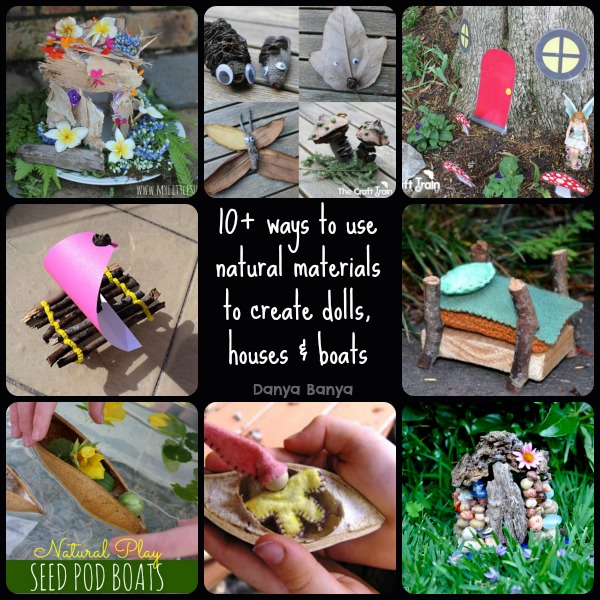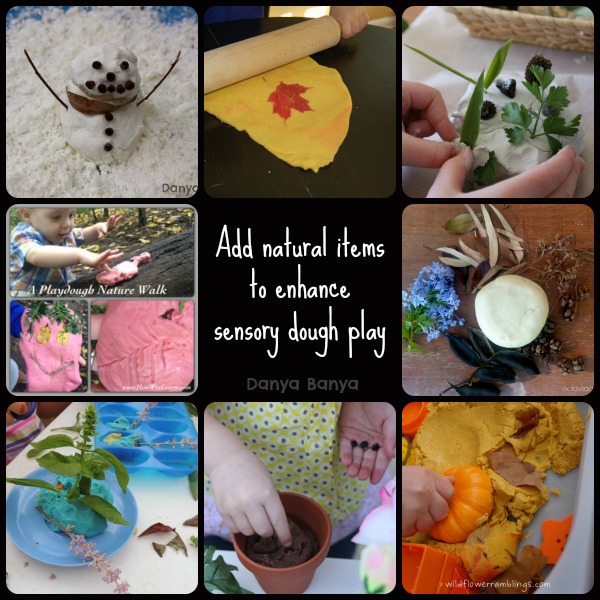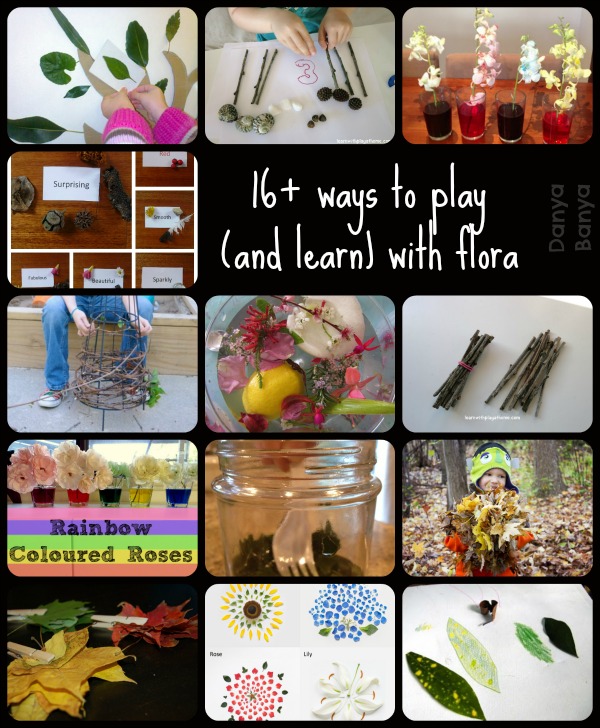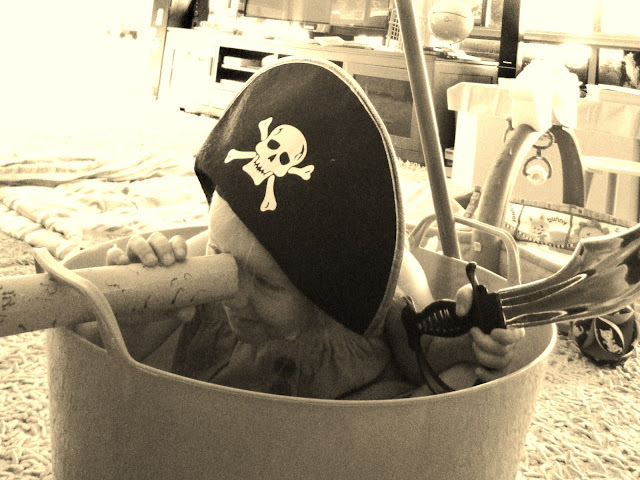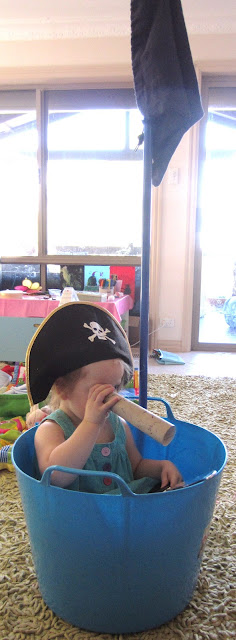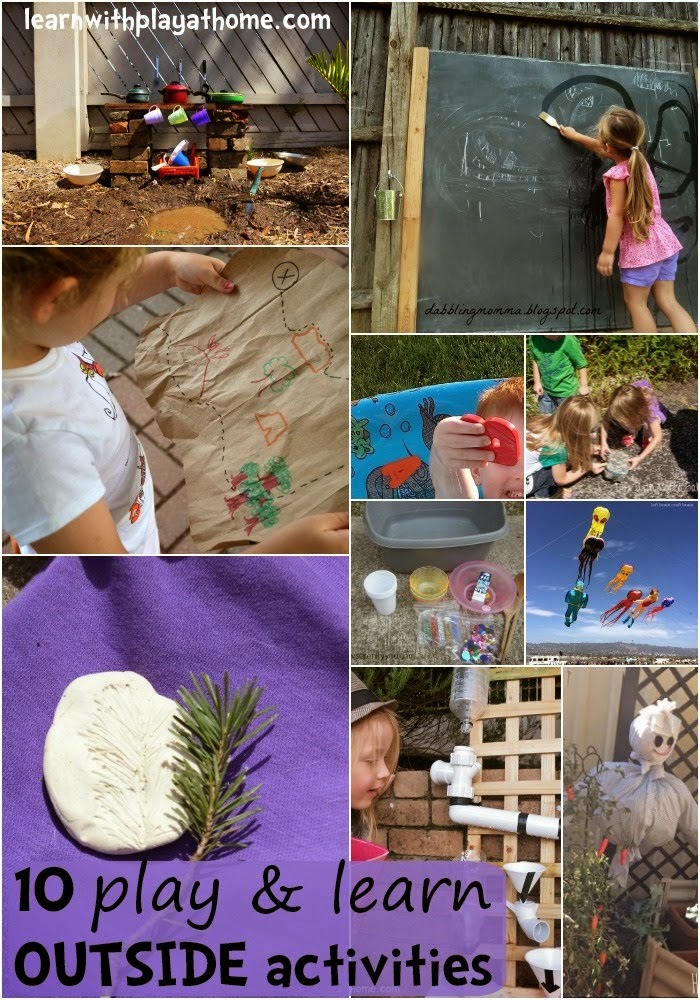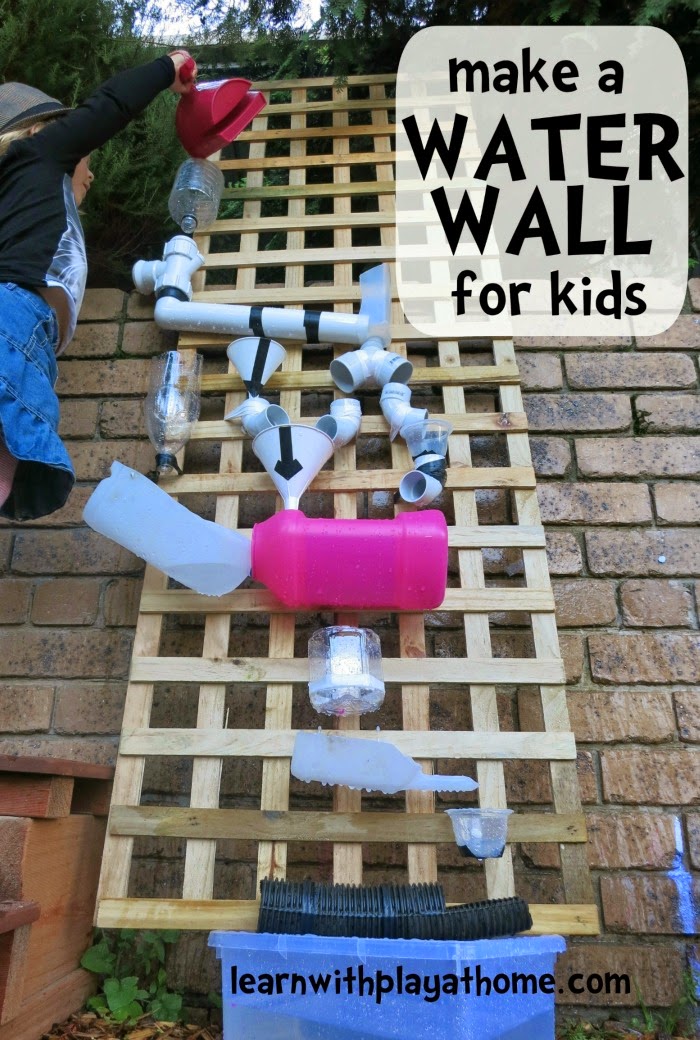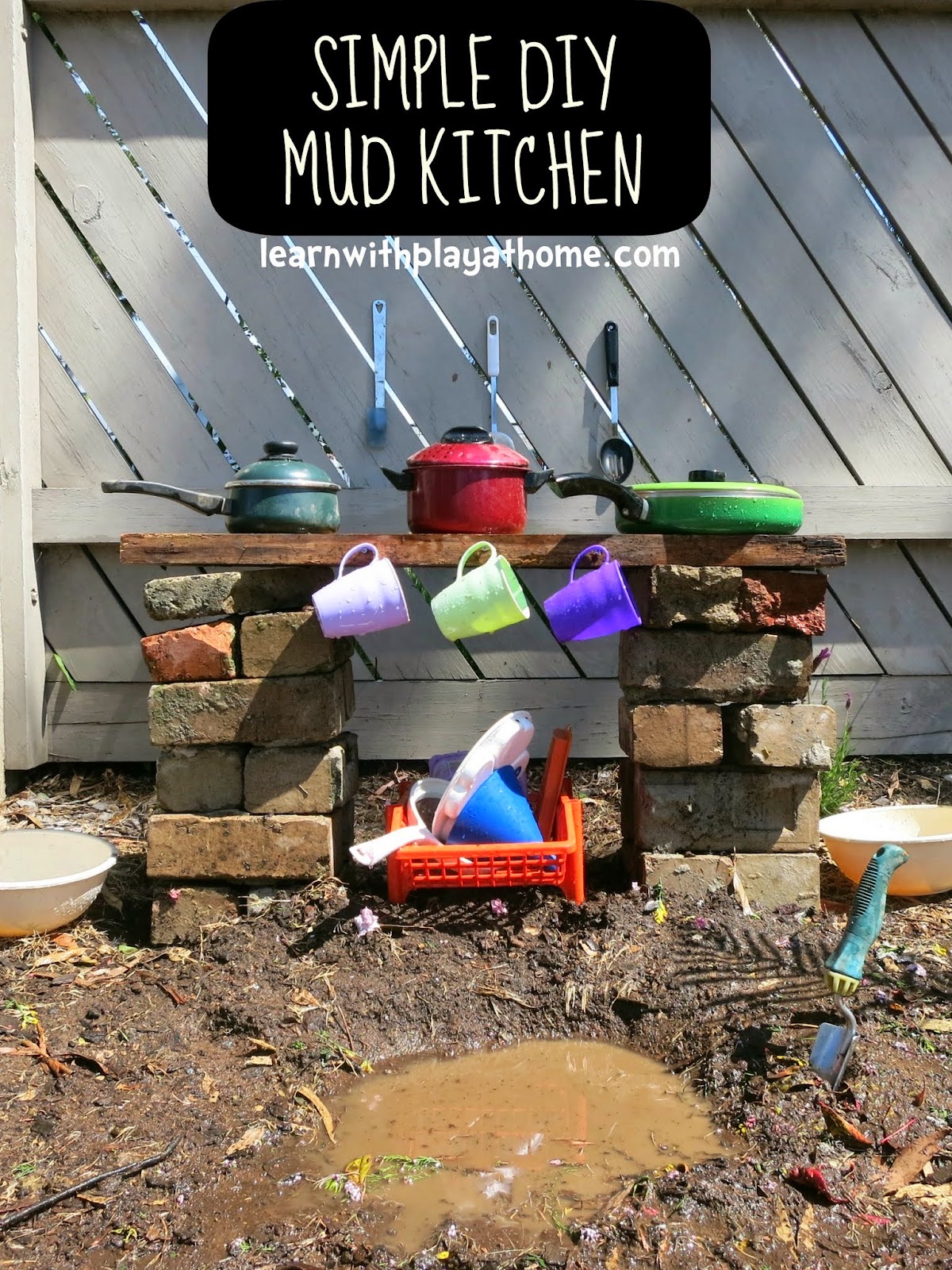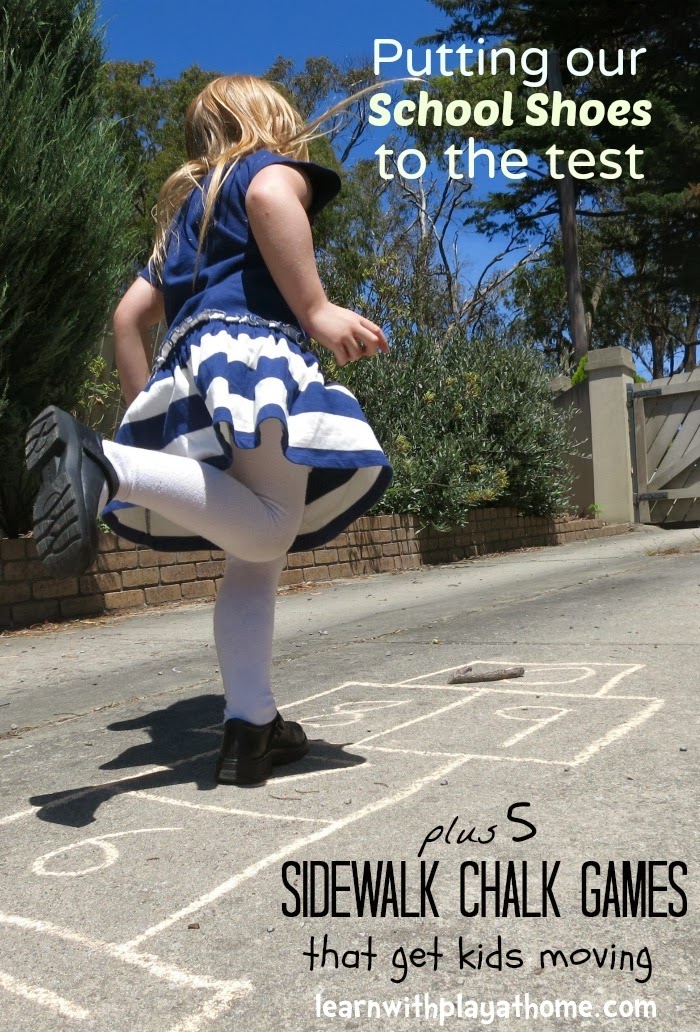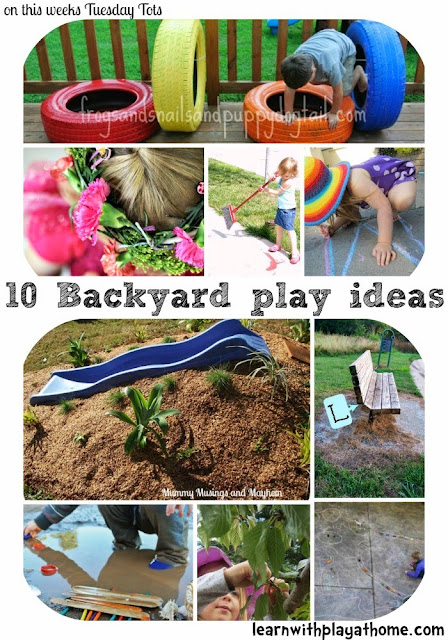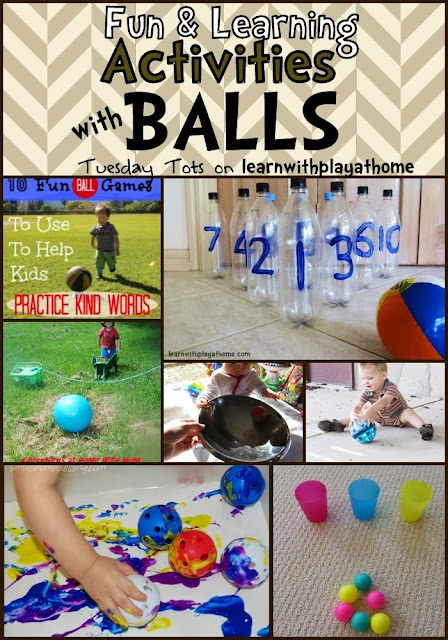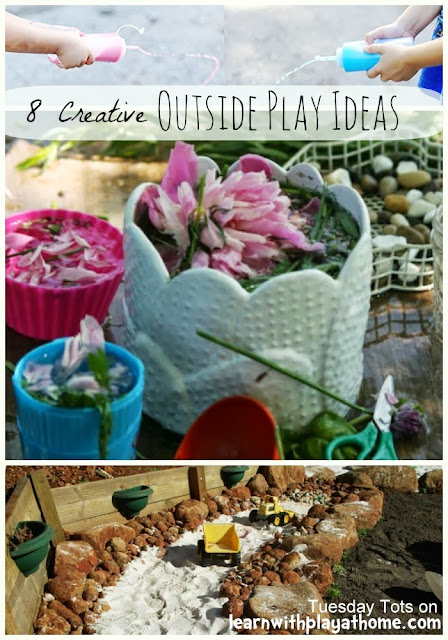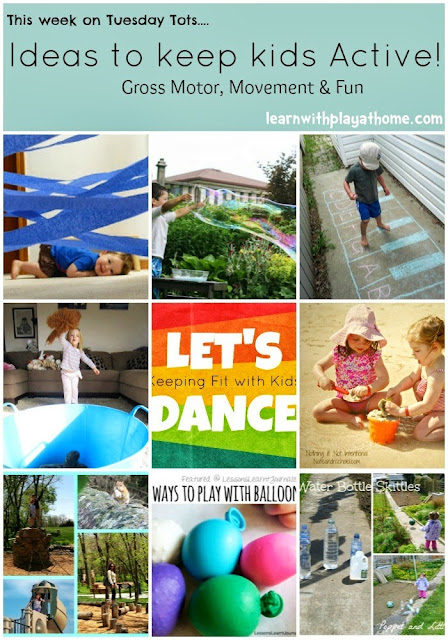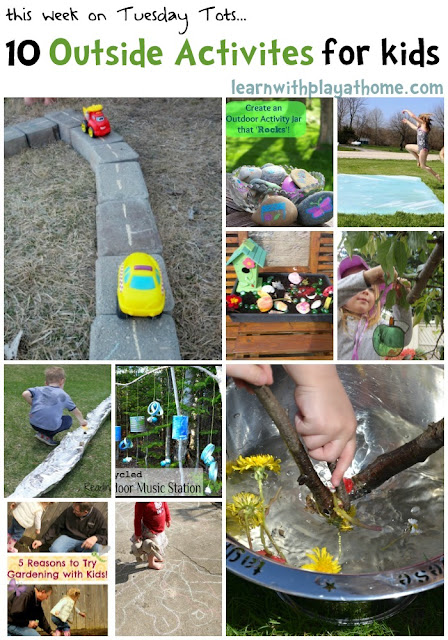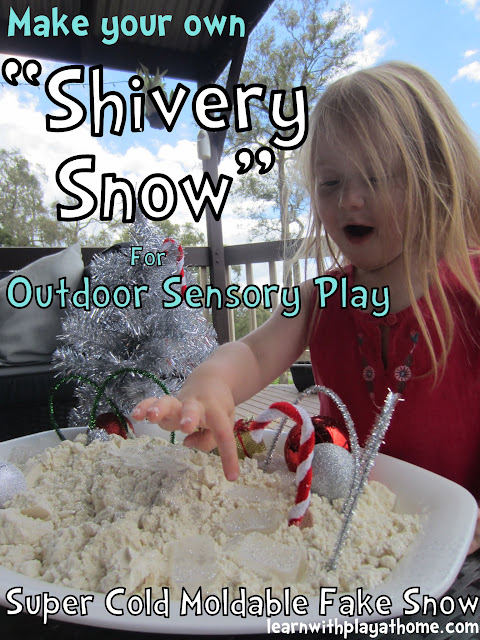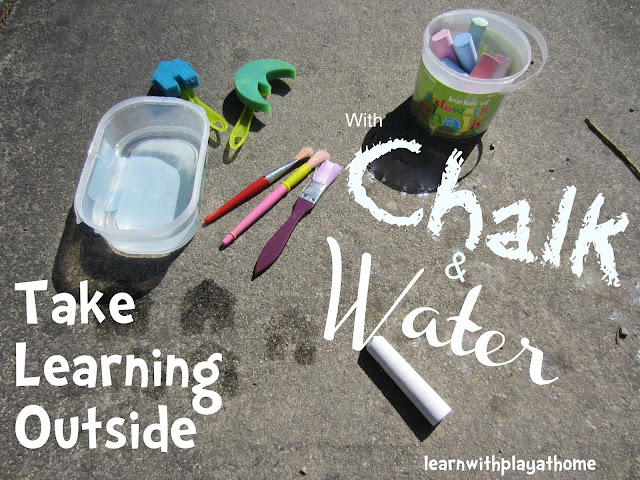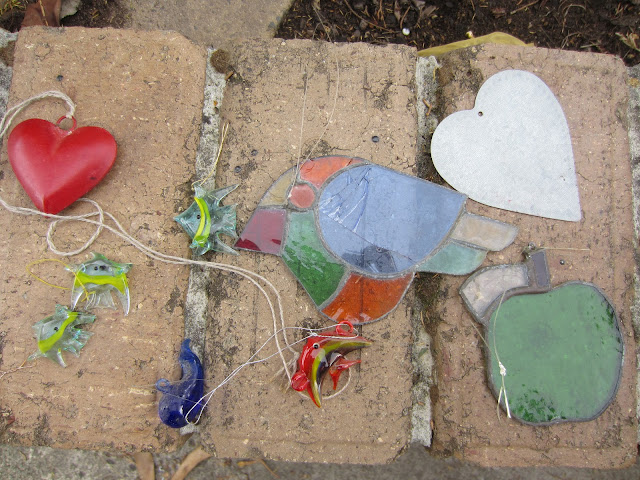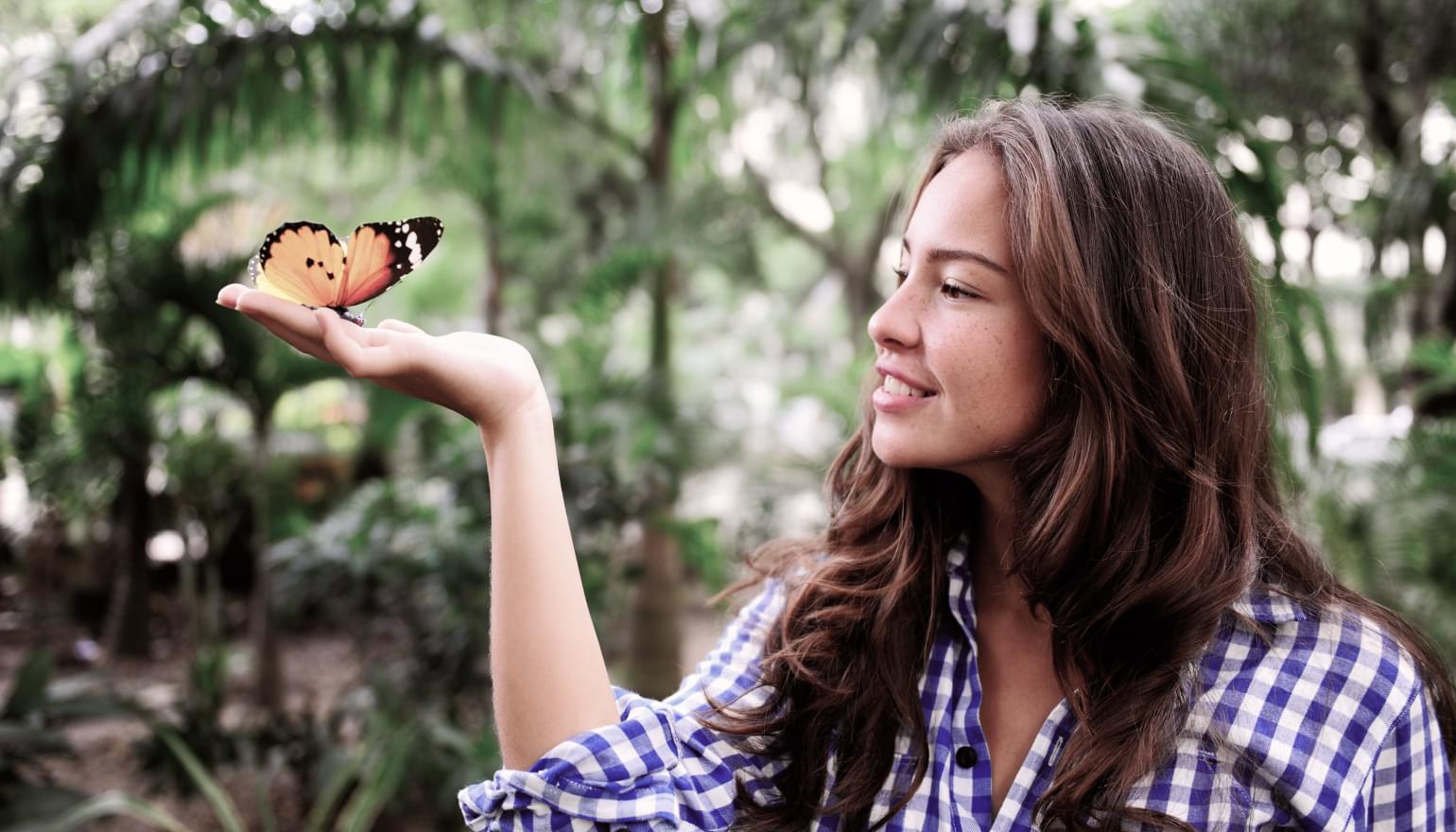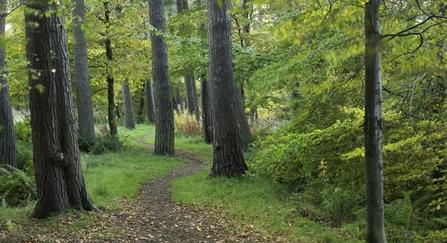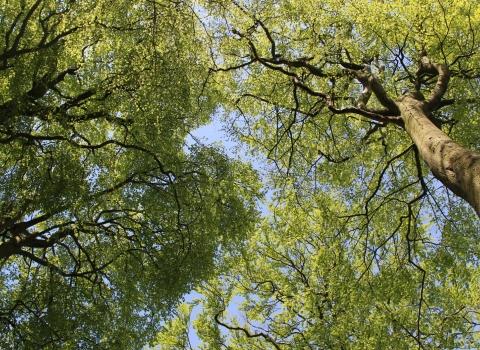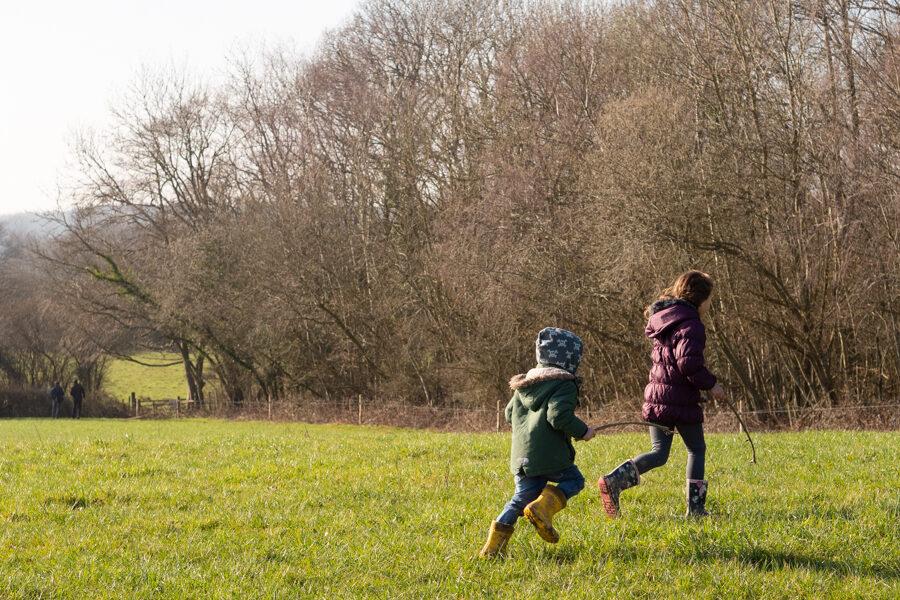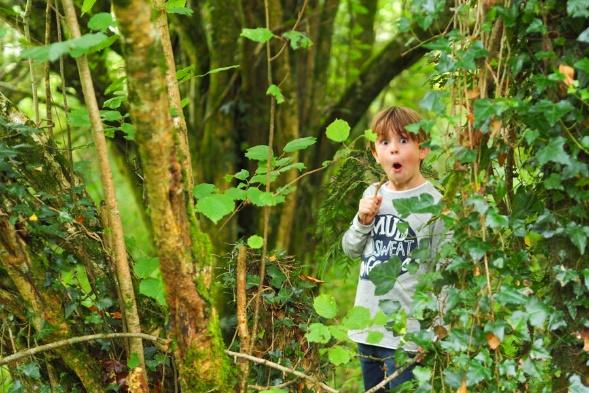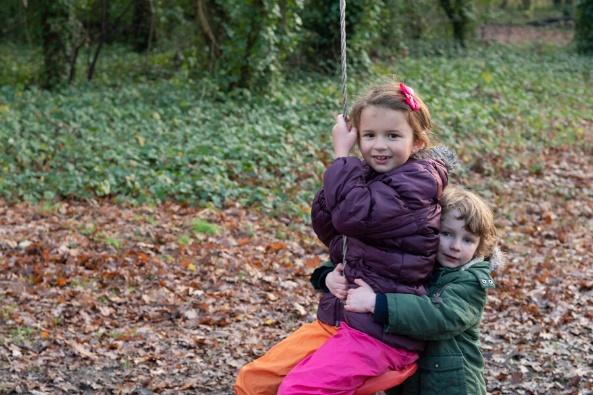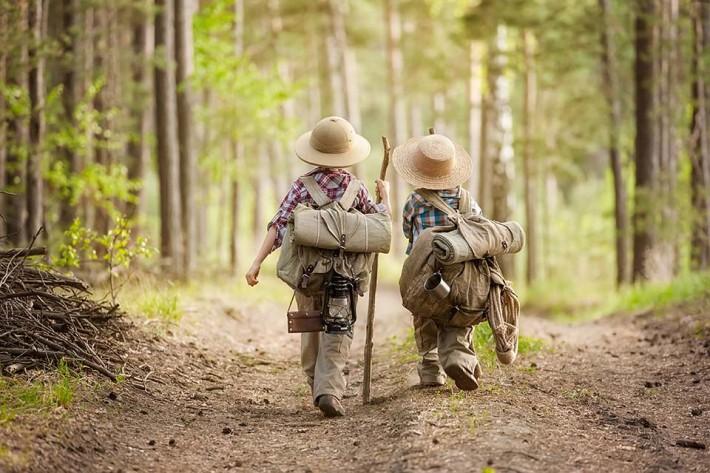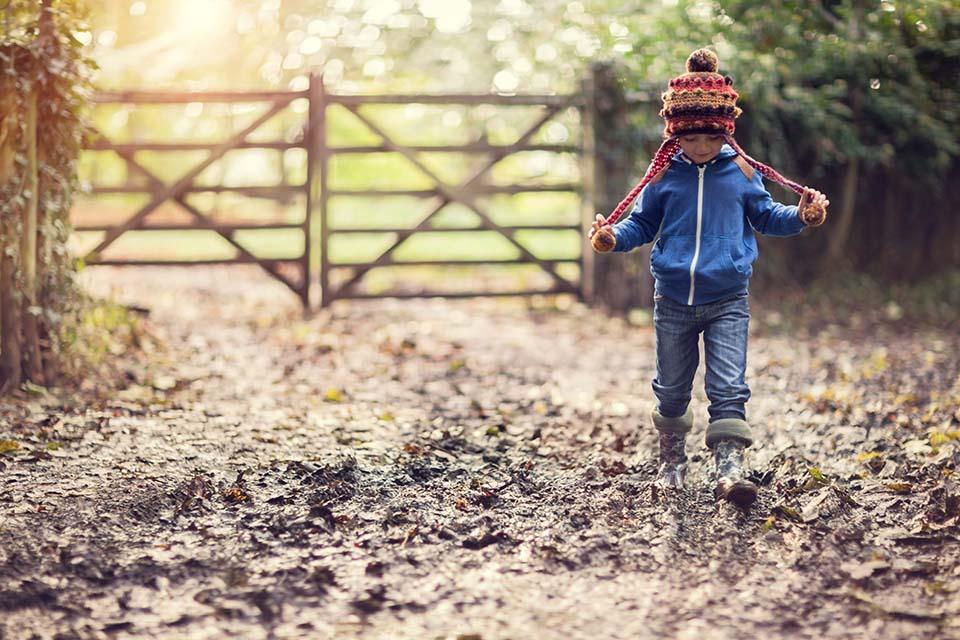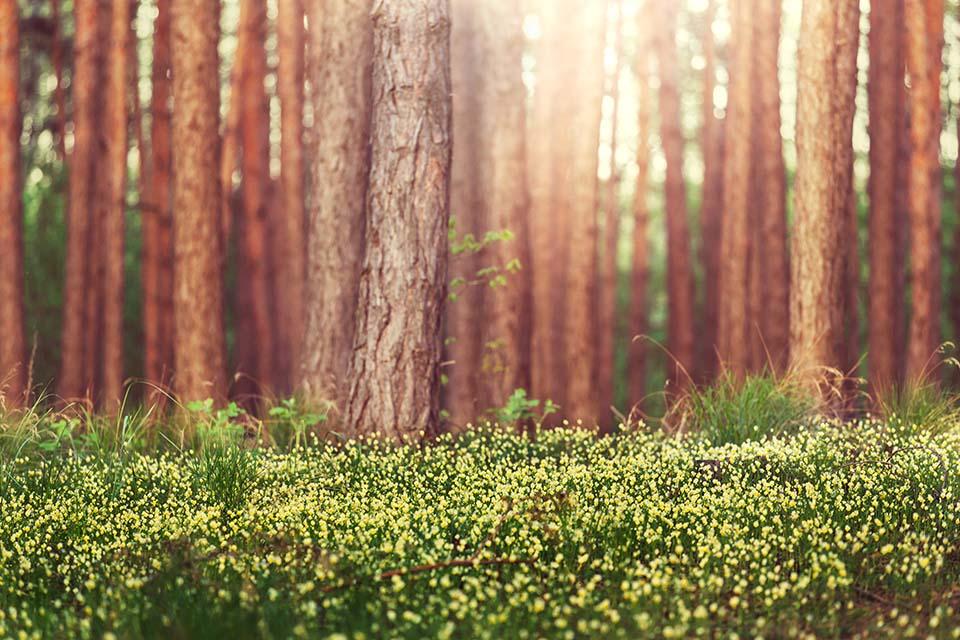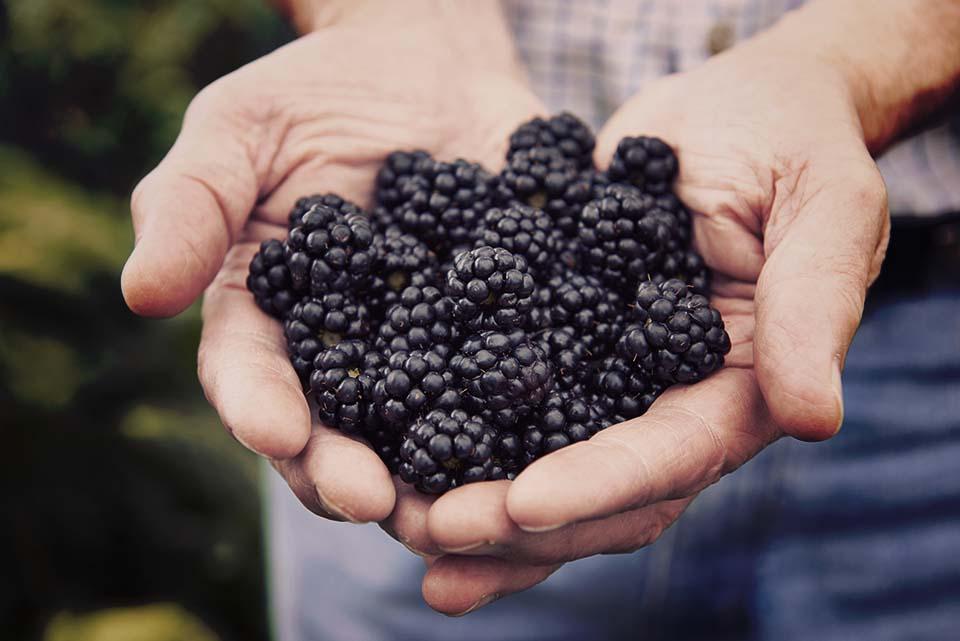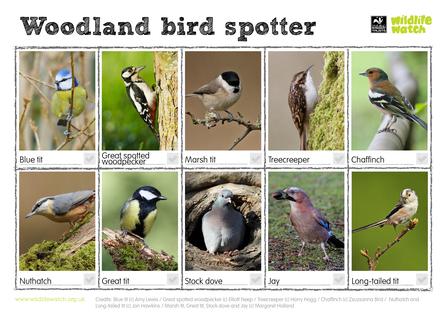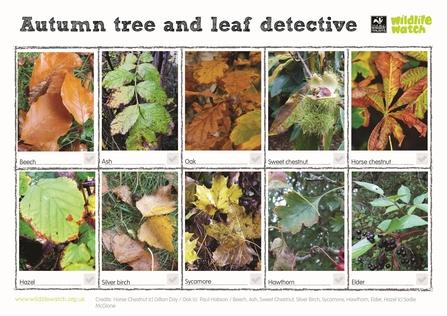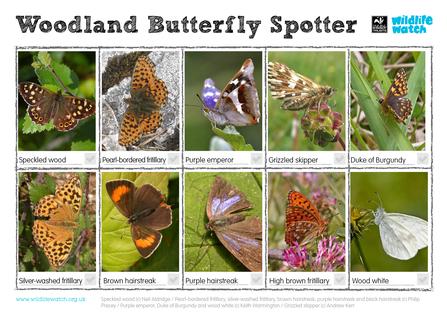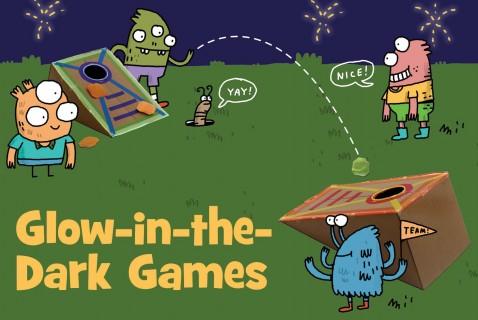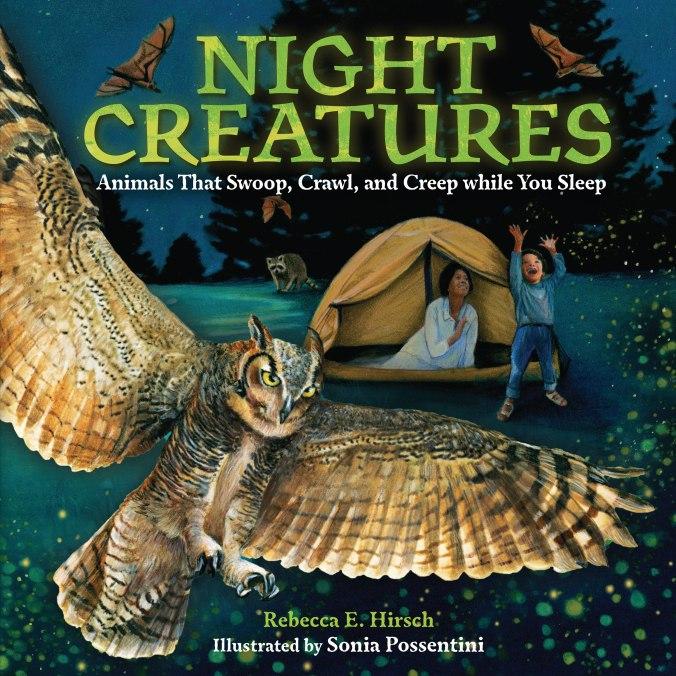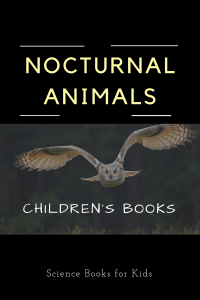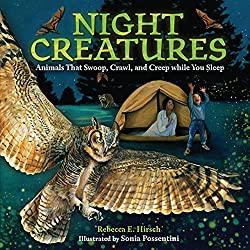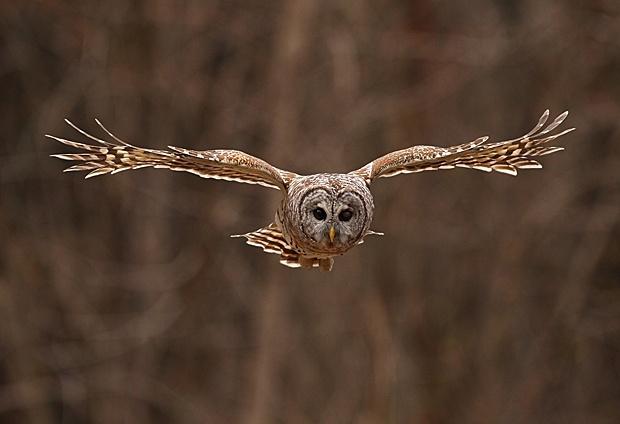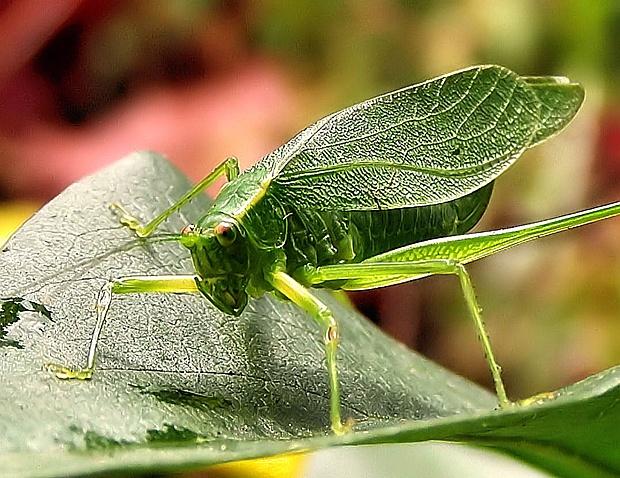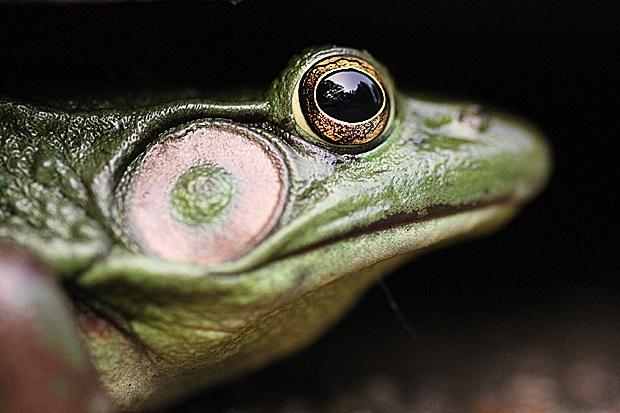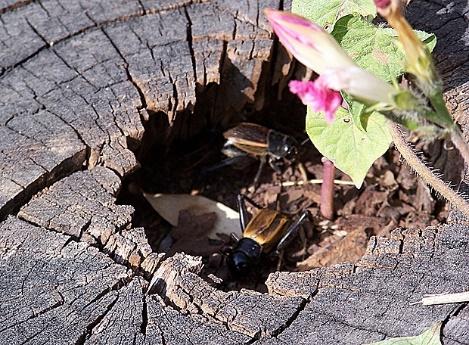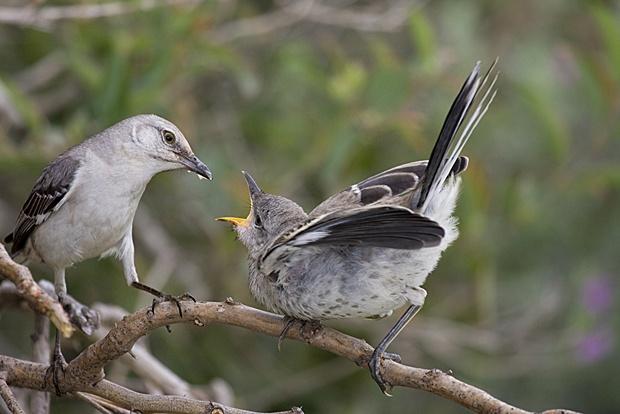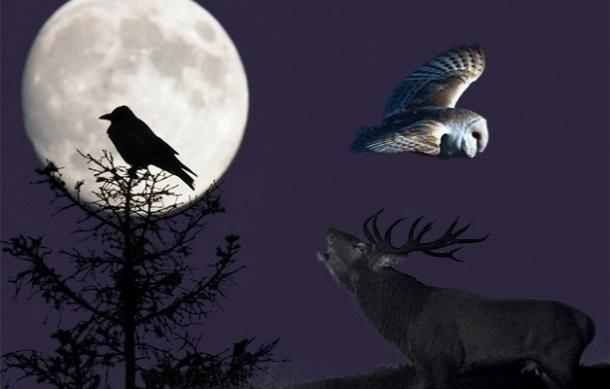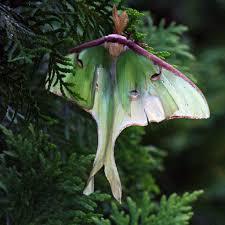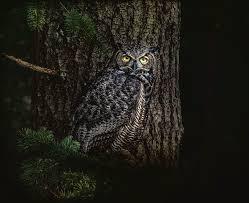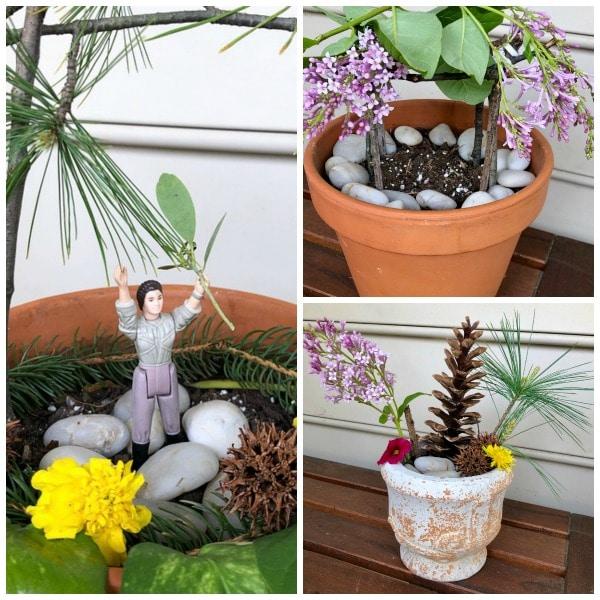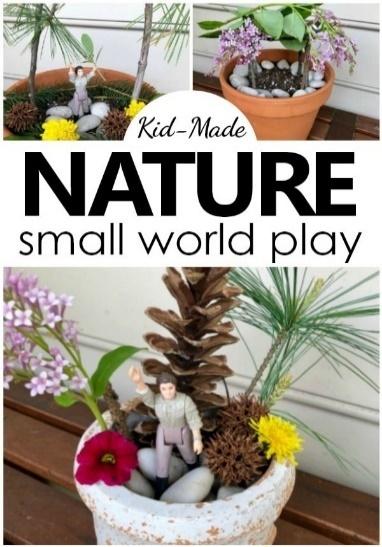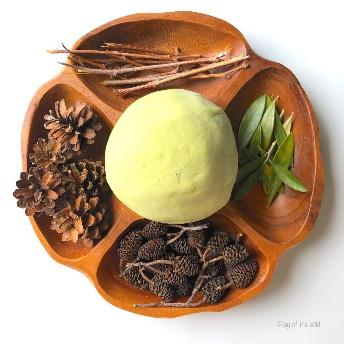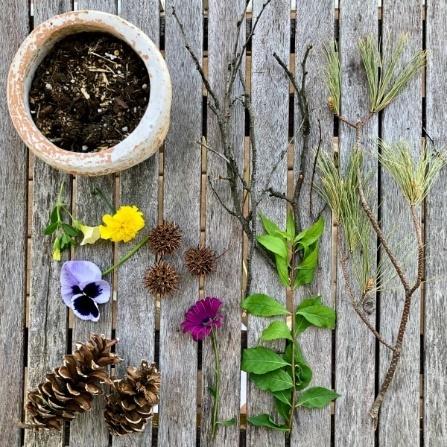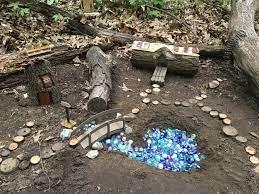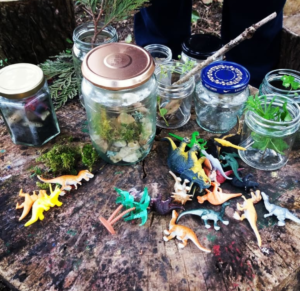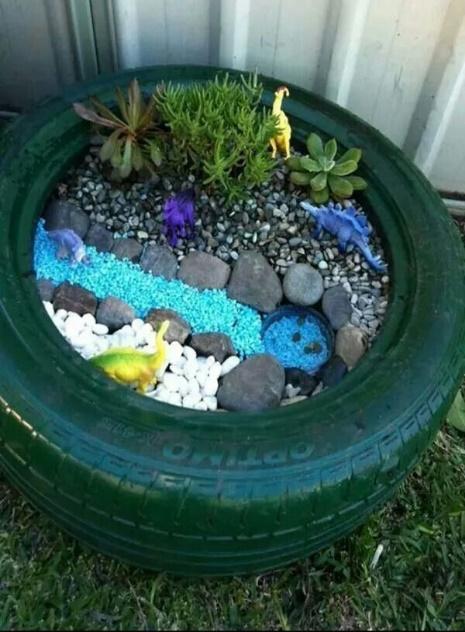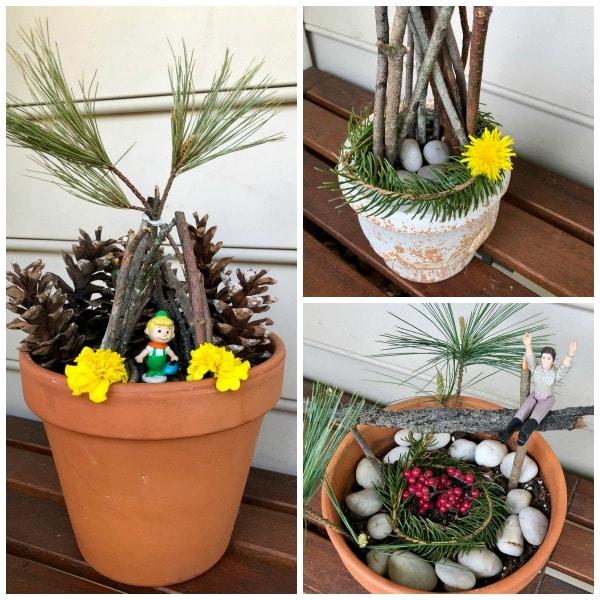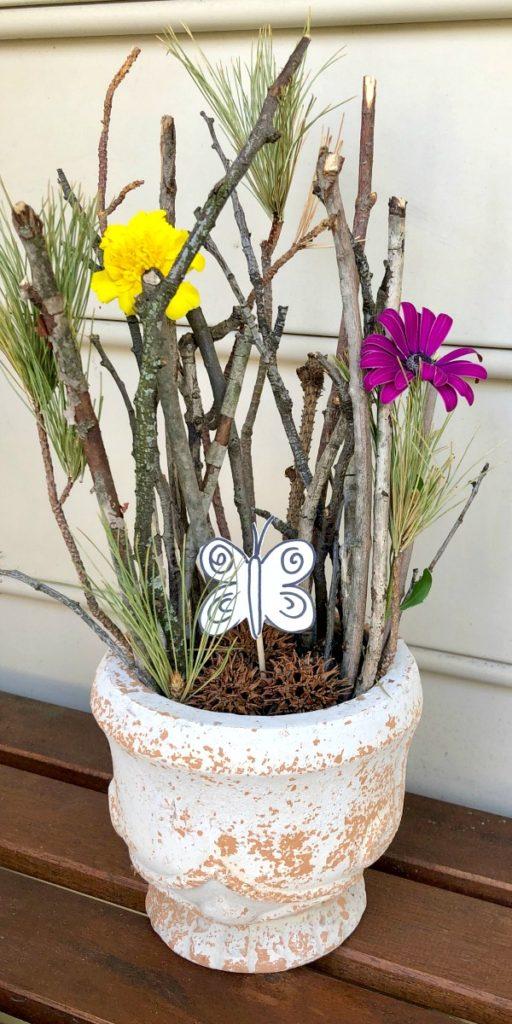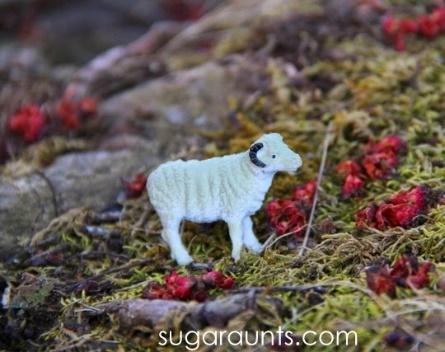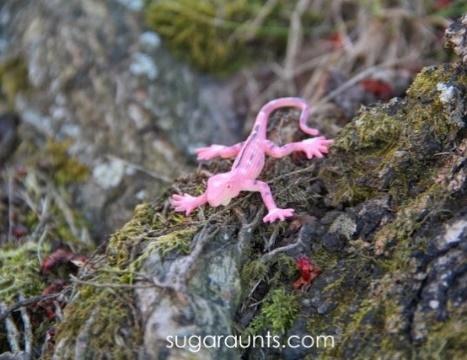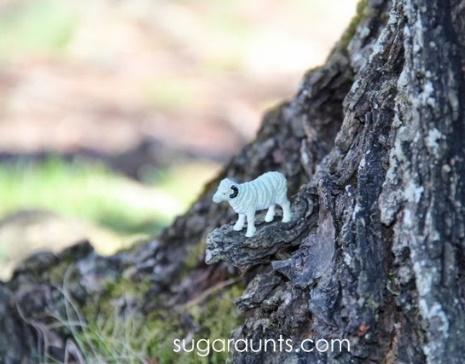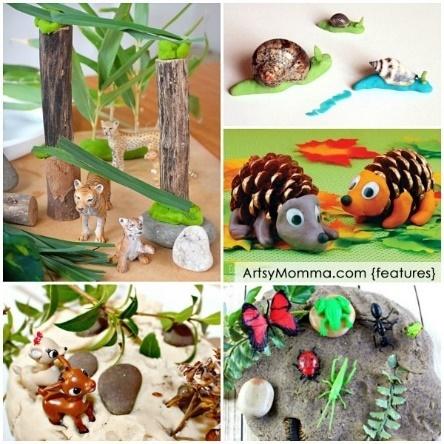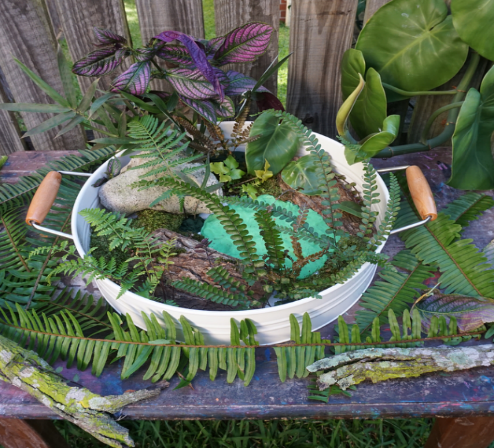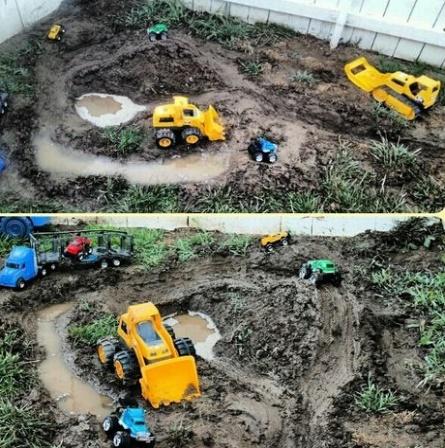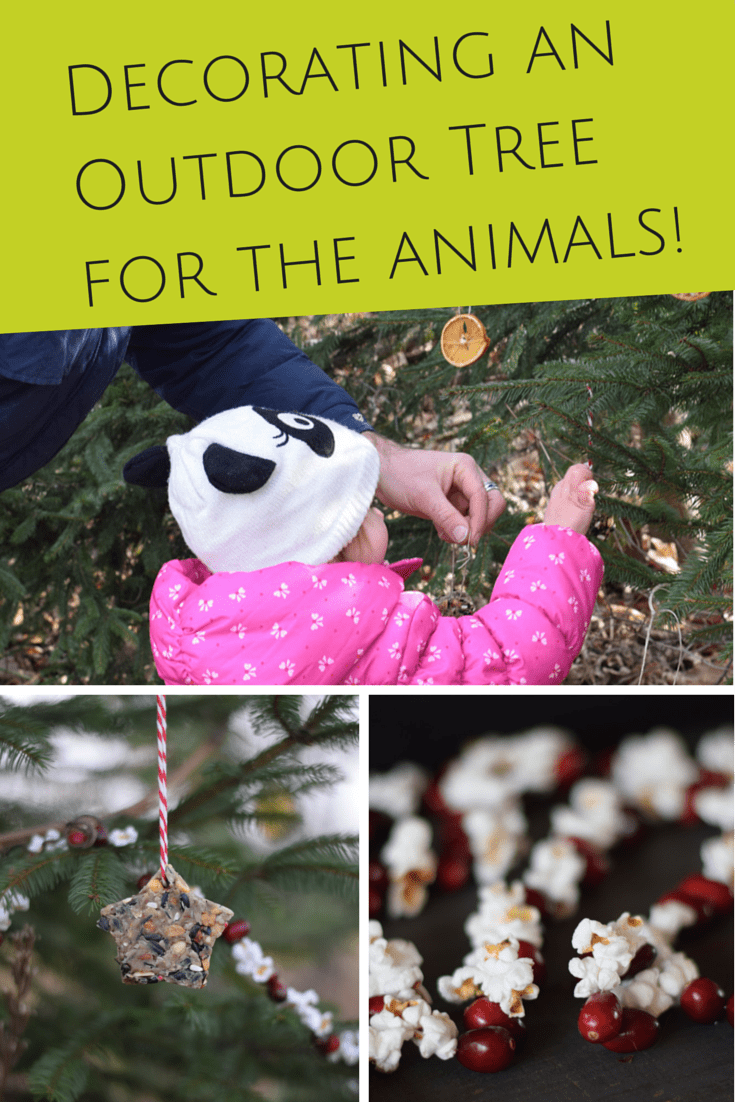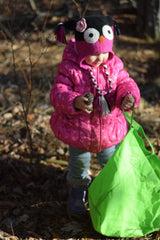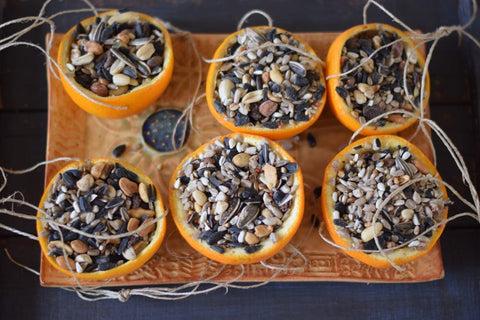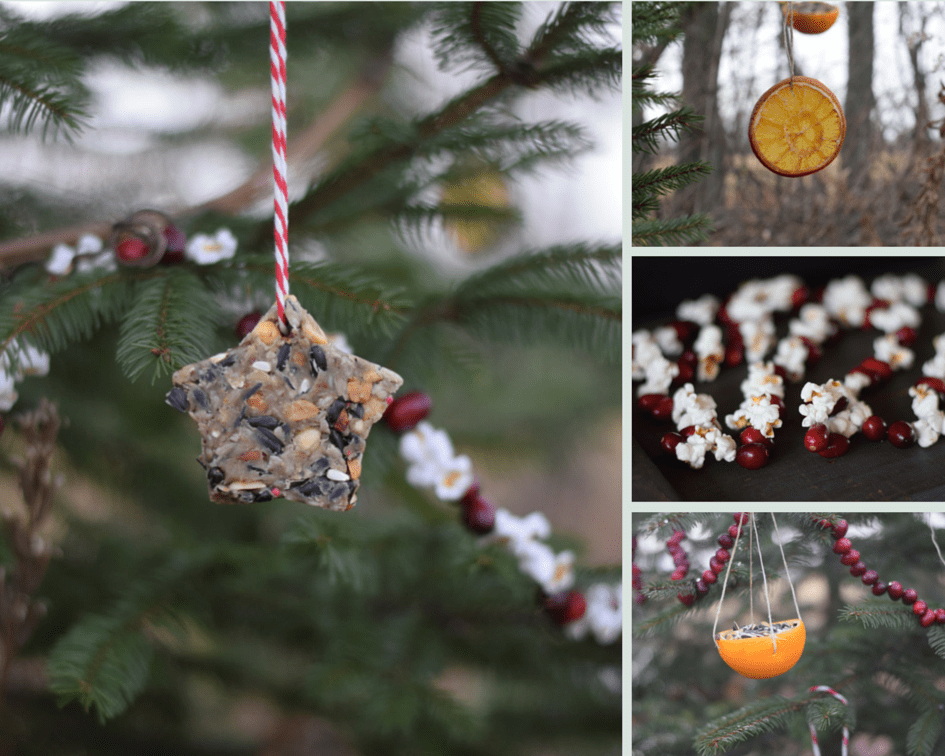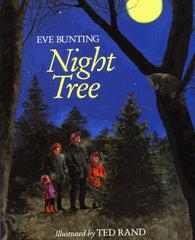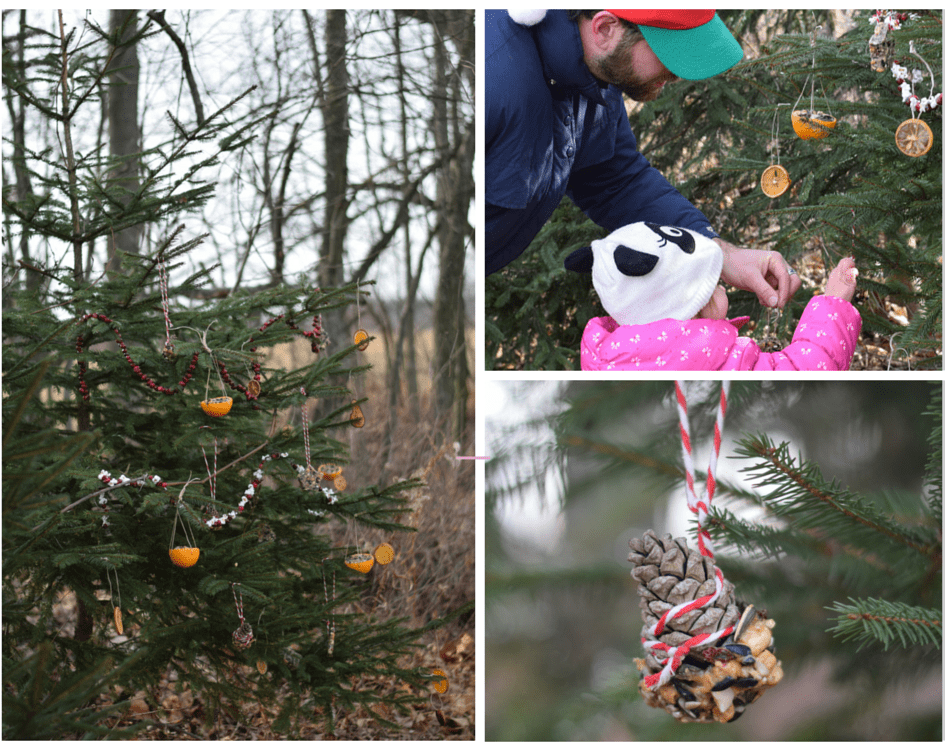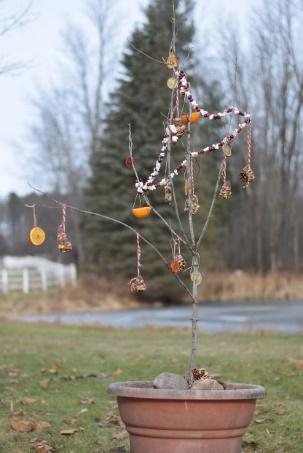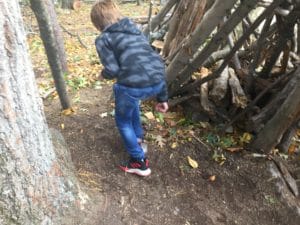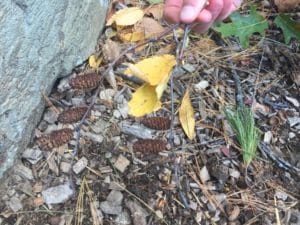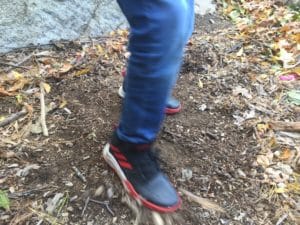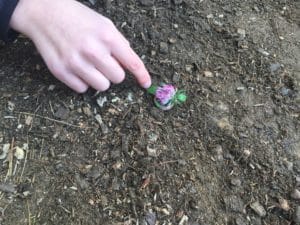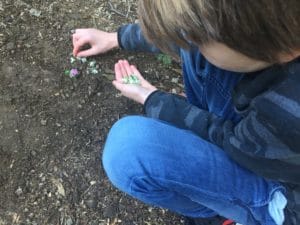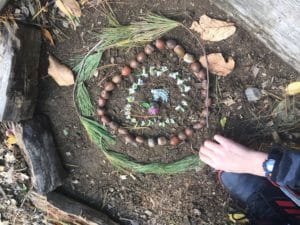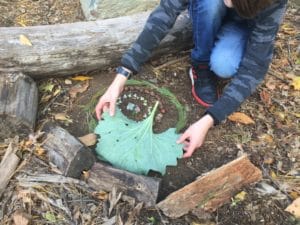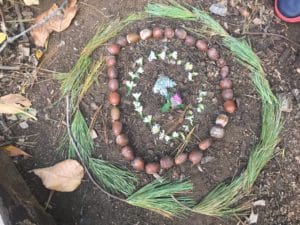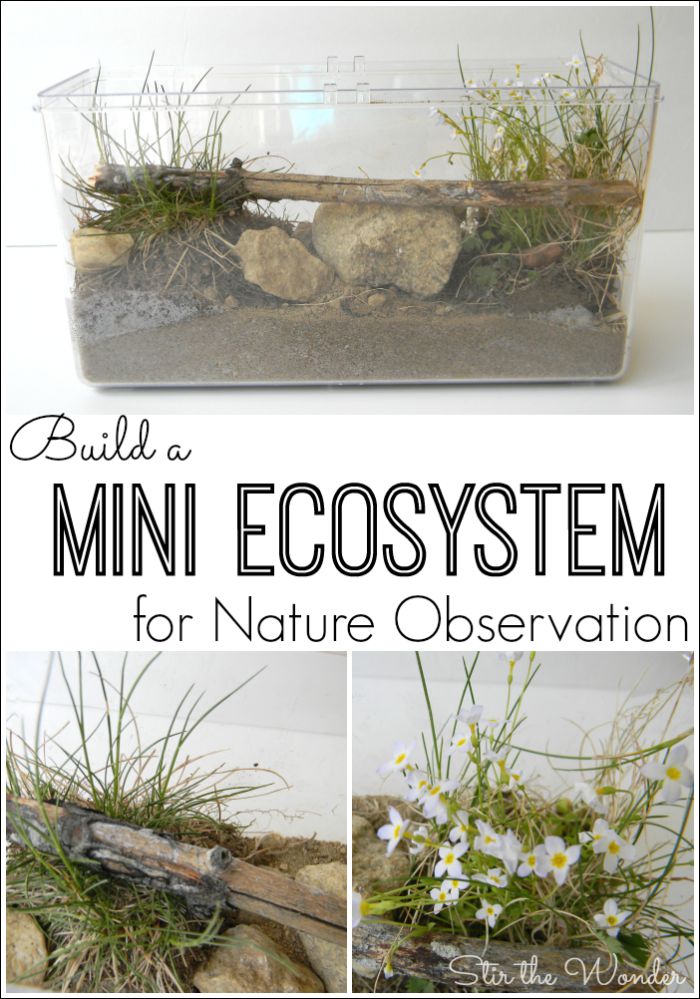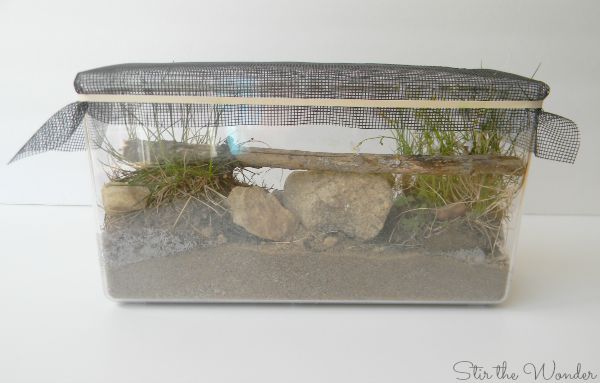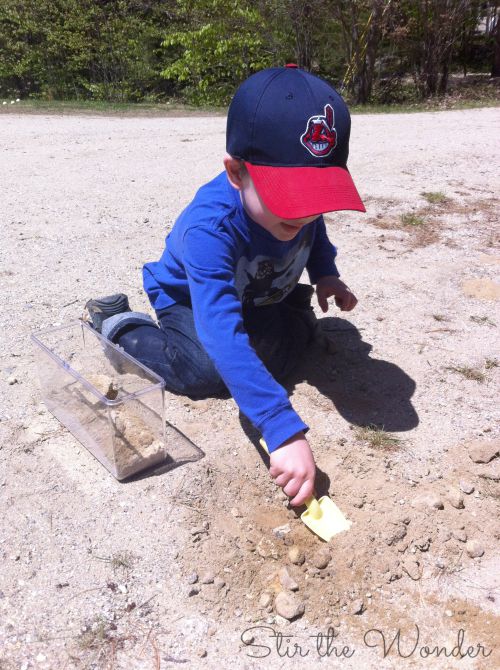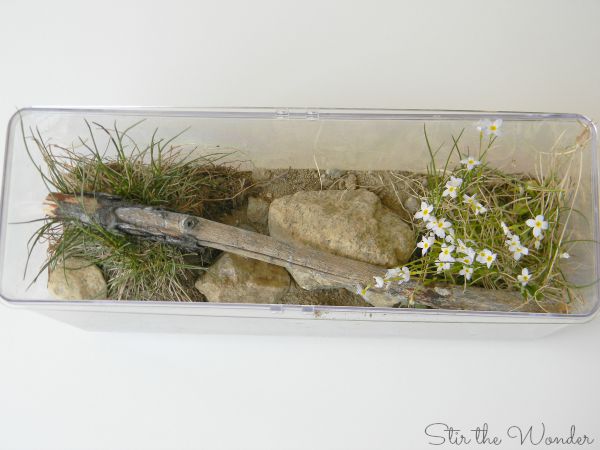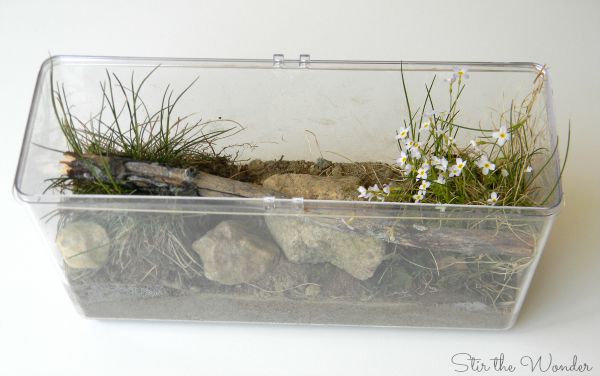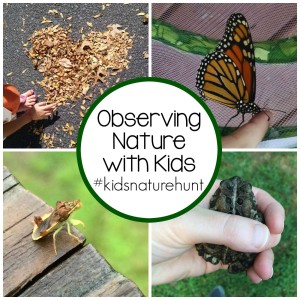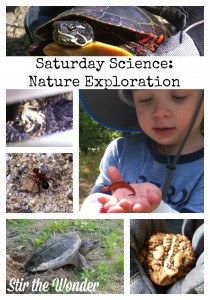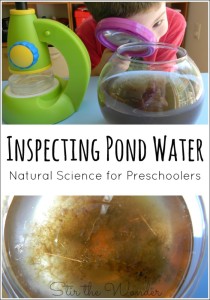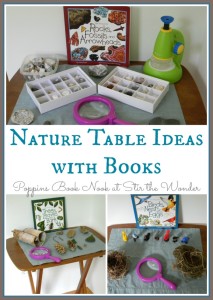PreK and up Nature Space Nature play and art
How to Make Forest Freeplay Happen
I’m someone who loves to be outside. In fact, as soon as the Finger Lakes weather is warm enough, we spend more time outdoors than in. Being in the woods gives me the added benefits of natural shade which is about five to ten degrees cooler than the open air. I just love that. The breezes in the woods and sounds from the leaves and wild life are so relaxing. But even with years of experience with recreation, I need to gear up and grab my backpack.
Gear them up for fun in the woods
Today, I’m going to share our family’s nature explorer packs and explain how you can make your own. Nature explorer packs are a fantastic way to get children excited about their time outside. The packs encourage exploration and appreciation of nature. Nature packs are hands-on science in your own backyard.
DIY NATURE EXPLORER PACK:
First, you will need a backpack. Any old pack will do. Once you have the pack, fill it with nature-related goodness! I am going to share some of the items that we carry in our explorer packs. I don’t want you to think that I make my children carry all of these things at the same time. Instead, I rotate items to keep life interesting. I pick and choose which items to put in their nature explorer packs depending on the season, their interests, and what we are learning about that week. Also, be sure to include a ziplock baggie so your little naturalist can collect specimens to bring home for crafts and further exploration!

Every little naturalist needs binoculars! My children have these Tasco binoculars. I like that these binoculars are small, lightweight, and durable. I also like that the eyepiece has a rubber rim because all moms know that kids run around with these on their face until they crash into something, am I right? My kids have had these for at least two years now and they have held up very well over time.
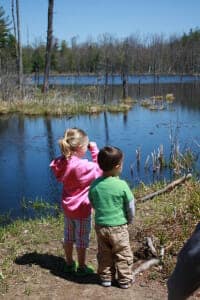
A photo of Hope and Jack using their binoculars to see baby herons!
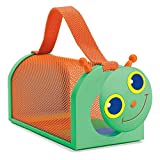
My children love this Melissa and Doug Sunny Patch Happy Giddy Bug House. It usually resides on our deck during the summertime. After dinner outside, the kids will run around in the backyard trying to catch dragonflies and moths in this bug house, so that they can then study their behavior. We’ve also brought this bug house and butterfly nets on hikes.
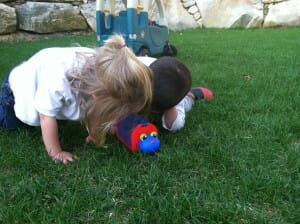
They caught something!
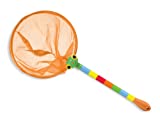
This Melissa and Doug Happy Giddy Bug Net provides endless entertainment for children. My kids use it to catch butterflies, dragonflies, and moths. They also use it to catch frogs, toads, and minnows!
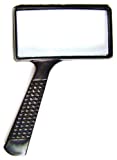
Once you catch all those critters, you need to study them! Children love to explore their environment and this magnifying glass allows them to do just that. It’s affordable and perfect for little hands. My children love to examine bugs and dirt up close and personal.

My little poppies each have a Fisher-Price Kid-Tough Digital Camera. They have had them for over a year and the cameras have held up very well, especially considering the fact they have been dropped countless times. The cameras are easy to use and provide hours of entertainment for children. My kids love to take their cameras on hikes, especially in the fall when the leaves are changing colors.

Every budding naturalist needs a journal. This small, hardcover journal is filled with blank pages and is perfect for note-taking, sketches, and other observation. Even though this notebook is heavier than a soft-covered journal, I like the hardcover because it holds up better over time.
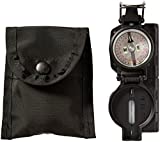
Brandon is obsessed with this military compass, which we received as a gift. I know very little about compasses, folks, so I’m not going to tell you very much about this except to say that my son adores it and there is no way this thing will break any time soon!
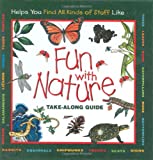
Fun with Nature: Take Along Guide by Mel Boring, Diane Burns, and Leslie Dendy This Fun with Nature: Take Along Guide is a fantastic resource for children. This book is a compilation of six popular nature books: Caterpillars, Bugs, and Butterflies; Frogs, Toads, and Turtles; Snakes, Salamanders, and Lizards; Rabbits, Squirrels, and Chipmunks; Tracks, Scats, and Signs; and Trees, Leaves, and Bark.This book contains a little bit of information about a lot of different topics and is the perfect way to introduce your young naturalist to the wonders of nature. This book is a bit heavy so it might be better suited for a parent’s backpack if the child is very young.
Let's get started- Providing a place to play and hideout
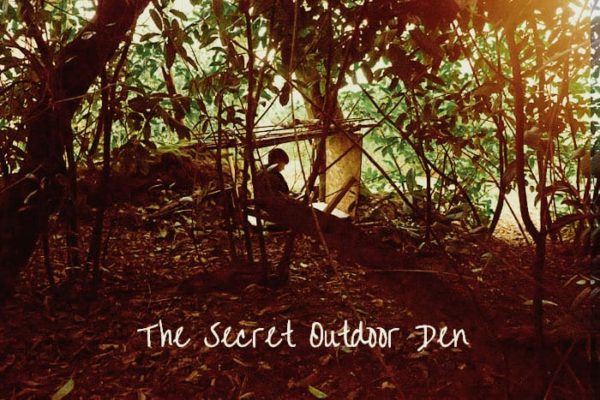
Dens, forts, and tree houses, are a place where children can have unstructured play and let their imagination soar. They learn how to use natural materials to build their own special place, often working as a team with siblings or friends.
It is a safe place where kids can make their own rules and decisions without adult interference. Educators say this helps children become more self confident and gain self esteem.
Forts are childrens’ little havens. They also learn how nature is a wonderful place for natural play.
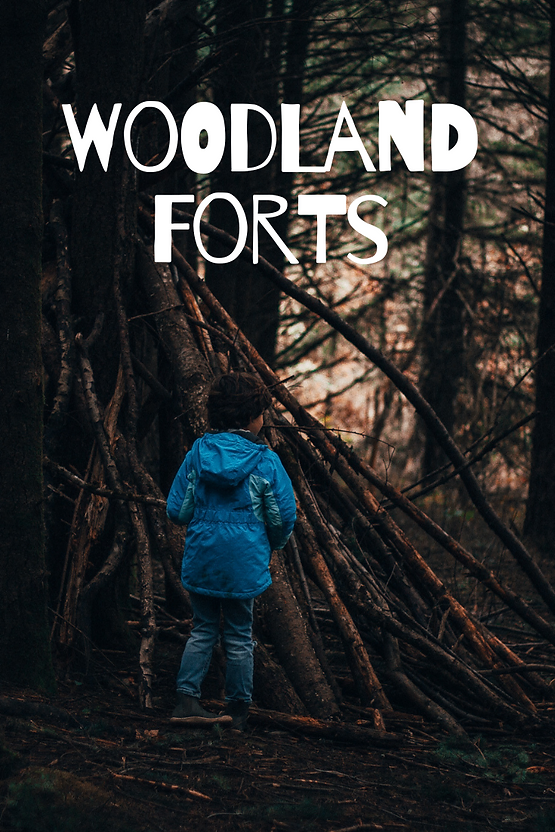
Making a cubby or fort with older kids
Backyards and woodlands are havens for children’s creative play and imaginative adventures and the humble cubby house is often the central hub of these activities. So here’s how to create a cubby or play house for a woodland setting that could easily fit into any backyard.
I recently had lots of fun building a couple of bush cubby houses, one was for my friend’s two young boys who absolutely love being outside and the other was for their local kindergarten. The best thing is that they’re really easy to make and provide hours of fun for the kids.
So I thought that as a birthday present for the boys I would build them a bush cubby house that was camouflaged so that they could sit and watch the friendly visitors while being a little hidden. After all, cubby houses are a great place for children to have fun playing together, role-playing or planning to conquer their neighborhood or even the world.
Building Outdoor Forts With Kids
We are big fort builders over here. Even since I was little, scrap wood from our parents' projects spurred lots of conversation and a majority as to how to use them. I love a good old fort and there is nothing better than building an outdoor shelter with the kids. We are lucky to have several forests that have lots and lots of good branch stashes for fort building. We regularly truck out to the forest to play at an existing fort or build an entirely new one.
I love that fort building combines so many awesome things. Engineering, designing, planning, physics, math, collaboration, safety skills etc. The list really goes on. Plus, all the imaginative play that follows is worth the sweat it takes to build a fort from scratch. We have spent so many days building forts and playing in them for hours upon end. I love to pack some warm golden milk in thermoses and enjoy a warming beverage with the kids when we're done constructing our new shelter.
Our Tips for Building Outdoor Forts
I am by no means an expert fort builder. Rather I'm just a mom who thinks forts are super cool and I like to build them with my kids. So here are MY tips, not the definitive guide on fort building :)
Location, location, location.
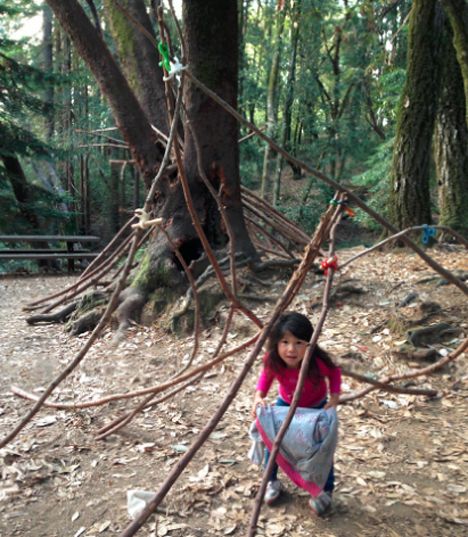
Well, that’s what they say about finding a home and it applies to dens as well.
We began scouting the woods for the perfect spot. It took a little bit but we finally found it! A tree had fallen into a sturdy Y-shaped tree forming what would be the main spine – or frame – for the den. It was also an area where there were fallen branches and lots of sticks on the forest floor which we could use for the den’s structure. Soon my boys were determined to build the most amazing den ever. Of course, another requirement was to have good trees for climbing and swinging nearby. It took us quite a few expeditions into the woods to slowly put the frame together.
Start Small
If you're new to outdoor fort building, start small. Build a small stick fort for stuffed animals, a shelter for fairies or even a dinosaur hideout just for practice. Our favorite kind of fort is one where we simply lean large branches against a tree trunk. There isn't a ton of space, but a few small children can certainly fit.
I love that fort building combines so many awesome things. Engineering, designing, planning, physics, math, collaboration, safety skills etc. The list really goes on. Plus, all the imaginative play that follows is worth the sweat it takes to build a fort from scratch. We have spent so many days building forts and playing in them for hours upon end. I love to pack some warm golden milk in thermoses and enjoy a warming beverage with the kids when we're done constructing our new shelter.
3. Supplies
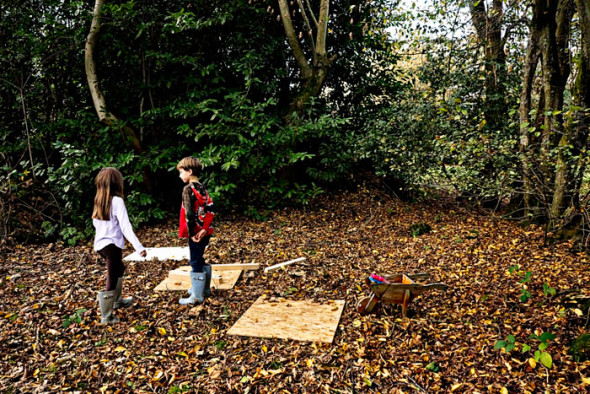
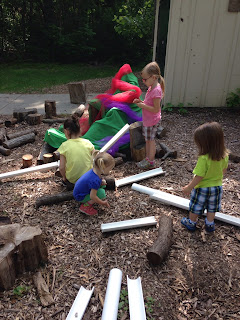
This is probably the hardest part about fort building a fort. Finding enough of the correctly sized branches can be a challenge. We actually start collections and sometimes it takes up to a year to collect all the pieces before we have enough to actually start a fort. The best time to gather supplies is after a windstorm! We also take "those perfect" branches that we find on hikes with us so we can add them to our fort stash. Our car was a roving fort supply machine.
4. Fort Inspiration
My favorite fort book, while rather antiquated, is this gem calledShelters, Shacks, and Shanties: The Classic Guide to Building Wilderness Shelters. Some of the shelters are rather complicated but I love how detailed the book is and how many fort designs it covers!Here’s how you can make one yourself. Use the following sites to help you decide which design works for you.
The Woodland Trust has two PDF guides you can download with instructions.
The Eden Project describes the stuff you need for a den.
Learn here the den commandments from the Forestry Commission.
Watch a video with den building tips by the National Trust.
Read the Guardian newspaper’s instructions on building a den.
A how to den guide from Forest Holidays.
The National Trust and other sites offer den building activities if you’re looking for a place where your kids can go wild outdoors. My two had previously had some practice runs in how to build a den during their wildwood weekend.
Our fort will be an ongoing project during the spring and summer vacation – especially as they want to customize it with cones and other natural décor. A picnic is planned too. And they’ve already invited friends to visit them there this weekend. Yes, dens are a great place for kids to be unplugged and just enjoy the woods.
My favorite part of building was the camouflage layer
Personally I quite liked the look of the framework and I would have been happy to stop there to enjoy the beauty of the creation, but this wasn’t my art installation or cubby house! And besides, the boys were champing at the bit to get stuck into the fun bit for them – camouflaging and the creation of their new hiding space!
Essentially the plan is to cover the frame and make it look like one big bush! Any tree branches, sticks or hardwood prunings that you or your neighbors might have will be great. We made sure that we intertwined the branches as we added them to strengthen it and stop it from blowing off in the wind. For us the advantage of being on a bush block meant that we had a good supply of fallen branches and unwanted shrubs to use.
Pathway
The boys were keen to have a pathway to get to the cubby from the lawn, so with some spare edging we created the entrance path by digging a slight trench for the edging and then bringing the soil back against the edging. Alternatively you could use some relatively straight branches. Road-testing the new pathway
Let the fun times begin……
Success … now we’re off to conquer the world!
My work was now done and the boys’ fun was just starting. After adding more branches, within no time the boys were sitting down together, planning the interior, planning future extensions and I’m sure I heard them planning something about world domination!
So what do children learn from den building?
Den building out in the woods is loose parts play with natural elements, giving children a chance to connect with nature and enjoy the textures of the wood and bark. It’s gross motor play, involving their whole bodies and allowing them to exert lots of energy in lifting and carrying the wood, and running from place to place to collect more and explore the environment.
It takes lots of planning and coordination to lift and place large branches, and allows children to work on their engineering skills as they work out the best way to form a strong structure that will hold up well and allow them to get inside.
Fort building helps children learn to work together, building their team work and social skills. It’s not so easy or fun to build a den all alone! And since it’s a joint venture, there is no winning or losing and everyone feels equally as proud of the end product.
Making a den or fort also gives children a way to combine their creativity with outdoor play. Great for energetic children who are less keen on sit down crafts. How to design the den, how to decorate it? There are lots of ways for children to add a touch of personality and make it their own.
Of course, this activity is perfect for imaginary play too. Once the den is built it can become a house, a hidden hide away, a cave, a fortress or whatever their heart desires.It’s a simple and timeless no frills activity, with lots to enjoy and learn! Make them in your local woods, in the garden, or inside the home with other materials.
Why is it important
The famous naturalist, researcher and author E. O. Wilson said that it is a “fundamental trait of human nature” for children to want a hideaway. They are magical places where kids are not only inspired by nature but allow them to dream and make up their own worlds.
Another renowned US educator, David Sobel, wrote Children’s Secret Places: Exploring the Role of Forts, Dens and Bush houses in Middle Childhood to explain that: “In these secret places, children develop and control environments of their own and enjoy freedom from the rules of the adult world. Children’s Special Places enters these hidden worlds, reveals their importance to children’s development and emotional health, and shows educators, parents, and other adults how they can foster a bond between young people and nature that is important to maturation.”
Dens, or forts, or tree houses, are a place where children can have unstructured play and let their imagination soar. They learn how to use natural materials to build their own special place, often working as a team with siblings or friends.
It is a safe place where kids can make their own rules and decisions without adult interference. Educators say this helps children become more self confident and gain self esteem.
Dens are childrens’ little havens. They also learn how nature is a wonderful place for natural play.
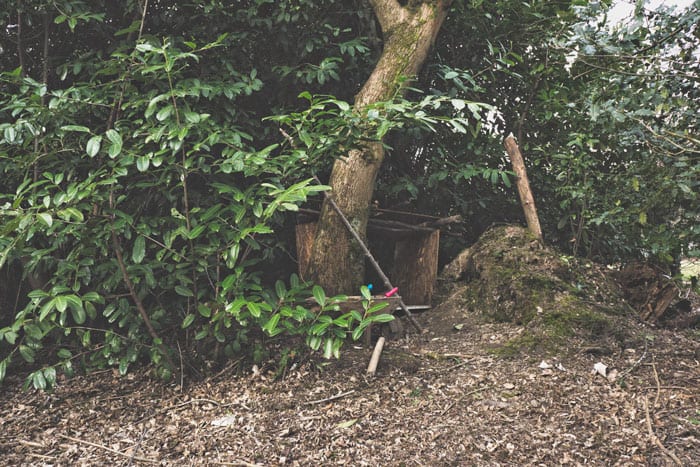
Richard Louv, author of Last Child in the Woods, agrees that children need a place to just play in the woods. “If kids don’t have some kind of connection to nature that is hands-on and independent, then they are probably not going to develop the love of nature and vote for parks and the preservation of endangered species,” he says. “Unless you know something you are unlikely to love it.”
There’s some research to back up this intuition. One 2010 study in the journal Children, Youth and Environments found that among people who ended up dedicated to nature and conservation, most had a childhood filled with unstructured play in nature, some of which “was not environmentally sensitive by adult standards; rather, it included manipulation of the environment through war games, fort building, role playing of stories in popular children’s adventure books and movies, and the like.” It’s imperative to the future of our forests which sustain us.
As for my family:
Since the last days of winter, the kids have been spending hours in their den. Sometimes they call it their little fort. I think they have another name for it but they won’t reveal it to me!
Then this week Theo told me they wanted to go there when it was dark. Perhaps even have dinner there on their own? he asked. Personally feeling that these secret dens or forts are something special to have in one’s childhood, I agreed. I remember as a child wishing that I had a treehouse all to myself.
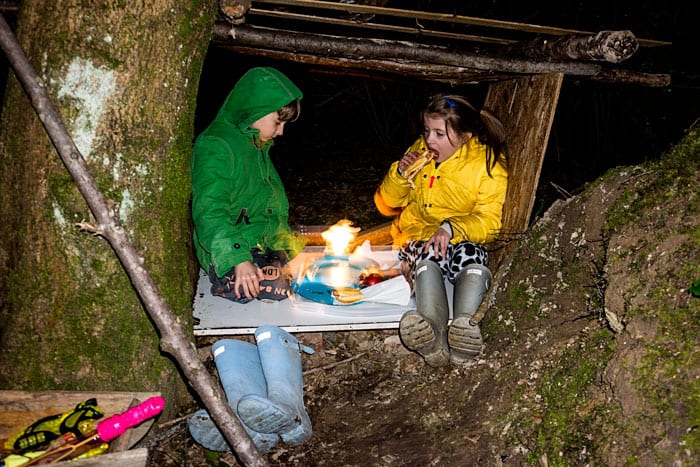
I was only allowed there to bring them their tray of hot dogs and fruit. Soon they were back asking for more. They each ate three hot dogs in their den! I was asked to leave as soon as I brought them their food. I stood nearby and could just see their light behind the trees.
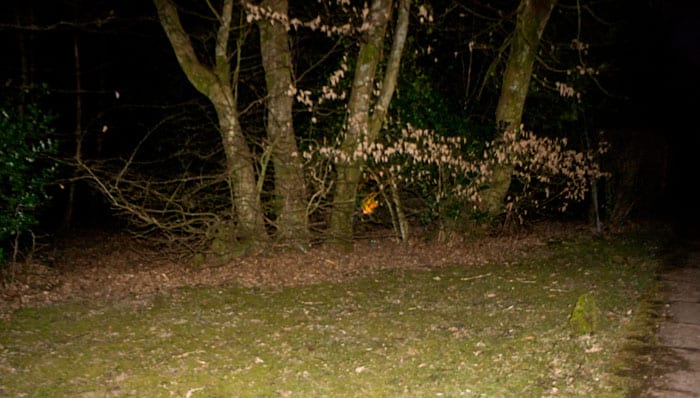
I’m happy that they now have an outdoor special place as often in the past we’ve had to make temporary forts indoors with blankets, cushions and chairs. It’s wonderful for their imagination and desire for nature play.
More Play Spaces
Pallet Playhouse
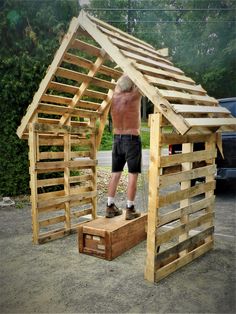
This pallet playhouse would be a good playhouse if you are looking for something a little more permanent.
Hula Hoop Hideouts
This backyard fort is perfect if you’ve got a few hula hoops and some spare fabric laying around.

Treehouse Fort Ideas
For most of these, you may need to head to Home Depot to pick up supplies. However, it’s important to remember that building tree houses does not have to be difficult!
The creators of these houses have given specific instructions on how to get the job done. Whether you just want an easy-to-build platform or a full tree houses with a climbing wall option, there are plenty to choose from.

Platform Treehouse with Rock Climbing Wall
Looking for a treehouse with a rock wall? This one, shown on Repurpose and Recycle, is a simple platform and you can add on a slide!
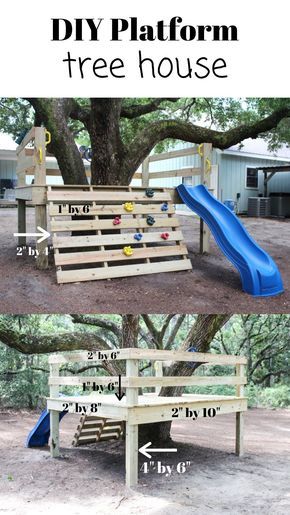
Classic Treehouse with Swing Set and Sandbox
If you are looking for some ideas that have wooden swing sets, this one is great! The house is simple and can have a sandbox underneath.
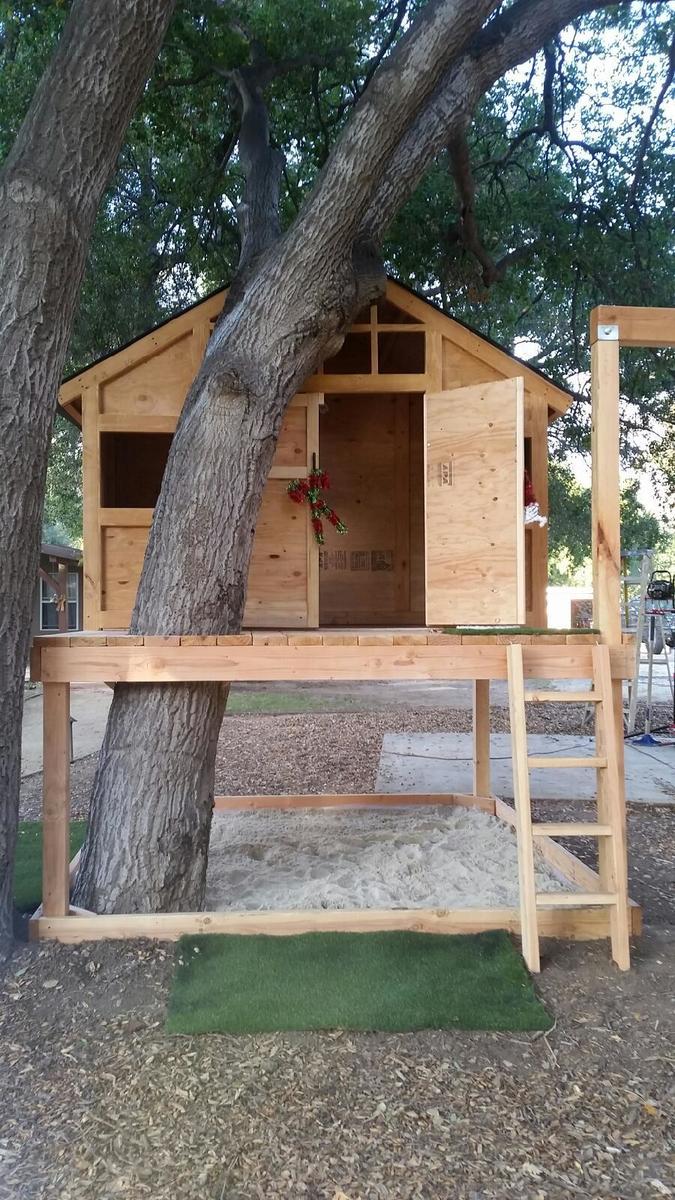
Photo Credit: Ana White
Treehouse Lookout
The perfect place to watch over the backyard.
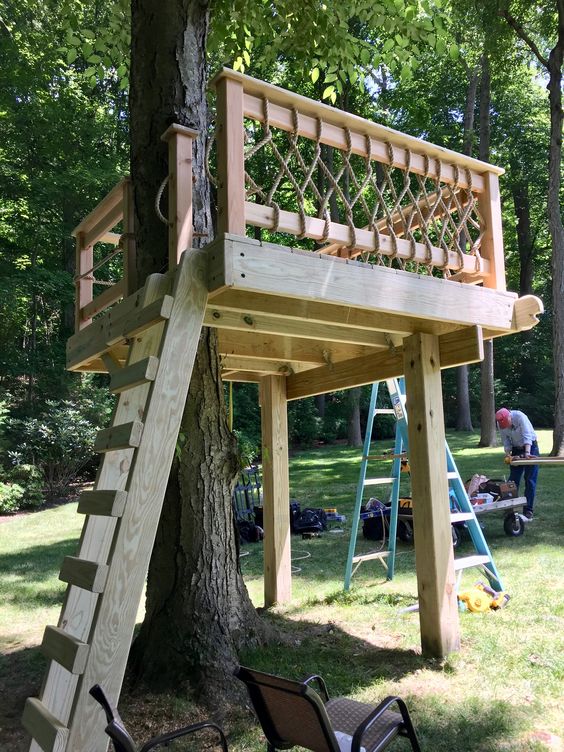
Photo Credit: StylesDesigns
Backyard Castle
This one is a dream for imaginative play. It may not be a beginner’s project, but with some time and a detailed plan, you can create the backyard fort of your princess’s dreams!
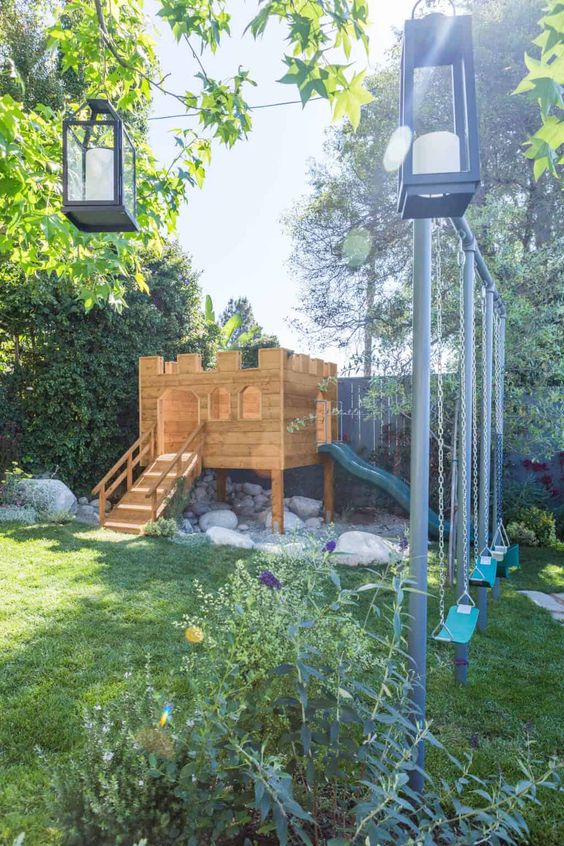
Mid Century Play Fort
Mid-century is very trendy and has been for awhile now! If your home tends to follow that trend, this playhouse would be a cohesive extension of the rest of your home!
Platform Treehouse with Sheet Tent
Installing a low-level platform like this gives you so many different options for add-ons. A slide? Rock climbing wall? Both could easily be added!
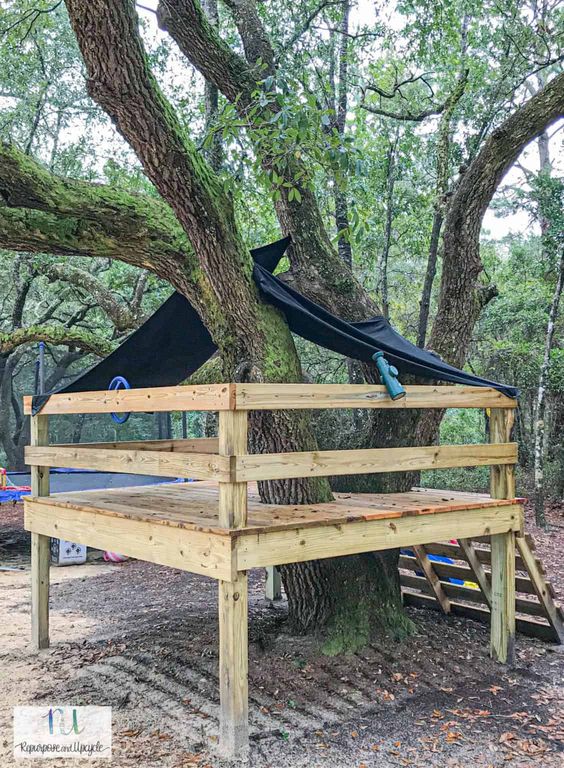
Photo Credit: Repurpose and Upcycle
Small Tree Platform
While this may be on the smaller side of play areas, it gives young ones a great vantage point of the yard! Perfect for imagining that they are a super secret spy on lookout.
The older kids may enjoy some cool outside science experiments for their playspace
100 Interesting Natural Science Experiments
To match that I have 100 Nature Crafts

